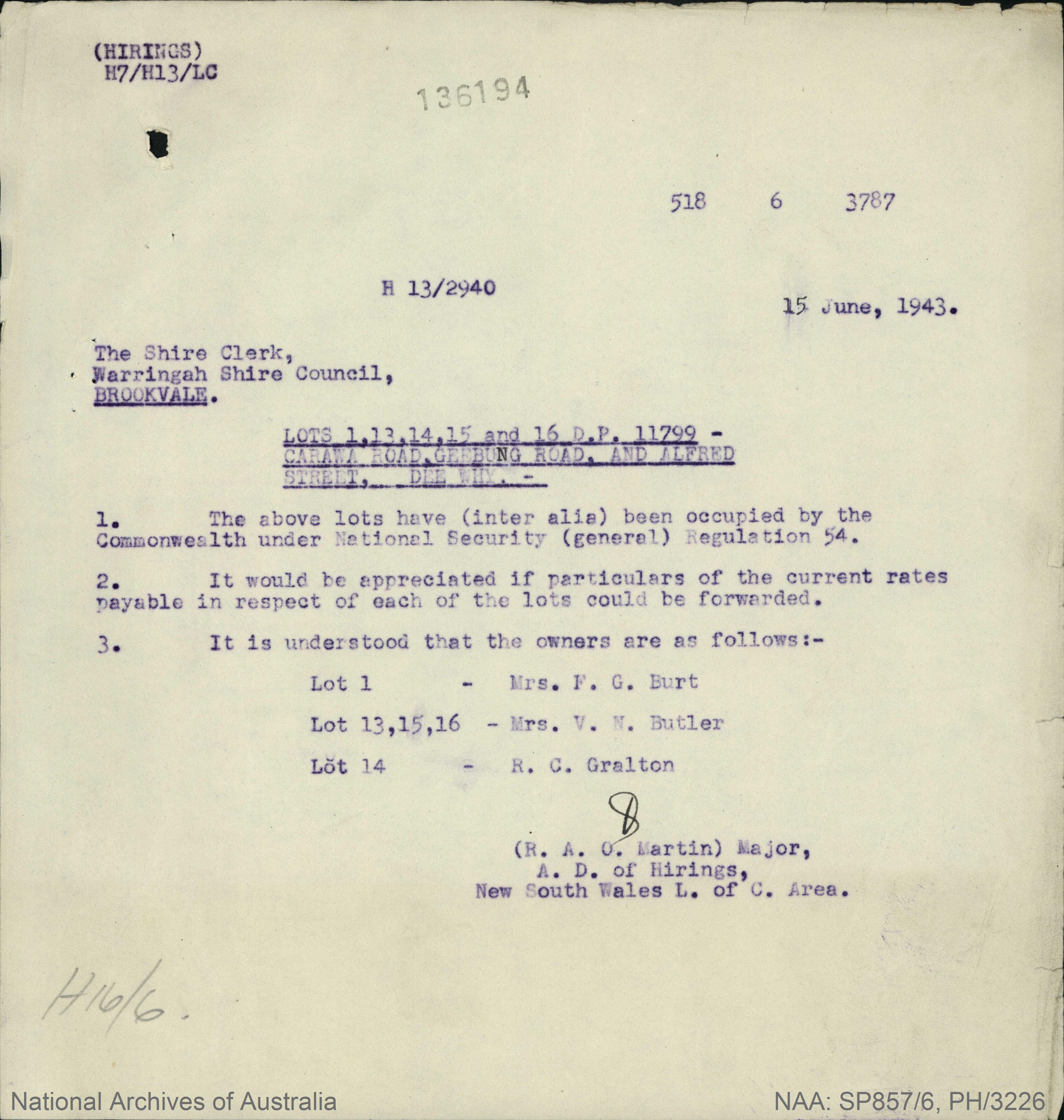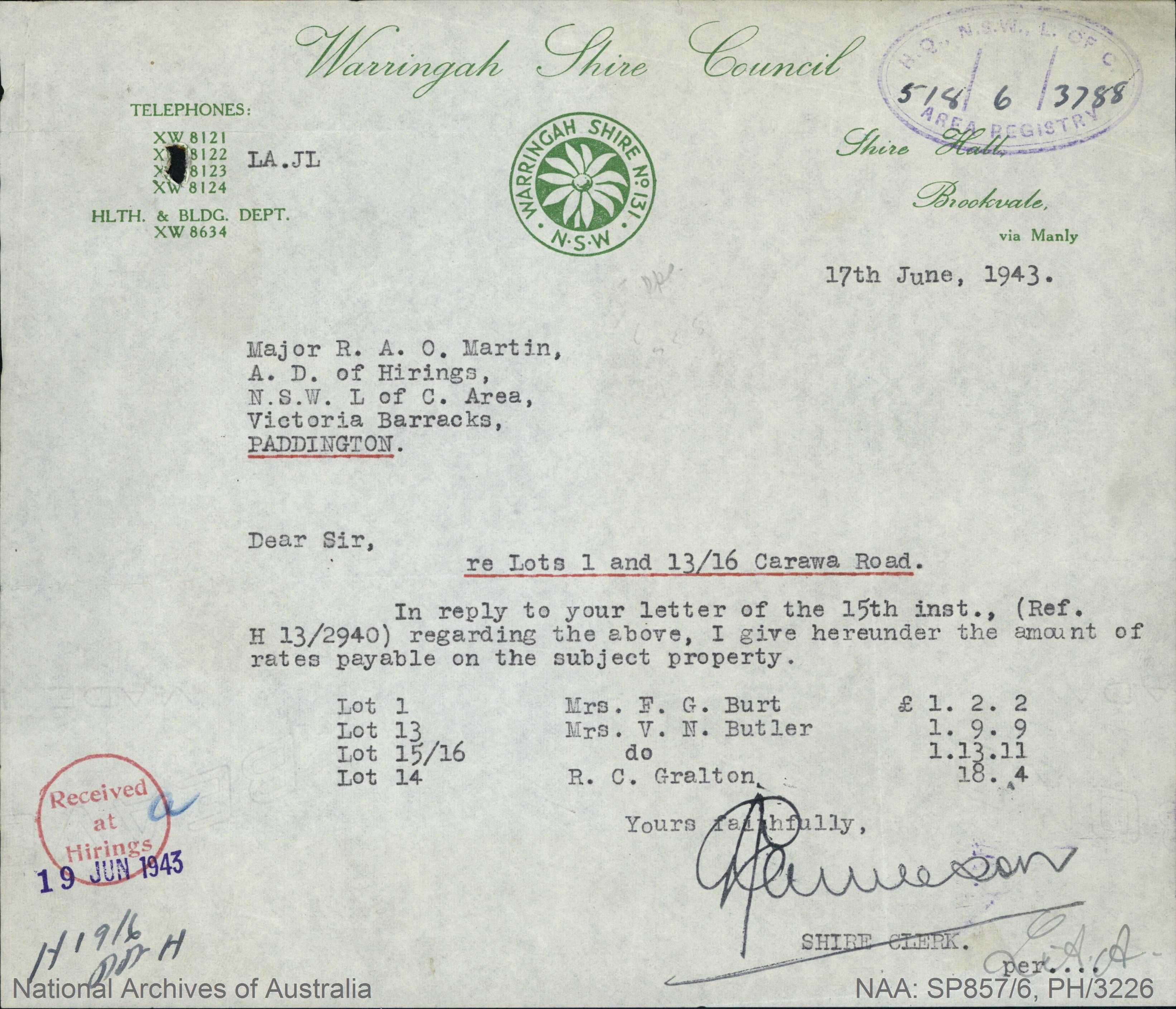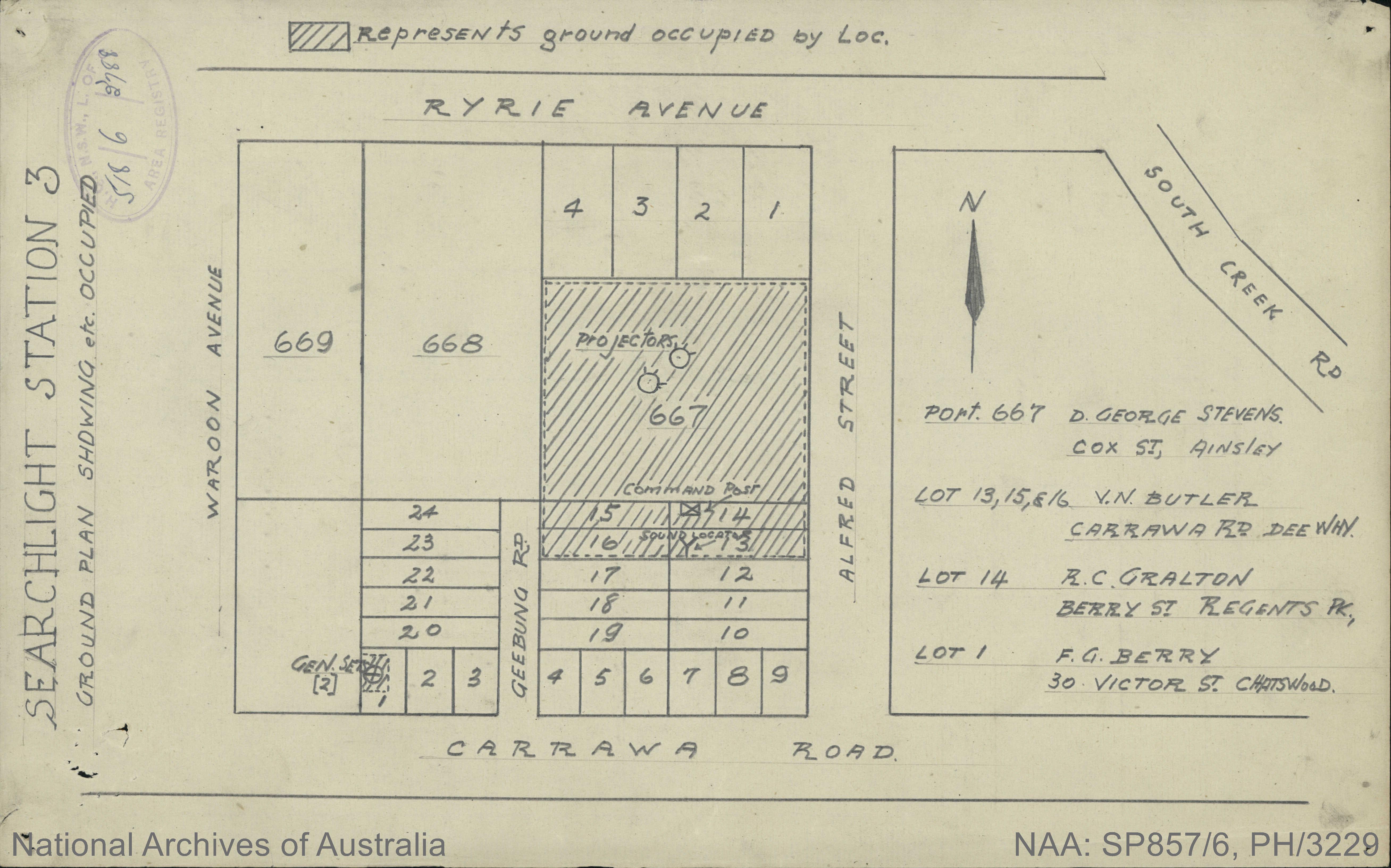Coastal Defences In World War Two: The Dee Why to Warriewood Sections - VP Day 2025
Victory in the Pacific (VP) Day in 2025 will be commemorated on Friday, August 15th in 2025, and will be mark the 80th anniversary of Japan's surrender to the Allied forces in 1945. This day signifies the end of World War II in the Pacific and is a time for Australians to remember and honour the service and sacrifice of all those who served in this conflict, and particularly in the Pacific.
A combined Sub-Branches VP Day Commemoration Service will be held at the Avalon Beach RSL Cenotaph, commencing at 11.30am, led by Vice President Tamara Sloper-Harding, OAM.
In our third pre-service insight, a few insights into the north Dee Why to north Warriewood coastal defences against invasion during the war in the Pacific.
Since at least the late 1880's the Pittwater estuary, Narrabeen, Warriewood and Mona Vale areas were used for military practice. Naval exercises were conducted here in 1885, decades before the Royal Australian Navy was formed, and on land gun practice took place as well.
This report from 1897 tells us:
N.S.W. Field Artillery.
FIRING EXERCISES NEAR NARRABEEN.
(See illustrations on this page.)
The Field Artillery of New South Wales last month formed a camp near Narrabeen, on the road from Manly to Broken Bay, with the object of giving officers and men some practical work in the shape of range and competitive firing. The camp was formed on June 7, and three days later was occupied by the A battery of Permanent Artillery. This battery was in camp continuously for more than a week. The partially-paid batteries also took part in the exercises, but only to the extent of one whole-day parade. B battery (partially-paid) went into camp on June 12, when both gunners and .drivers were given a day's sound work at drill and firing. C battery (partially-paid) were put through similar exercises on June 19. The A battery, (permanent), of course, had daily drills during the period they were camped.
The officers at the camp were as follow: A battery (permanent)-Lieutenant-Colonel H. P. Airey, D.S.O., in charge; Lieutenant E. A. Antill, adjutant, B.D.F.A. ; Lieutenant Christian, B.D.F.A.; Brigade Sergeant-major H. Coleman; Brigade Quartermaster-sergeant Rauchle. B battery, (partially-paid)-Major R. M. S. Wells, and Lieutenants J. H. Plunkett, J. H. Schwabe, V. Airey, and C. Griffiths. C battery (partially paid)- Captains Lenehan and Anderson, and Lieutenants E. A. Pearce, Flannery, and H. G. Shaw.
The chief umpire was Colonel S. C. TJ. Smith, R.A. (commanding N.S.W. Artillery Forces), and the assistant umpires were Lieutenant-Colonel H. V. Savage and Captain Le Mesurier. Major Bridges acted as instructor to the camp, and Lieutenant J. Mair as range officer. A detachment of the Medical Staff Corps, under Surgeon Lieutenant-Colonel Dansey, was also on duty.
Field Artillery Exercises-Long Range Firing by the N.S.W. Brigade Division.
* (FROM PHOTOGRAPHS BY 'IMHO CHOWN STUDIOS, SYDNEY.)
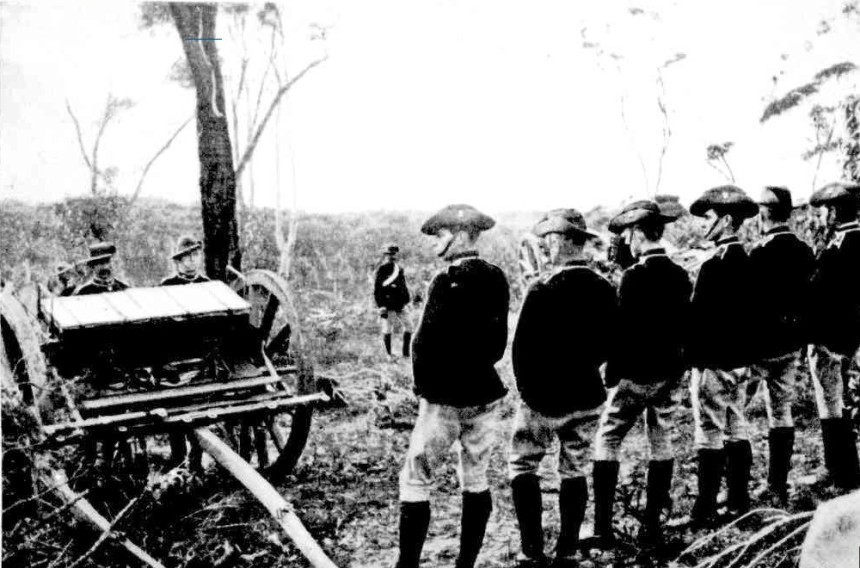
Ready for Action.
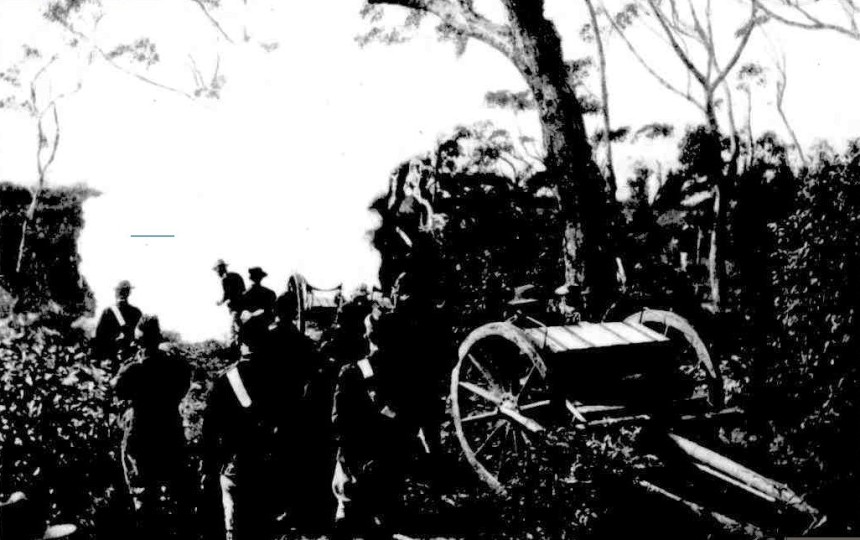
"B" Battery Firing.
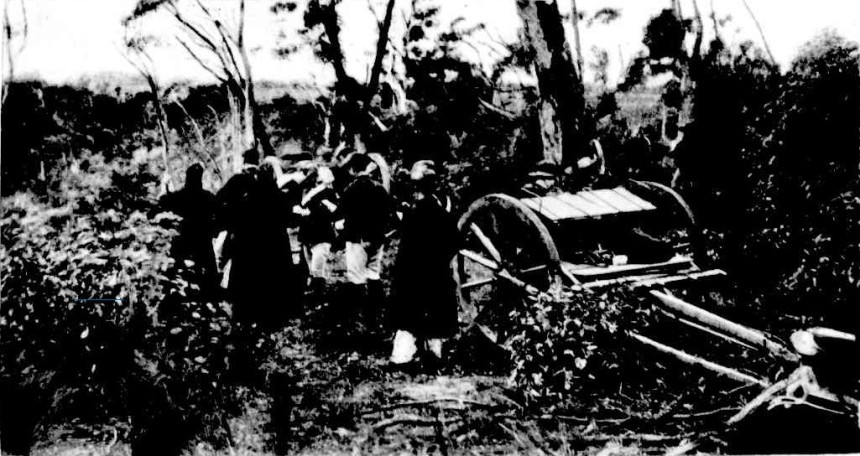
After the Firing.-The Umpires Comparing Notes.
N.S.W. Field Artillery. (1897, July 3). Australian Town and Country Journal (NSW : 1870 - 1907), p. 32. Retrieved from http://nla.gov.au/nla.news-article71275301
Sydney Lancers divisions had exercises at Brock's, overlooking Mona Vale beach, in 1902 through to 1915, and later, Sydney University's Regiment conducted exercises during the 1930's at North Narrabeen, Turimetta, Warriewood and Mona Vale.
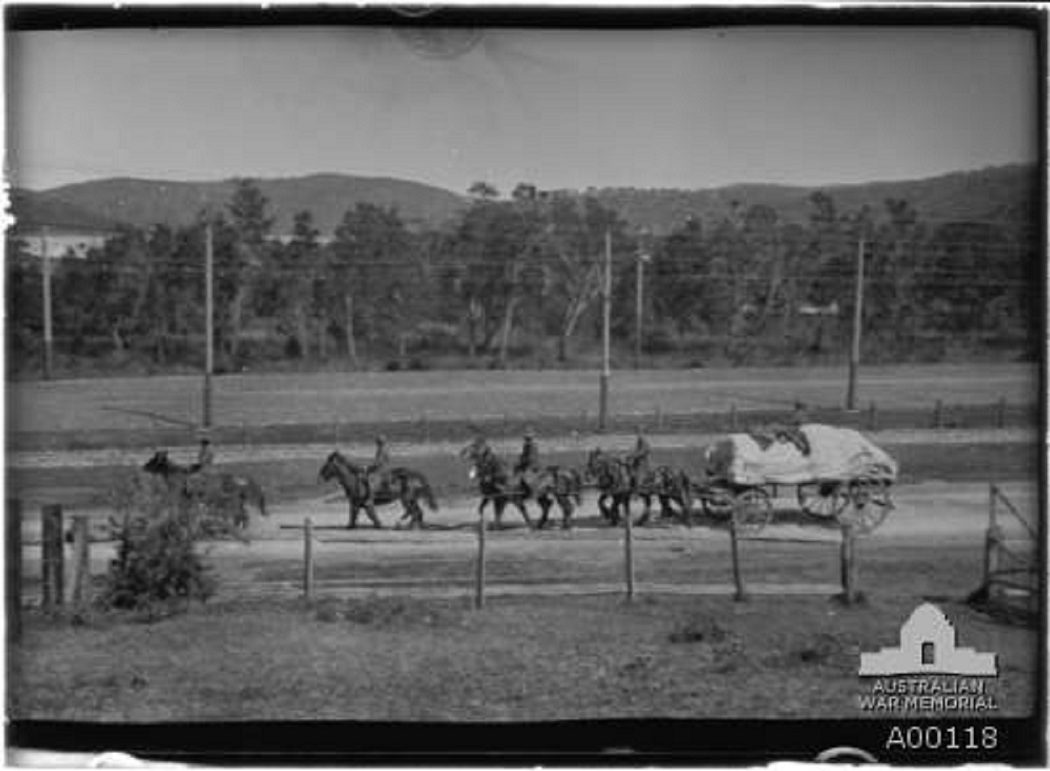
Lighthorsemen returning through Narrabeen from their bivouac at Barrenjoey, horses and cart carrying their equipment. circa 1914, photo AWM
At Barrenjoey, the 'Citizens Air Force' conducted exercises, bombing a floating target in 1931 to 1938 bombing 'Carley Floats', even using the installed lightkeeper to help them out until these were withdrawn with an automatic light commencing August 6 1932. Later the RAAF trained pilots with a plane dragging a target, along with target practice off Narrabeen in August 1939:
AERIAL BOMBING.
Practice at Broken Bay.
There was a spectacular display of aerial bombing at Broken Bay, off Barrenjoey headland, yesterday. This was portion of the training practice of the Citizen Air Force at the Richmond aerodrome. It was carried out under the directions of Squadron-leader Cobby, the commander of the New South Wales section of the R.A.A.F.
Several bombing aeroplanes were engaged. Fourteen members of the Citizens' Air Force were given the task of locating and bombing an "enemy" ship supposed to be hiding in the waters of Broken Bay at the estuary of the Hawkesbury.
From 9 a.m. yesterday to late afternoon the bombing was continued, there being two aero-planes continually in the air over the vicinity of the target representing the hiding ship. One aeroplane contained photographers with special apparatus for the taking of photo-graphs from 4000 to 8000 feet. Their duty was to photograph the actual position of the exploding bombs in relation to the target. The trainees given the responsibility of releasing the bombs had the right to use practice bombs, which did not explode, for "sighting" purposes, these to be followed by the release of two service bombs filled with high explosives. As one aeroplane released Its cargo of bombs, another took Its place.
The actual result of the bombing, from the point of view of demolishing the "enemy" ship, will not be known until the bombing is completed to-day, and the photographs developed. Onlookers from the land reported that several of the shots seemed to have dropped on, or near, the target. The officers conducting the "shoot" expressed satisfaction with the results. AERIAL BOMBING. (1931, June 23). The Sydney Morning Herald (NSW : 1842 - 1954), p. 8. Retrieved from http://nla.gov.au/nla.news-article16787849
DEPARTMENT OF DEFENCE.
Air Gunnery and Bombing Range, Barrenjoey, N.S.W.
ATTENTION is directed to Air Force Regulation 439 made under the Air Force Act 1923 as follows:—
" 439. A ship, boat, aircraft or person shall not come or remain within any area declared by proclamation to be an air fighting, gunnery, bombing or similar practice area whilst any such practice is in progress, or remain in any position so as to obscure such practice."
Attention is further directed to a proclamation dated ninth November, declaring a certain area in the vicinity of Barrenjoey Headland, New South Wales, to be an Air Gunnery and Bombing area for the purposes of the above-mentioned regulation.
Notice is therefore hereby given that air gunnery and bombing practice may take place on the range in the proclaimed area during the hours of daylight of such days as are notified from time to time in the press.
The usual shot practice signal, namely a black ball over the international code signal KJY, will be displayed from Barrenjoey Lighthouse as a warning to shipping from the time the practice commences until its completion.
The bombing target consists of a "Carley" float and is moored 2,500 yards true east of Barrenjoey Headland. A red flag will be flown from the target.
Notification appearing in Gazette No. 50 of 18th June, 1931, page 1929, is hereby cancelled.
Dated this ninth day of November, 1931.
M. L. SHEPHERD, Secretary, Department of Defence. DEPARTMENT OF DEFENCE. (1931, November 12). Commonwealth of Australia Gazette (National : 1901 - 1973), p. 1842. Retrieved from http://nla.gov.au/nla.news-article232188709
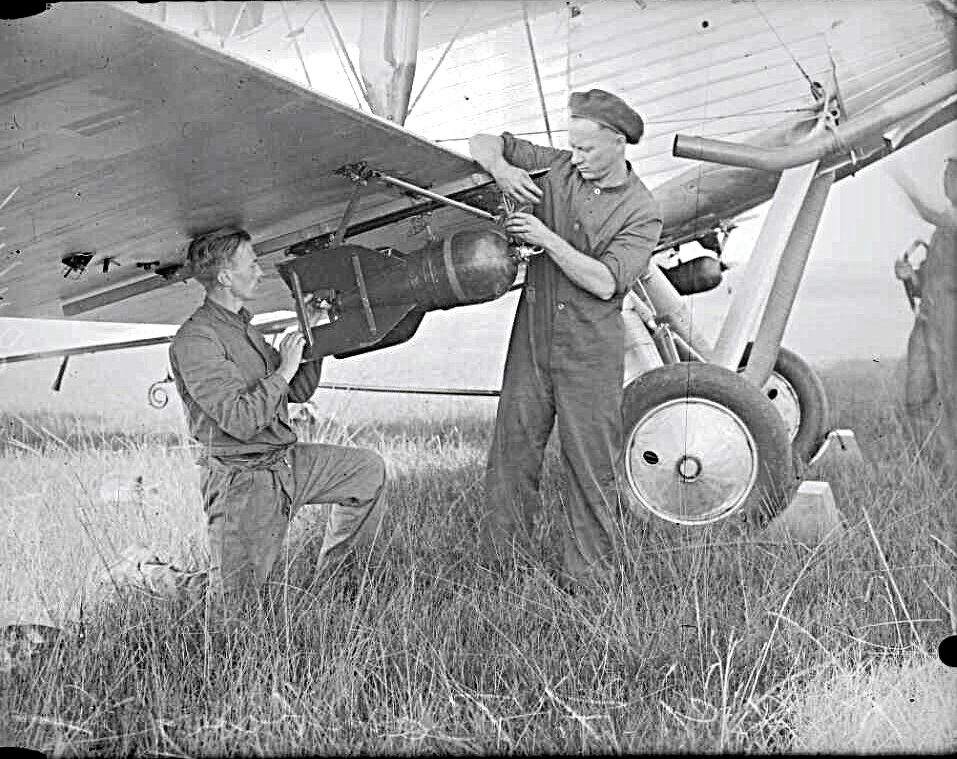
Preparing a Westland Wapiti plane at Richmond prior to bombing practice off Barrenjoey, 1931. Photo courtesy National Library of Australia, Item: nla.obj-160263214-1
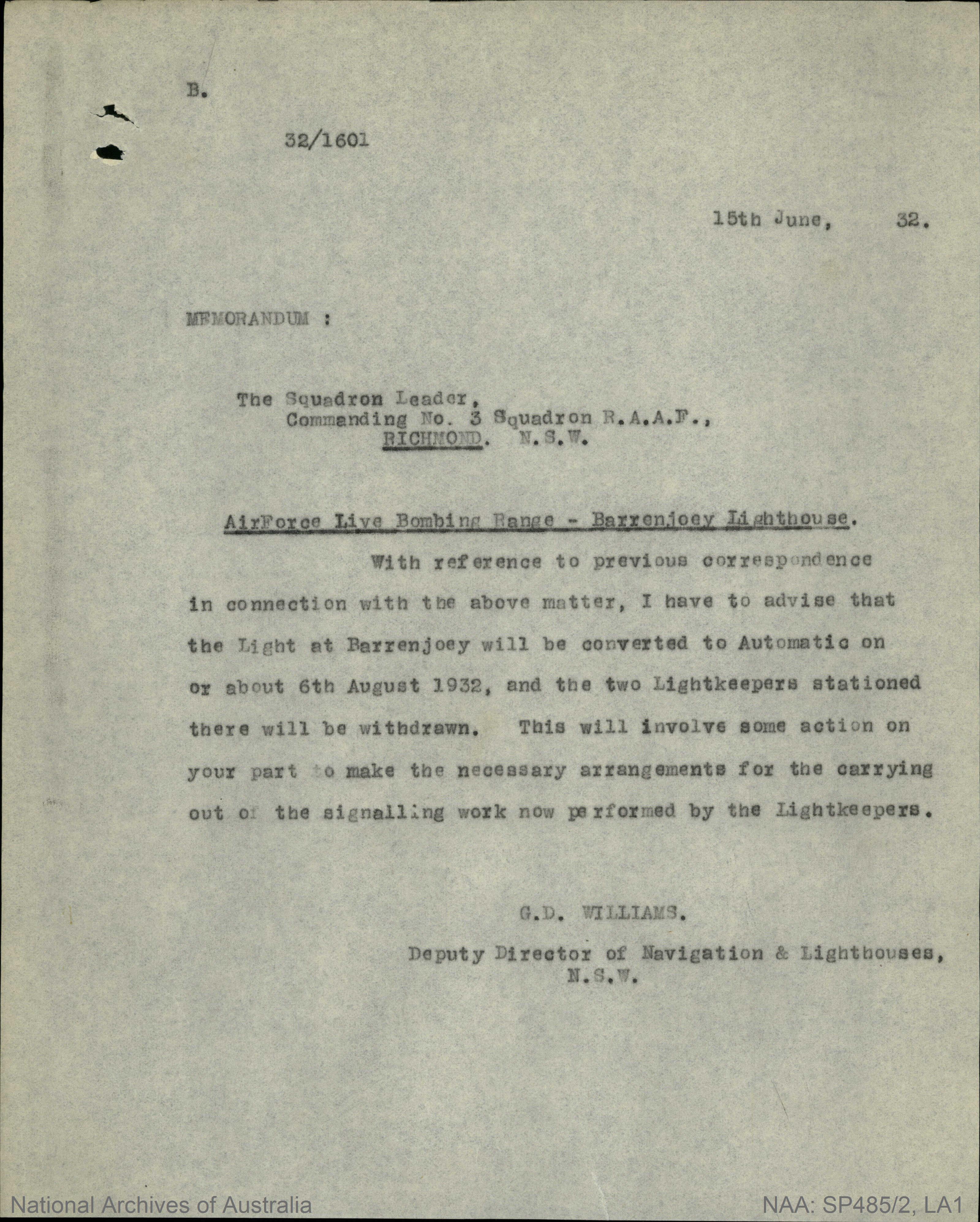
COMMONWEALTH OF AUSTRALIA.
EMERGENCY NOTICE TO MARINERS.
AUSTRALIA: EAST COAST — AIRGUNNERY PRACTICES, ETC.— APPROACHES TO PORT JACKSON.
With reference to Defence Department's Notice to Mariners No. 9 of 1939, Shipmasters and others are hereby warned that the following practices will take place at times and dates and in areas indicated here under: —
(a) Machine gun firings by H.M.A. Ships at aerial targets in Area 'NT' from 10 a.m. to 3 p.m. on Tuesday, 8th August, 1939.
(b) Air bombing exercises by R.A.A.F. over Area 'AG' — off Narrabeen Head — from 8.30 a.m. to 4 p.m. daily, Sunday, 13th August, and Sunday, 27th, to Thursday, 31st August, 1939, both dates inclusive,
(c) Air to Air Gunnery Practices by R.A.A.F. at aerial towed target at height 2,000 feet, over Area 'AH' — off Eclipse' Bluff, from 8.30 a.m. to 4 p.m. daily. Monday, 14th August, to Friday, 18th August, inclusive, and Monday, 21st August, to Thursday, 31st August, 1939, inclusive.
N. G. ROSKRUGE,
Deputy Director of Navigation and Lighthouses, N.S.W. Advertising (1939, August 5). Daily Commercial News and Shipping List (Sydney, NSW : 1891 - 1954), p. 1. Retrieved from http://nla.gov.au/nla.news-article163881222
On the Pittwater estuary and up the Hawkesbury River, the Volunteer Coastal Patrol conducted exercises in November 1939, scant months after Australia declared war on Germany on September 3 1939.
Sydney University regiments conducted practice exercises throughout the 1930's:
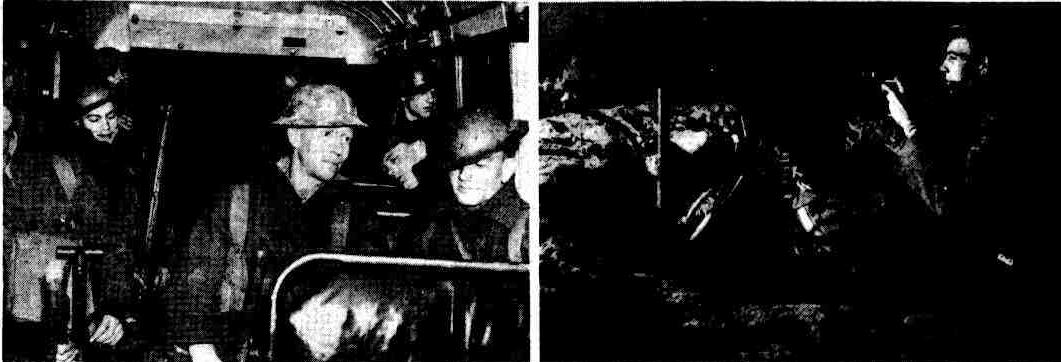
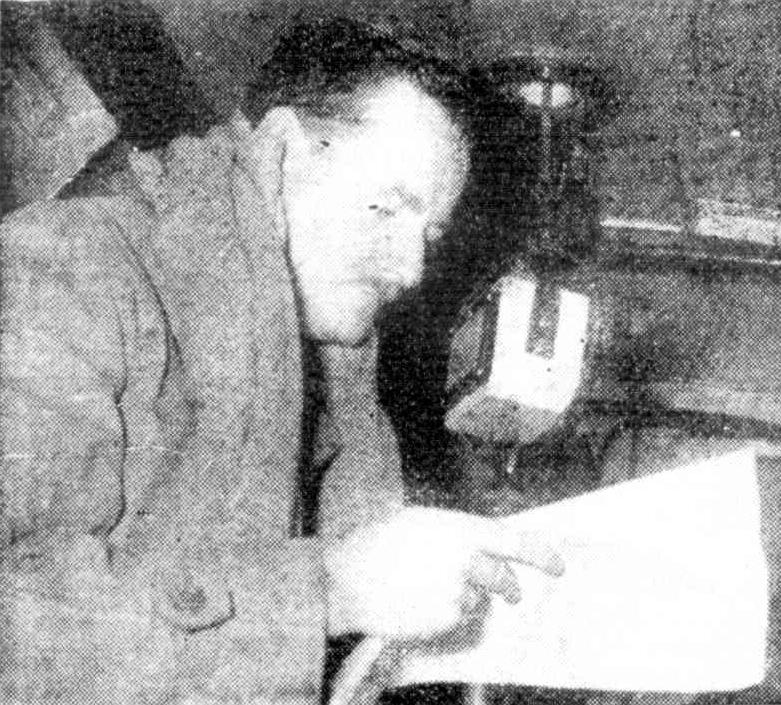
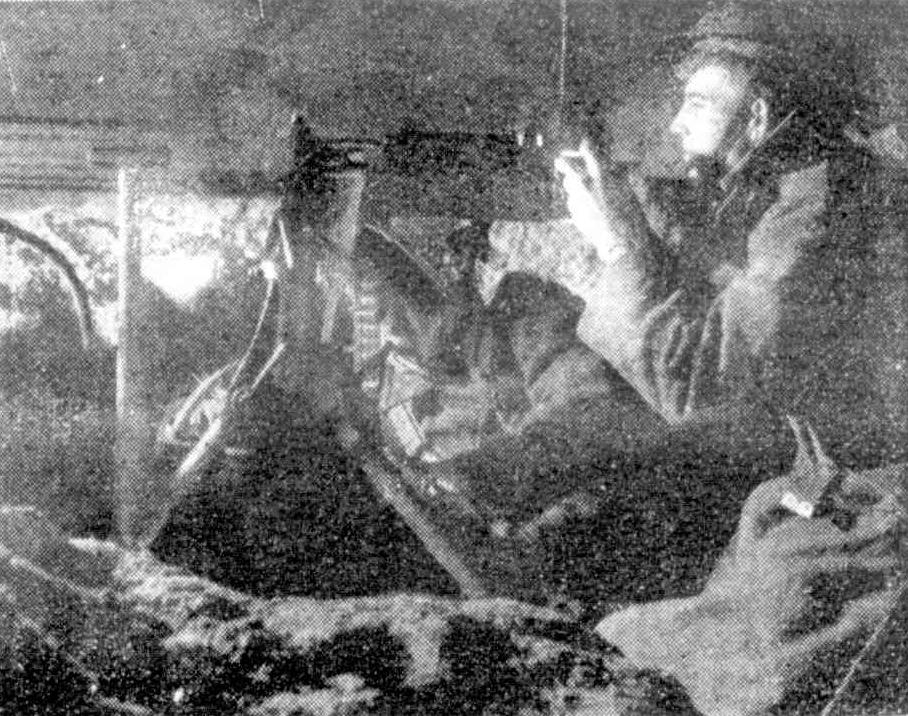
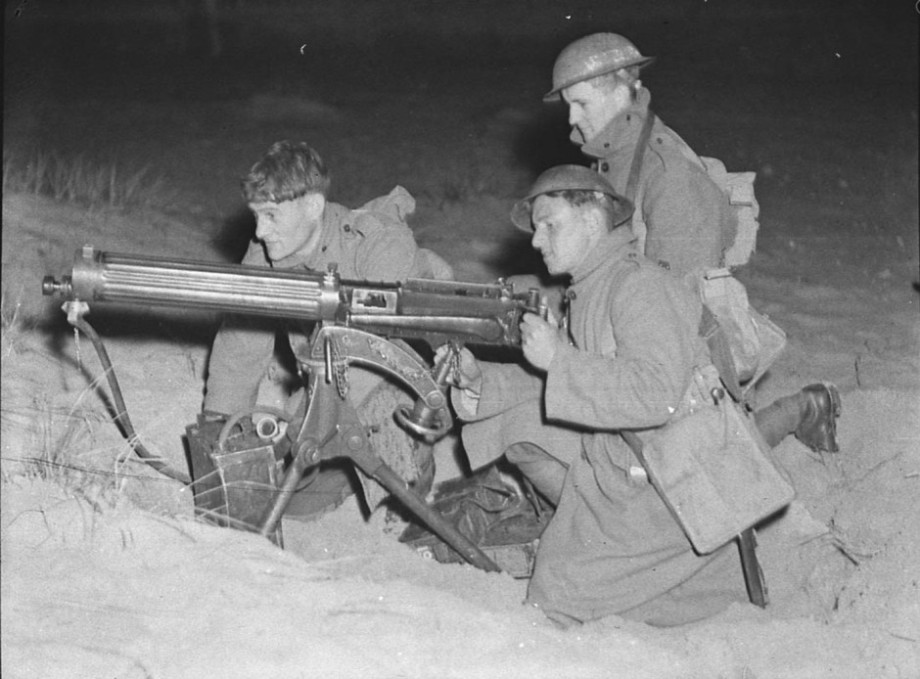
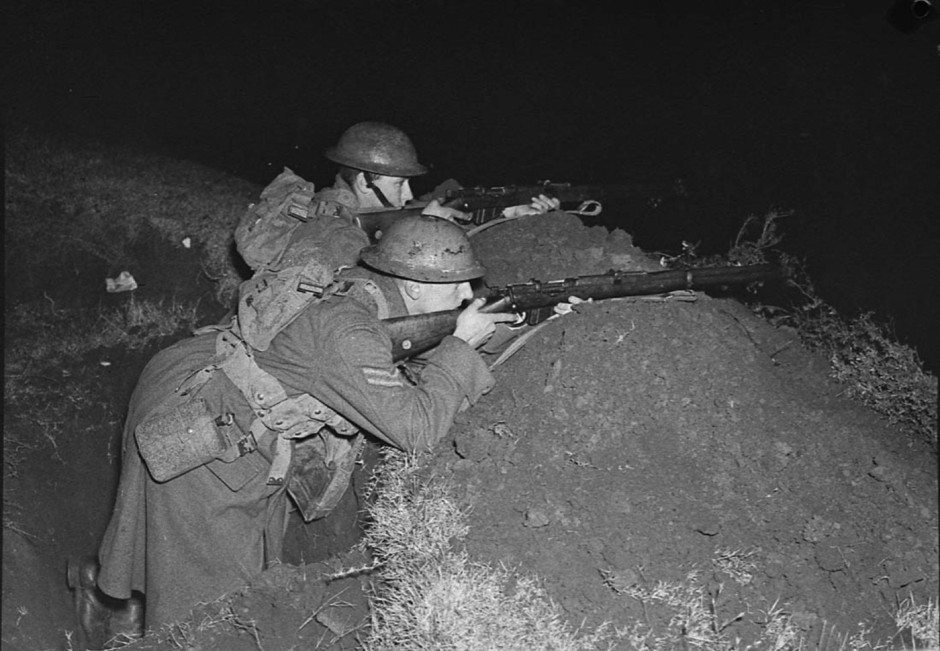
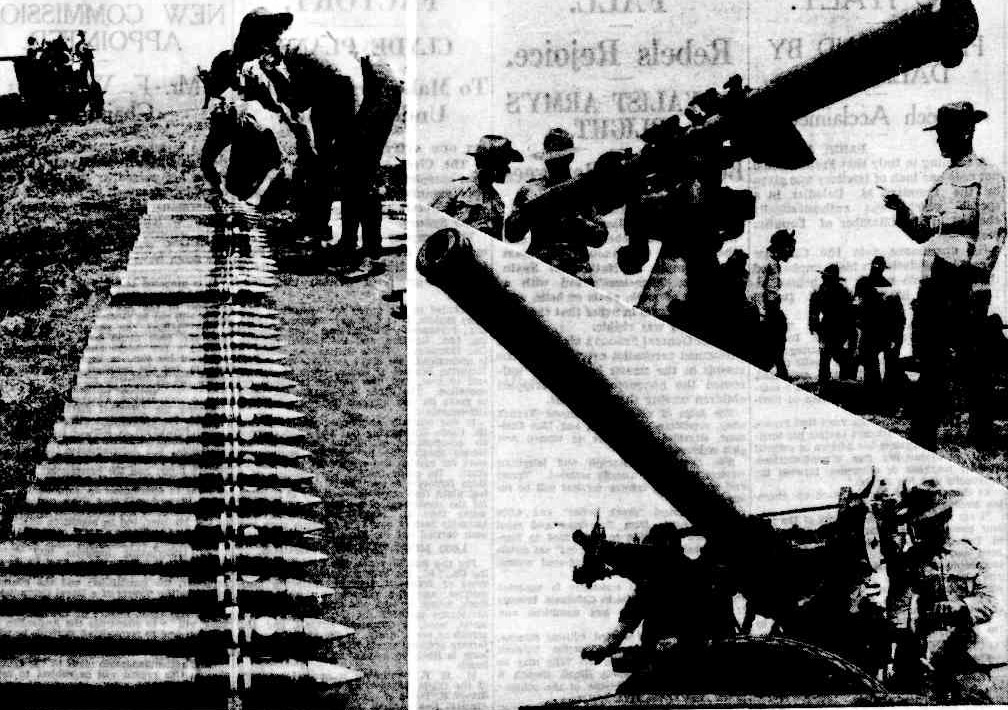
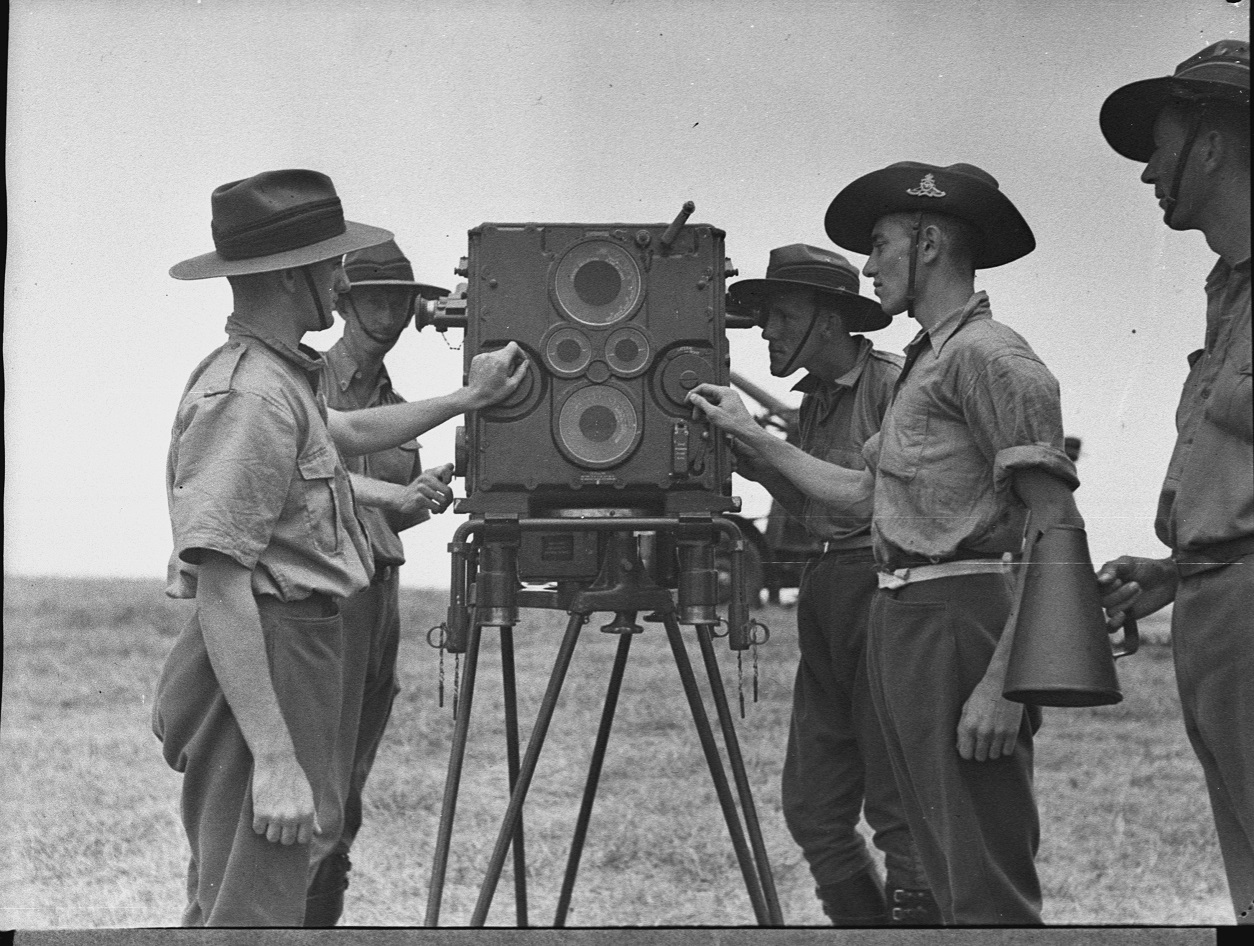
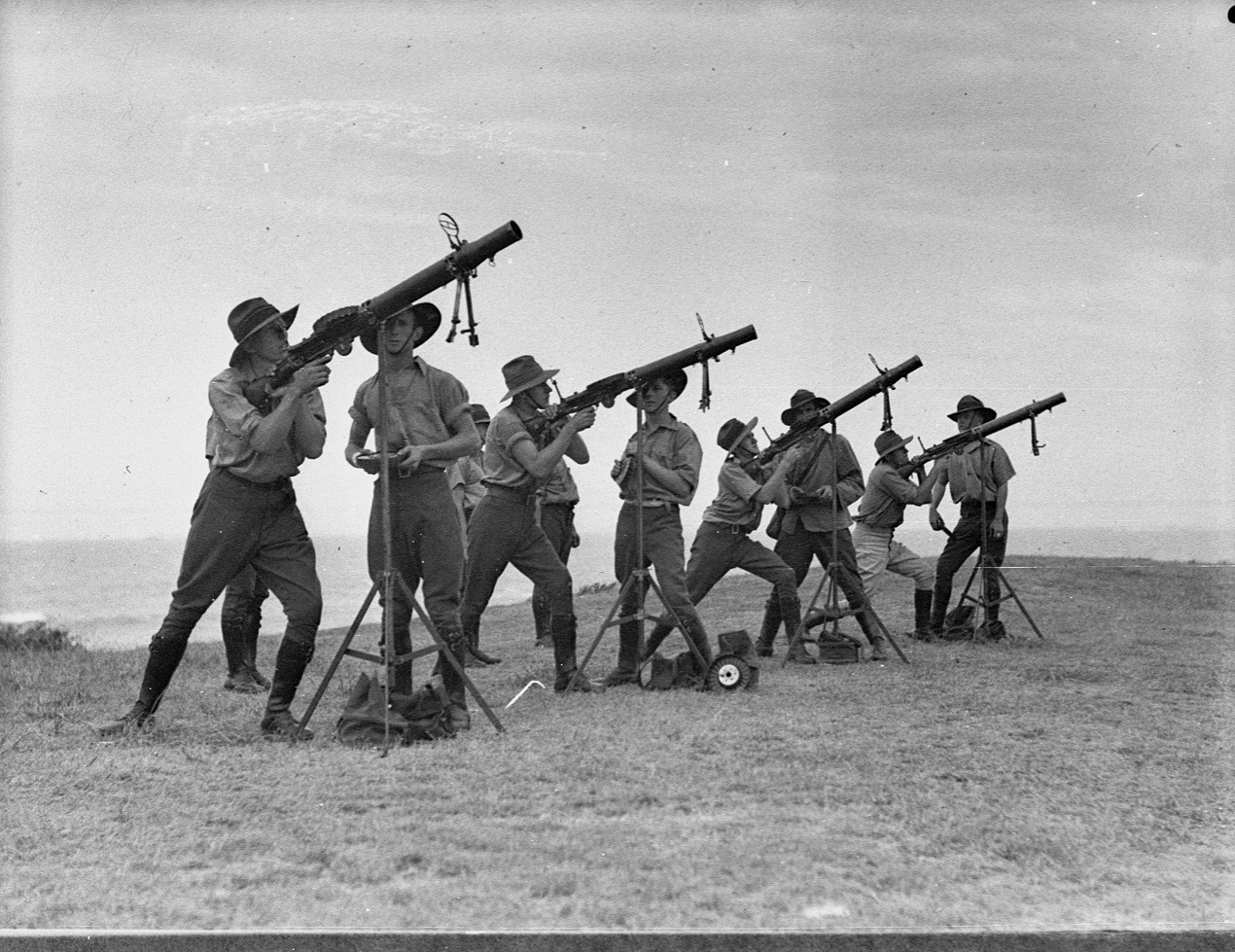
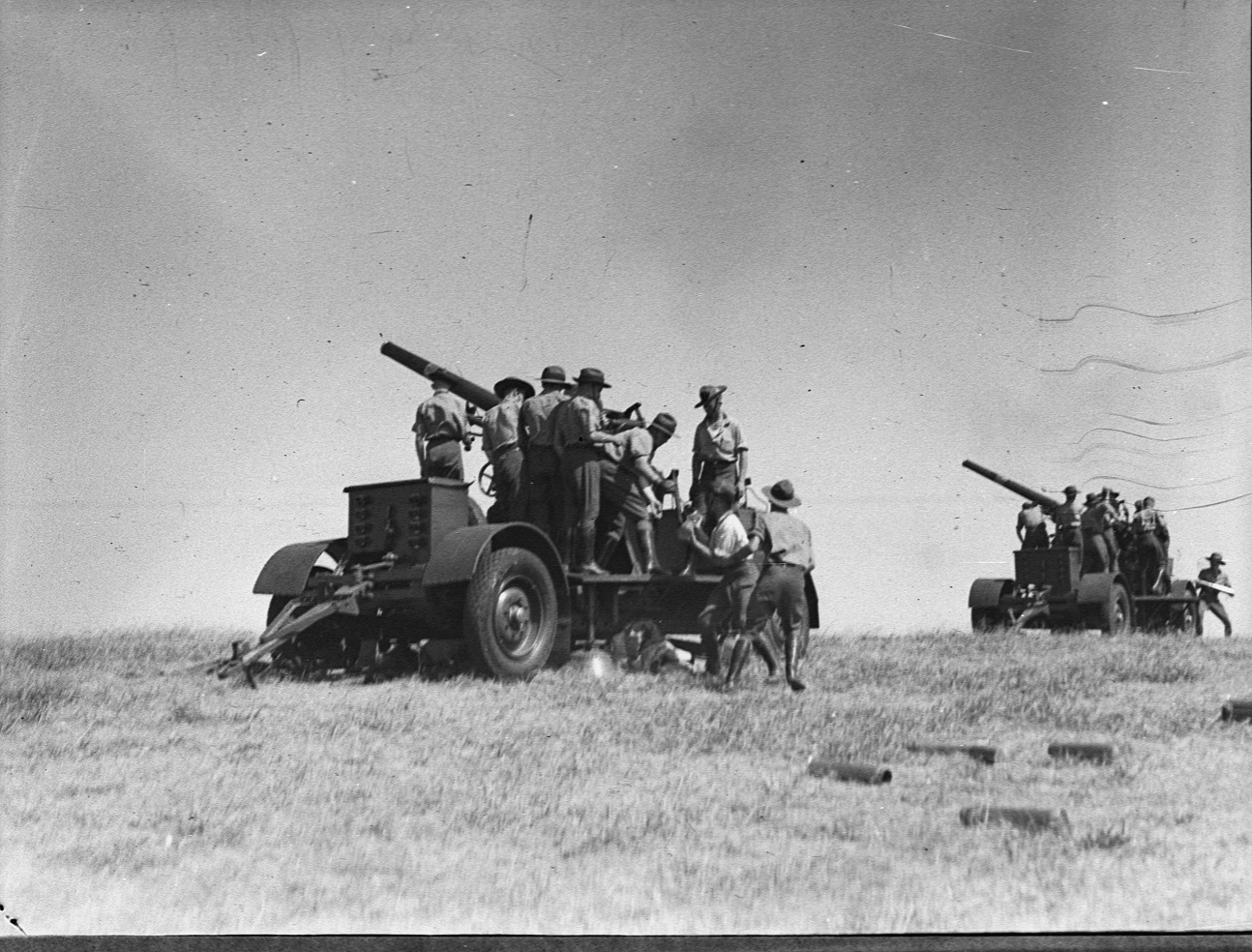
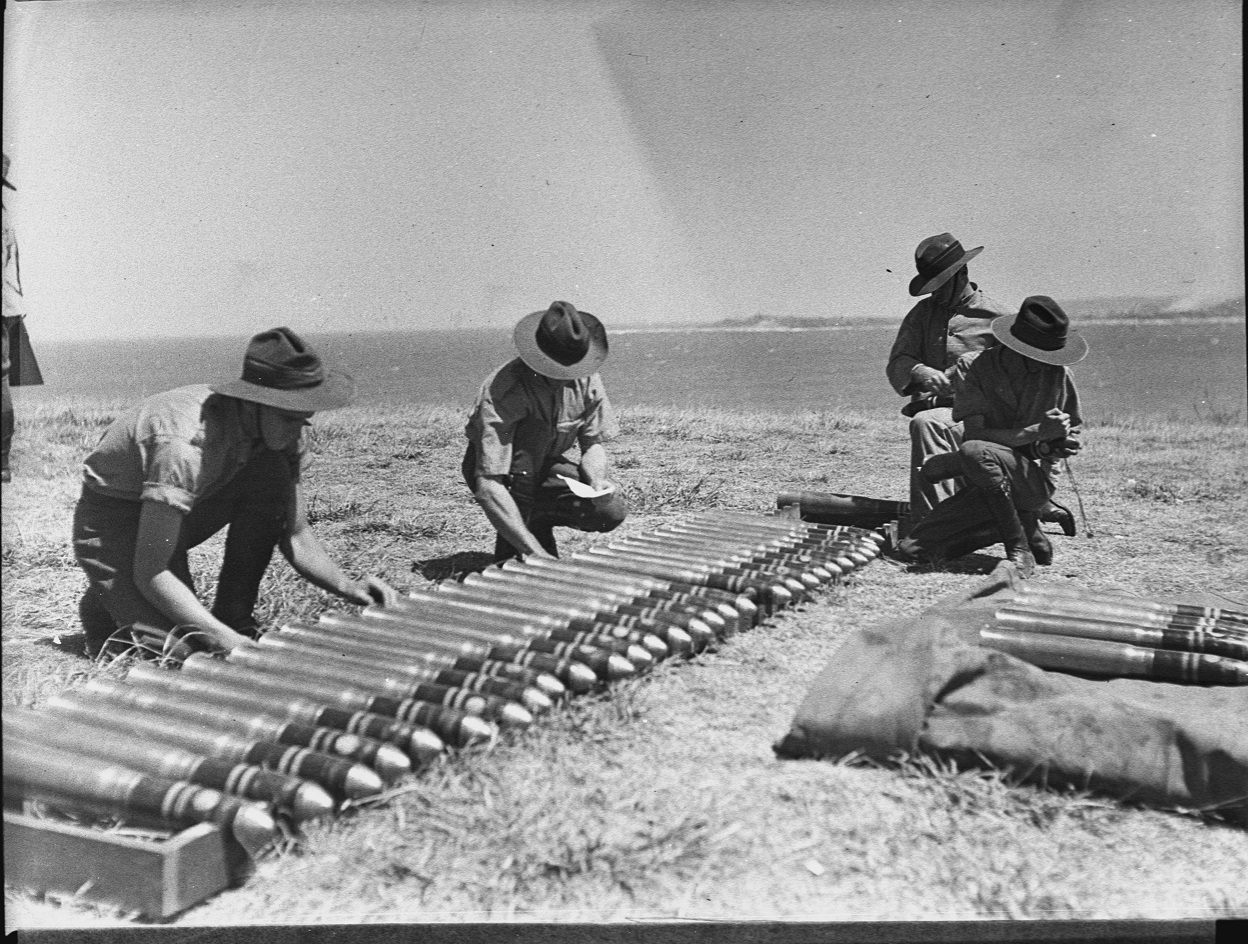
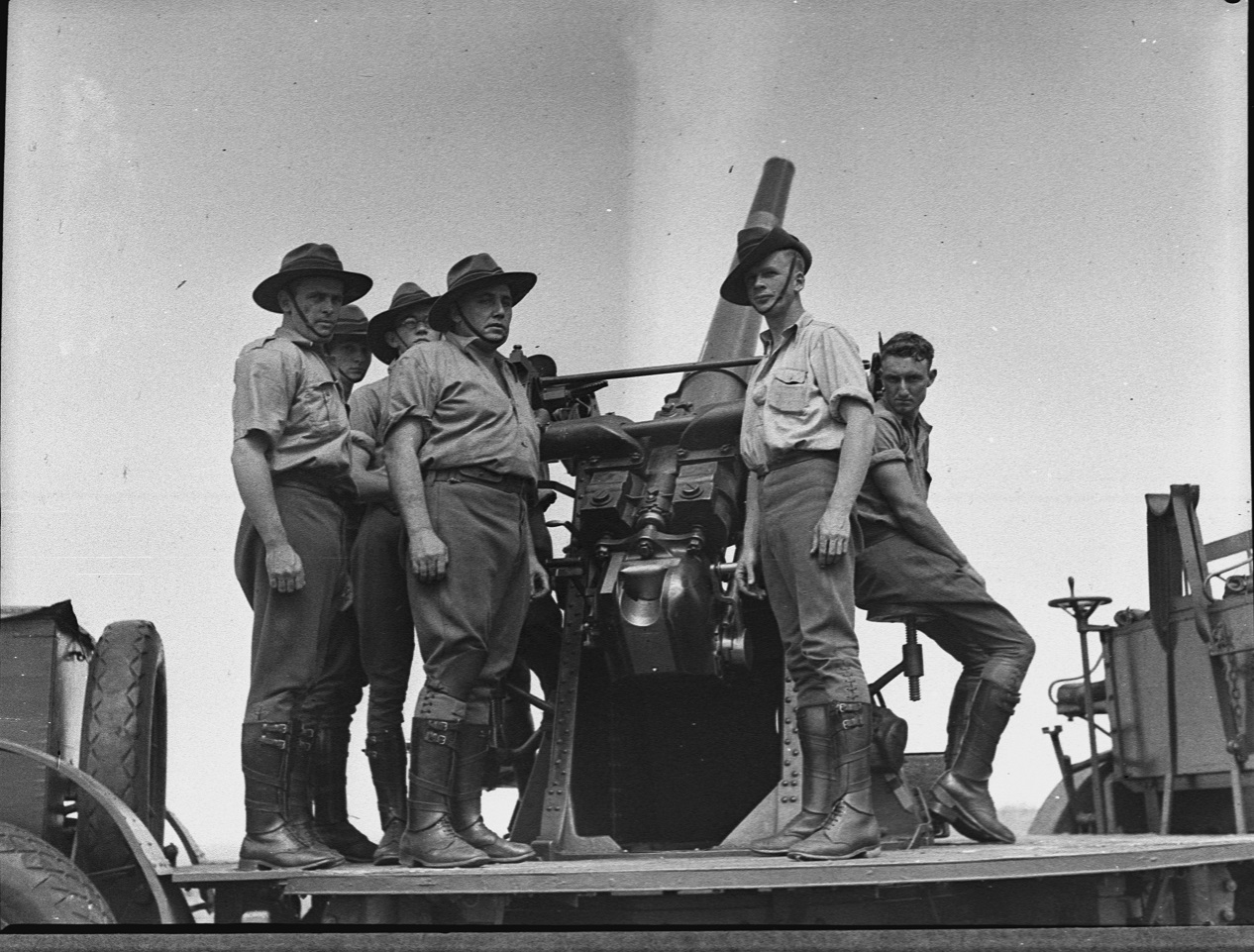

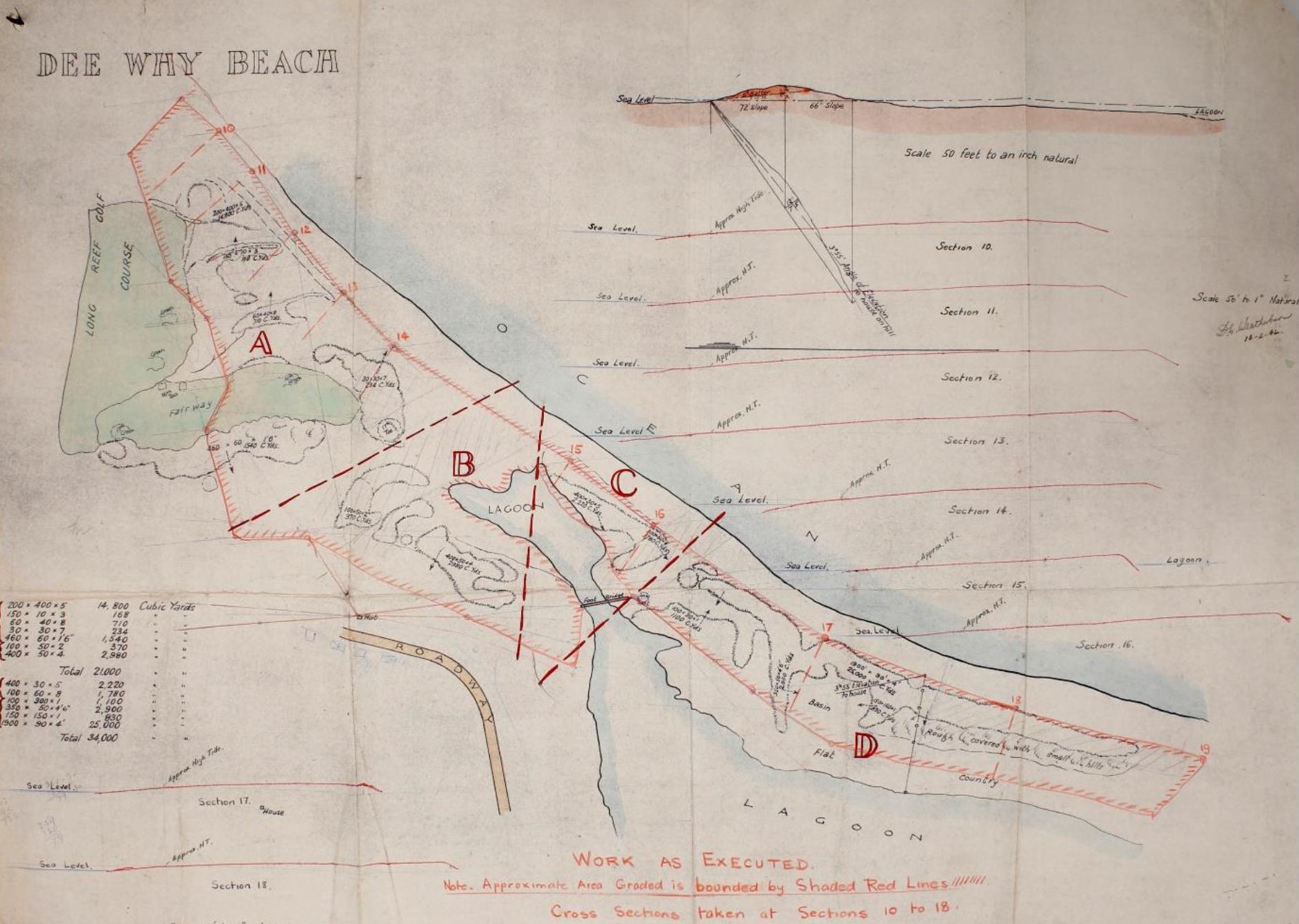
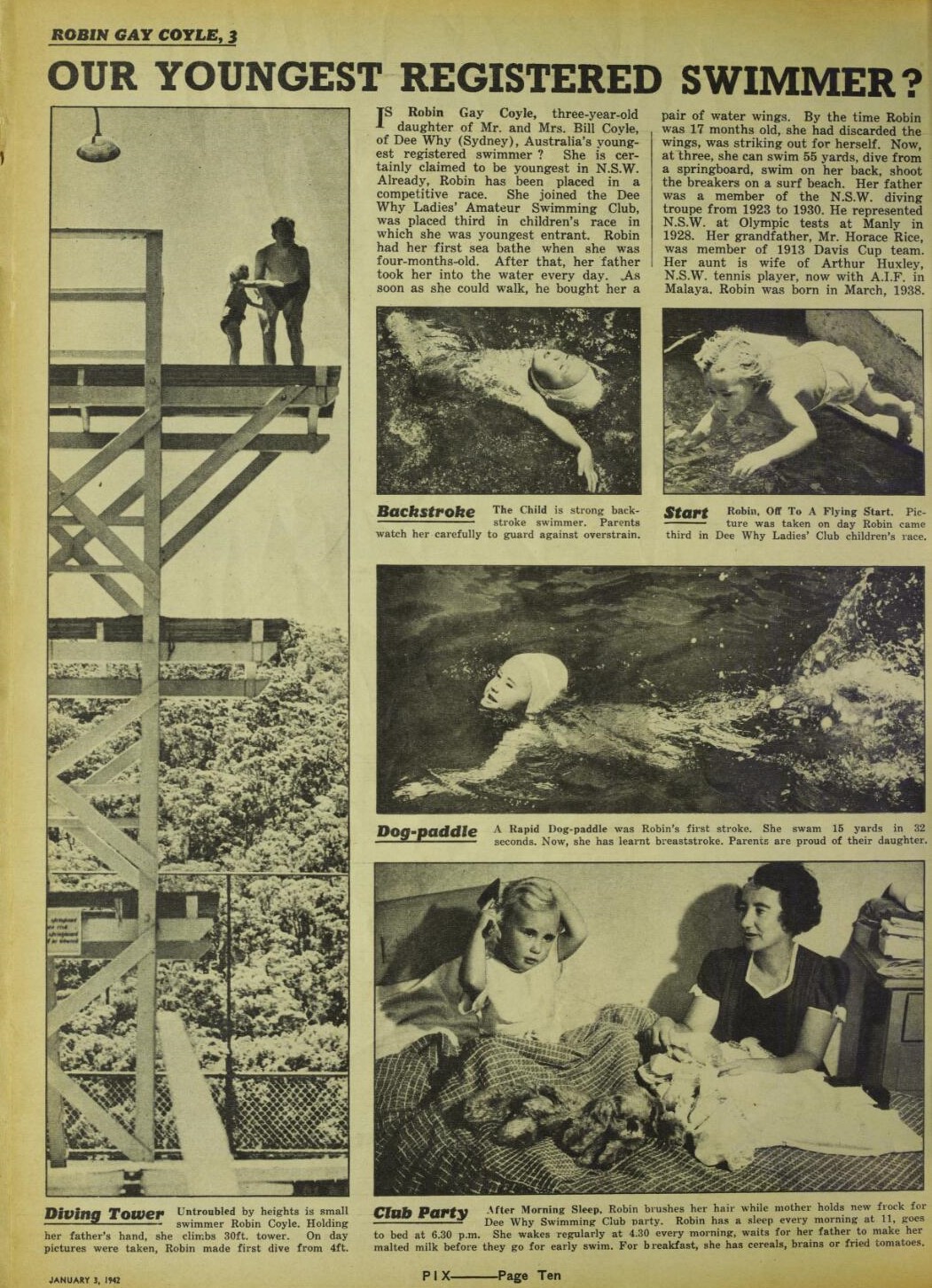
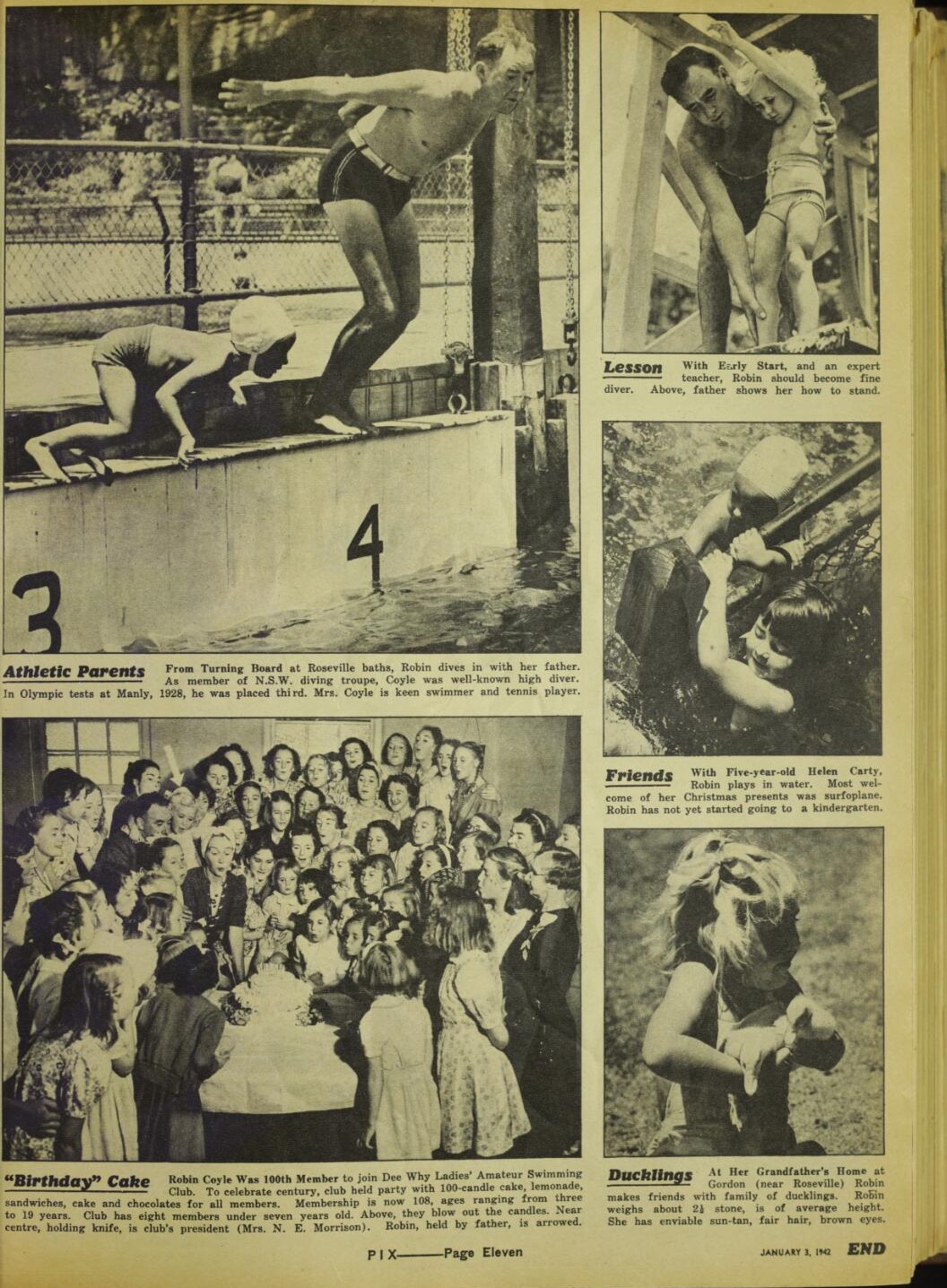
North Head to Narrabeen: a Plan for Defence of Long Open Beaches
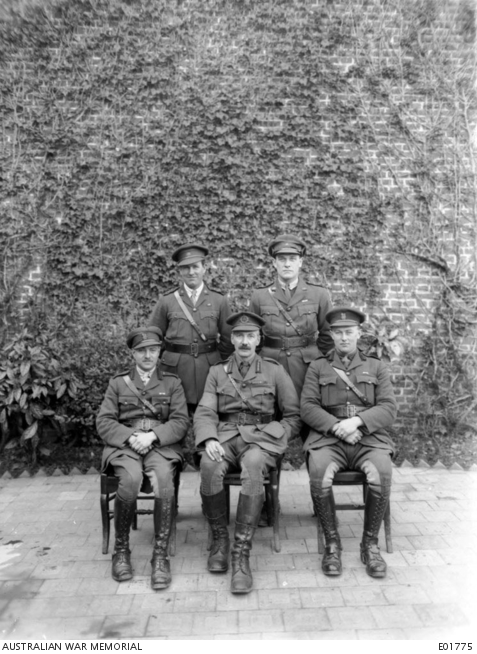
'' The Coast from NARRABEEN to NORTH HEAD offers many possibilities for enemy landings - there are actually eight beaches, all of which are suitable for landing troops in large numbers, from shallow draught tenders or similar craft. The contour of the Coast in this sector allows landings in any weather on some of the Beaches, (LONG REEF in particular), - all must be regarded as vulnerable. A further point which would influence an enemy in selecting this as a landing sector is the fact that there is a first class concrete road running parallel to the beaches from NARRABEEN to MANLY. This road is in most places within stone throw of the water edge. From it, several roads, each first class, lead to commanding ground overlooking the coast and later converging on SYDNEY. Possession of these Roads, particularly PITTWATER ROAD would greatly facilitate movement of mechanised Units.2. The Defence Plan is to deny any landings on any of the Beaches in the Sector and to provide infantry close defence for the Fortress Area. It is assumed that for these purposes a Garrison Battalion will be allotted.3. The sector allotted to the Battalion is the Coast Line from NARRABEEN HEAD to NORTH HEAD (both inclusive). For tactical purposes the front is divided into four sectors as under-Northern Sector- Narrabeen Head to Long Reef Point.Central Sector. - Long Reef Point to Harbord Head.Southern Sector - Harbord Head to Cabbage Tree Beach (inclusive)North Head Fortress Area. The whole of North Head Area.4. HEADQUARTERSHeadquarters will be established as follow-Battalion H.Q. At Parkhill Camp, North Head.Northern Sector. At Fire Station, NARRABEEN.Central Sector. In house on main Road, as indicated on plan.Fortress Area. At Parkhill Camp, North Head.Southern Sector. In high building known as "Donnington" at South Steyne.5. ARMS AND EQUIPMENTThe weapons and equipment available for the Defence, are those normally furnished to an Infantry Battalion, namely6. ALLOTMENT.Vickers Machine Guns. 16Lewis or Bren Guns 36Anti Tank Guns 4Rifle Sections 36Light Mortars ?Allotment of Vickers Machine Guns is shown on attached plan.
''These guns have been sited and arcs of fire are shown. The arcs shown are maximum and unless concrete emplacements are provided, care must be taken to prevent guns enfilading our own defence positions. Vide notes in Appendix A. the number requiredALLOTMENTThe allotment of Vickers Guns to sectors is -Northern Sector. 8Central Sector. 5Southern Sector. 3Light automatic guns are allotted and sited as per plan attached. Arcs of fire have not been plotted. Arcs allotment is as follows:Northern sector 14Central Sector 5Southern sector 6Fortress Area 9Anti tank guns have been sited as per plan but due to necessity for mobility no arcs of fire have been plotted.Number allotted to whole area 4No use of Light Trench Mortars is made at present.The allotment of rifle sections is as per plan attached. Rifle sections accompany Light Automatic Guns.''
Narrabeen Fire Station, officially known as No. 68 Narrabeen, was operational and had been for some time, having opened in 1920 and moved to its current Ocean Street location in 1931. The station was staffed by a captain and five volunteers initially, but by the 1940s had a resident permanent officer and received a new appliance.
In response to the mounting possibility of invasion the Women’s Fire Auxiliary (WFA), a division of the Women’s Australian National Service (WANS) which oversaw the training of women in various roles such as ambulance and motor appliance mechanics and drivers was created. This movement was initially driven by Lady Wakehurst, the wife of the then Governor of NSW. Lady Wakehurst was elected president of the organisation and training was conducted by the officers of the NSWFB (NSW Fire Brigade, today known as FRNSW).
The program was restricted to Sydney at first, with enlisted women undertaking an eight week training course which covered air raid procedures, how to deal with an incendiary bomb and what to do if there was a fire in the home. The course also covered rescue procedures, first aid and watchroom practices for fire stations. In effect these women were being trained much the same as Probationary Firefighters, however the Probationary Firefighters did most of their training ‘on the job’ while the women were undertaking crash courses in these procedures as a wartime measure to ensure they would be ready to assist the national crisis, should the need arise.
Upon completing their training the women of the WFA were assigned to their local fire station where they attended one night of drills each week (90 minutes) and spent one night on watch duty.
Prior to 1942 all WFA members had to also be members of WANS, however after the armed forces opened up to women’s units the number of women joining WANS and the WFA decreased so the restriction on membership and on age (initially all WFA had to be 30-45 years) was loosened.
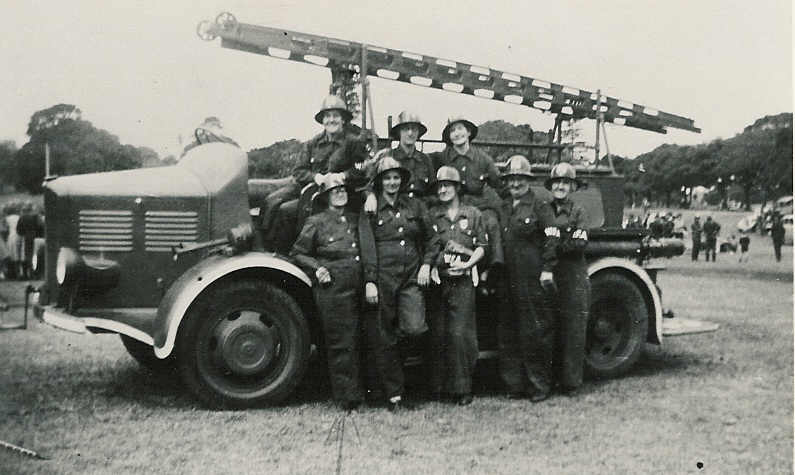
Members of the Women’s Fire Auxiliary, c. 1944
'' CO-OPERATION.Co-operation of all arms is required.Dead Water from the Fortress Ares, requires cover from Field Artillery.Reconnaissance aircraft are needed to supply early information of enemy intention. Air Force co -operation in repelling an actual attack is also desirable.The Engineer Services would be required to construct steel and concrete strong posts and machine gun posts. Well constructed posts are necessary as when the attack is being pressed on the water edge, our posts will come under fire of our own guns. Substantial cover is necessary.COMMUNICATIONSAll existing phone services to be taken over. Visual stations to be established as per plan. Battalion Signal of ha Officer to establish Field telephone services, despatch and rider services and Lamp Stations.DUMPS.Ammunition, Supply and Engineer Pumps will be established at points shown on plan, one to each sector.BEACH LIGHTSBeach Lights have been sited and the number required is twelve.DEFENCE IN DEPTH.As the role of the Battalion is to deny an enemy the use of the Beaches for the landing of troops, no consideration is given to defence in depth. It isassumed that other units will be included in the operation. Their disposition should be available to the Battalion Commander as soon as possible. The denial of the use of Pittwater Road should be a first consideration.CLOSE DEFENCE OF NORTH HEAD FORTRESS AREA.ALLOTMENT.One Company of the Battalion is allotted to the Fortressing Commander for the close defence of the Fortress Area, North Head.This area has a long and precipitous coast line and on the ocean side, landings are not possible. On the ocean side it is vulnerable to attack only if an enemy force made a landing on Cabbage Tree Beach. (Fairy Bower). This contingency is guarded against in the General Beach Defence Plan.Within the Area are three Harbour Beaches. They are not vulnerable to an attack in force unless the enemy succeeded in forcing an entrance to Sydney Harbour. As, however, they provide a means of entrance to the fortree Area, it is a probability that sabotage attempts may be made by small groups, concurrent with a general attack. On that account small guards should be provided at each of these points. Special attention should be paid to the protection of the Cable End.Apart from the beforementioned Guards, it is considered more effective to guard the actual vulnerable points within the Fortress Area than to endeavour to cover the whole of the Coastline. One Company is allotted to this area and is available to the Battery Command er to use, at his discretion as defence troops for such positions as B.C.P, Command Post, Battery, Engine Rooms, Plotting Rooms, Magazines, D. E. Ls, etc and for picquet duty where necessary. These dispositions to be at the discretion of the Fortress Commander.The troops allotted to this task are equipped with nine Light Automatic guns. The Infantry Commander in this area should consult the Battery Commander as to the best use of guns giving consideration to the enfilading of existing wire obstacles and their employment as anti aircraft weapons. The dispositions of troops and other topographical data has not been plotted on plan attached.APPENDIX A.CONSTRUCTION OF STRONG POINTS.As this pain allows of no contingency other than denying any landings, it becomes necessary to keep all guns in action till the final phases of the attack. This will involve the use of the maximum are of fire for each gun. When using the maximum are it is possible that posts on the opposite sides of the Beaches may come under our own fire To guard against putting our own posts out of action in this way, and to ensure against gun crew casualities from shelling from enemy warships, it is recommended that work be put in hand for the construction of steel and concrete strong posts.These should be large enough to house the Gun Crews should be splinter proof and should have gun apertures of sufficient width to allow maximum traverse of the gun.MINING OF ROADS.The mining of road junctions would prove effective to restricting mechanised movement should a partially successful landing be effected. The points at which mines should be set are- Main Roads at both NARRABEEN Bridges and at the junctions of all roads leading from PITTWATER Road through FRENCHS FORREST.SEA MINES.Opinion should be sought from competent authority as to the feasibility and possible effectiveness of mine fields at the entrances to the various beaches. At the Southern end of the Sector care and consultation with the Fortress Commander are very necessary to ensure that there is no interference with existing defence devices.MOTOR BOAT PATROLConsideration should be given to the possible employment of a unit of the Motor Boat Volunteer Unit. It is considered that if attack were threatened the use of such a craft of this type for patrolling the foreshores on the harbour side of the Fortress Area, would be an aid as an anti sabotage unit and would release infantry troops for other duties.'' - National Archives of Australia
The Dee Why - Long Reef Verge
During World War II, the Australian government had the power to requisition private properties, including houses, for various wartime purposes. This power was exercised to address emergency needs arising from the war, such as housing evacuees, military personnel, and establishing essential facilities like lookout posts. The use of requisitioned properties was often a temporary measure, with efforts made to return them to their owners after the war.
Lookout posts were vital for coastal surveillance and early warning systems during the war. Some lookout posts were established in existing buildings, including houses, that were requisitioned for this purpose.
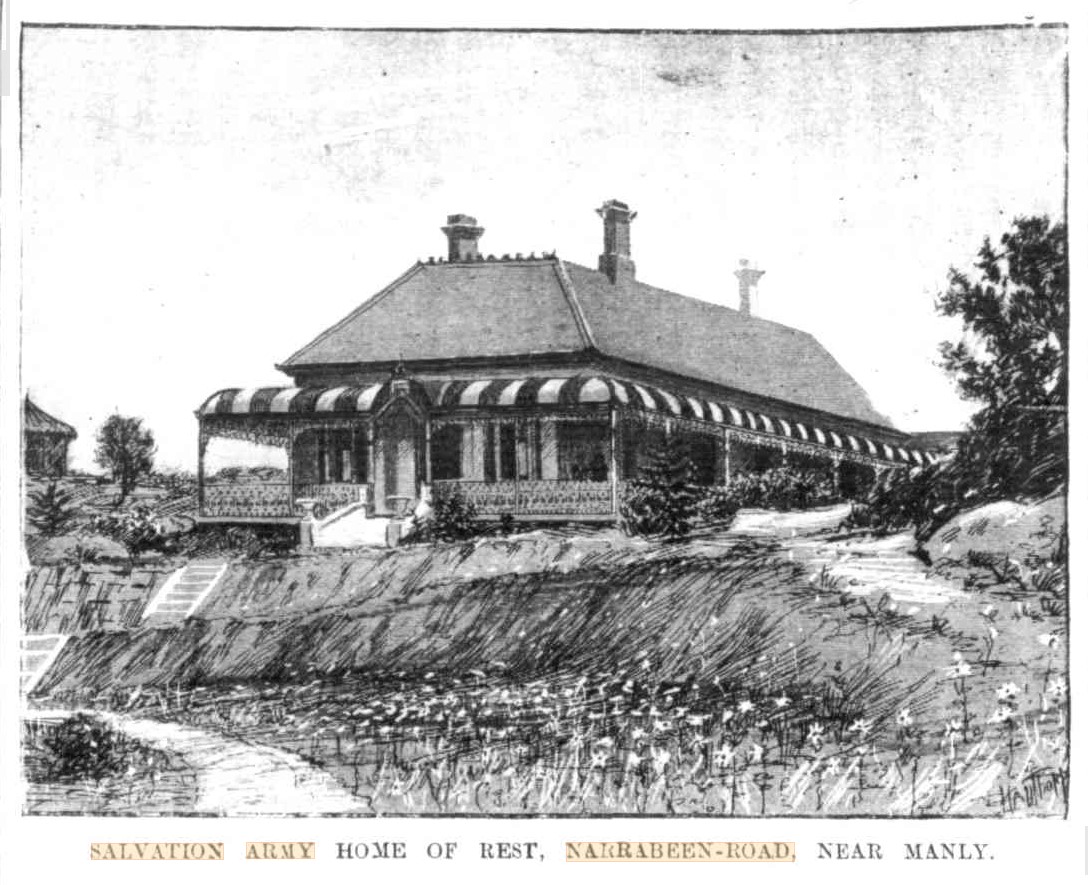
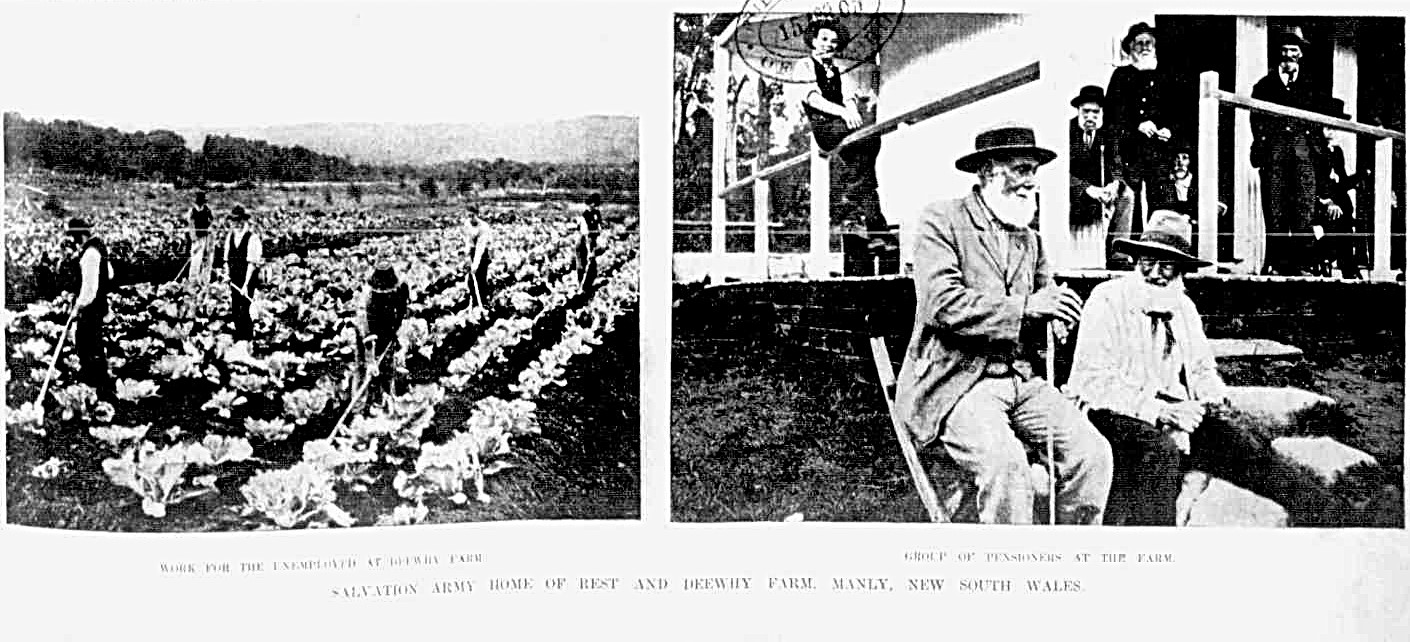
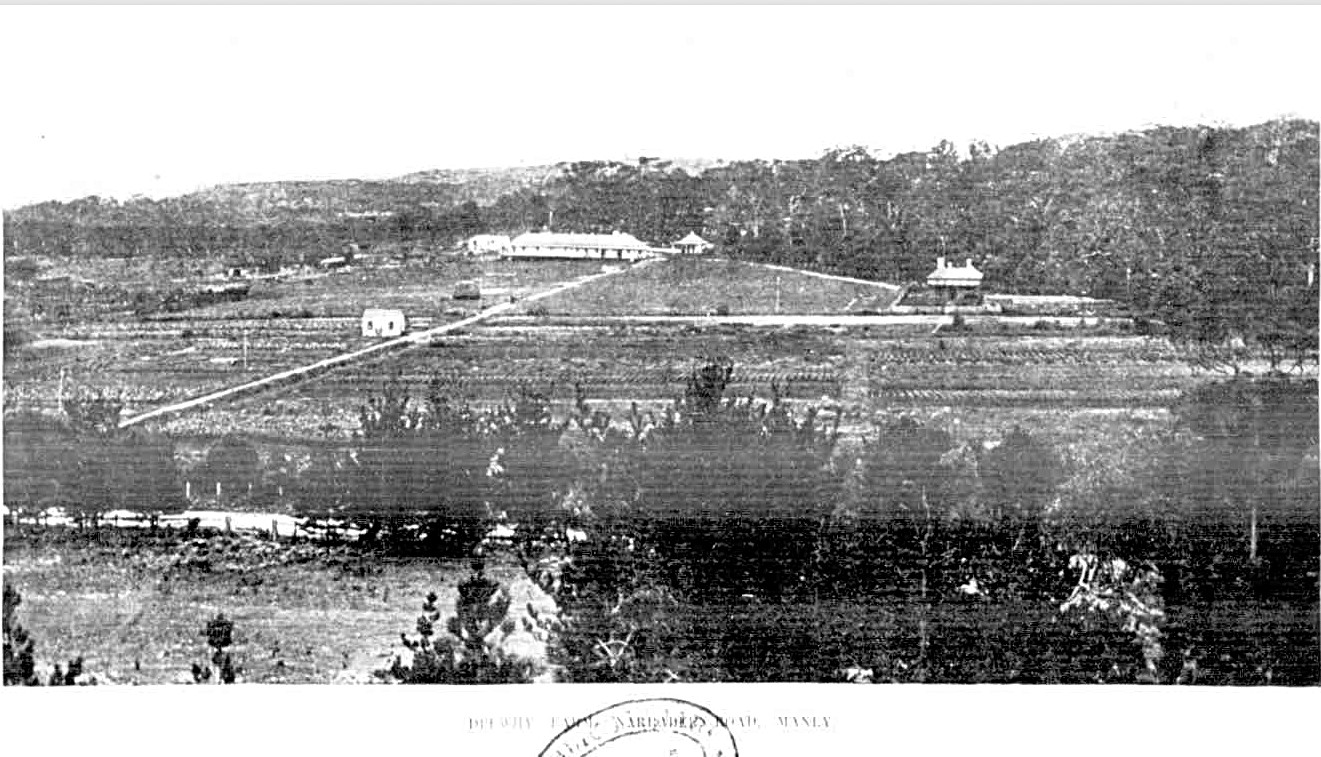


.jpg?timestamp=1753158709236)
.jpg?timestamp=1753159373077)
.jpg?timestamp=1753159427111)
.jpg?timestamp=1753159481516)
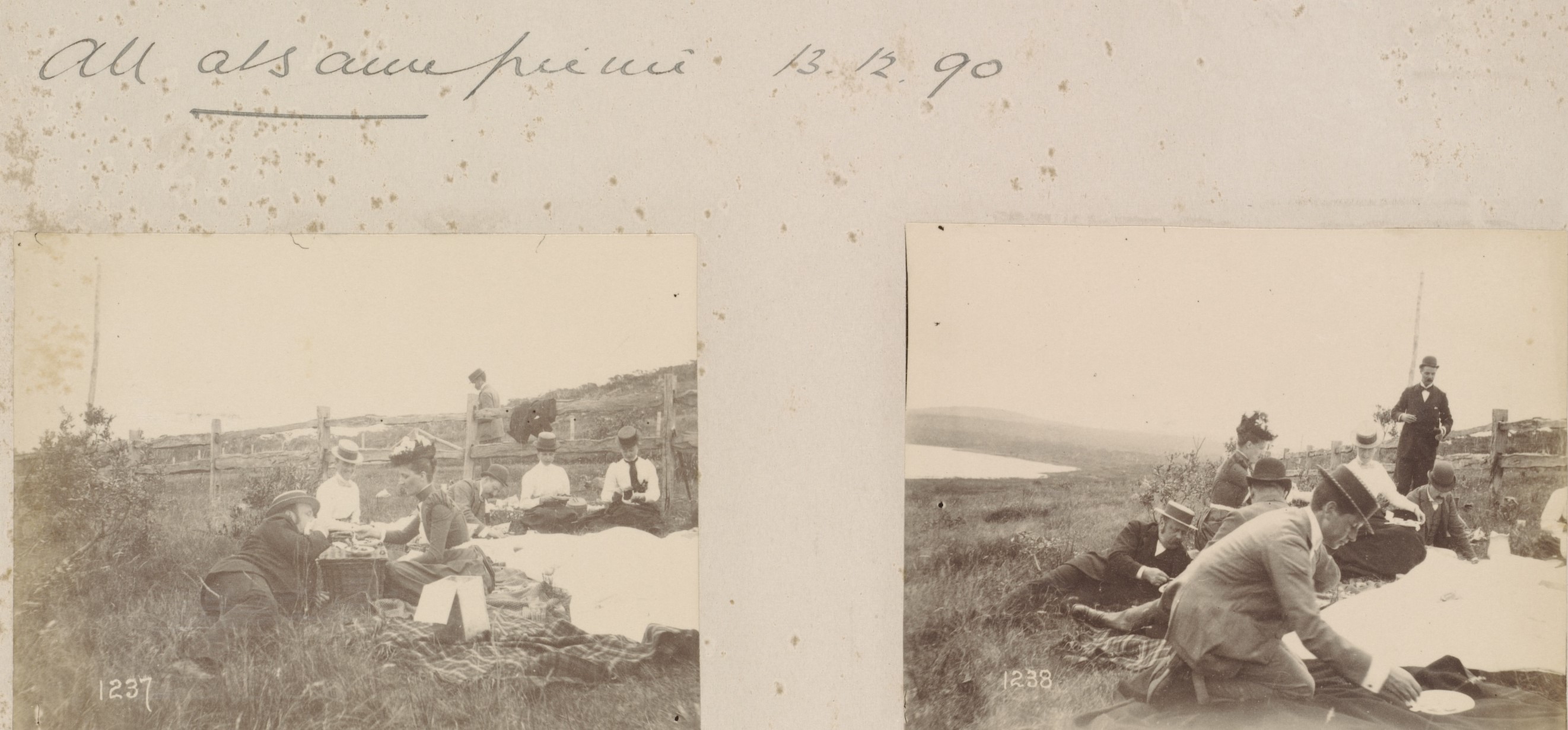
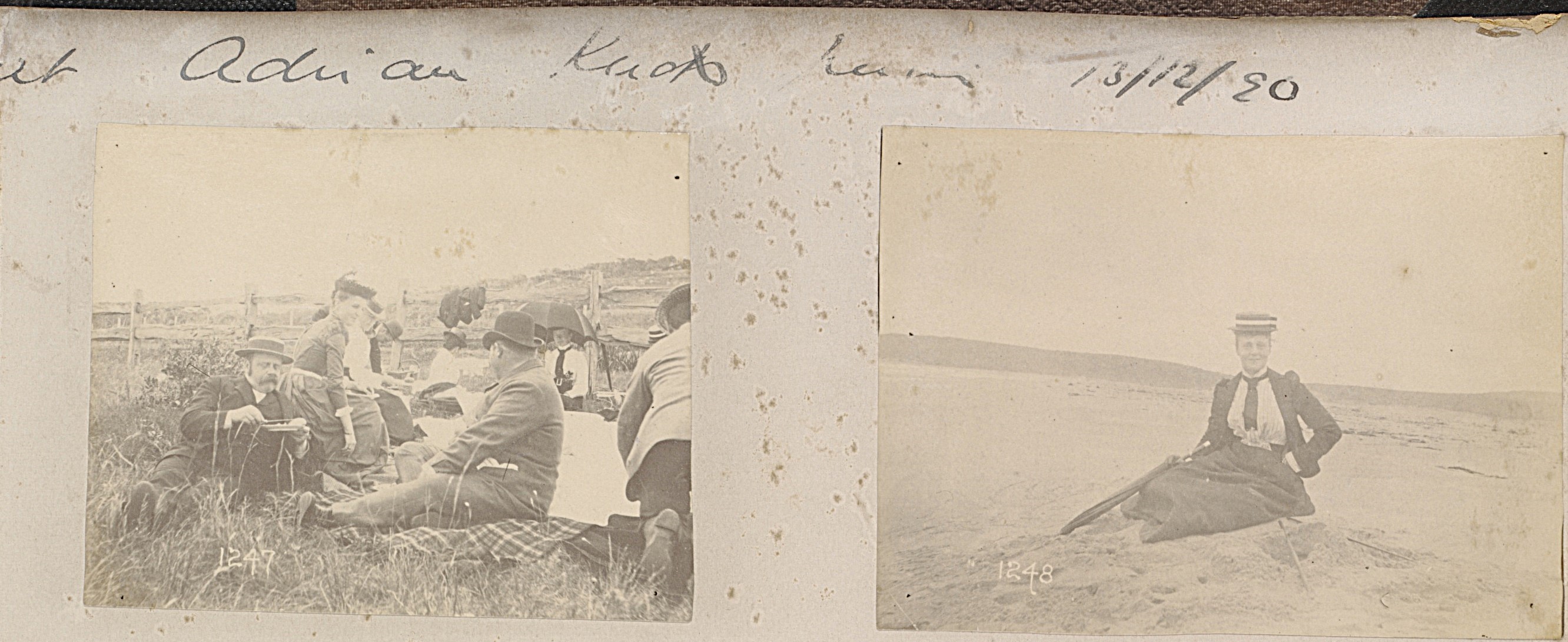
.jpg?timestamp=1753160744967)
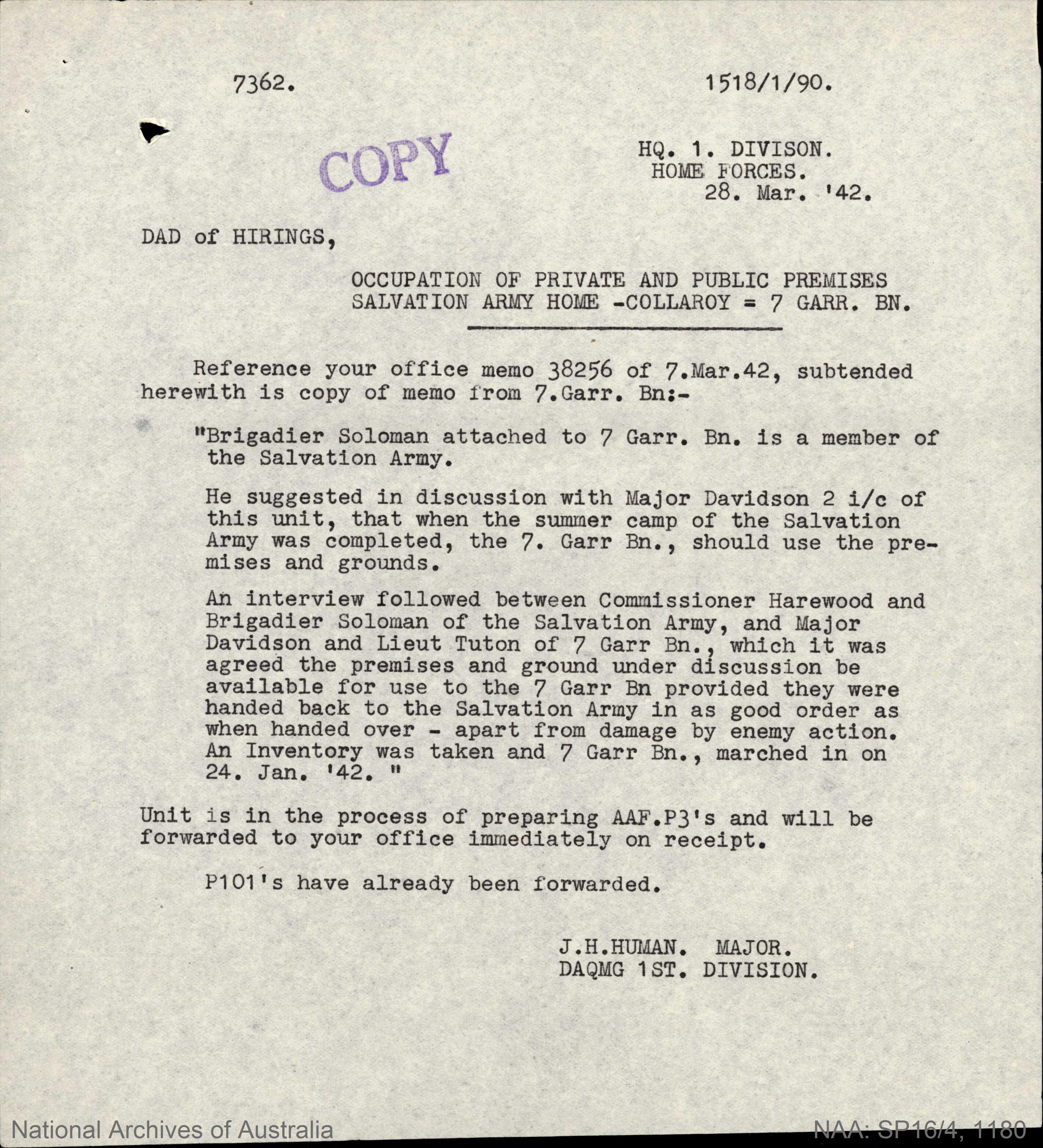
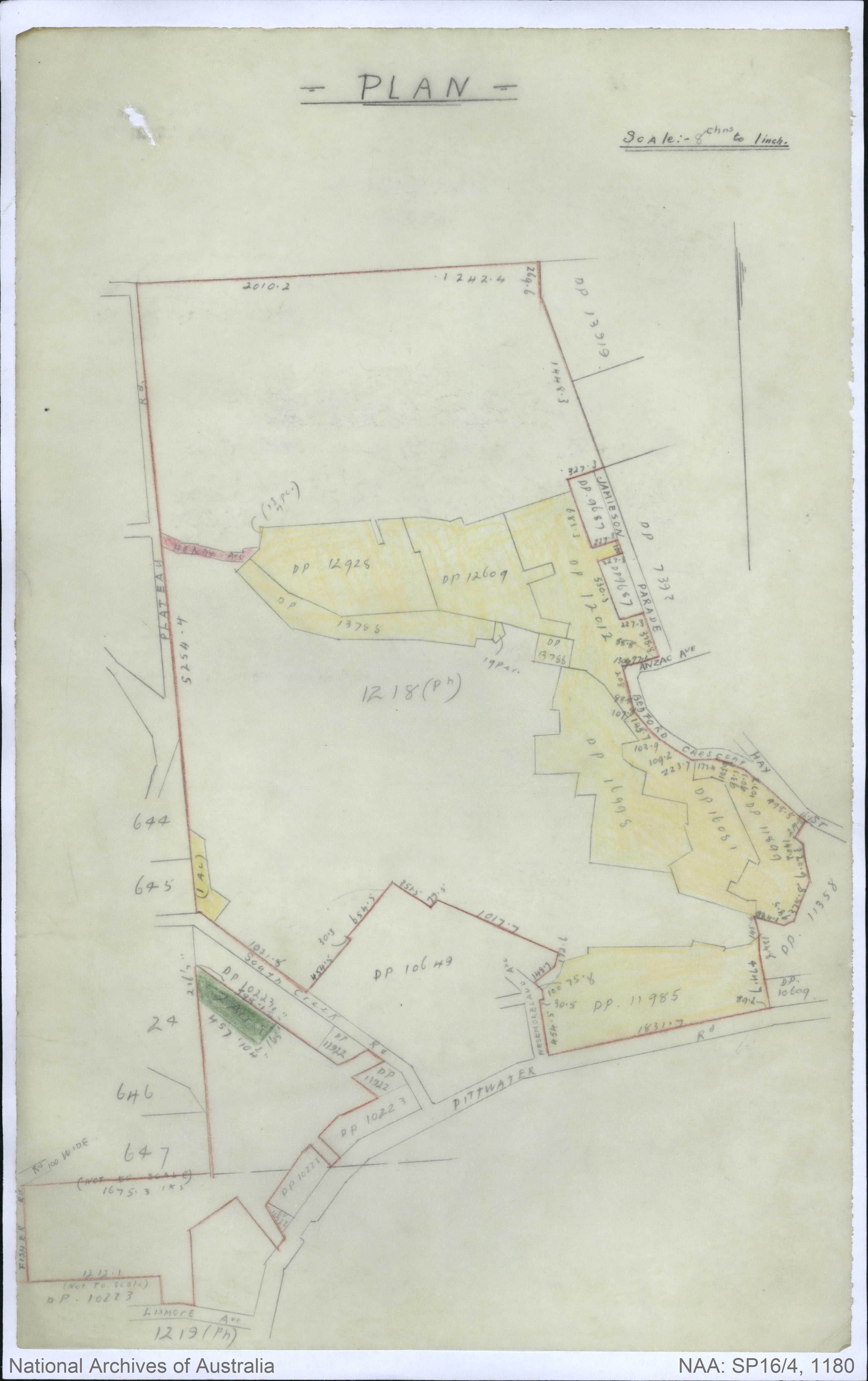
- [Occupation by the Australian Military Forces of 'Inman Hall' in Orlando Road, Dee Why, deceased estate of OI Kempthorne. Includes claim for compensation by trustee, Mr AP Carson and copies of plans]
- Dee Why [Occupation by Australian Military Forces of premises at Holburn Avenue Dee Why, the property of Mr FV Boulter. Includes claim for compensation]
- Dee Why [Hire of laundry attached to the property at 18 The Strand Dee Why by the Australian Military Forces. Property owned by Florence Rose and required as troop accommodation by 7 Garrison Battalion] [15p]
- Dee Why [Hire of 'Hydora', Oaks Avenue Dee Why by the Australian Military Forces. Property owned by Oscar Francis Weight and required as troop accommodation by 7 Garrison Battalion] [0.25cm]
The hand-drawn plan of the Salvos camp used shows the placement of the 4 cottages, kitchen, dormitory, tents etc.:

The National Archives of Australia file shows units were called in from further afield to be accommodated here, the 1940 formed 18th Garrison Bn. from South Australia:
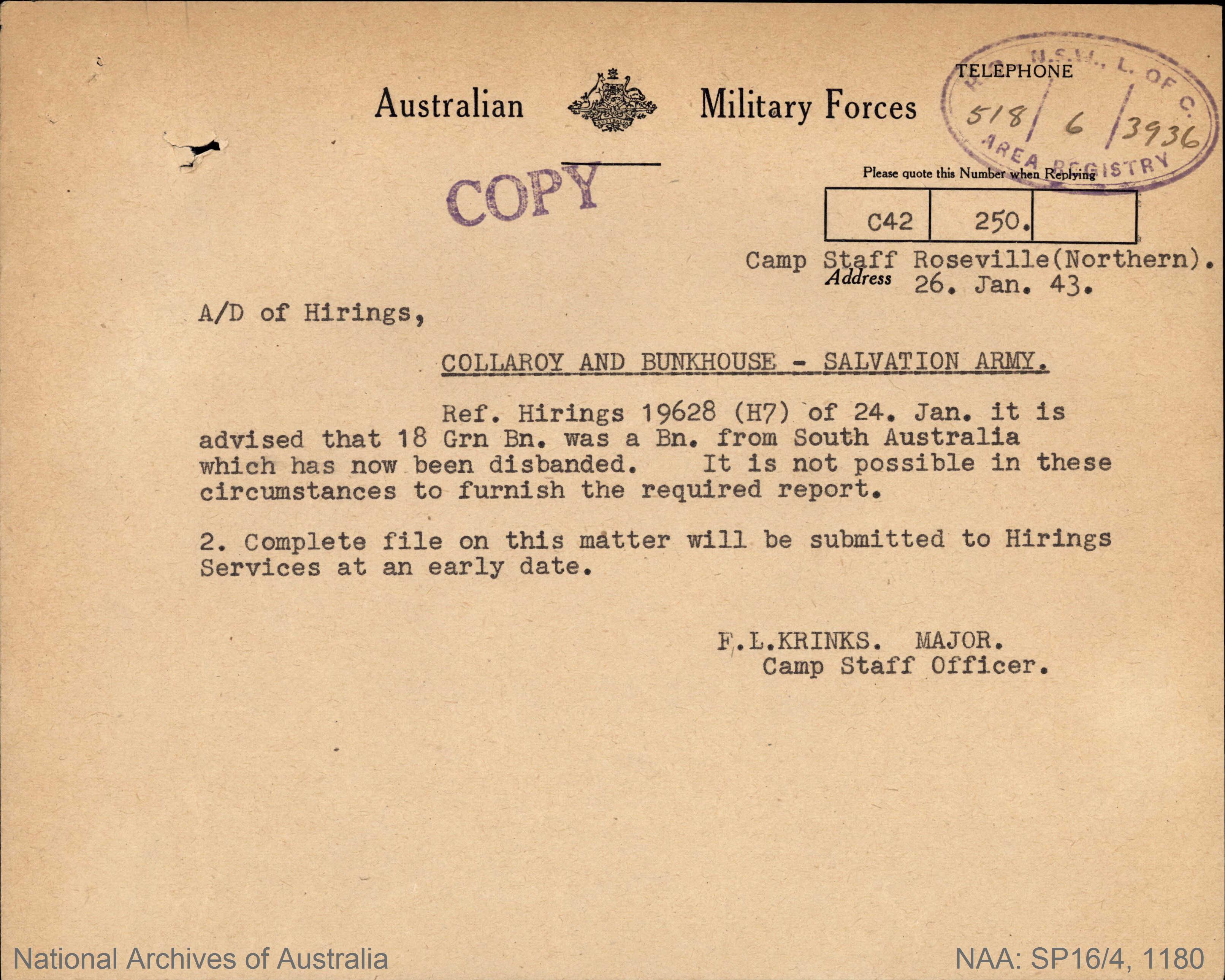
The National Library of Australia file for the use of this site contains the back and forth over a fee to be paid to the Salvos, and some items that went missing - tents etc. - post occupation of the site. It was eventually presumed these had gone with the South Australian unit that used the site and had simply been mistakenly packed up as part of their kit.
The documents amassed through an inquiry into the claim for missing items also provides insights into which garrisons used the premises and where they were sent afterwards - one from Lieutenant J Tuton, 'A' Company of 7th Garrison Btn, and another from Lieutenant Penfold, 'B' Company of 7th Garrison Btn:

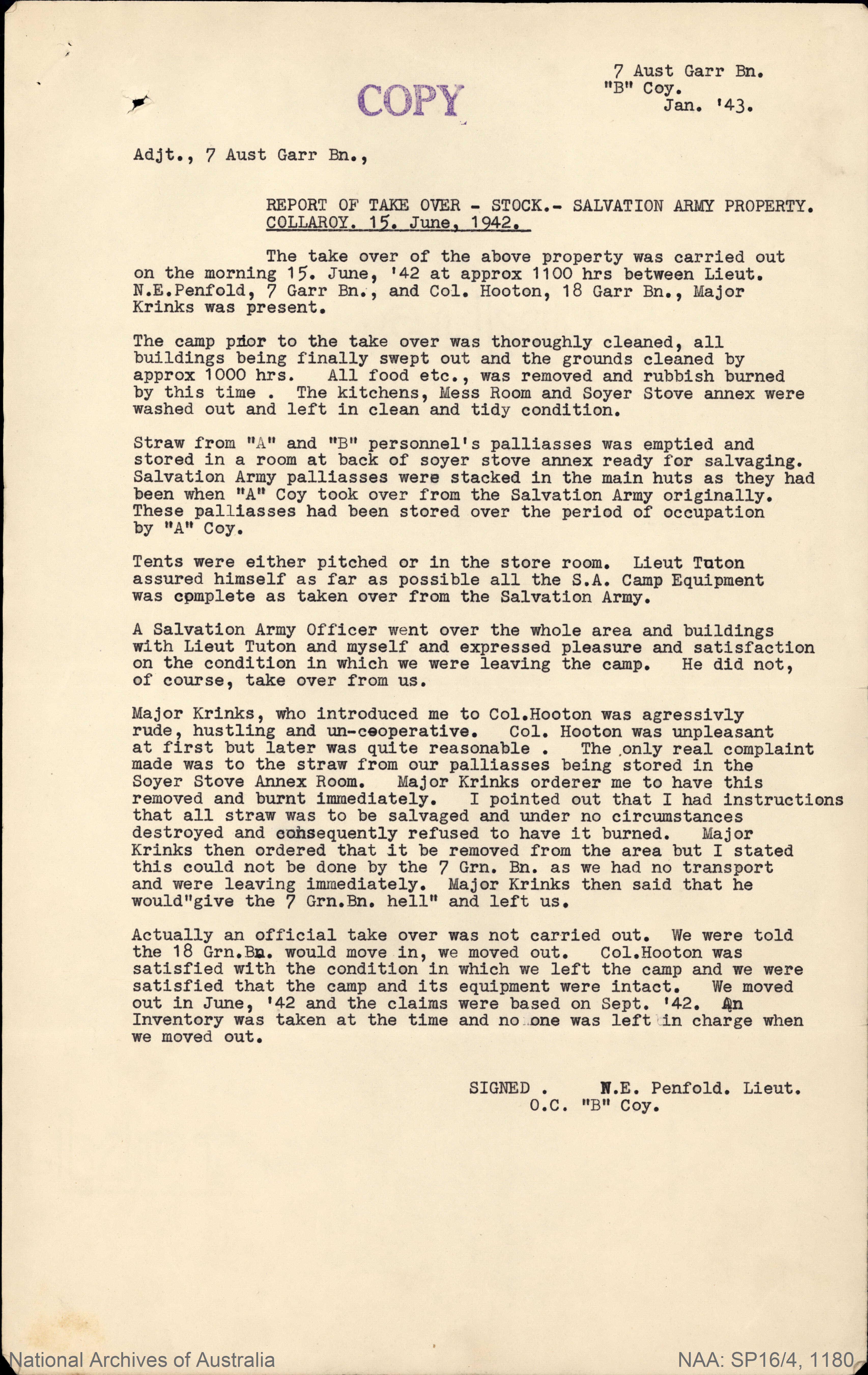
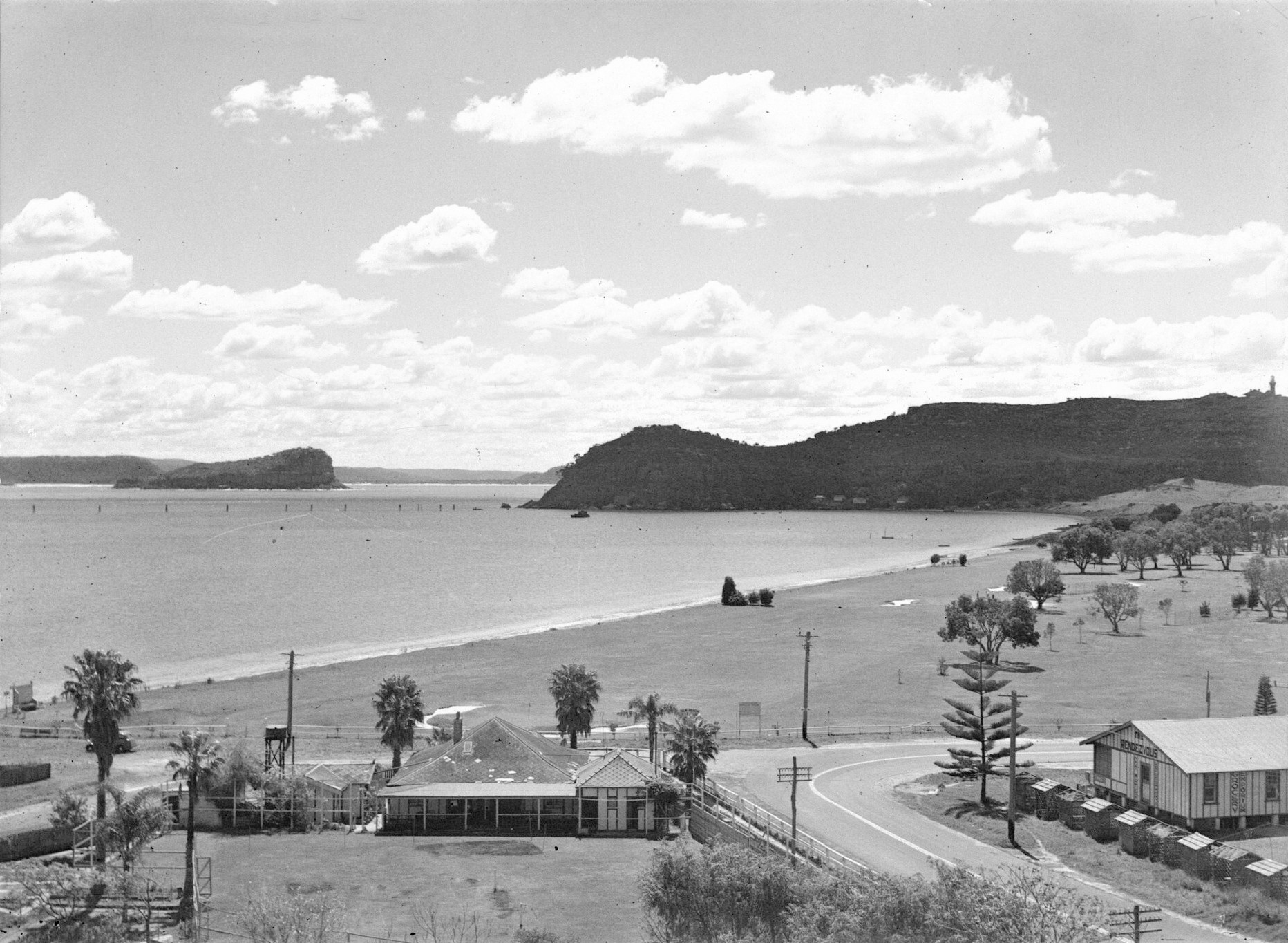 Palm Beach and Lion Island [From NSW Government Printer series Pittwater] 1945 - note the submarine boom is still in place. Item FL3734311 courtesy NSW State Records & Archives
Palm Beach and Lion Island [From NSW Government Printer series Pittwater] 1945 - note the submarine boom is still in place. Item FL3734311 courtesy NSW State Records & Archives
Searchlights
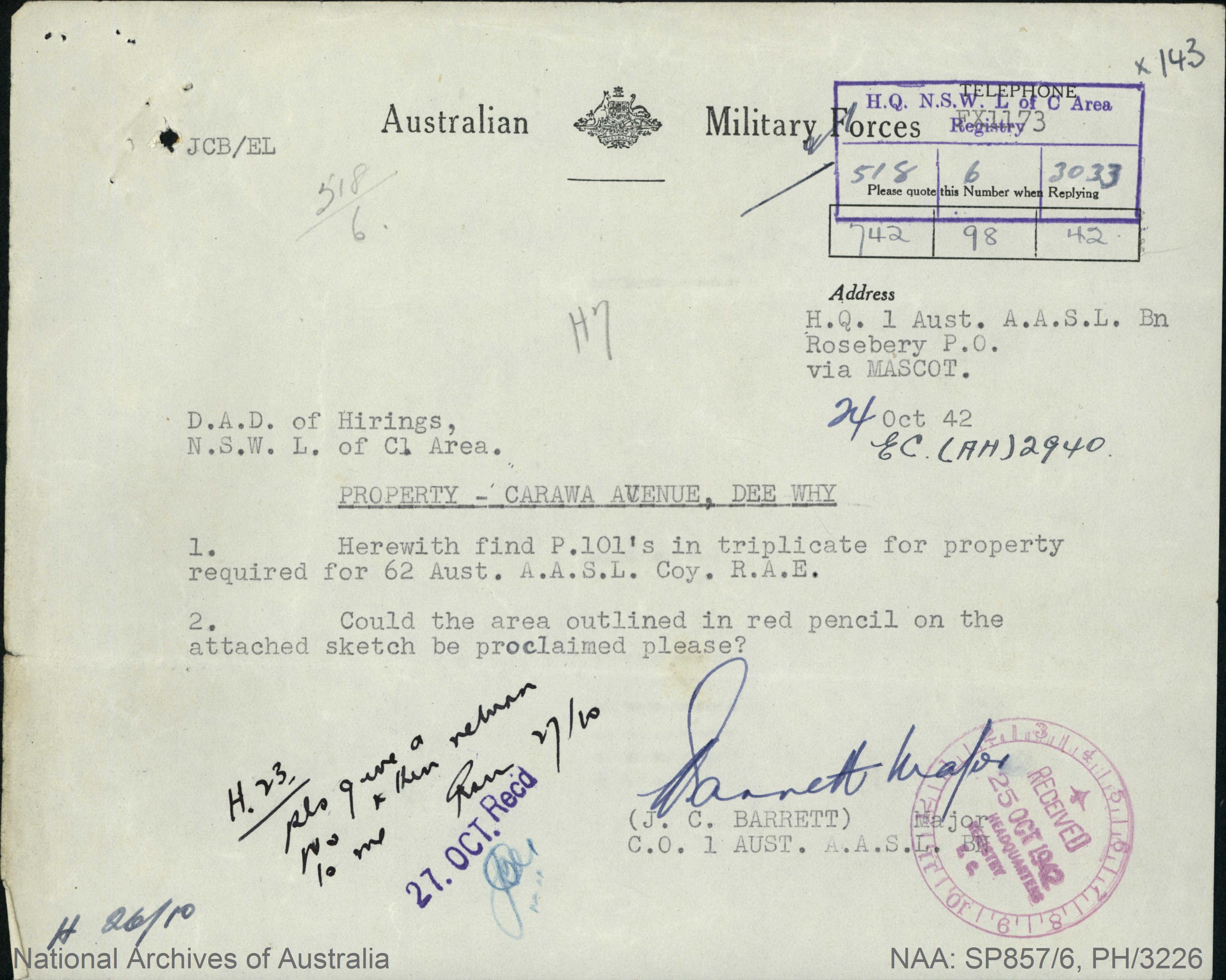
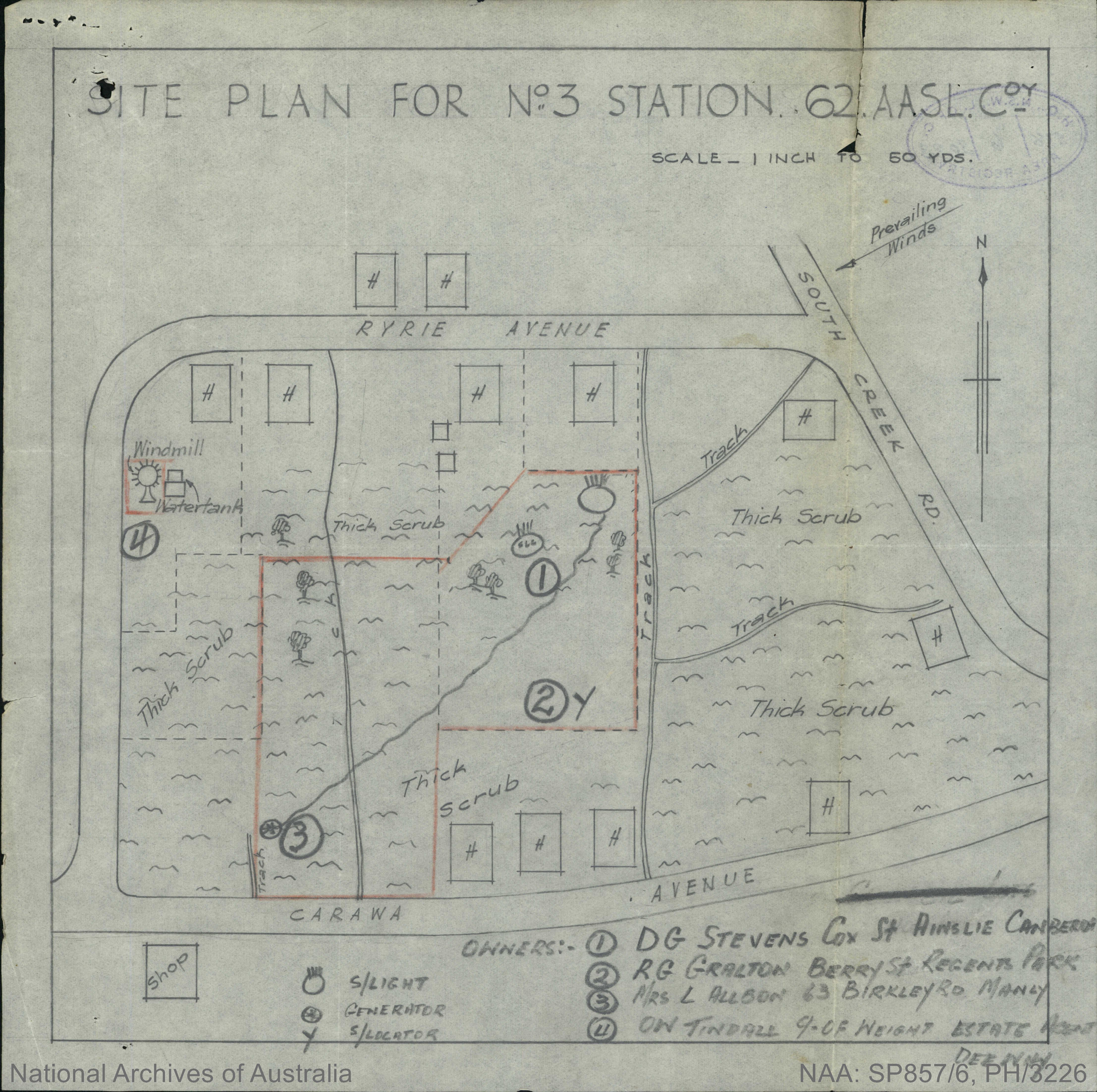
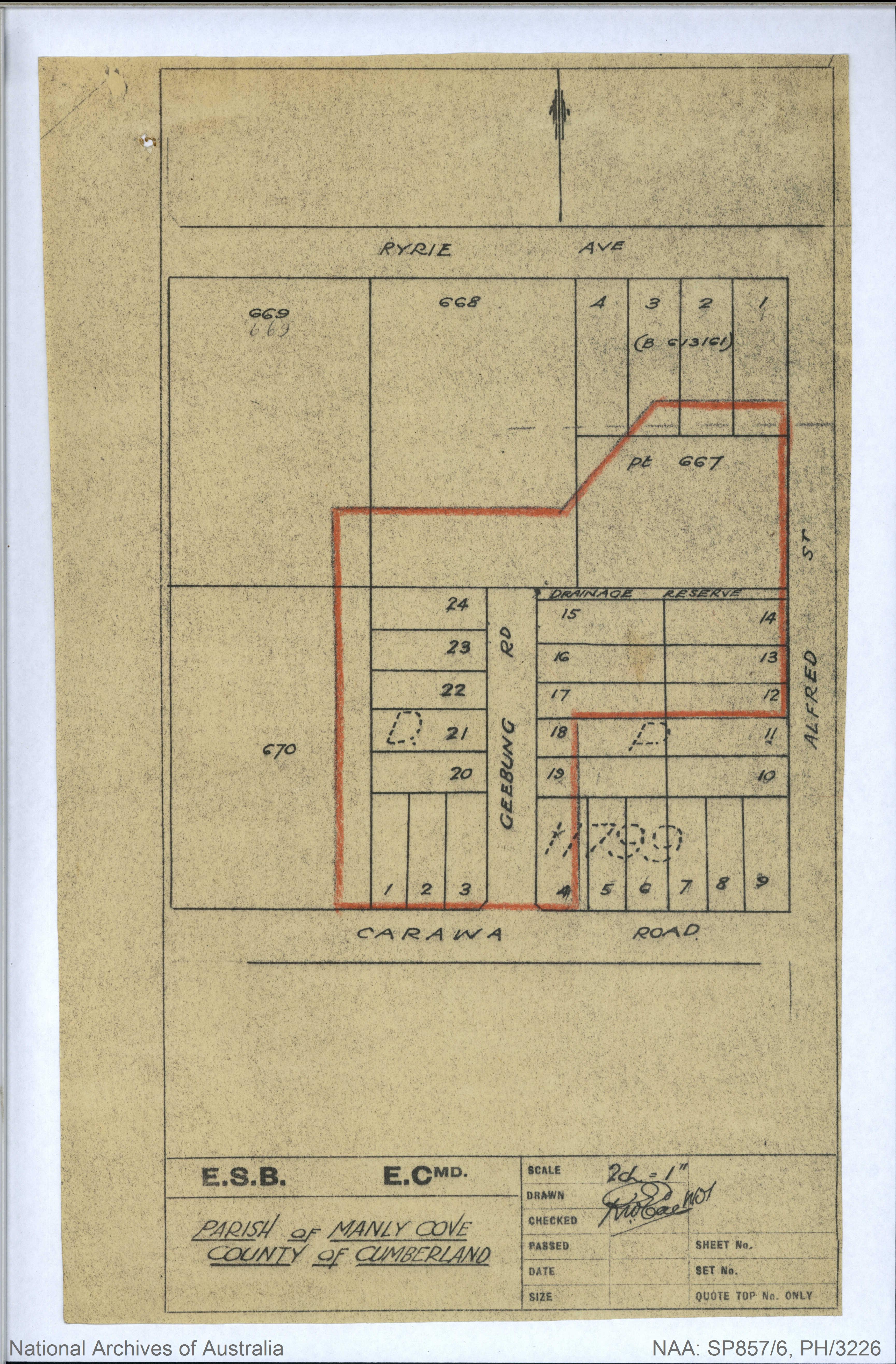
Another was installed at:
- [Hire of unoccupied land between Ian Avenue and Robertson Road Dee Why by the Australian Military Forces. Area required as an Anti Aircraft Search Light Post]
And just one insight into what became 24/7 vigils all around Sydney:
SEARCHLIGHTS ON AIRLINER
An Army spokesman at Victoria Barracks yesterday said that the reason why searchlights around Sydney paid such attention to a Dutch airliner, when it was approaching Mascot on Wednesday night, was that it flew over a fort and other prohibited areas.
The pilot of the airliner, Captain van Messel, who is commodore of K.N.I.L.M. (Netherlands Indies Air-ways), had complained that he had been blinded by the searchlights and that this was extremely dangerous.
"Inquiries reveal that Captain van Mescel's plane flew outside the permitted course, and over a certain coastal fort at a comparatively low altitude," said the military spokesman.
"It became the duty of the searchlight crews to watch the plane carefully.
"Subsequently, the plane, no doubt inconvenienced by the searchlights, flew in a circle over certain other prohibited areas, and was picked up and identified in succession by more distant searchlights.
"If the plane had travelled on its correct course it would have been 'spotted' only briefly for identification purposes long before the pilot wished to land.
"All pilots should co-operate by adhering strictly to the permitted course, thus avoiding the risk of being fired upon. This is a risk they take, especially at night, if they fly over prohibited areas."
The spokesman said that it was the paramount duty of the anti-aircraft defences to protect the population and vital war industries of Sydney and also the coastal batteries.
The inconvenience and danger of which Captain van Messel had complained, were regretted, but it was difficult to see how they could be avoided if a pilot did not obey the regulations.
INQUIRY ORDERED
MELBOURNE, Thursday.-The Minister for the Army. Mr. Forde, has ordered an investigation into the complaints by Captain van Messel. SEARCHLIGHTS ON AIRLINER (1941, October 24). The Sydney Morning Herald (NSW : 1842 - 1954), p. 11. Retrieved from http://nla.gov.au/nla.news-article17770533
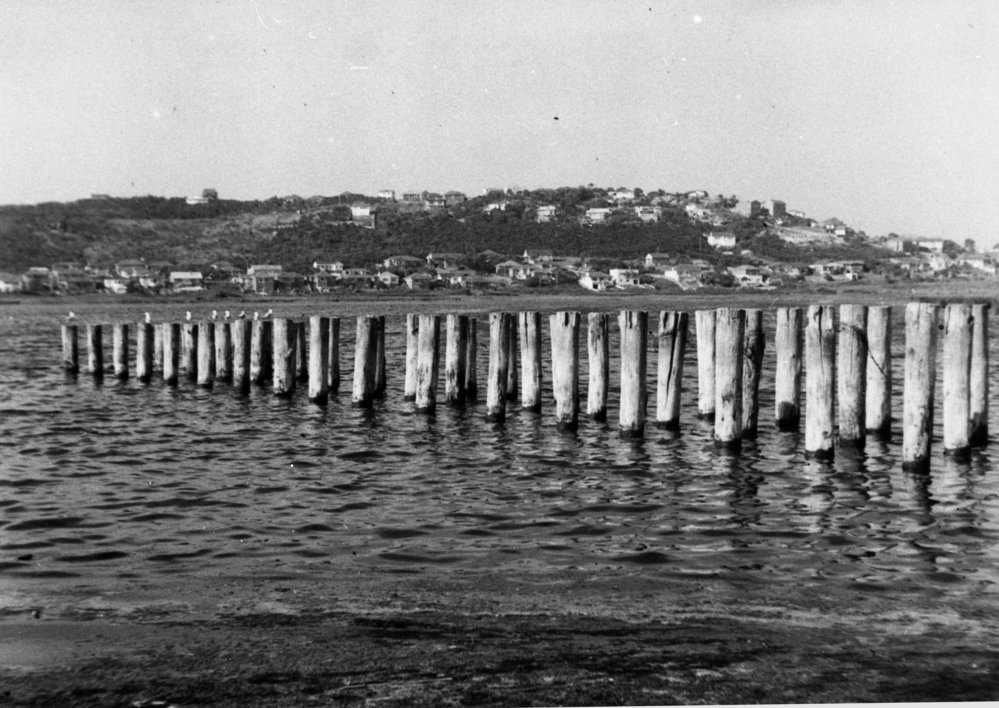
Dee Why Lagoon looking north towards Collaroy Plateau and Long Reef showing tank obstacles circa 1949-50. Photo: WSC/ now called Northern Beaches Council History Unit
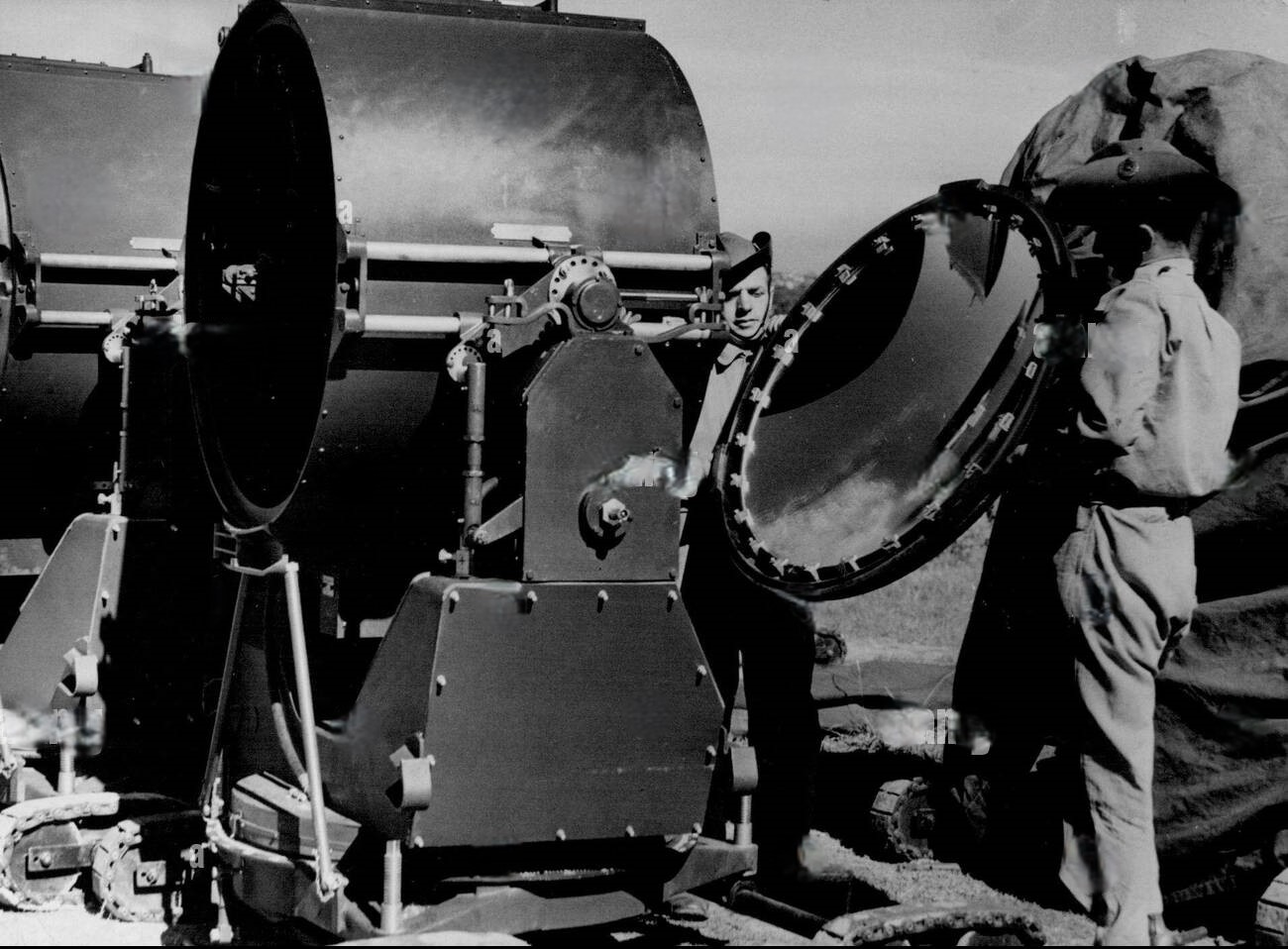
''These are the searchlights whose beams nightly stab the sky from stations all over Sydney in search of "enemy raiders." Militiamen of the 52nd anti-air-craft battery clean their lights in preparation for fresh entertainment for Sydney's million.'' - April 23, 1940.
This set of searchlights weren't the only ones installed towards the Manly end of the peninsula. National Archives of Australia also lists:
Hire of playing field in Keirle Park, Pittwater Road Queenscliff by the Australian Military Forces. Property required as an Anti Aircraft Search Light Post – 1943
And to accommodate those at these posts:
- Brookvale: Hire of property 'Tara' Pittwater Road Brookvale by the Australian Military Forces. Property owned by Mrs T A Grew and required to accommodate 62 Anti Aircraft Search Light Station personnel; 1942 - 1943.
- And: Hire of house of Pitt Road Brookvale by the Australian Military Forces. Property owned by Miss Alice Beveridge and required to accommodate 62 Anti Aircraft Search Light Station personnel.
- Hire of property in Pavillion Street Harbord by the Australian Military Forces. Property owned by Mr AJ Costin and required as troop accommodation and a storage area 1942-1943 and
- Hire of vacant land at lots 1-6 Ocean View Road Harbord by the Australian Military Forces. Property owned by the estate of the late Helena Elizabeth Howes and required as a defence works area and
- Occupation of Brookvale park and claim by Warringah Shire and Manly Agricultural and Horticultural society 1940-1943 (used until Dec. 17 1943 for ammunition dump and offices), and
- Brookvale Brickyard: Occupation by the Australian Military Forces of Brookvale Brickyard the property of Brookworks Limited; required by US Navy for ammunition storage. Includes claim for compensation and copies of maps: 1943-1946
These searchlight stations were throughout the Sydney basin - for example, the archives tell us a similarly named; ''Freshwater Park, at Strathfield -Hire of by the Australian Military Forces. Property required as an Anti Aircraft Searchlight Station' 1942 to 1945''.
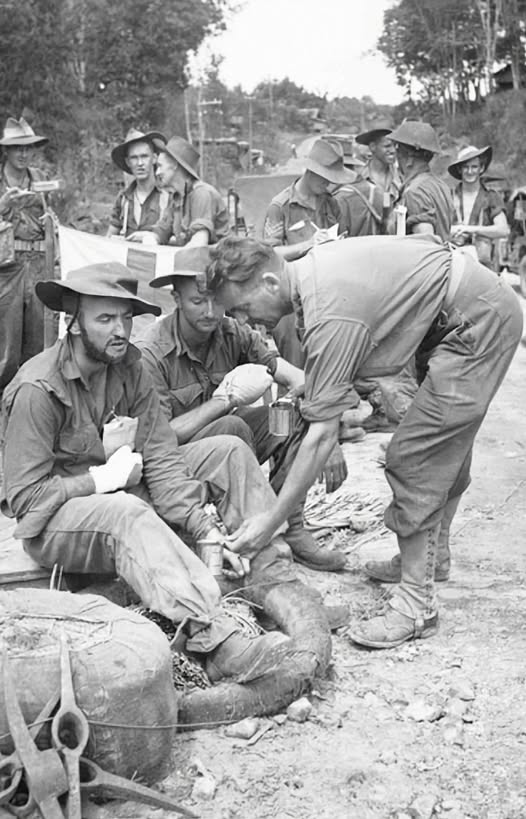
Balikpapan, Borneo, 7 July 1945. Captain A.R. Hall, Salvation Army Representative, serving Tea to wounded members of 2/33 Infantry Battalion at the Salvation Army Roadside Stall on Milford Highway. Identified Personnel Are: Private S Oldfield, B Company (1); Private E J Hobbs, Headquarters Company.
The Salvation Army Red Shield Defence Services (RSDS) has been serving Australia’s Defence Forces for more than 100 years. During WWII, Red Shield Officers, better known as “Sallymen”, established the now-famous "Hop In" centres at war zones from Tobruk to the Kokoda track, providing on-the-spot comforts and a home away from home for soldiers. The centres ranged from large marquees in major staging areas to hastily erected flies – all displaying the familiar “Hop In You’re Welcome” signs. Original description and photo sourced from the Australian War Memorial Collection/C198103
Long Reef
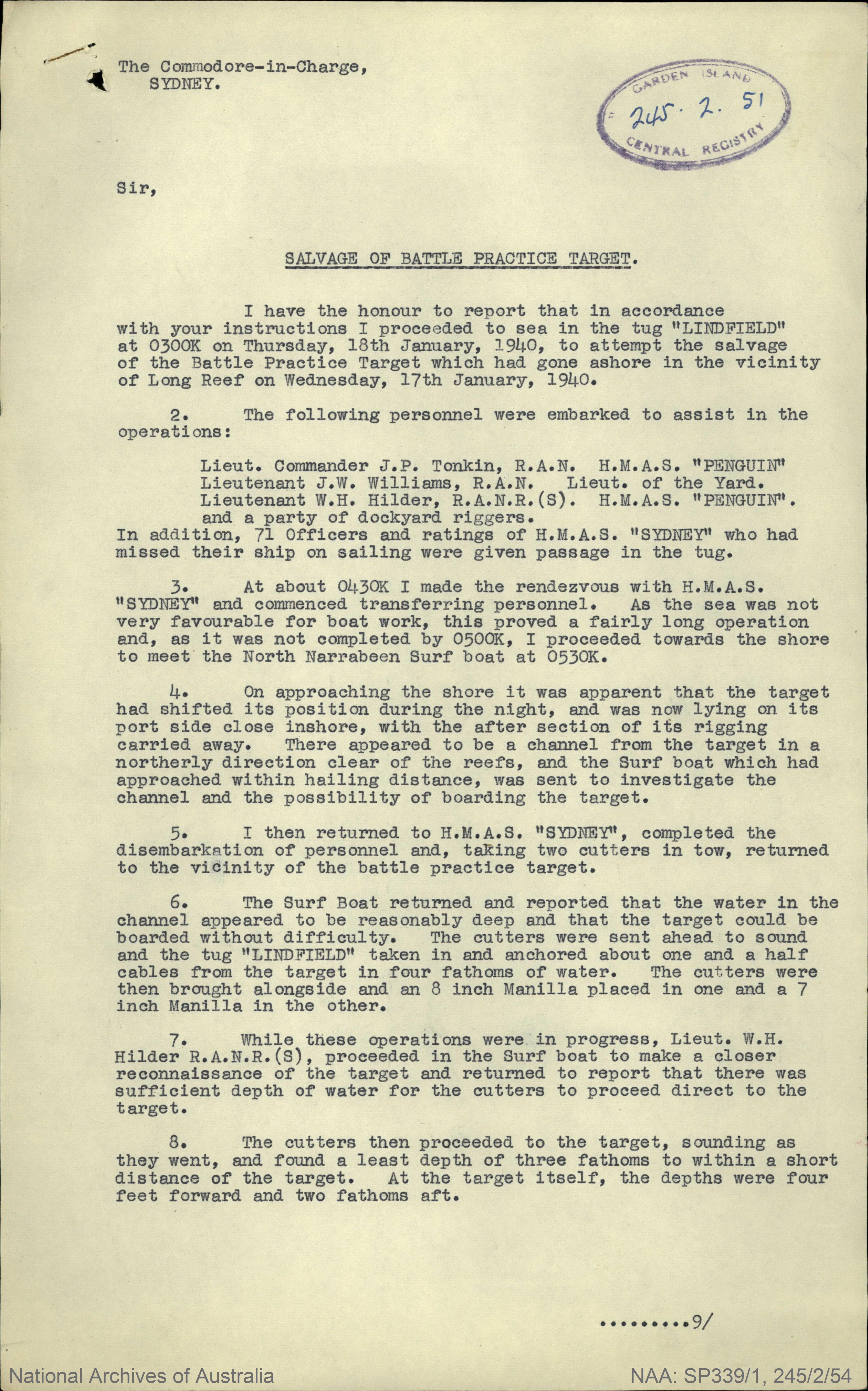
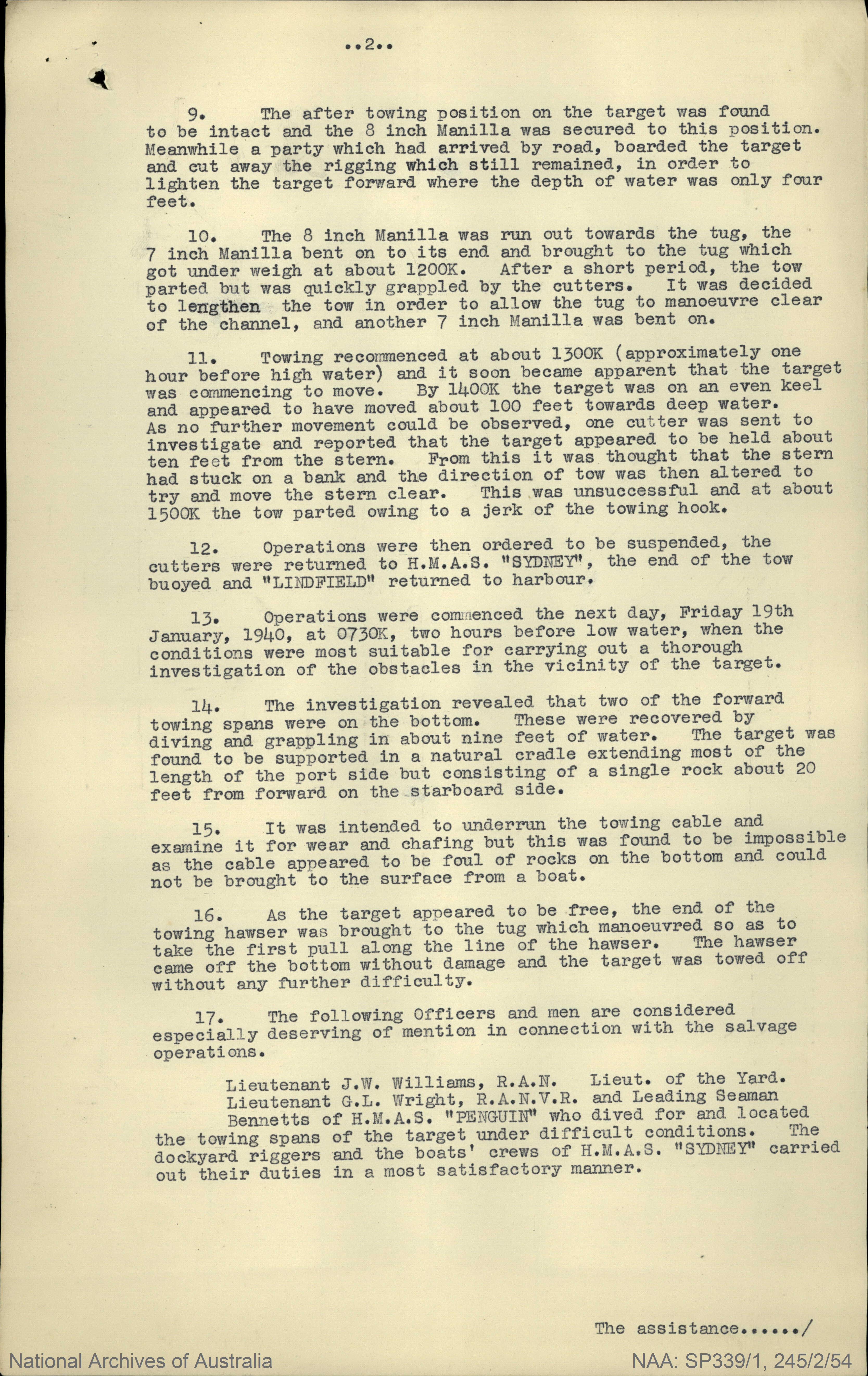
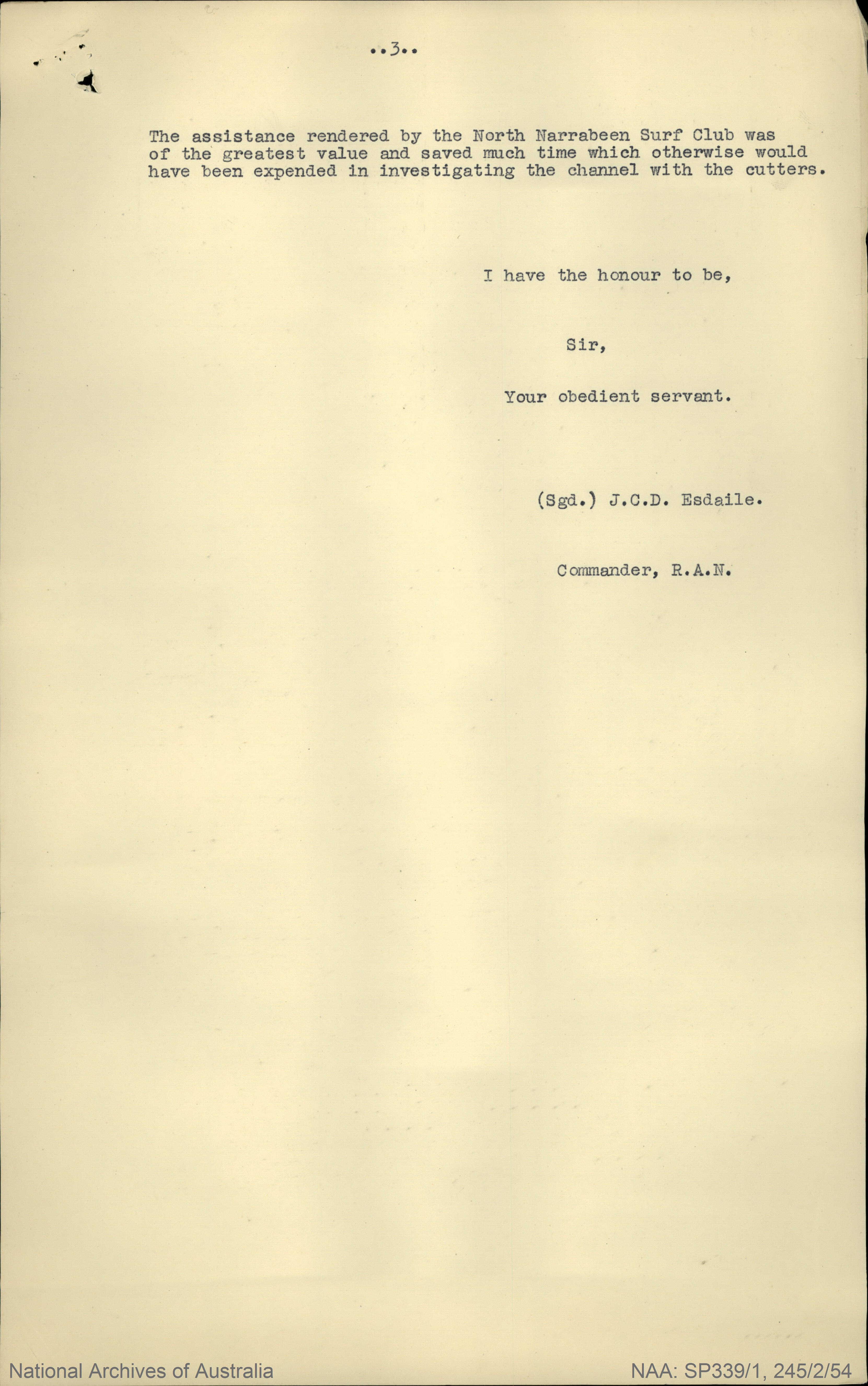
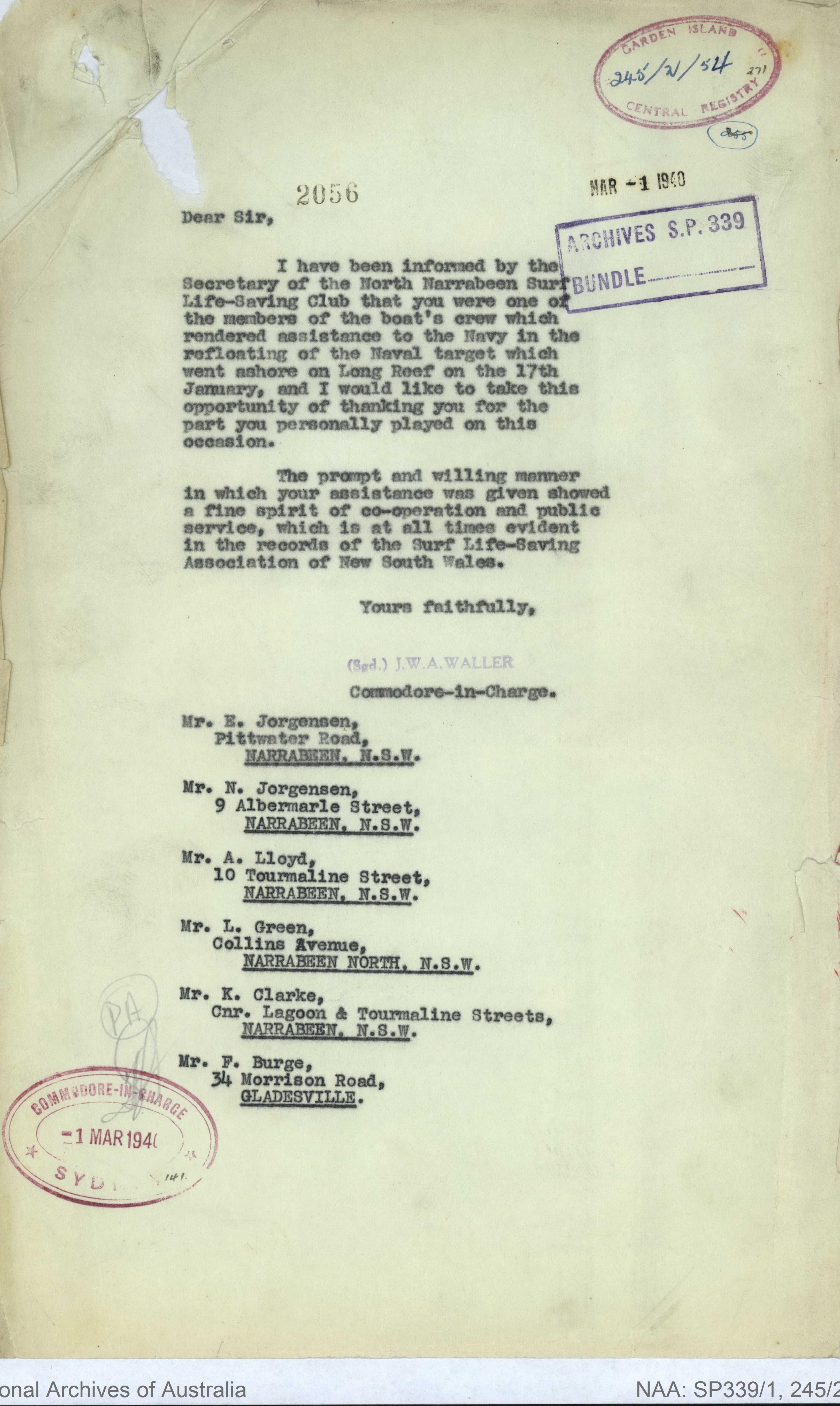
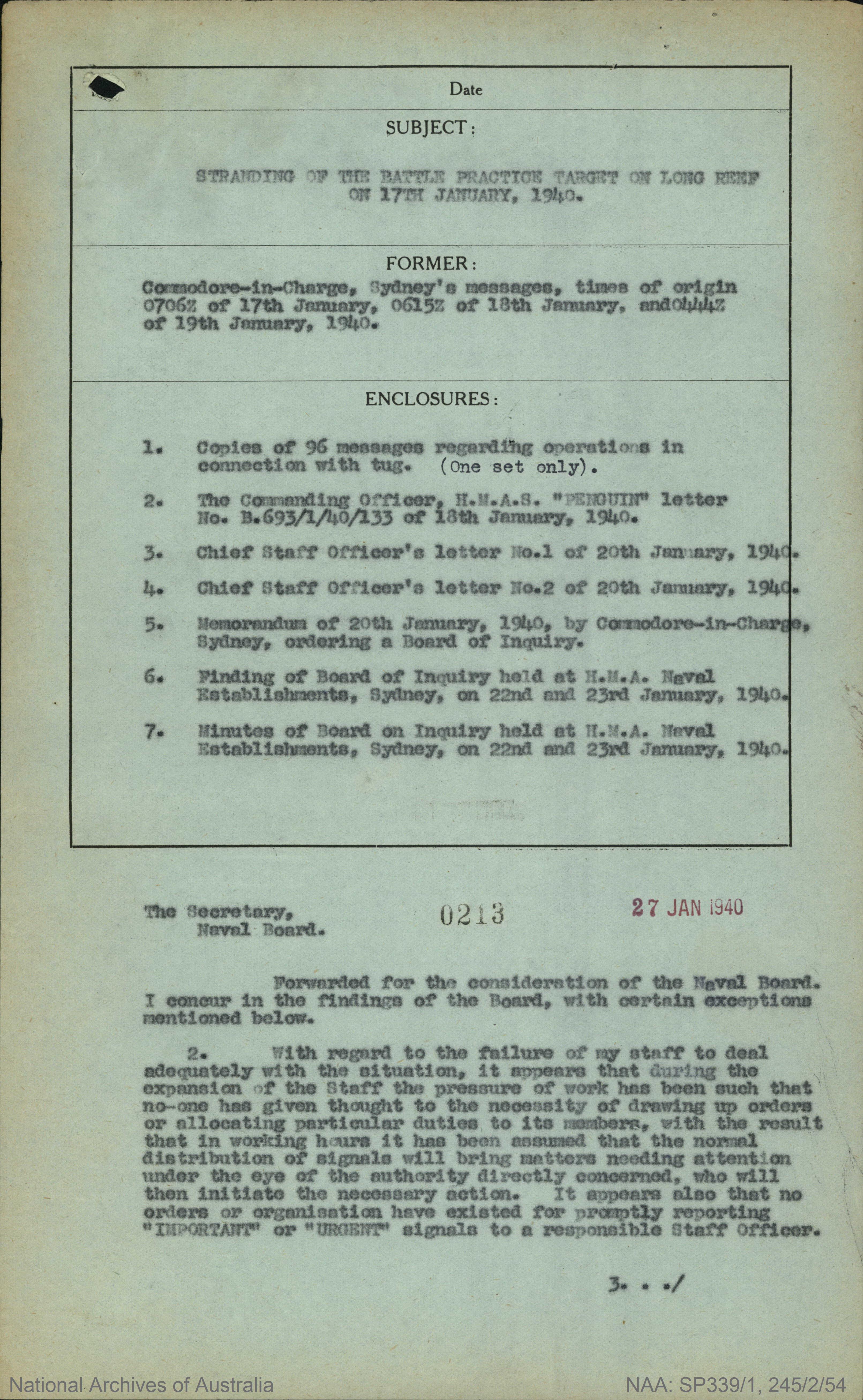
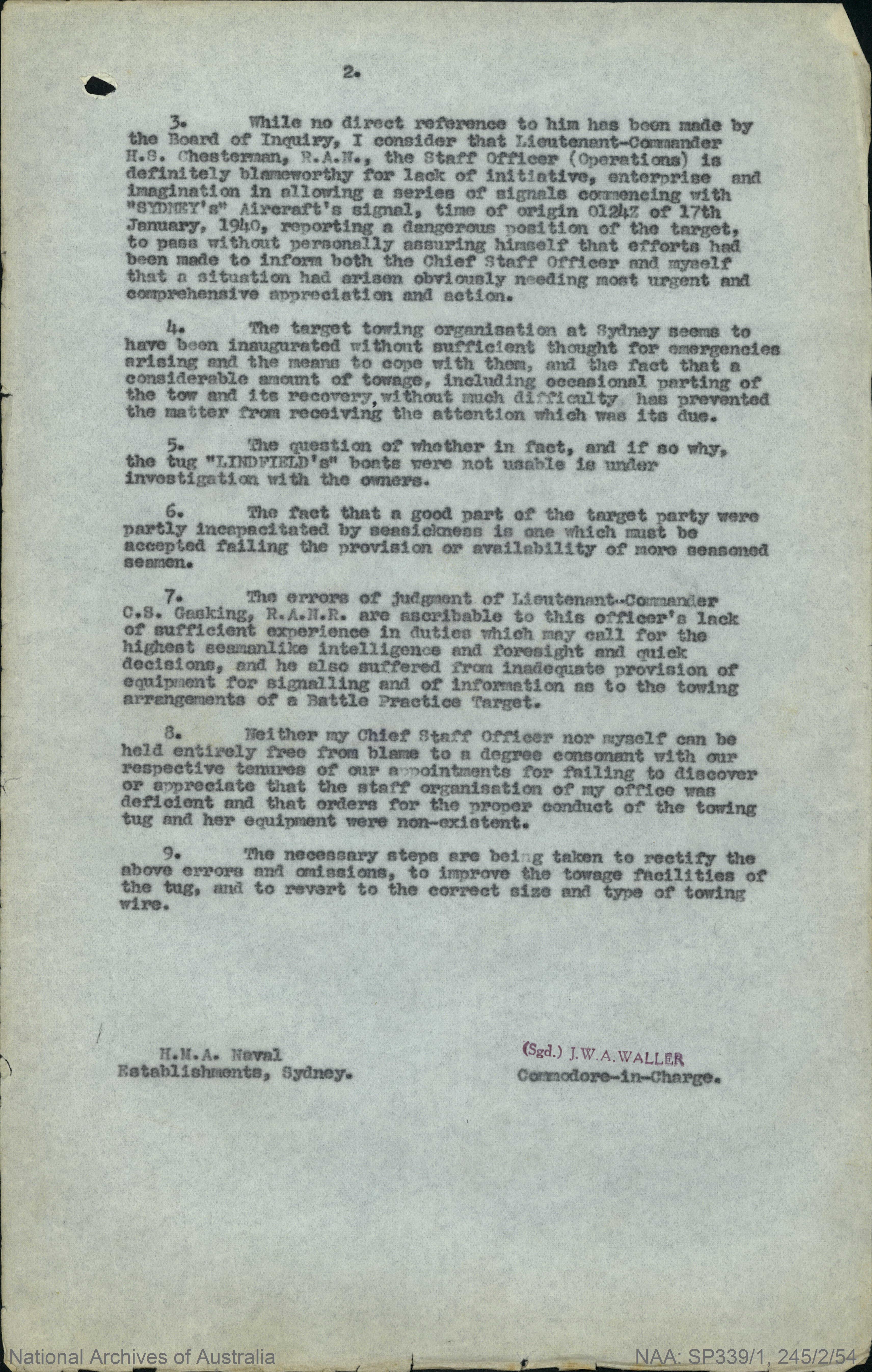
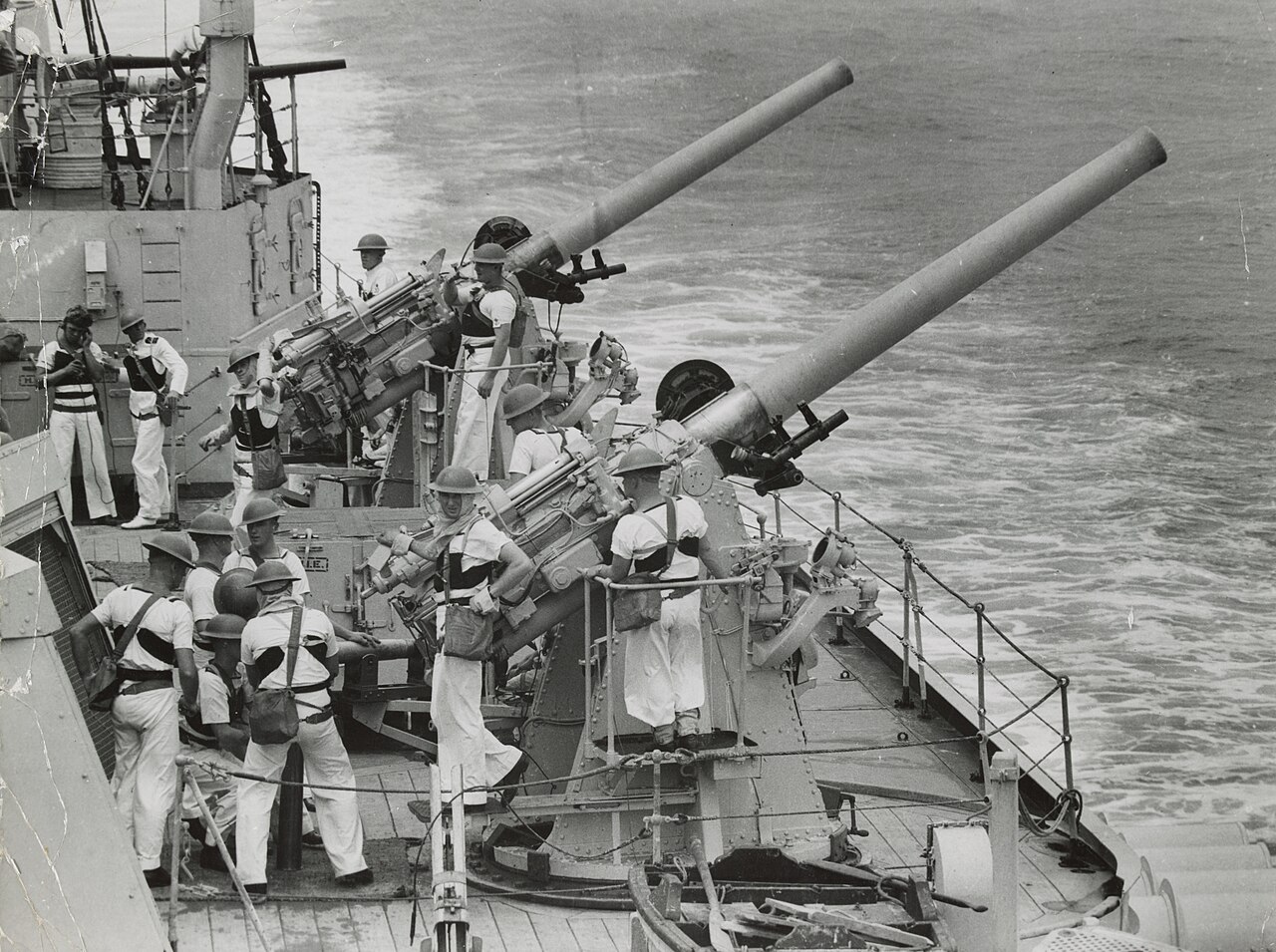
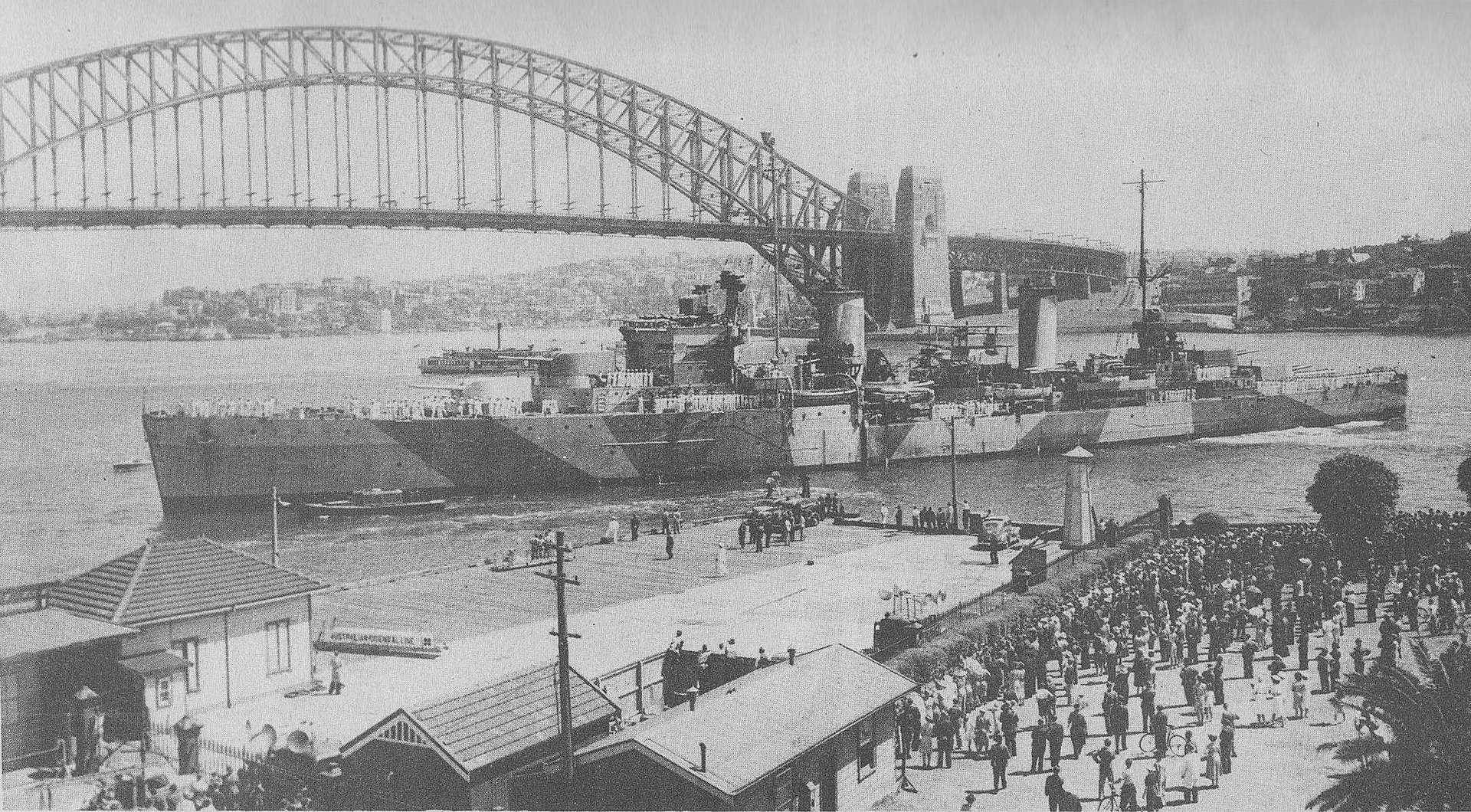
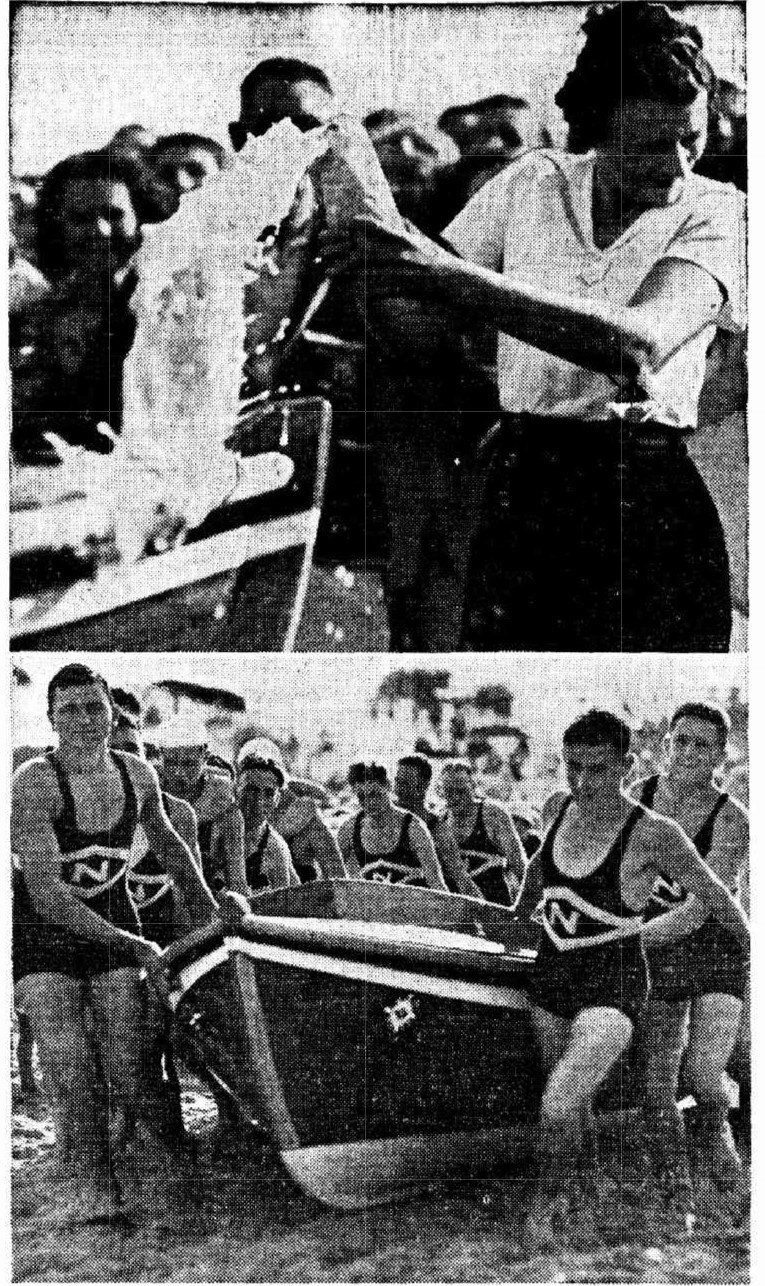

The National Archives of Australia file on this matter is extensive, and can be accessed online as it is digitised. A few pages of the extent of use, list of damage and final matters resolved by January 1946, and Mr. Apperly's drawings of his plan are:
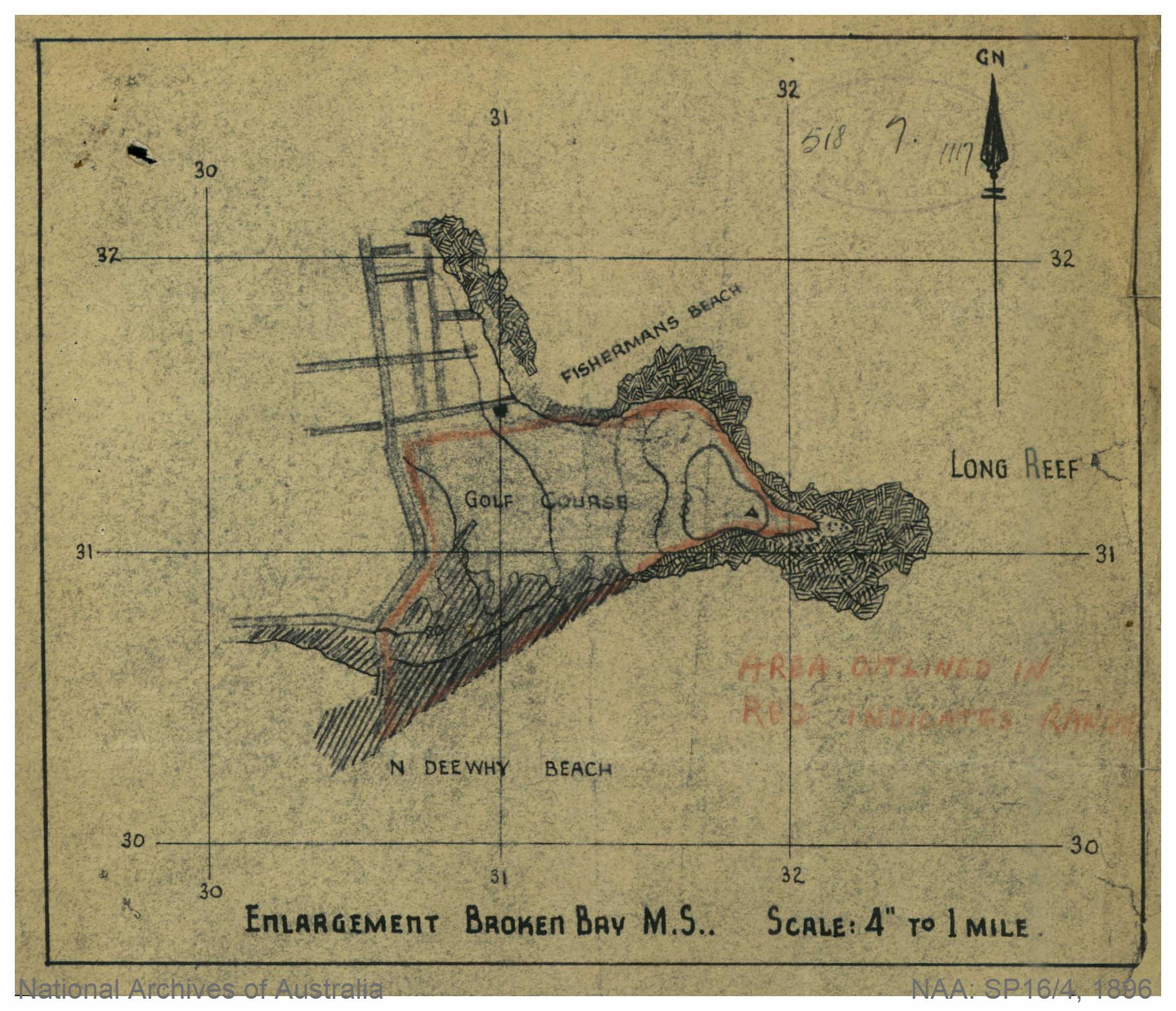
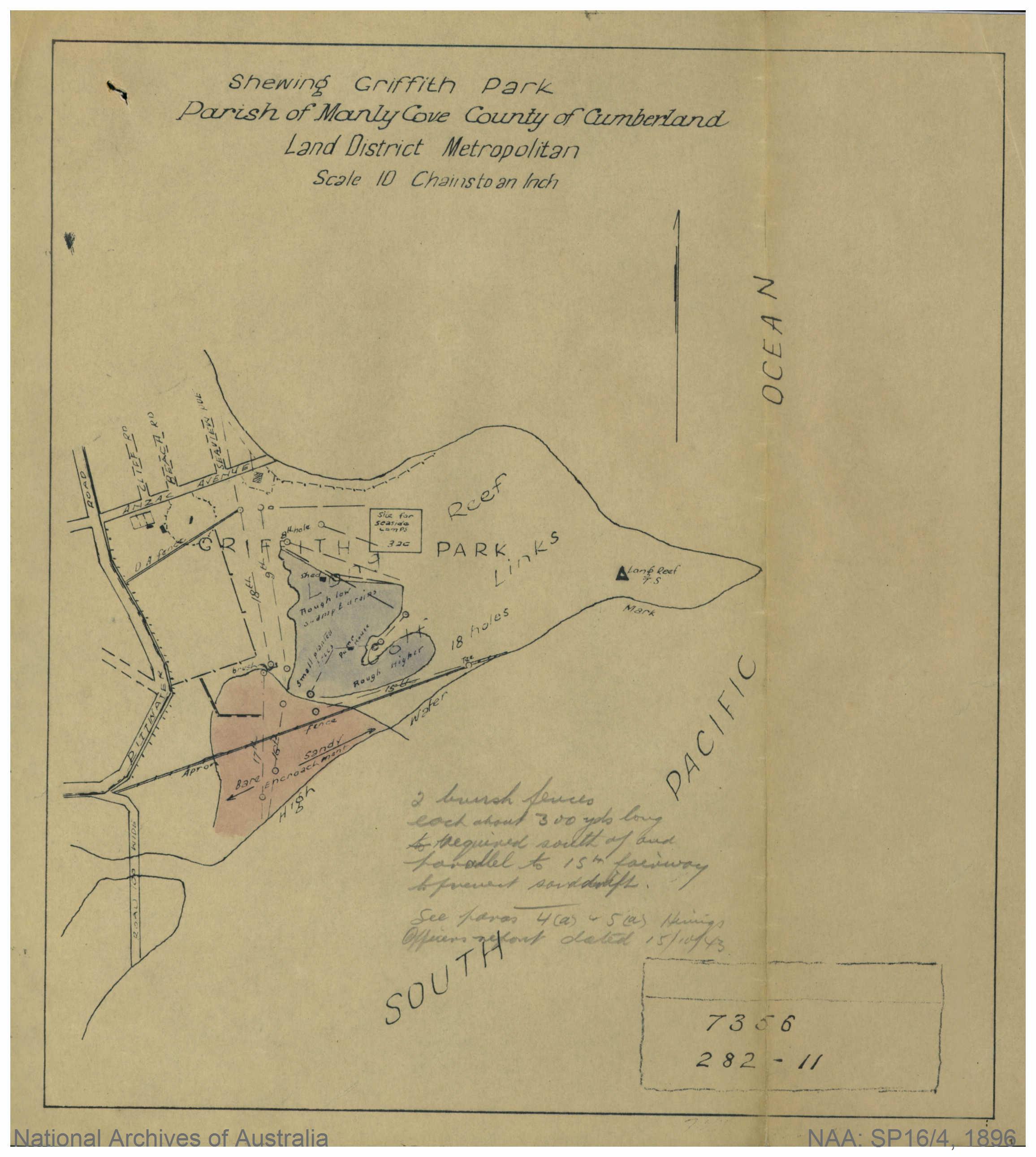
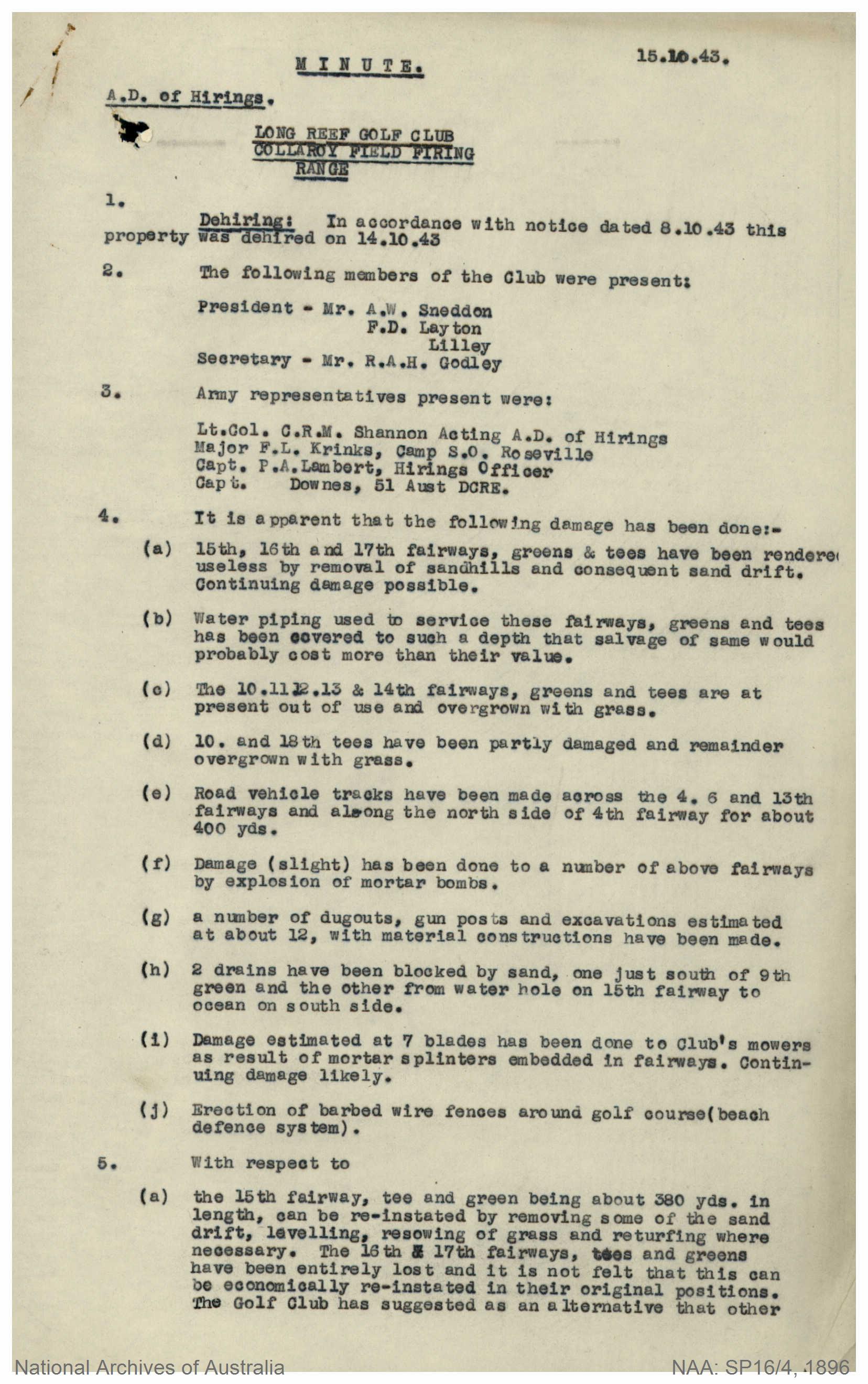
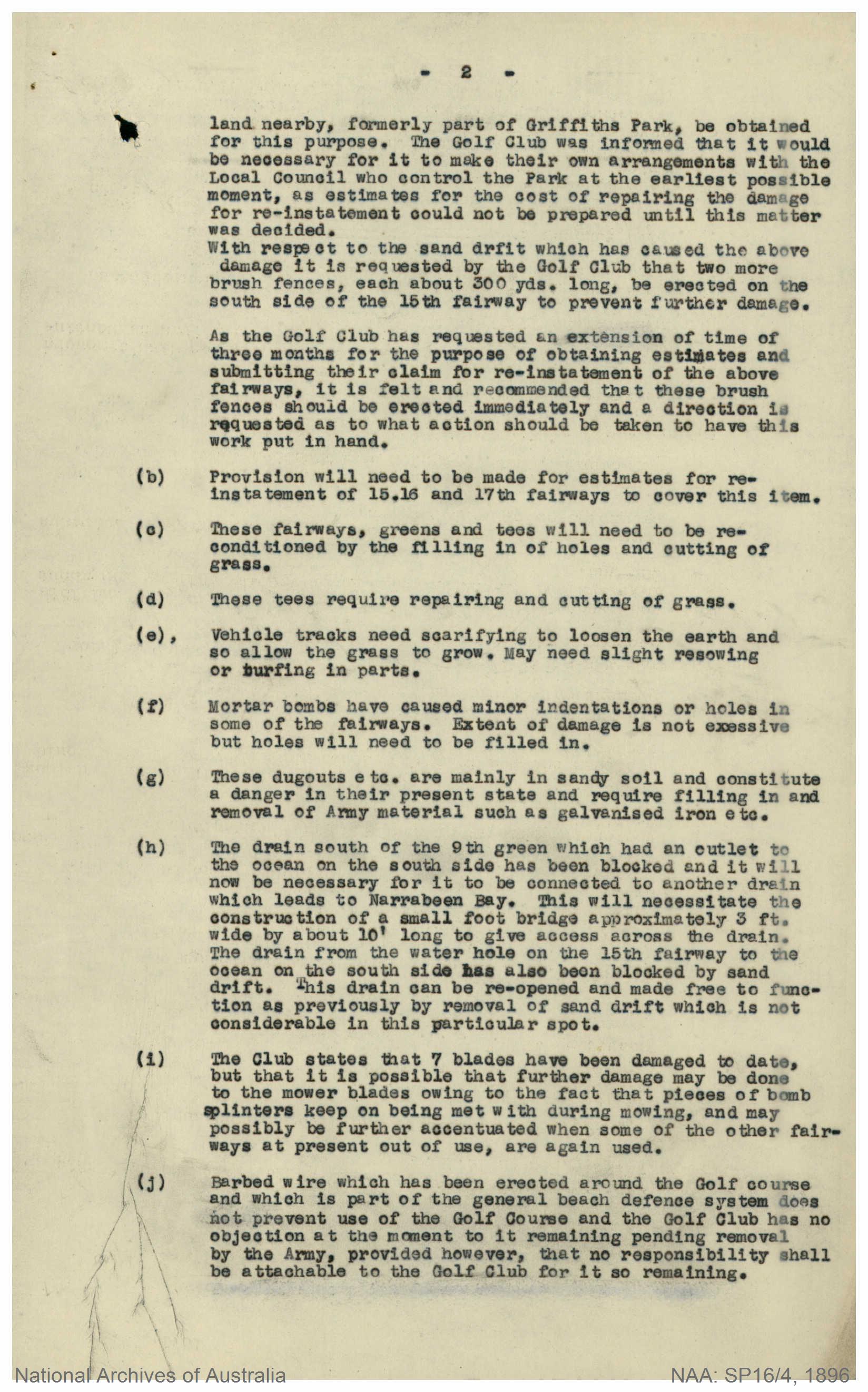
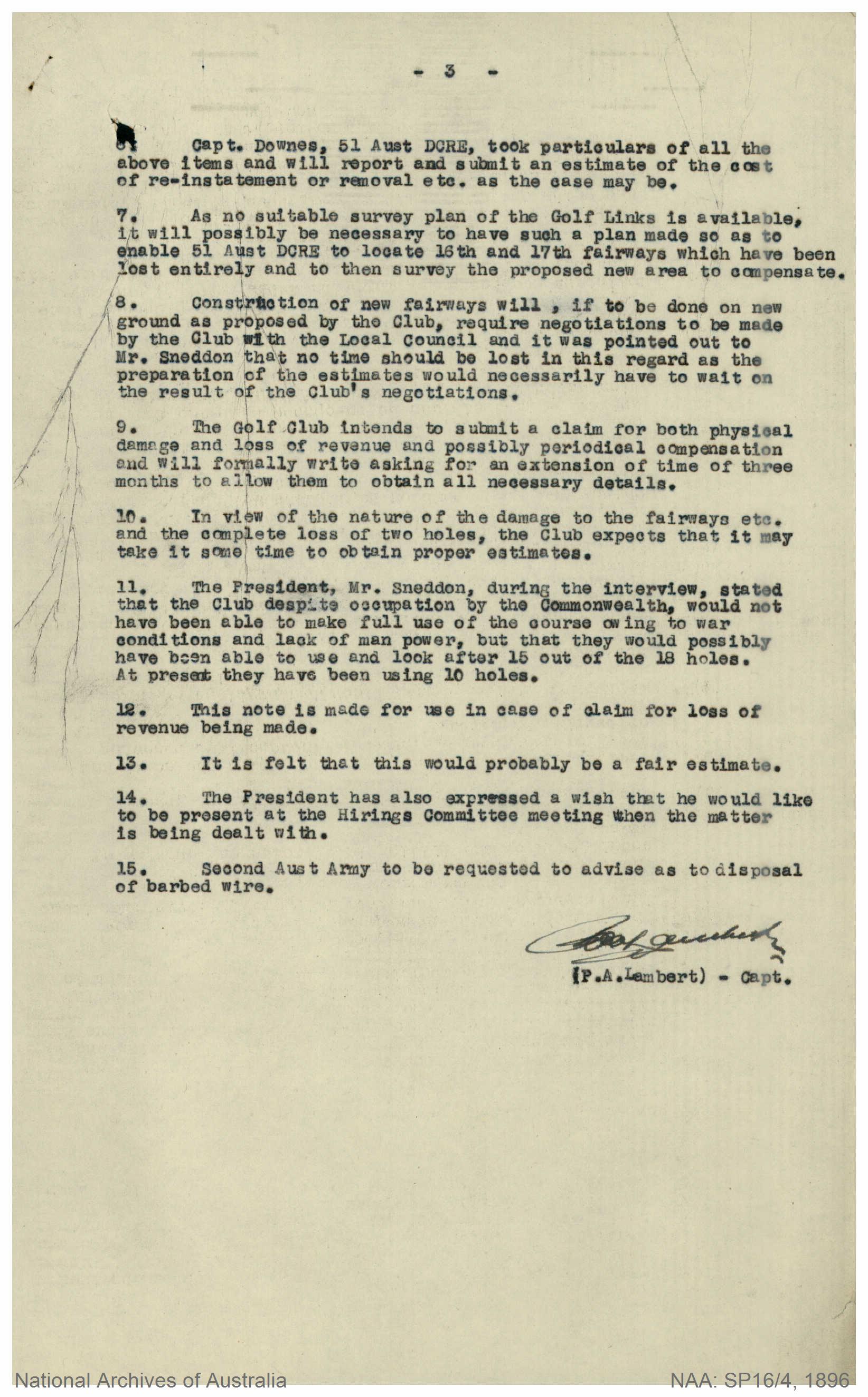
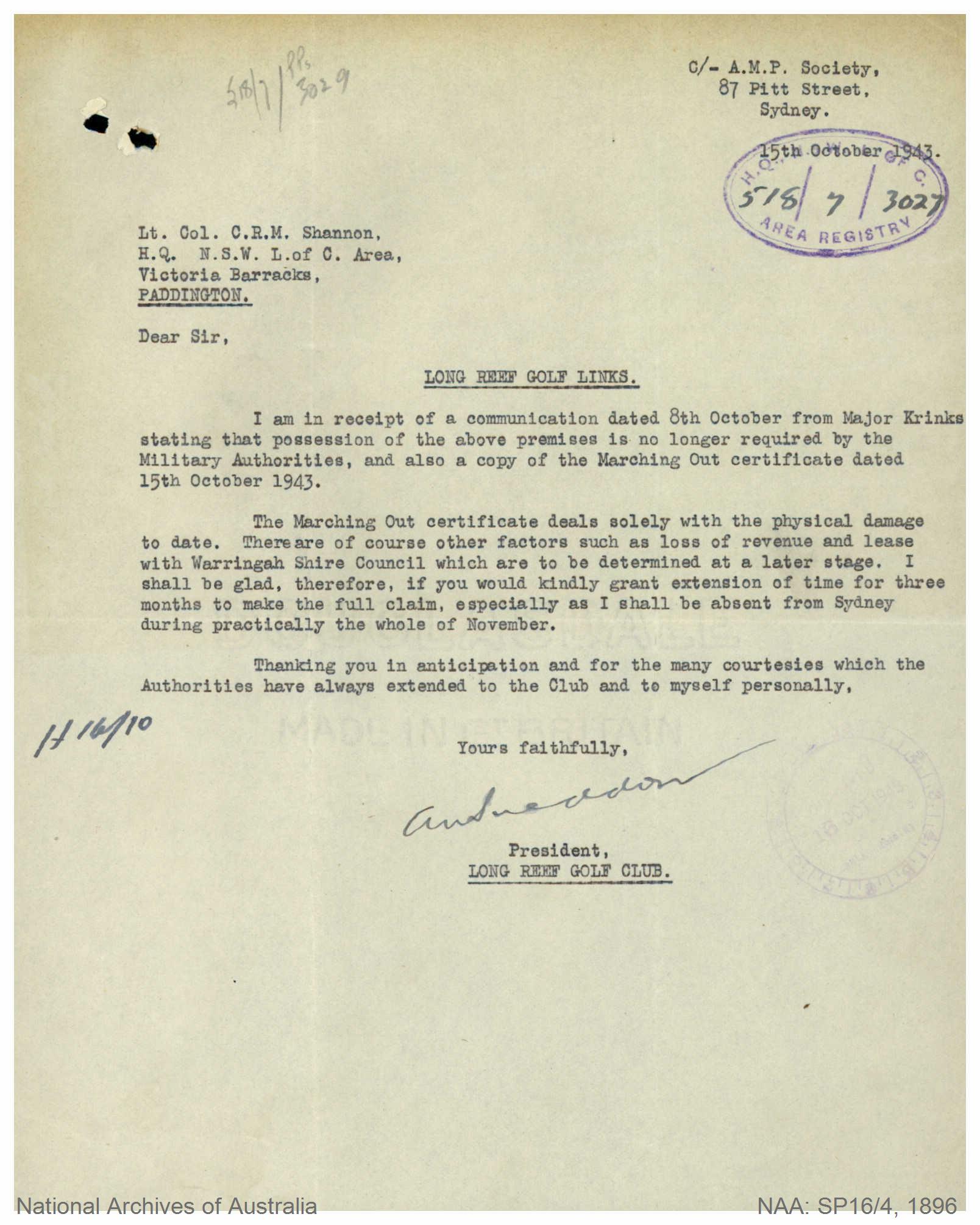

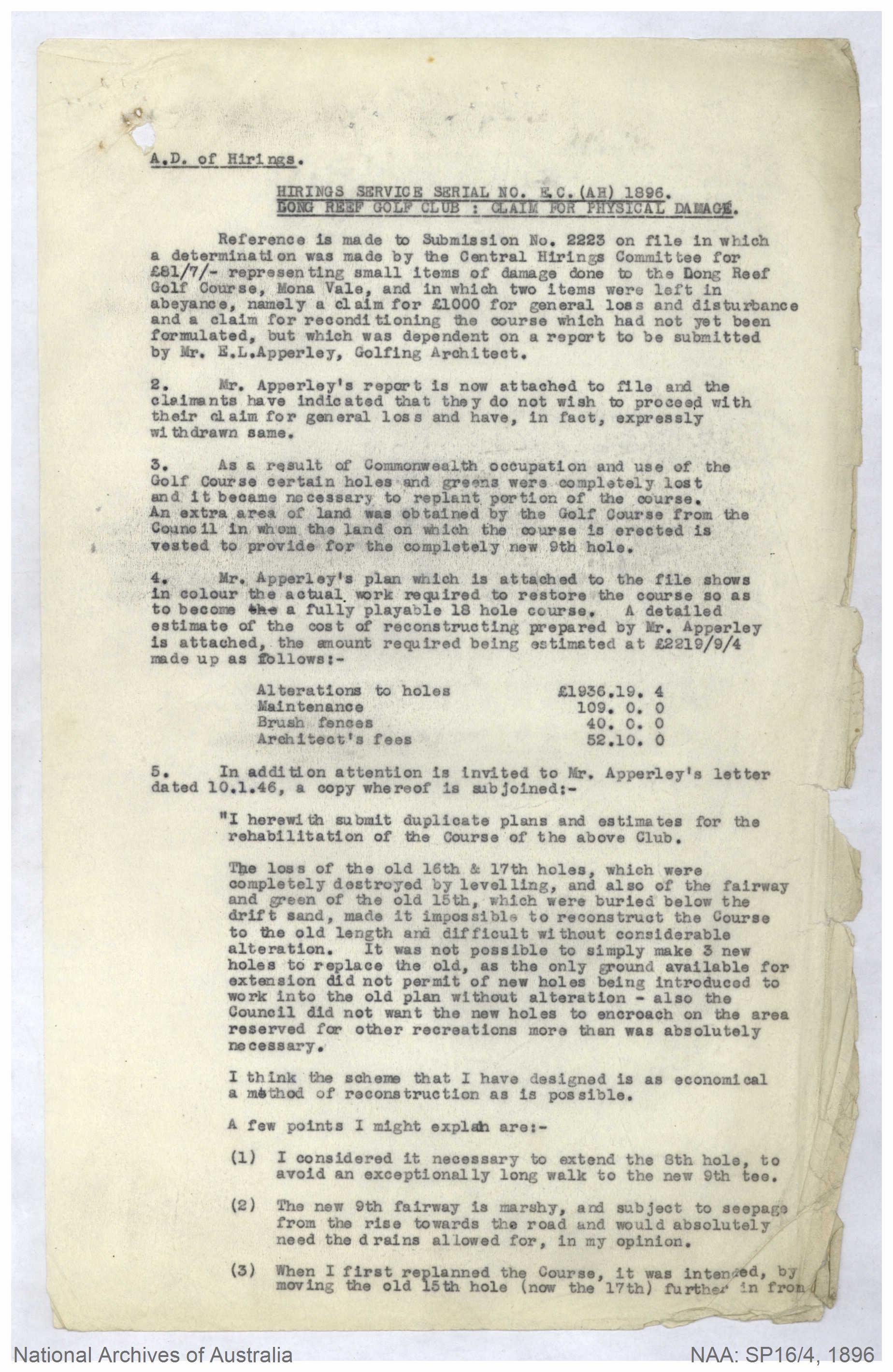
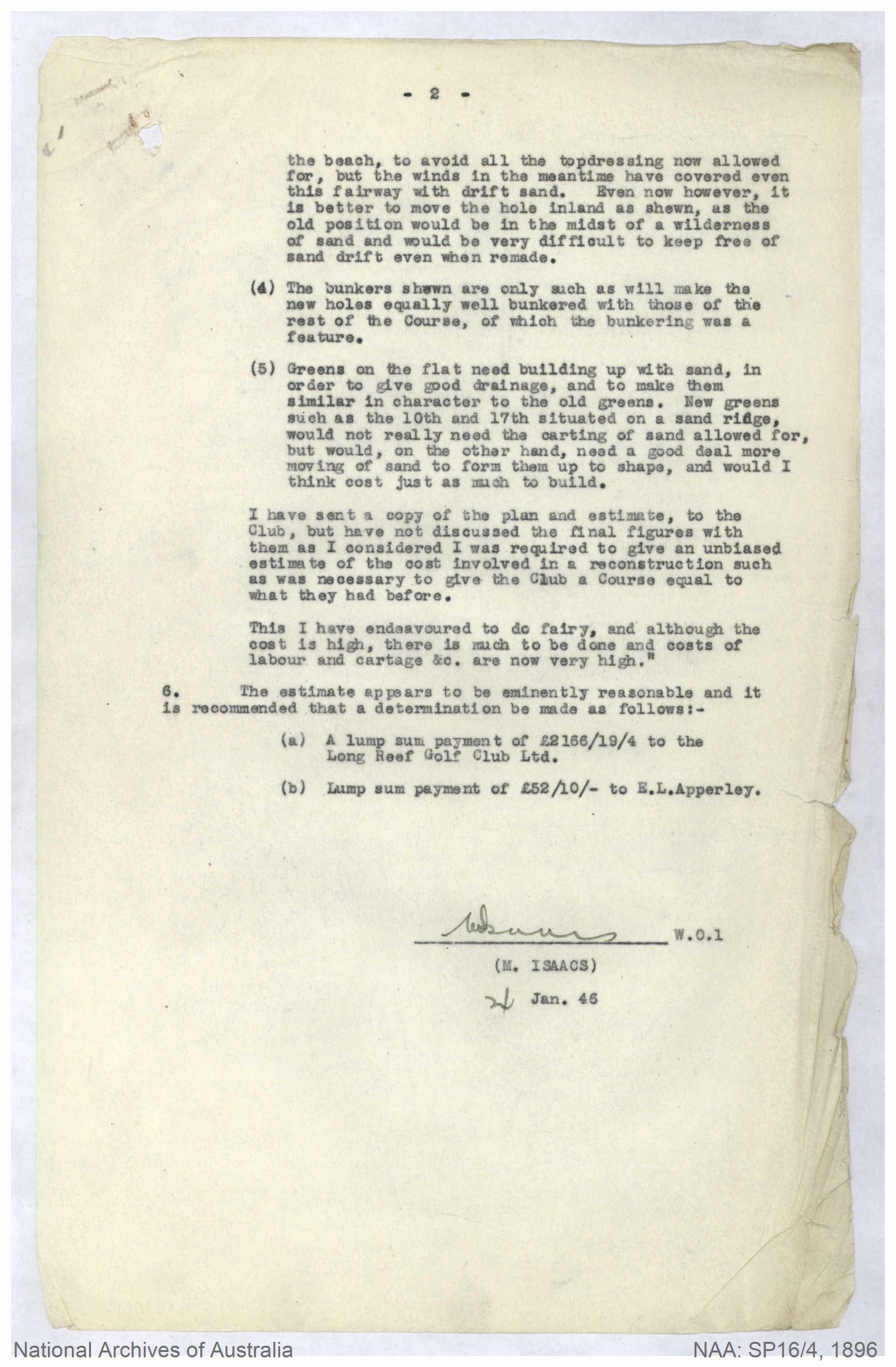
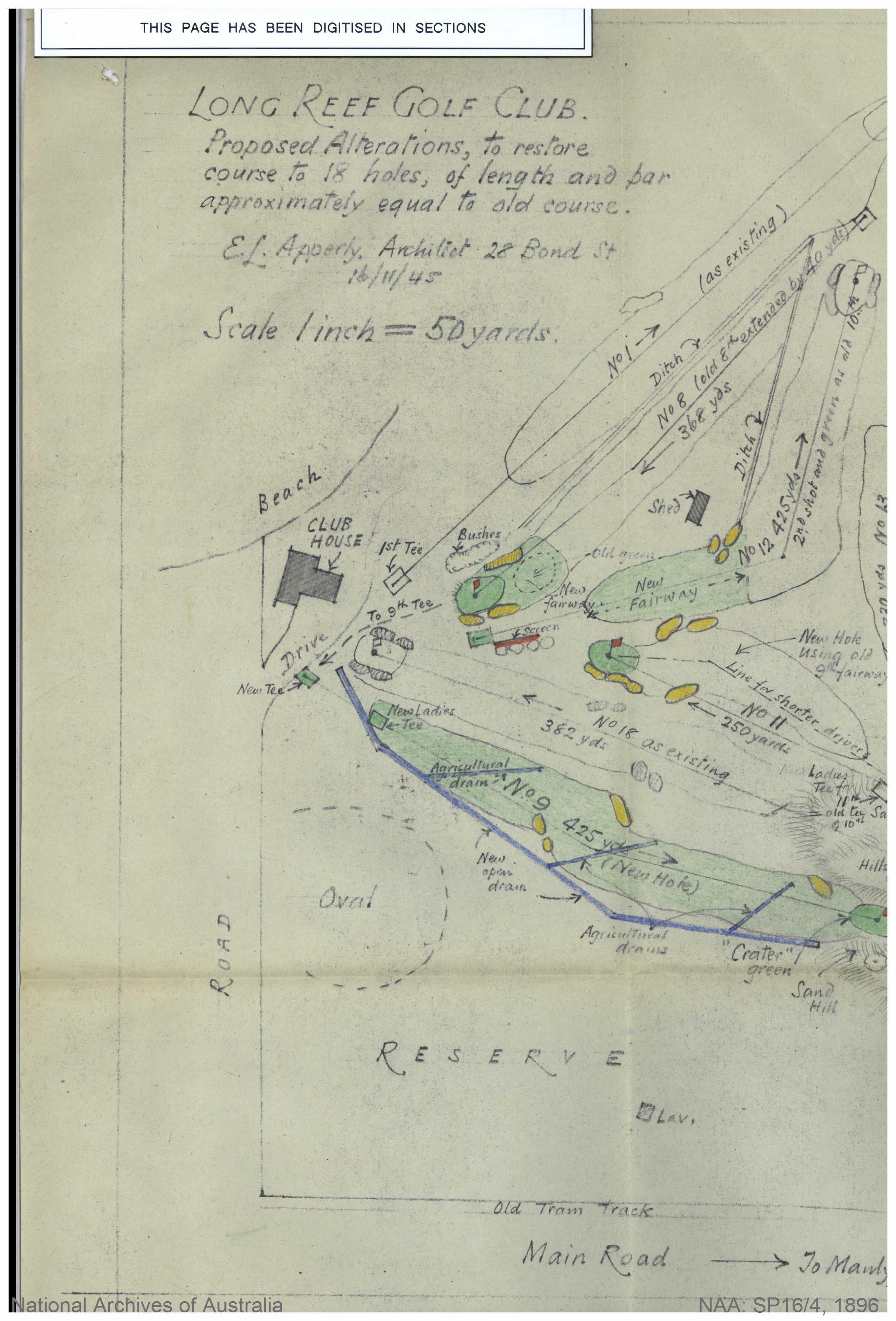
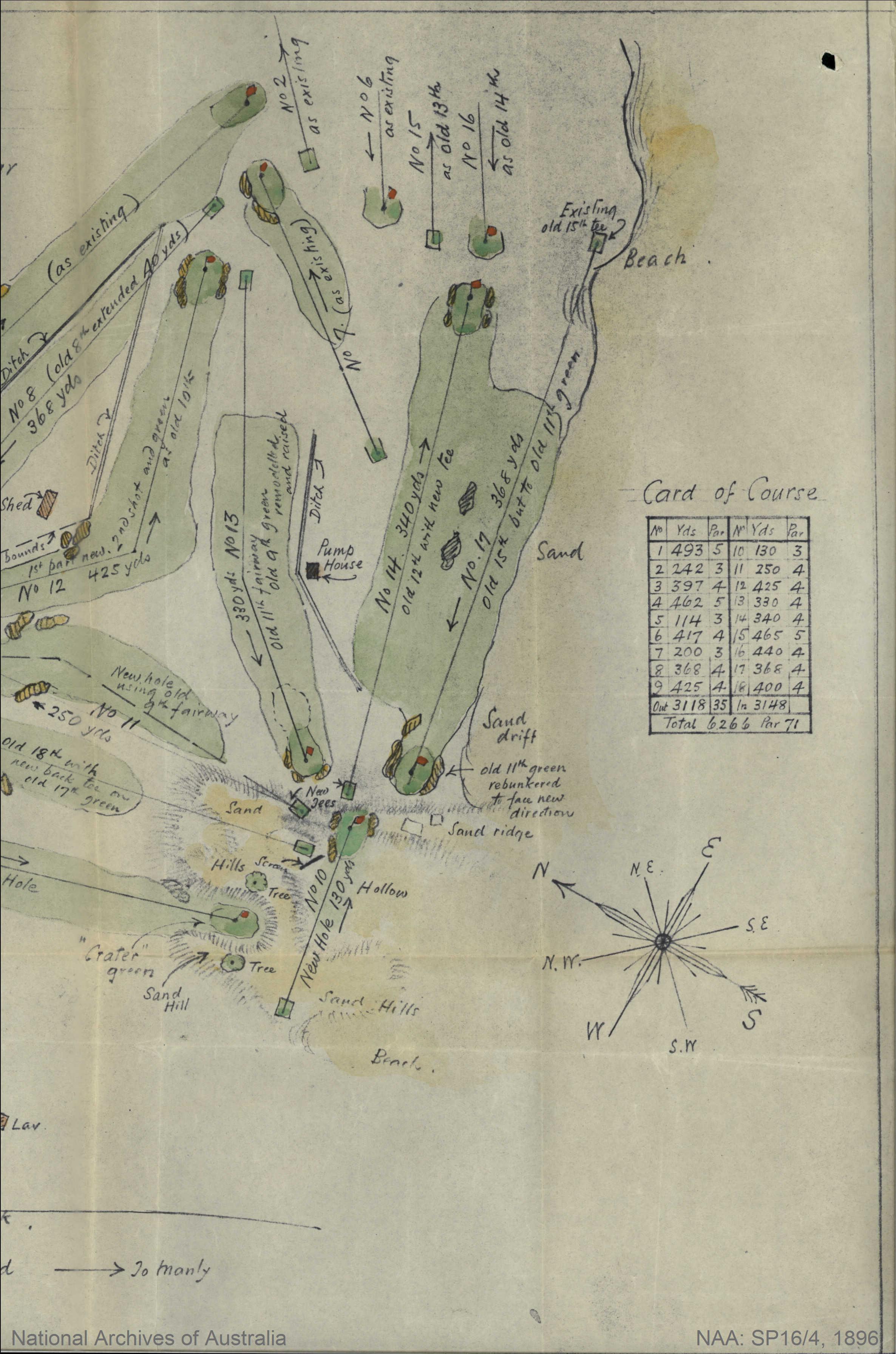
Collaroy to North Narrabeen
Alike the stretch from Dee Why to Brookvale and Manly, and that from Palm Beach to Mona Vale, many of the places that had an elevated situation or access via a wide, well-built road to the oceanfront, were hired or acquired for use during the initial years of this conflict. Careel House on the north end Bangalley Headland is one example - with its outlook over Whale Beach and to the horizon, this was a perfect place to station a lookout post for the by 18 Australian Infantry Battalion.
In the Collaroy to North Narrabeen stretch cottages in Alleyne Avenue were seconded as accommodation places for the garrison, possibly due to their access to the ocean, but there were also a range of lookout posts, radar stations and mobile and dummy radar stations along with anti-tank regiments and posts established; there was even a garage commandeered for use as a cookhouse and kitchen to service the people who were on shift. Those that could not be accommodated in the cottages hired were installed in tents.
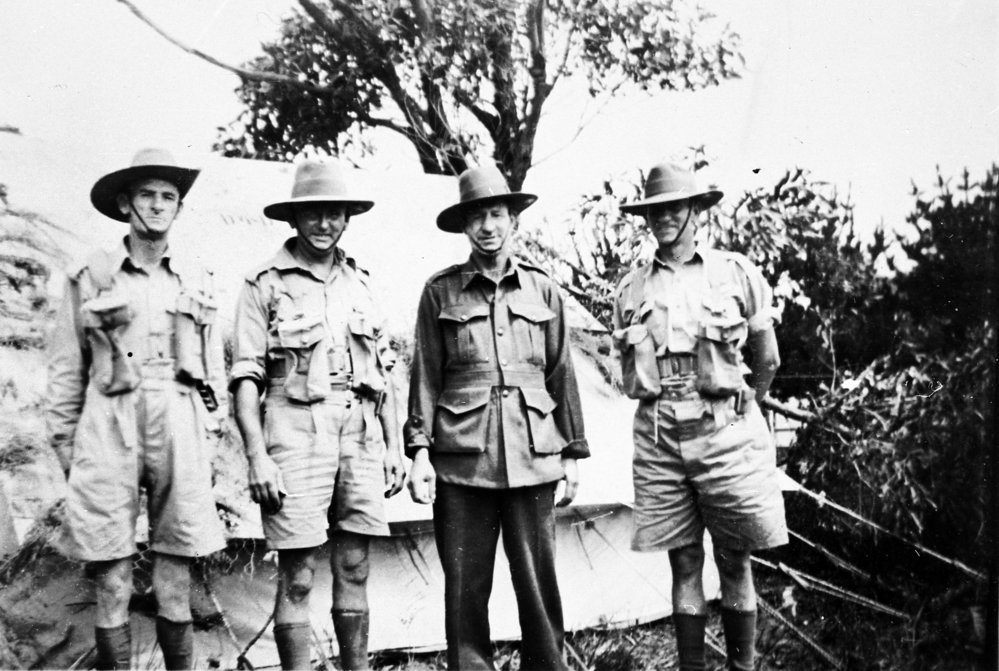
1942: Soldiers camp Collaroy between Westmoreland Avenue and South Creek road Collaroy on Riddles Poultry Farm. Photo: AWM and WSC/ now called Northern Beaches Council History Unit
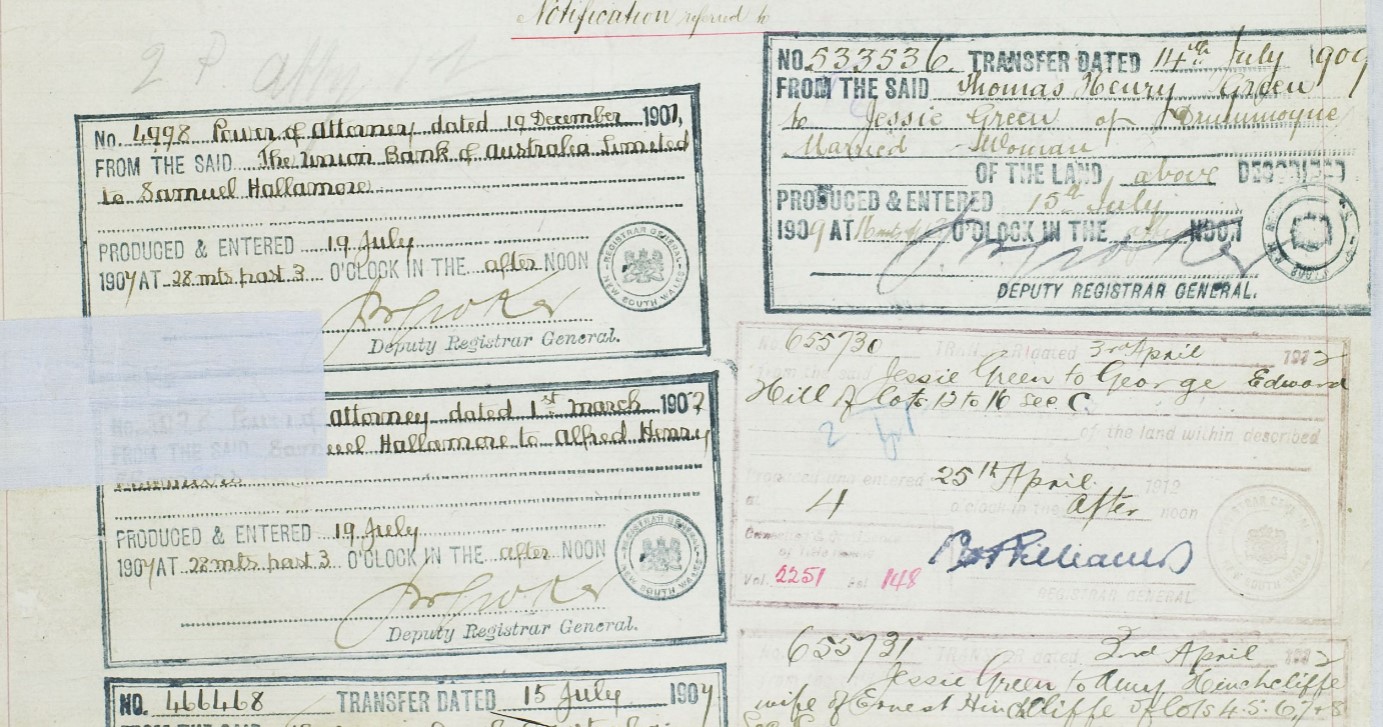
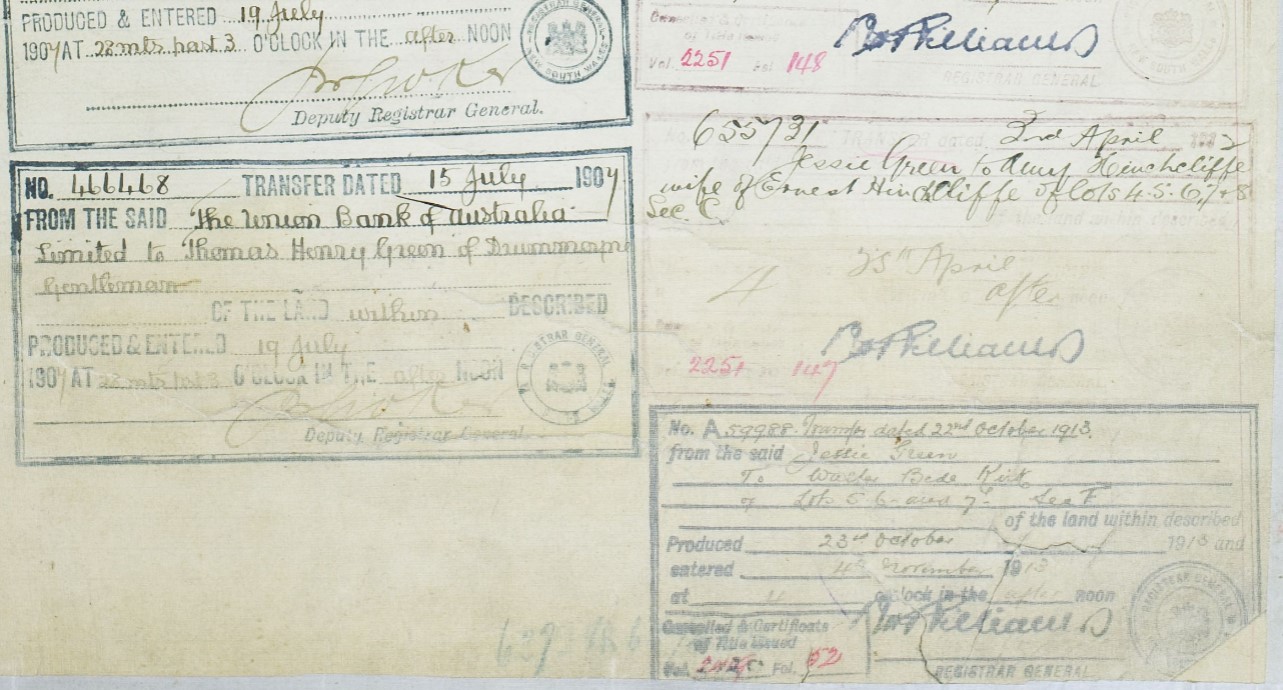
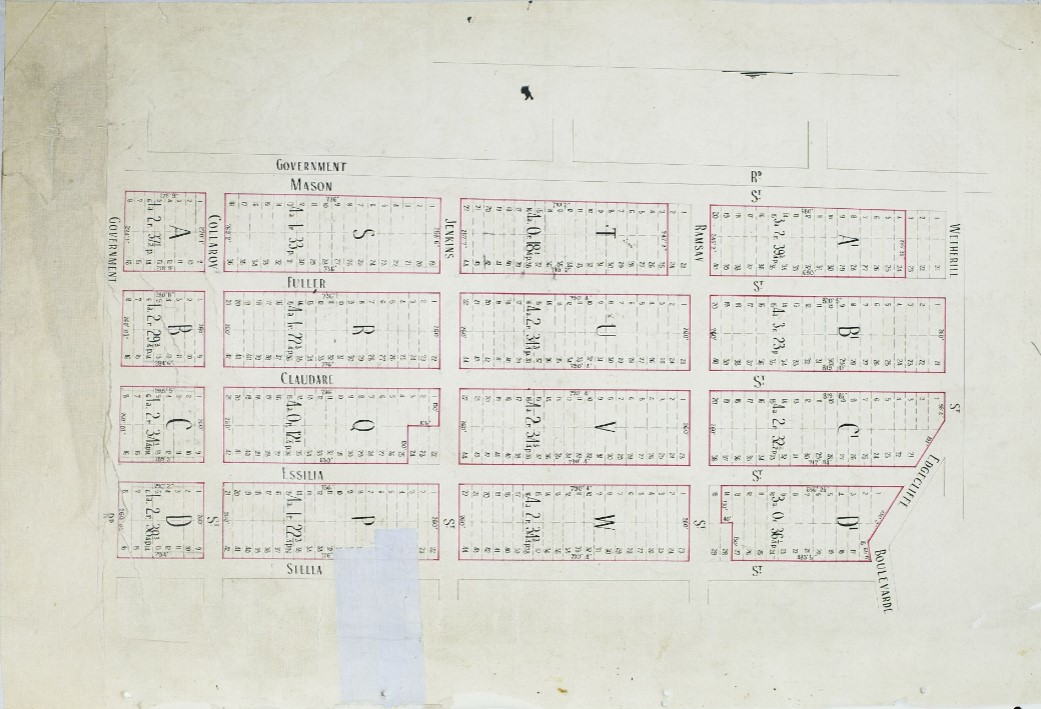
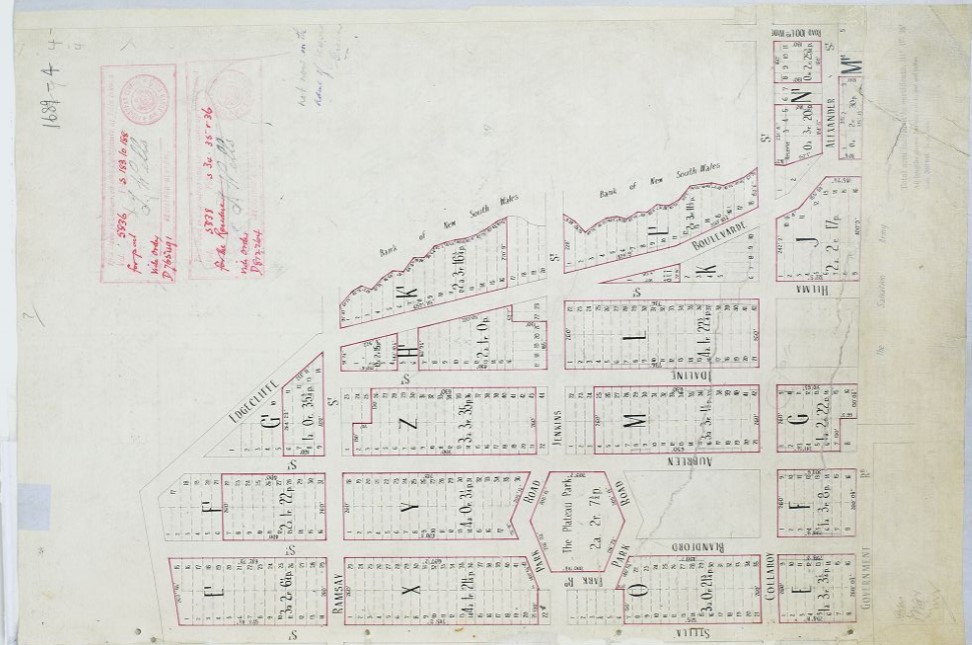
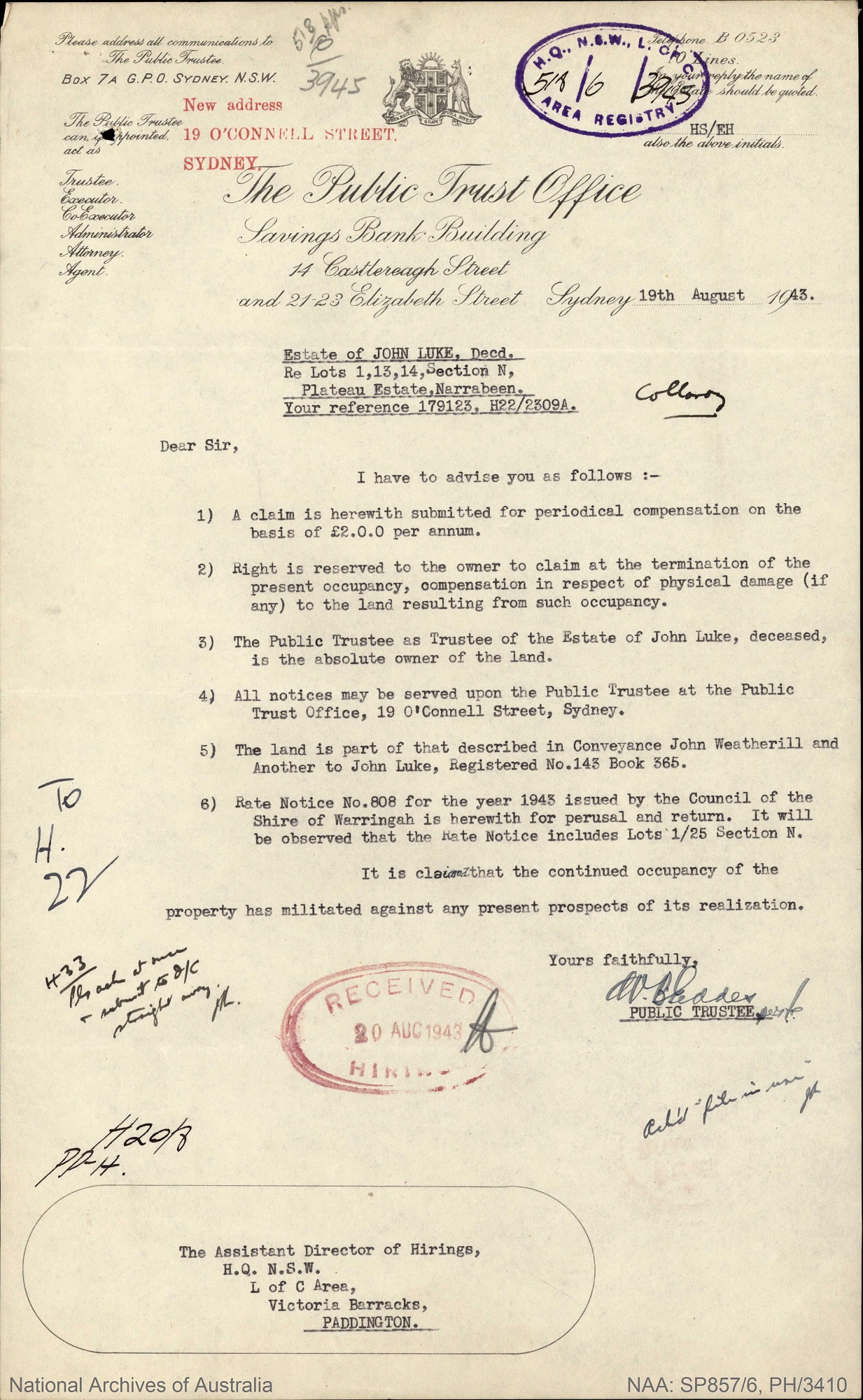
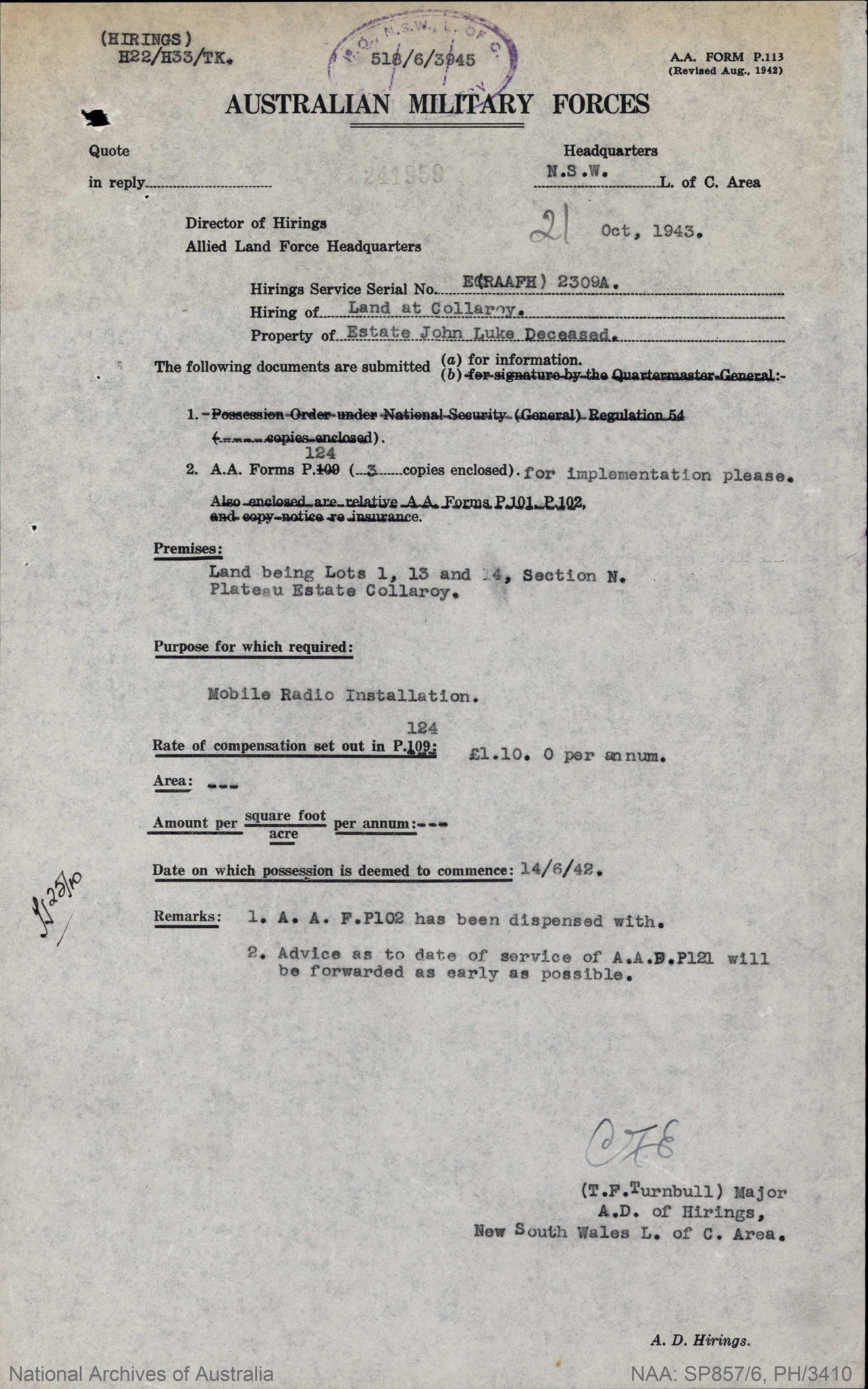
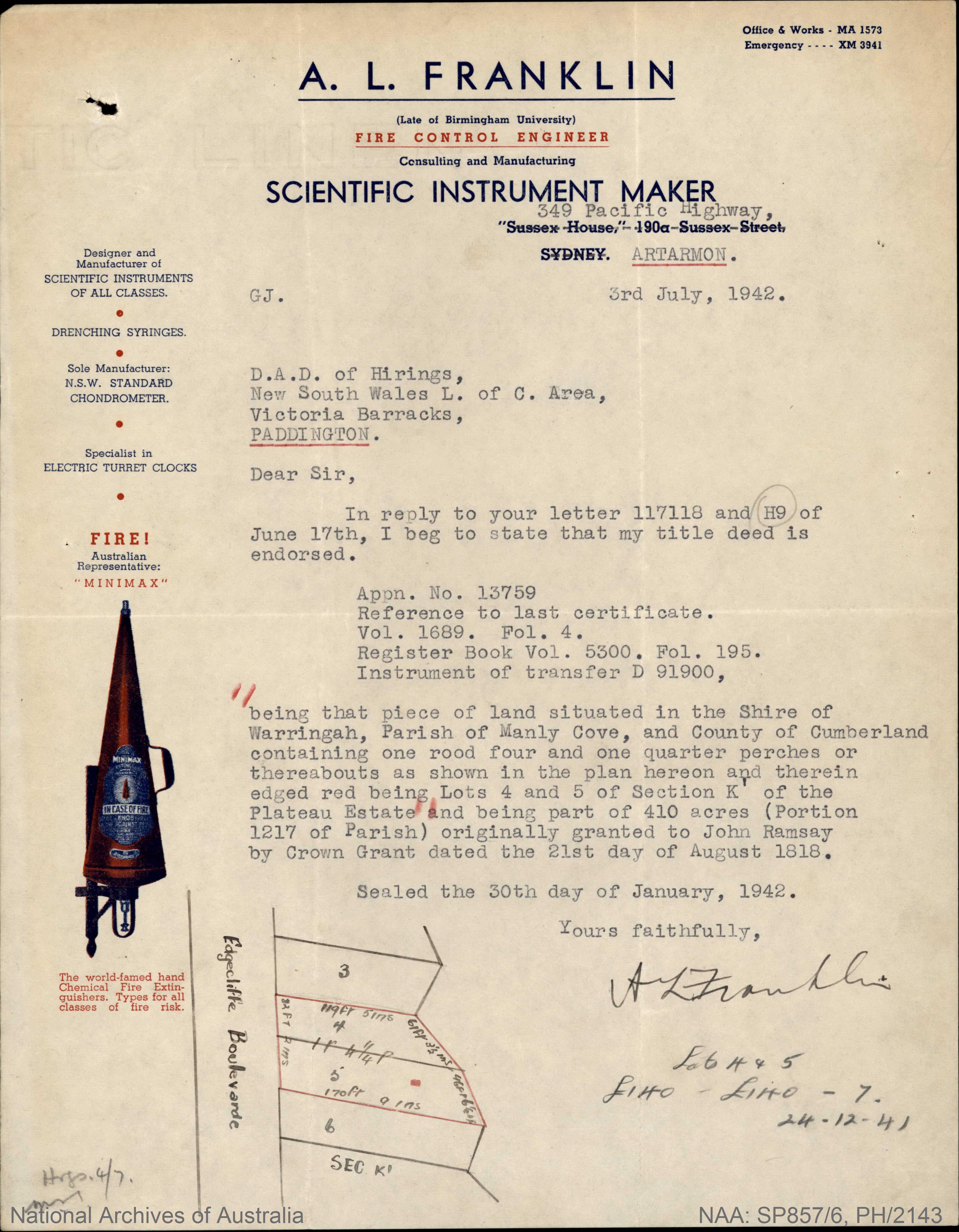
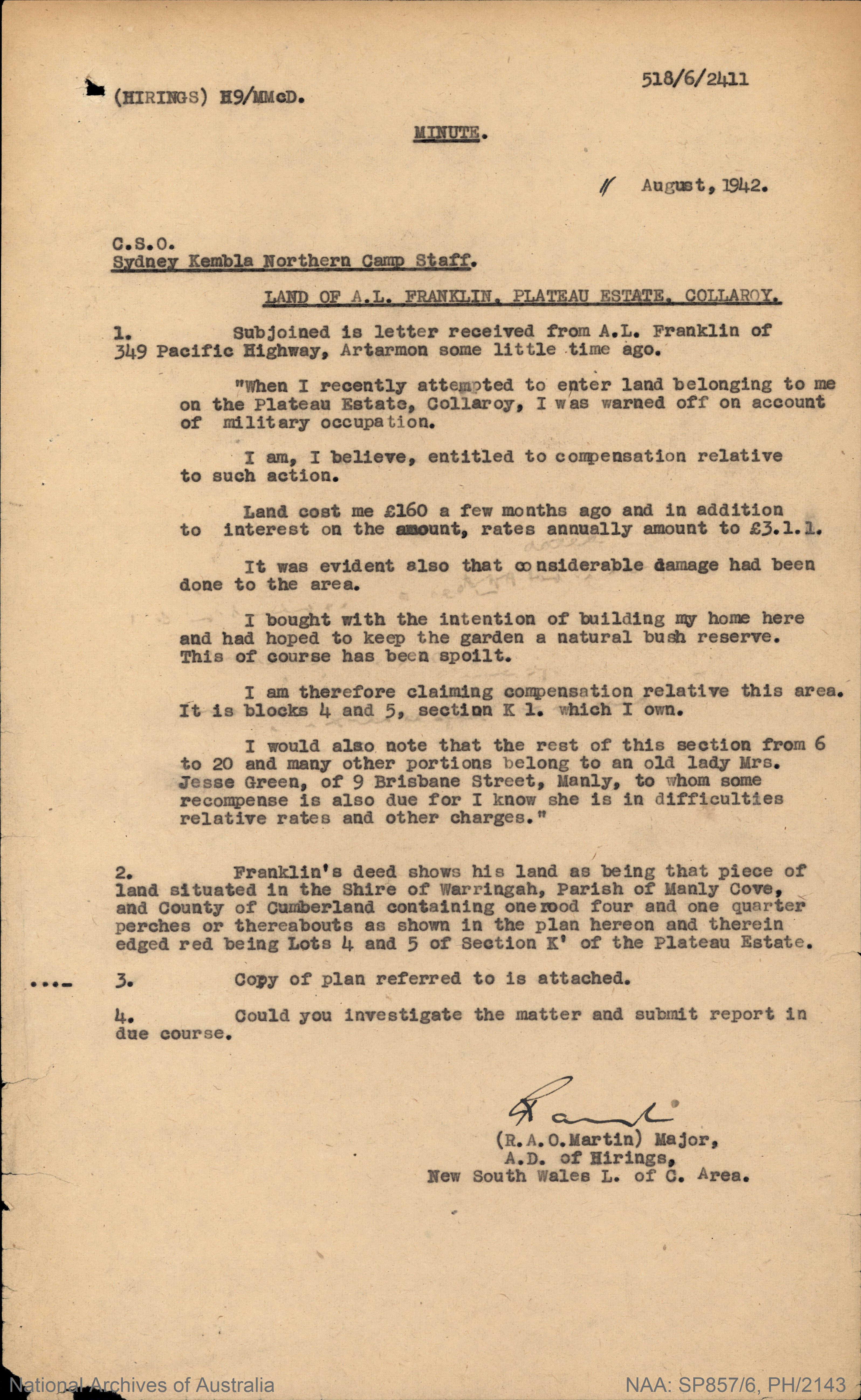
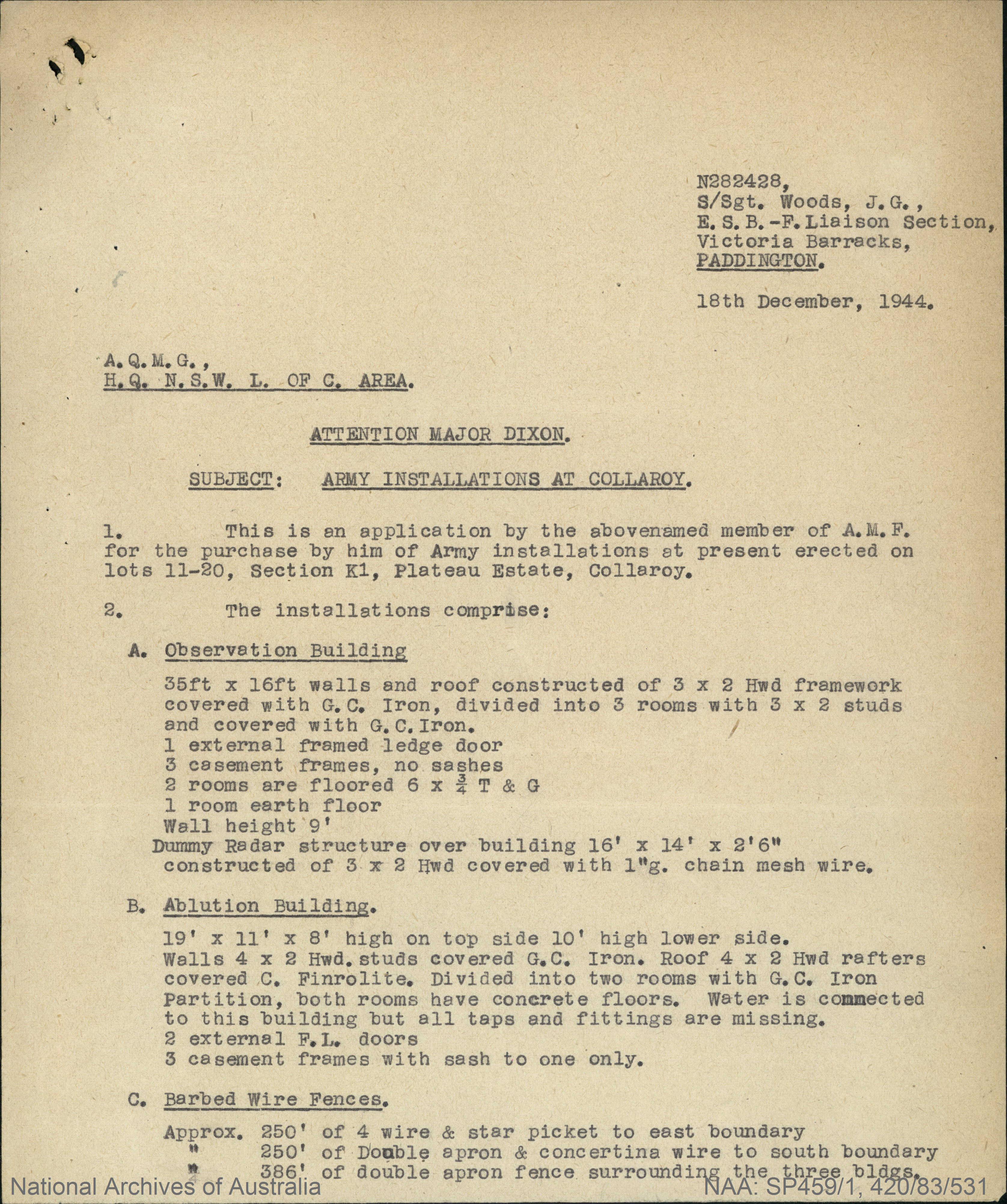
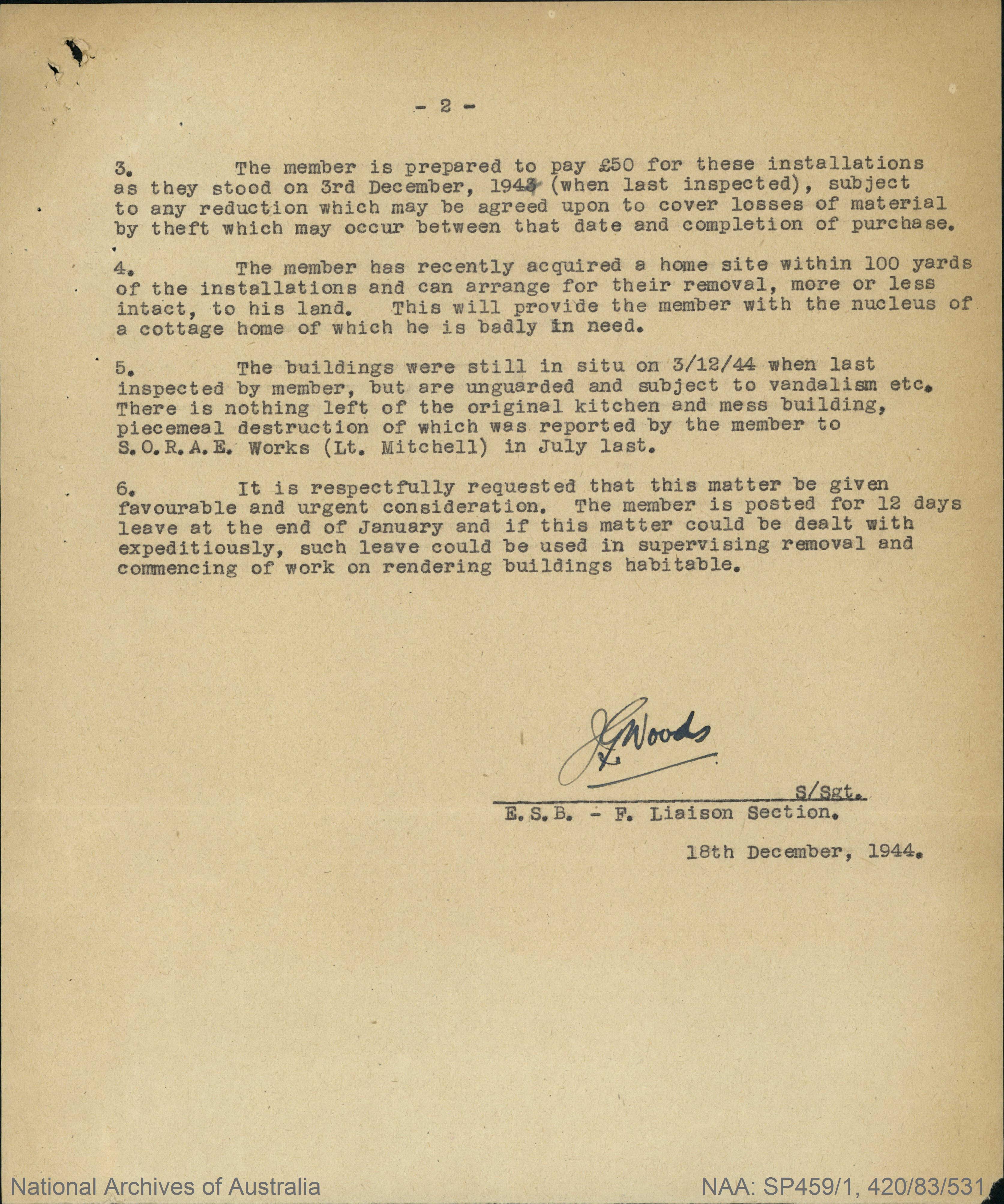
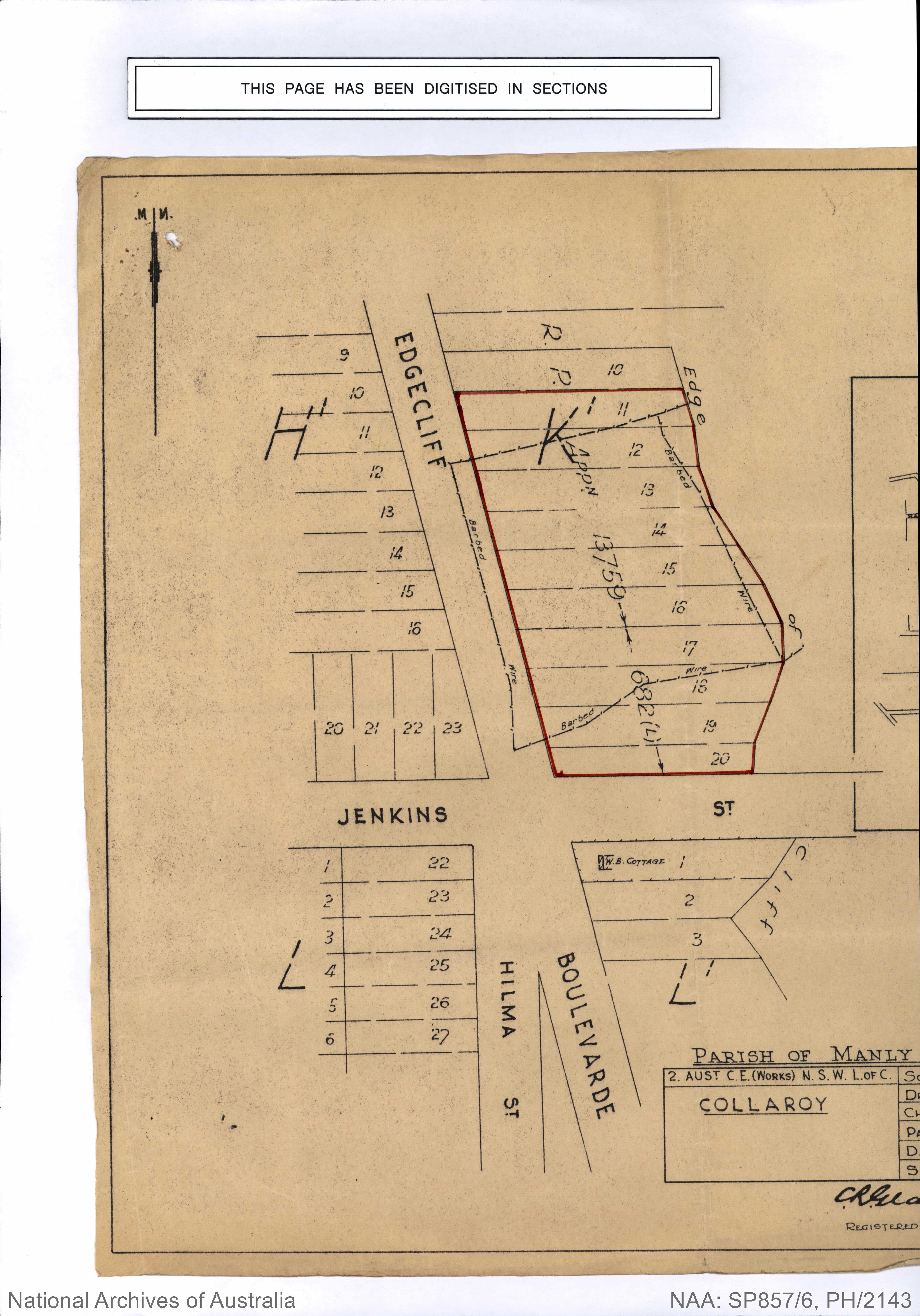
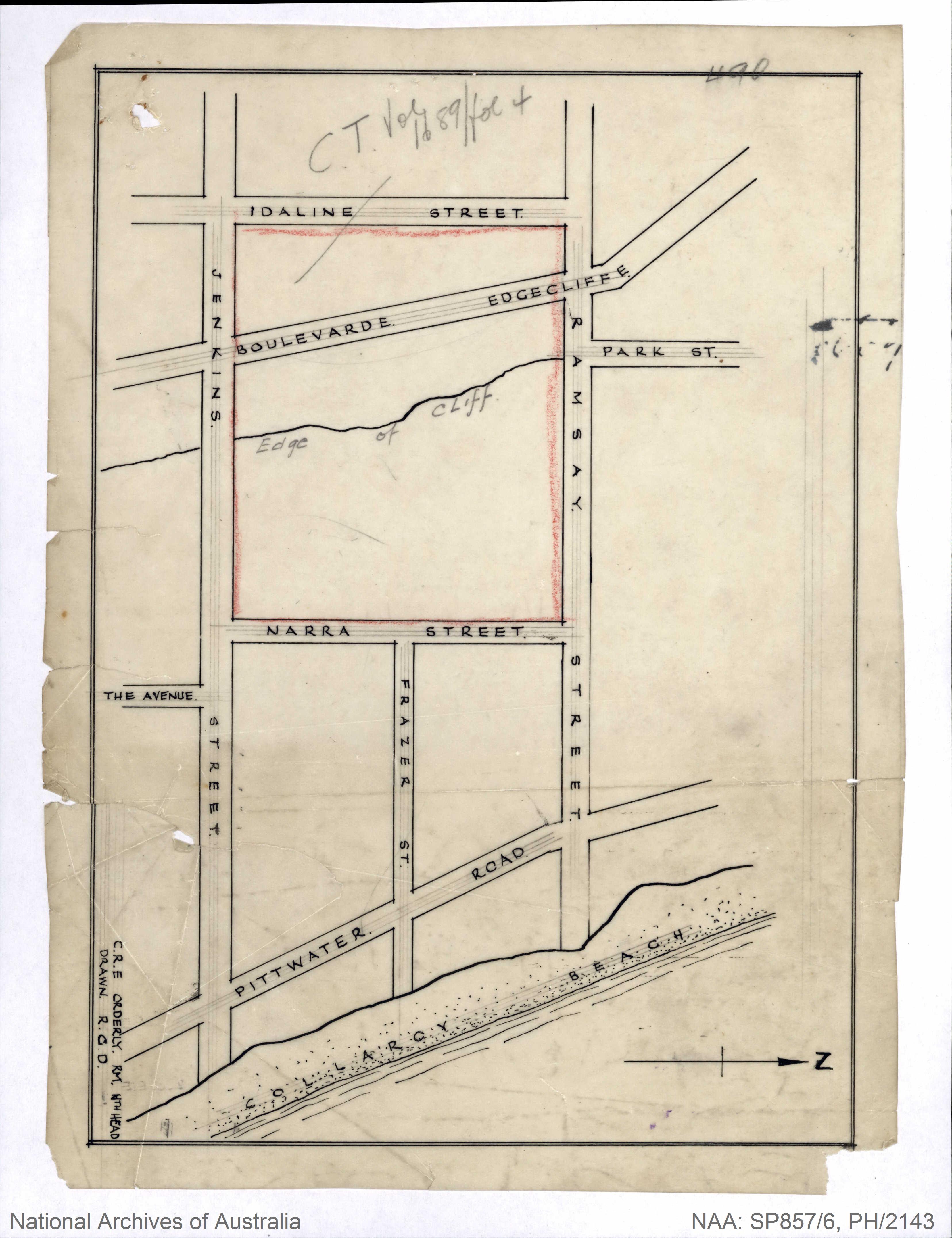
 too.jpg?timestamp=1754531726532)
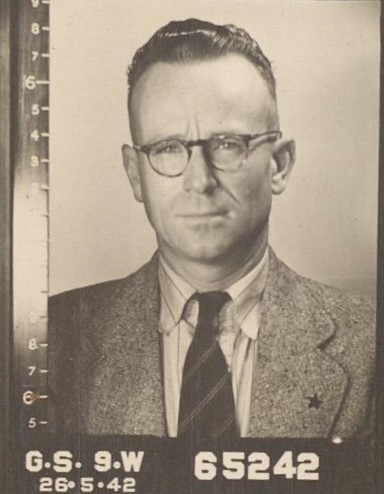
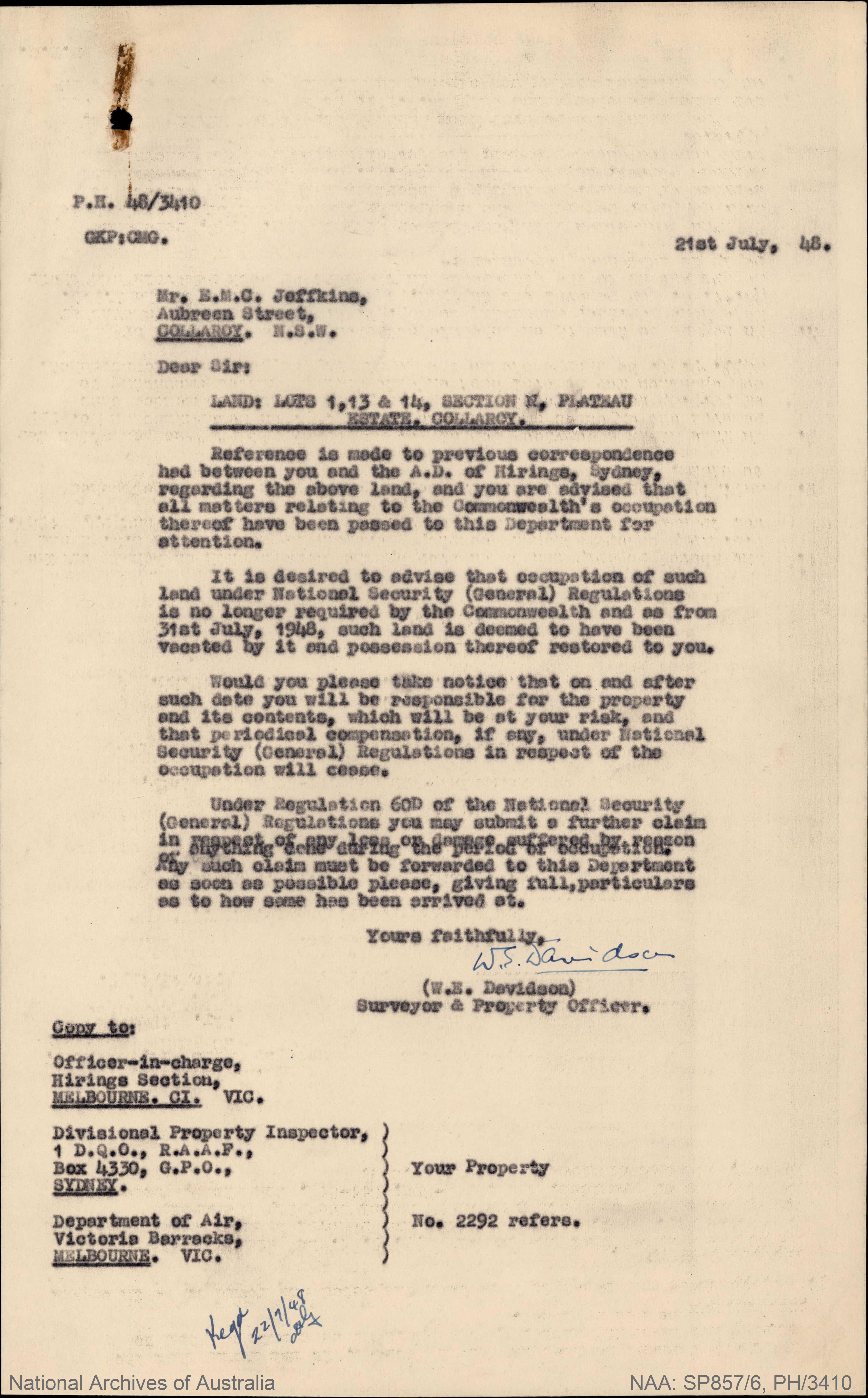
Collaroy Plateau Radar Site
- Hiring compensation and dehiring of old radar site - land known as Plateau Park Collaroy NSW - Lots 10 to 21 and 32 to 42 inclusive Section X - Lots 10 to 17 and 27 to 36 inclusive Section Y - Lots 7 to 9 Section 0 and 22 and 23 Section 0 - property of Mrs Jessie Green [NSW Army Hirings property file; box 927]: circa 1943 - circa1950
- Collaroy - hire of Lot 24 Section C Plateau Park Estate Collaroy by the Australian Military Forces - property owned by Lucy Taylor and required as a RAAF Mobile Radio Installation site [NSW Army Hirings property file; circa 1943 - circa1948
- Collaroy- hire of Lot 22 Section X Plateau Estate Collaroy by the Australian Military Forces - property owned by the estate of the late Albert Smithson and required as a RAAF mobile radio installation site [NSW Army Hirings property file - 0.25cm; box 927]: 1943 - circa1948
- Collaroy - Hire of lots 1-6 Plateau Estate Collaroy by the Australian Military Forces. Property owned by Edward Charles Clifton and required as a site for a RAAF mobile radio installation; 1943 - 1948
- Collaroy - Hire of Plateau Park Collaroy by the Australian Military Forces [3 pages; box 927: 1943 - 1943
- Hiring and dehiring of site for 101 (Mobile) Radio [Radar] Installation - Collaroy NSW [Army Hirings correspondence; [box 927]: circa 1942 - circa1949
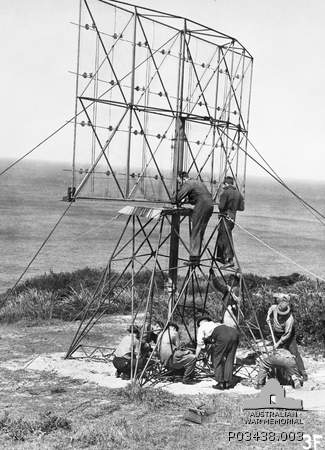
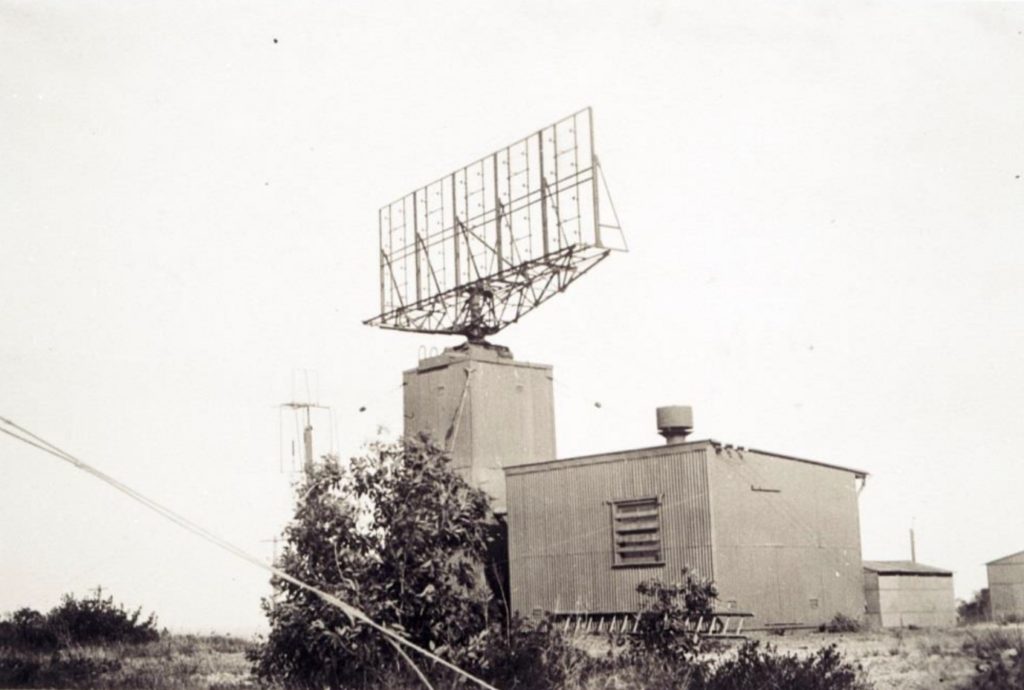
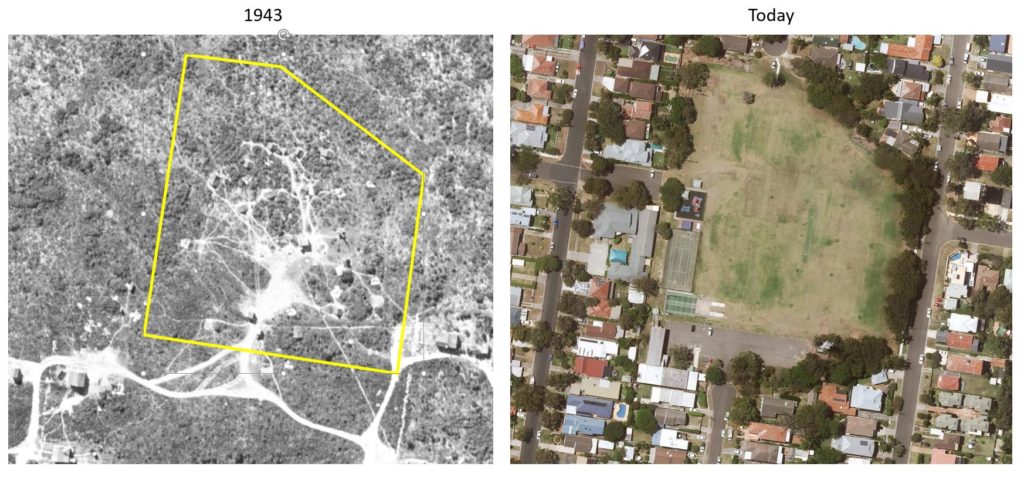

At 0531 an increase in noise level of about 27 per cent over the general level was observed at a bearing of about 94 degrees. In successive sweeps this increase in noise became more marked, until at 0540 the noise power on a bearing of 93 degrees was four and a half times the normal noise power. Over the next twenty minutes it declined, rose again to a smaller peak at 0610 and then declined again, the effect being just detectable at 0730."
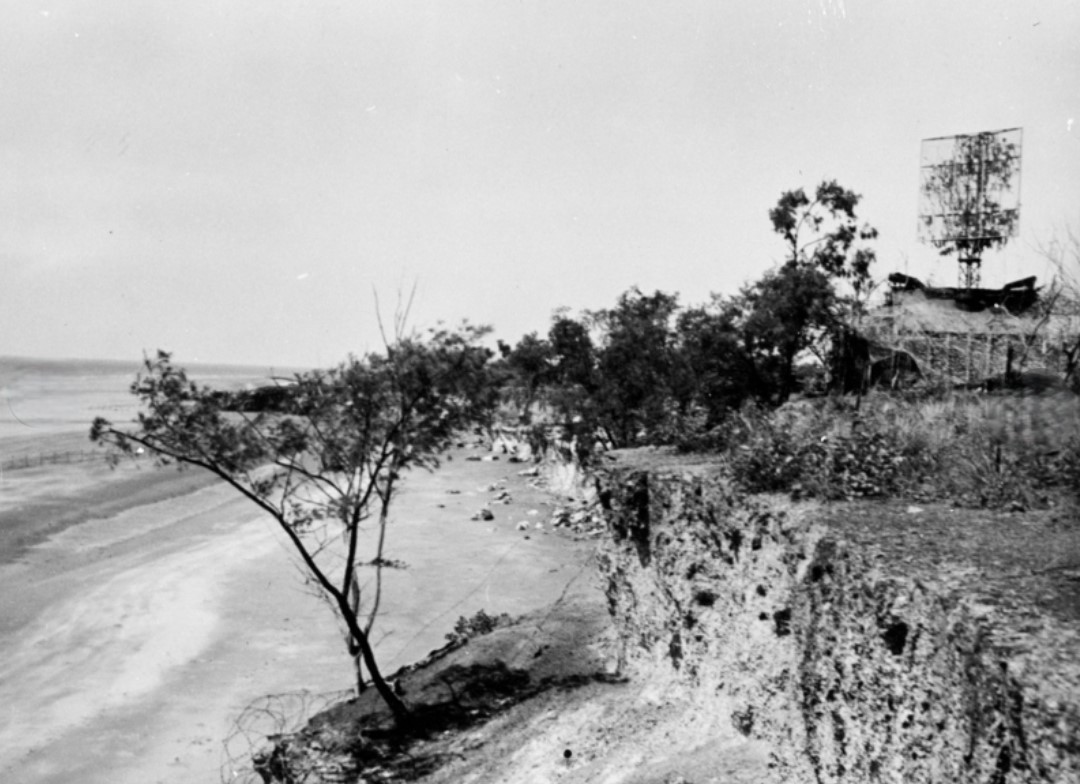

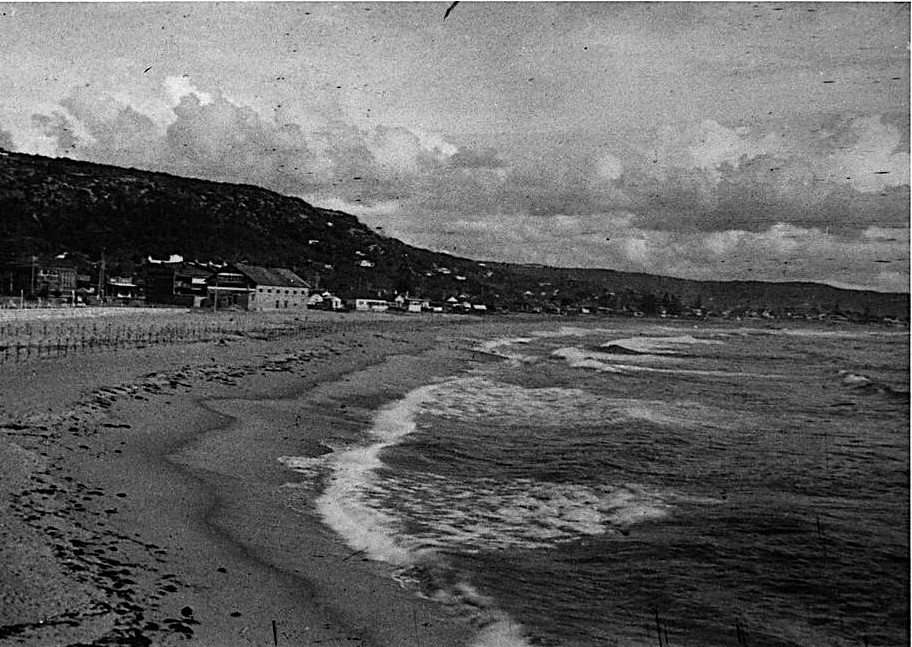
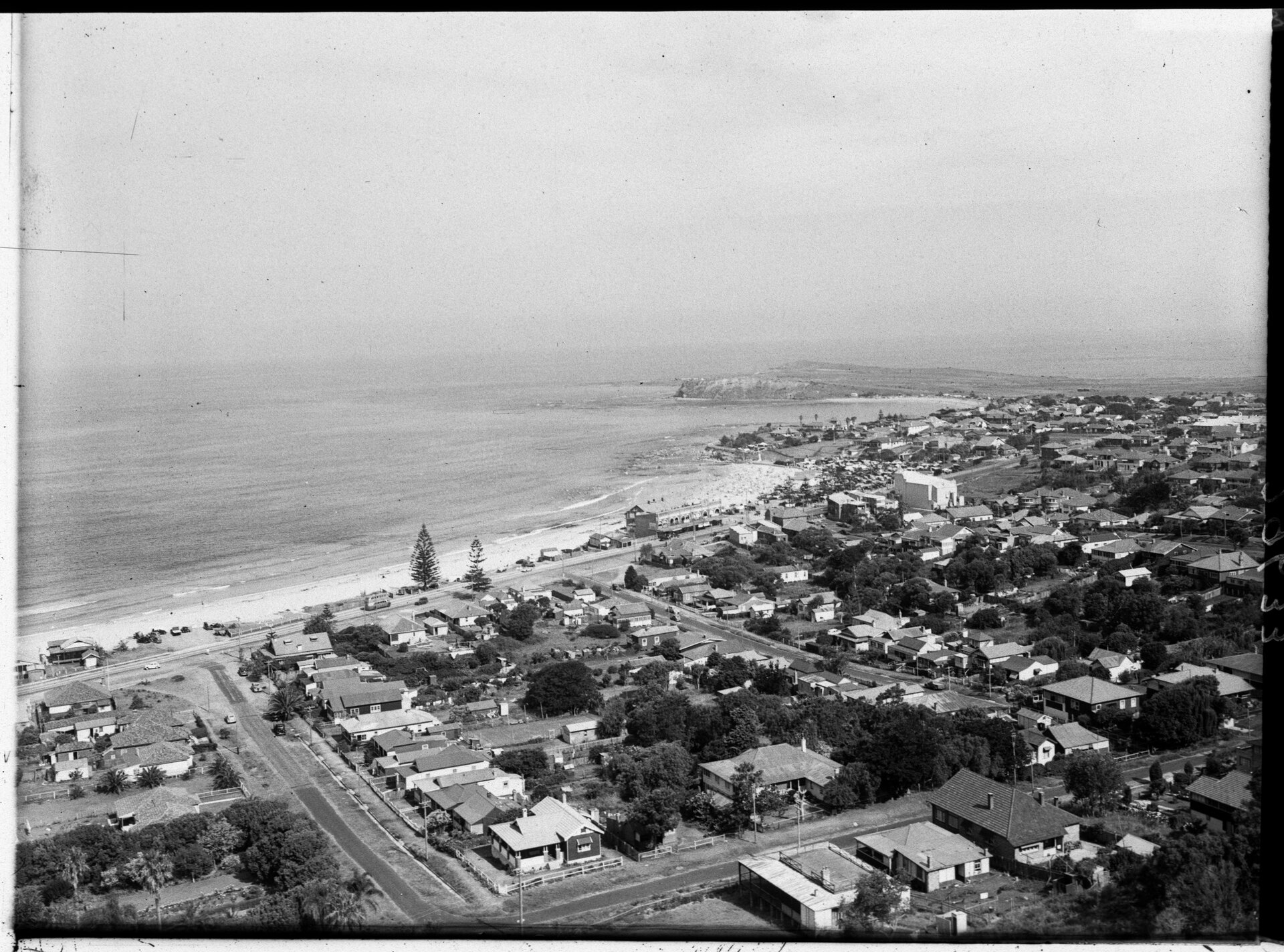
Towards North Narrabeen
This picture features a utility truck that is mentioned in connection with Ailsa's Red Cross war work - yes; the lady drove a truck! Great on the Palm Beach roads of then.
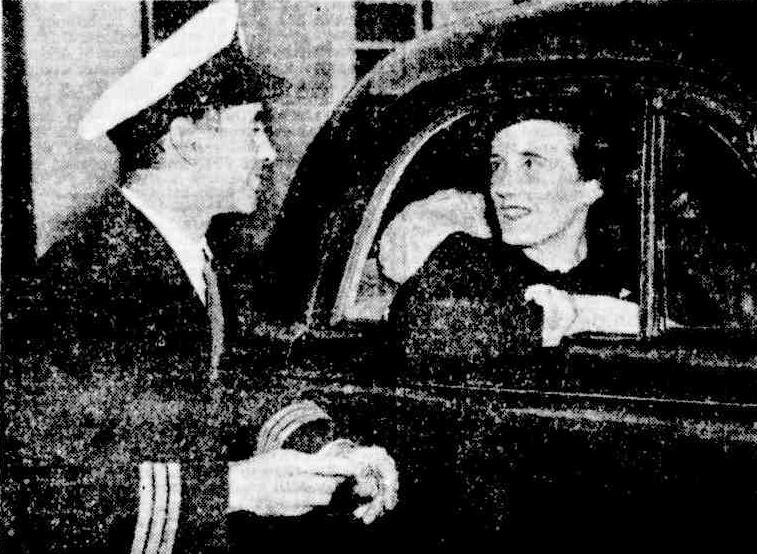
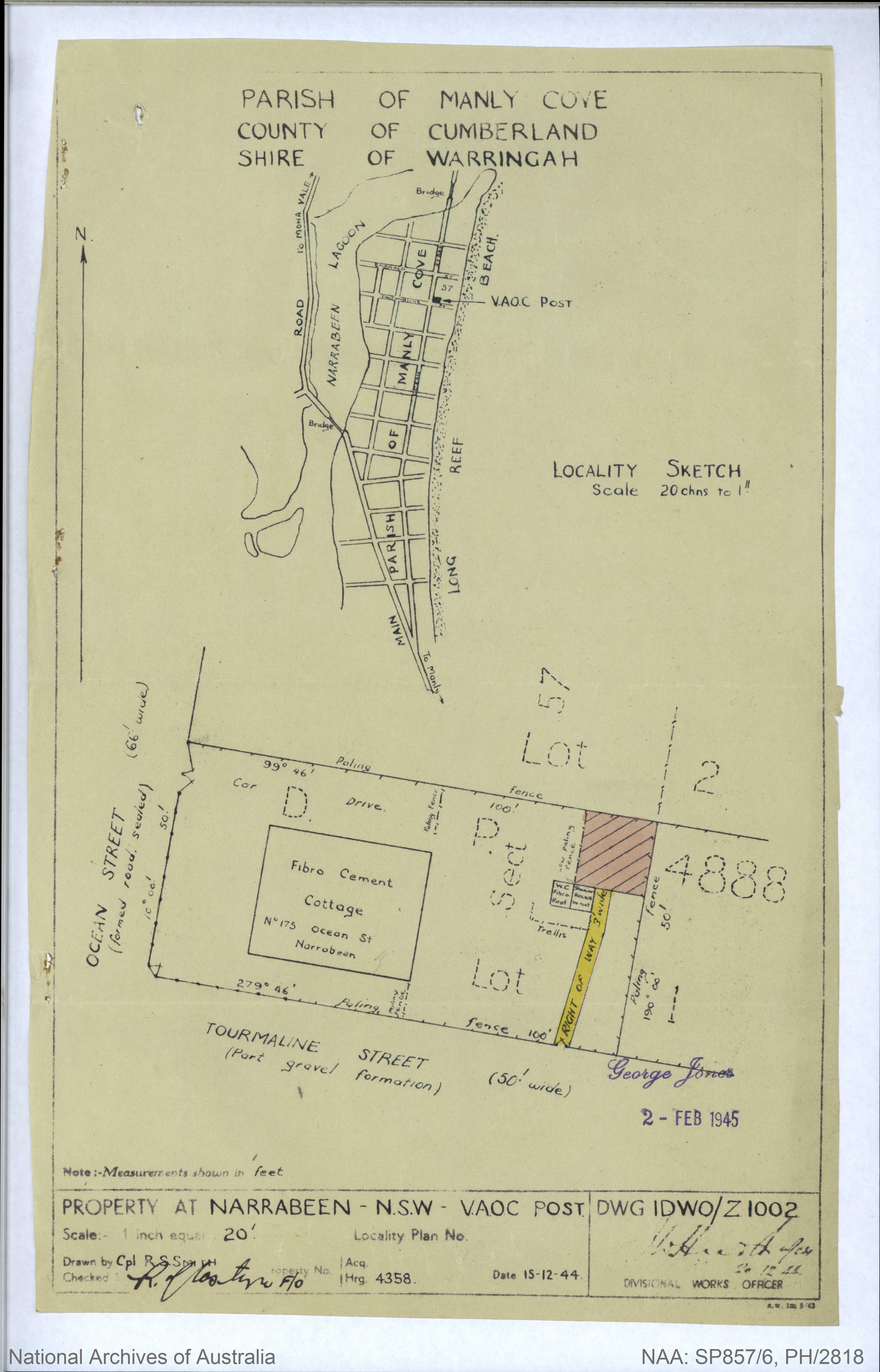
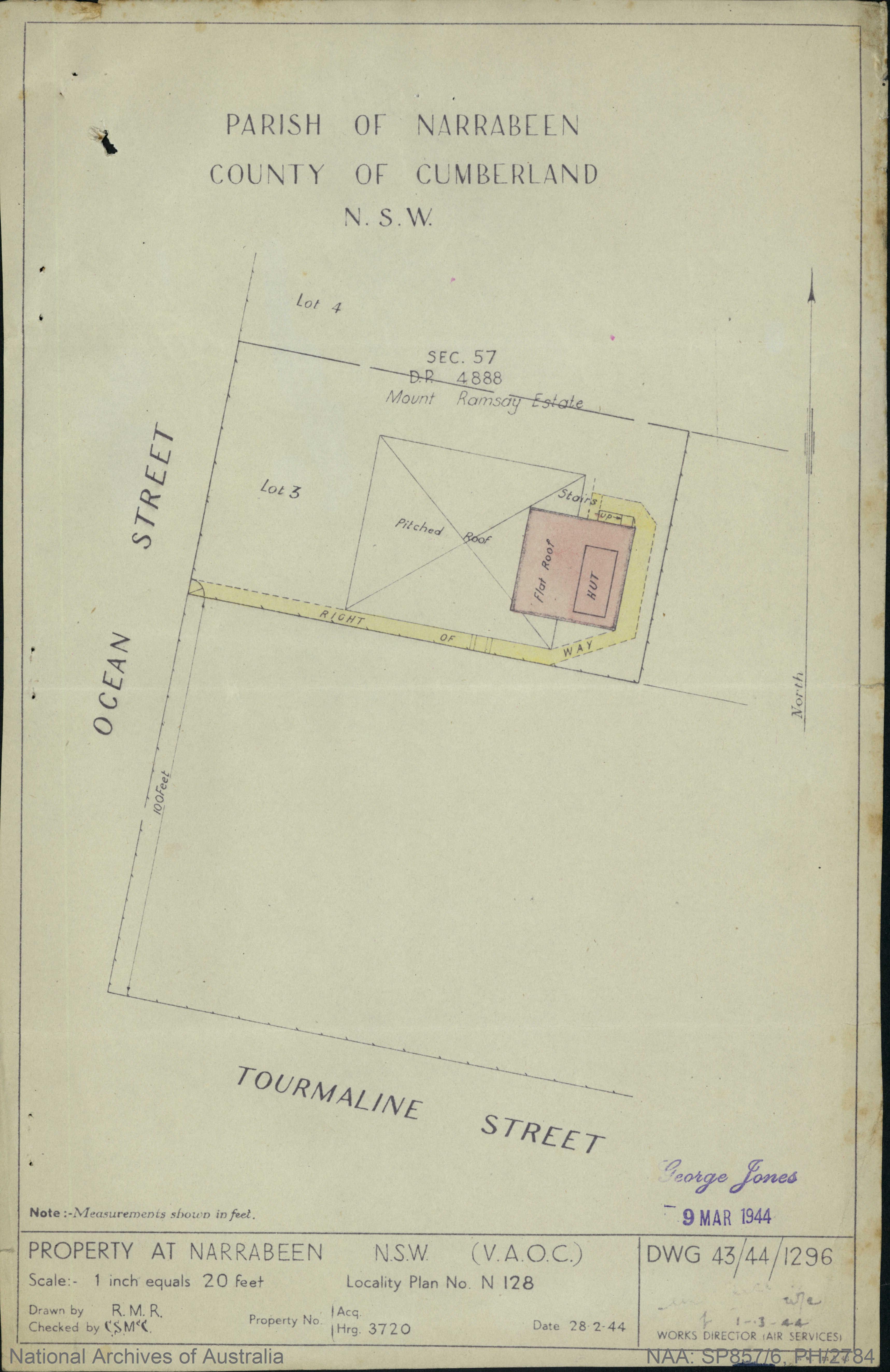
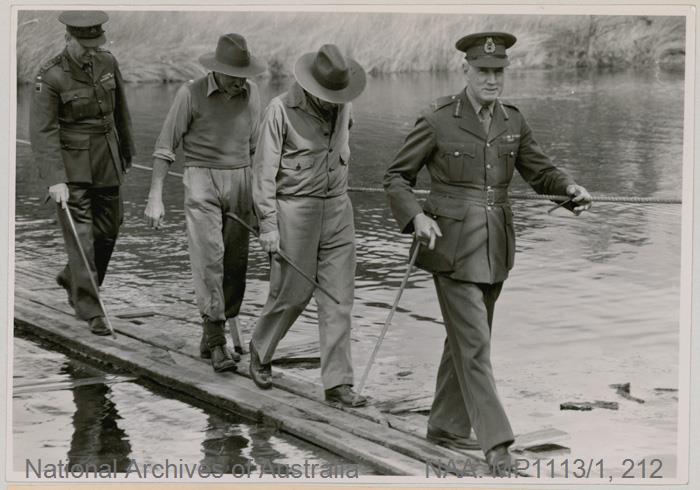
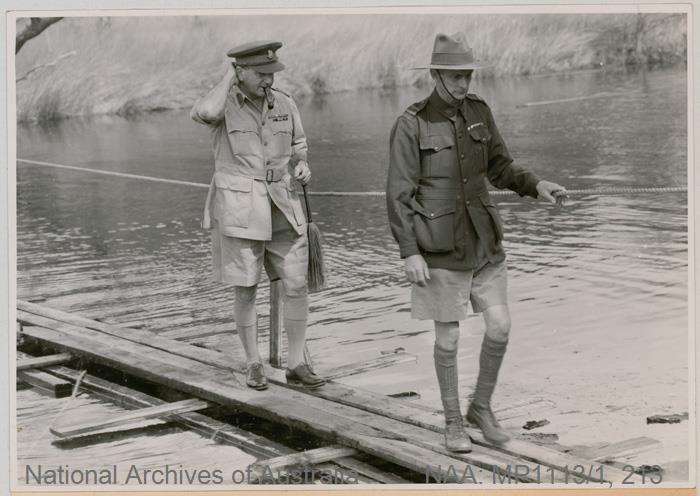
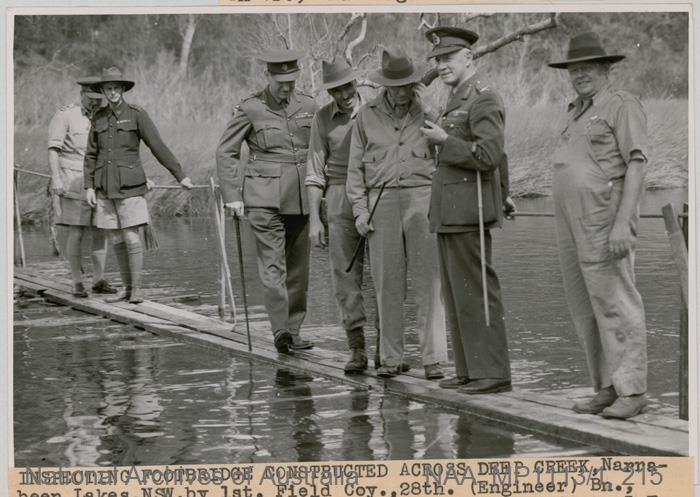
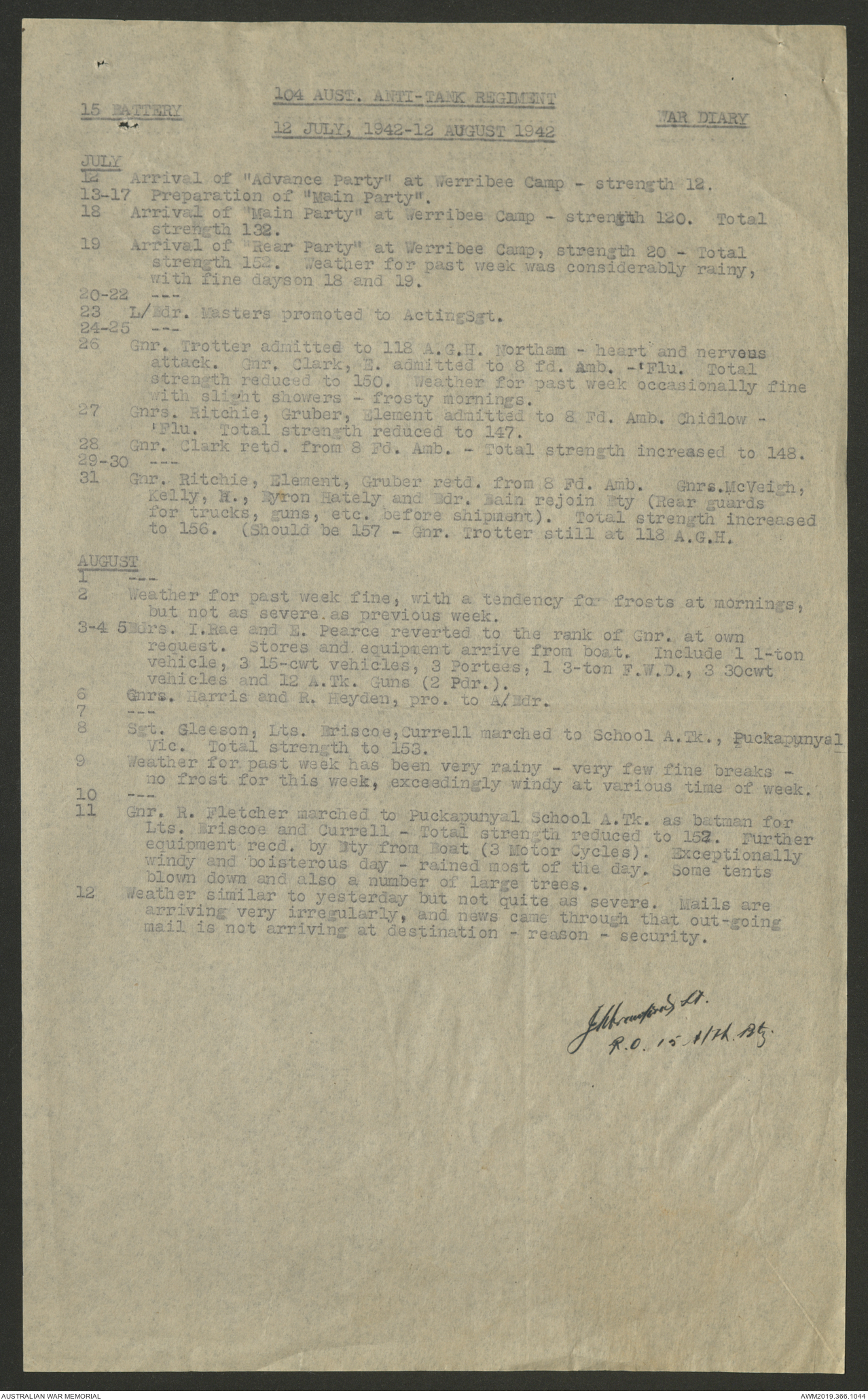
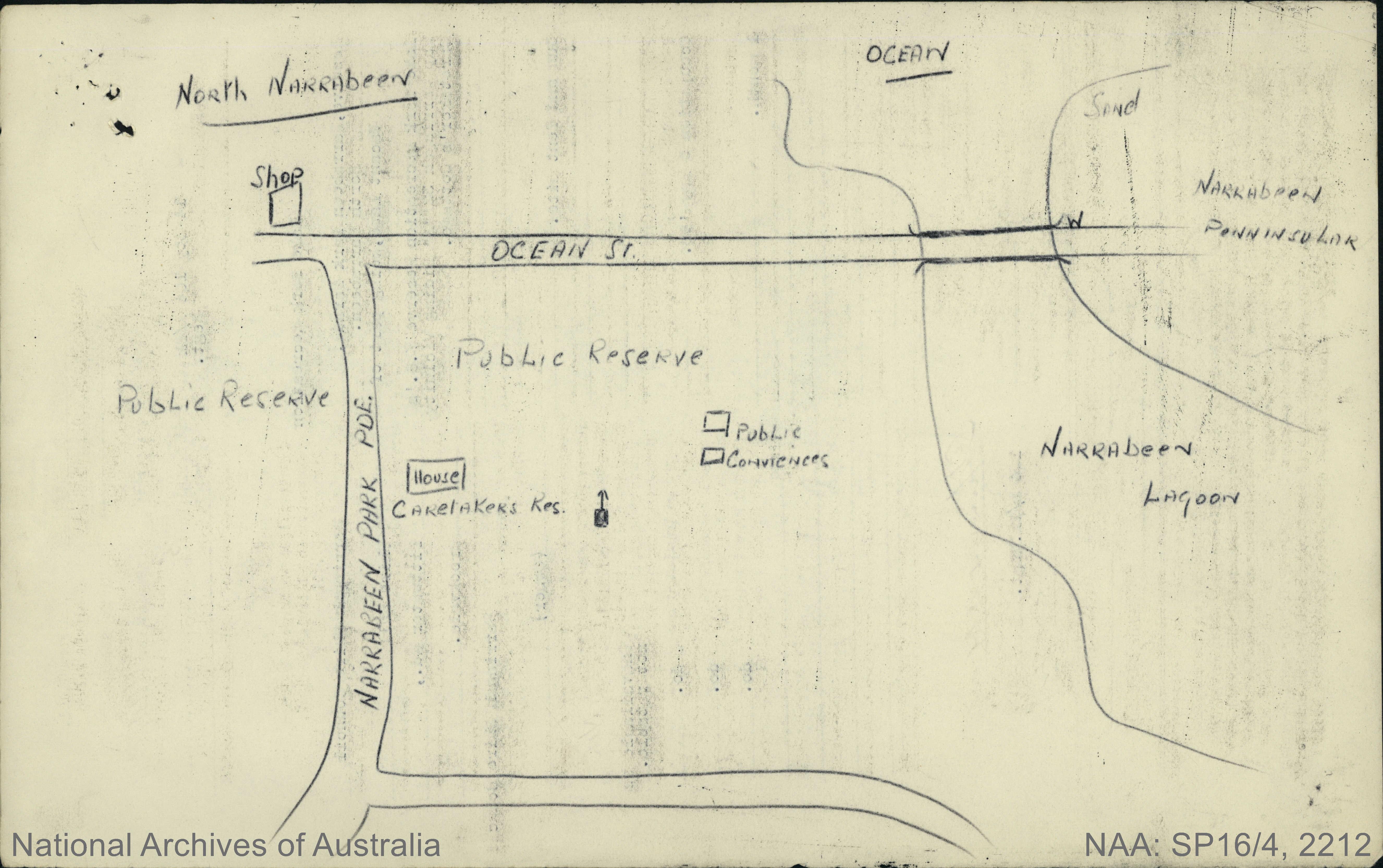
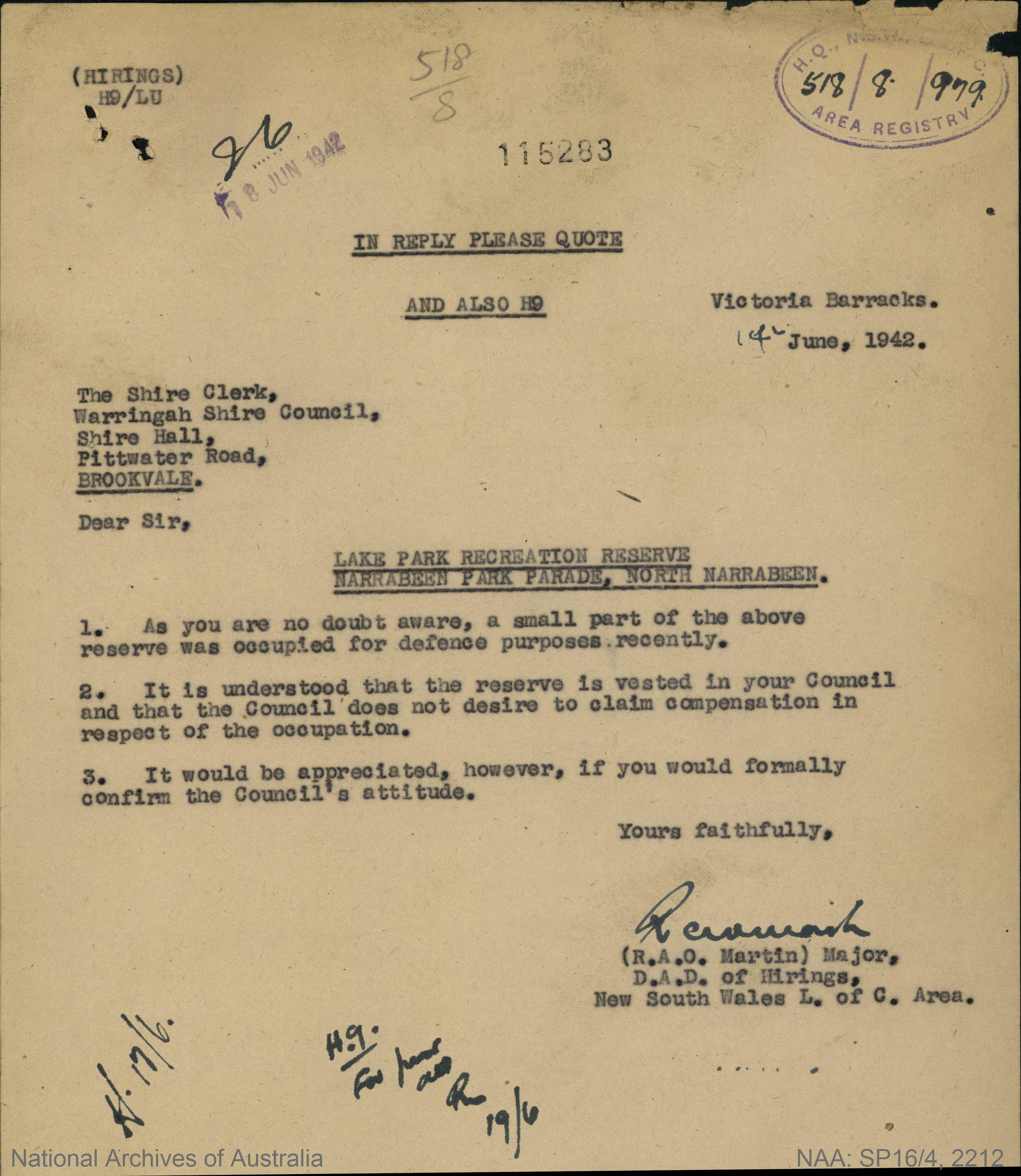
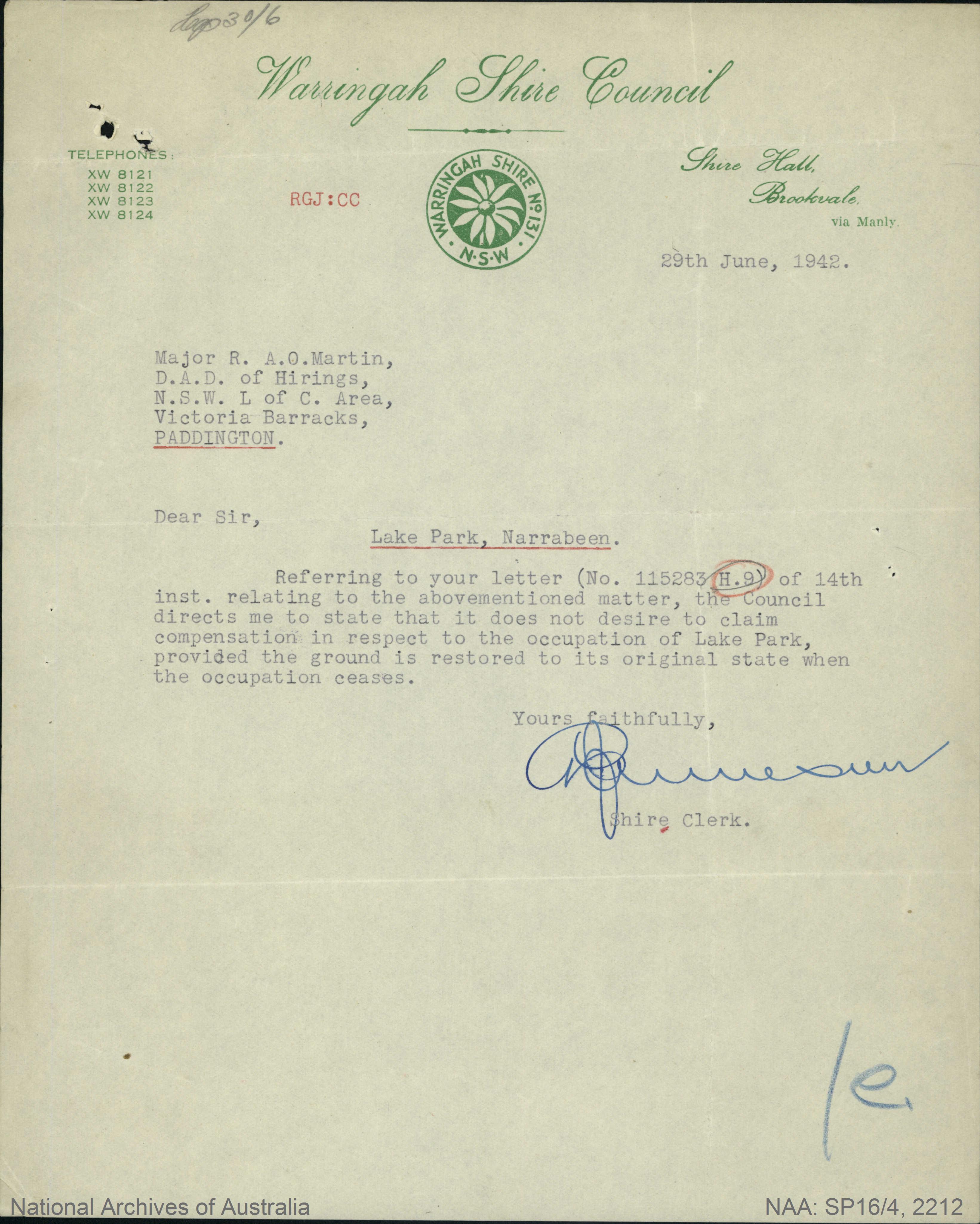
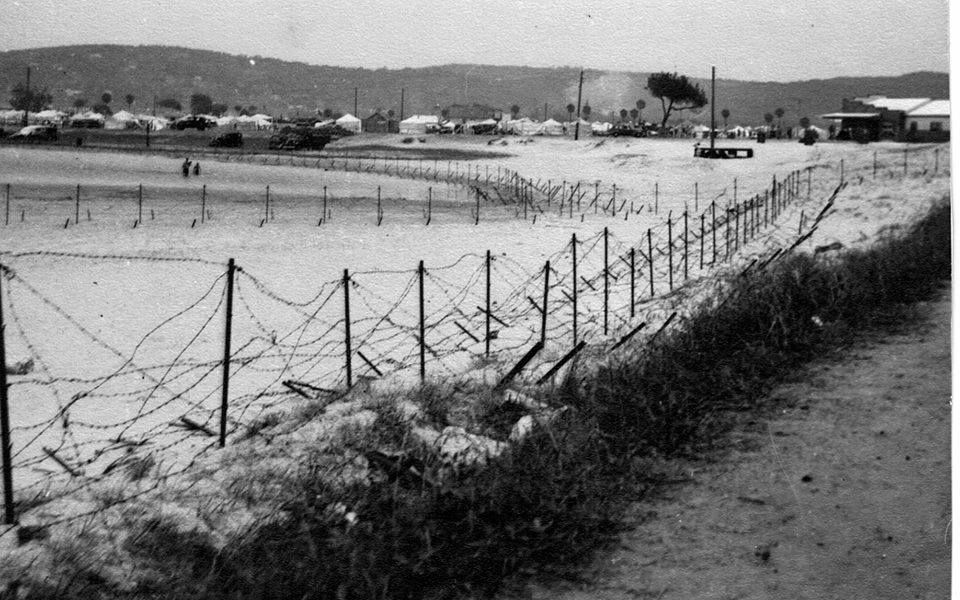 Narrabeen Lagoon's barbed wire defences during WWII
Narrabeen Lagoon's barbed wire defences during WWIINorth Narrabeen - Turimetta
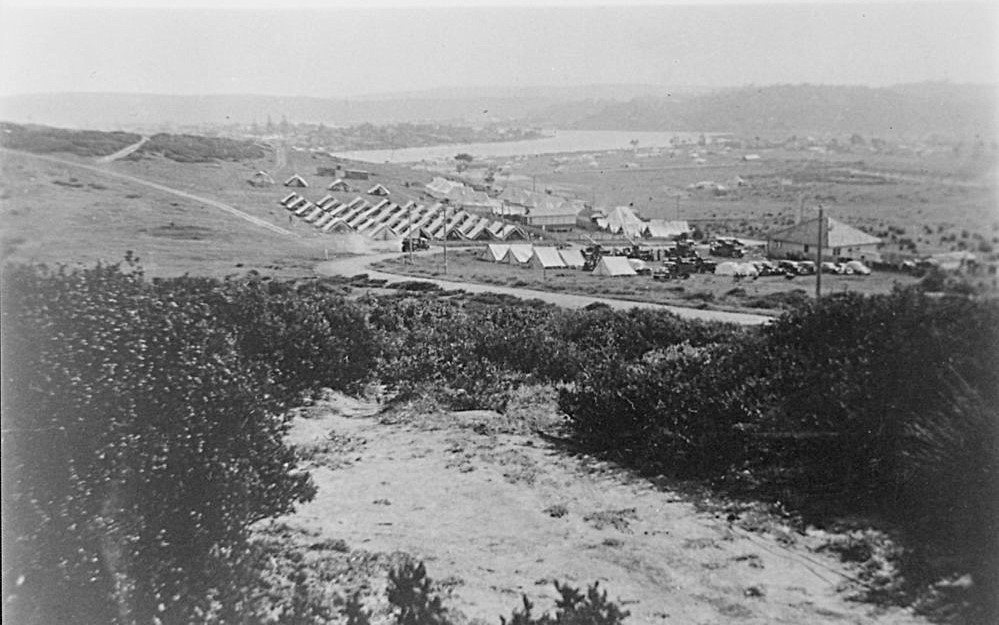
In the Meeting held on January 22nd,1946 by Warringah Shire Council a letter is read from the Royal Life Saving Society, 4/1/46, (a) requesting removal of barbed wire partially buried in the water at Narrabeen Lake, stating that if a few would remove this danger the expenditure would be justified; stating the Society is endeavouring to form a Club to operate at the bathing area; requesting that consideration be given to preventing boats passing under the bridge and going among bathers. Resolved, - That the letter "received", and the Society informed the Army authorities will attend to the buried wire in the lake shortly.
From Album; ‘Narrabeen camp war workers holiday, on 26 January 1944 / photographed by Alec Iverson’ – Mullet Creek footbridge in background, restored. Section from Item: SLNSW_FL9550109
.jpg?timestamp=1754632236762)
Warriewood
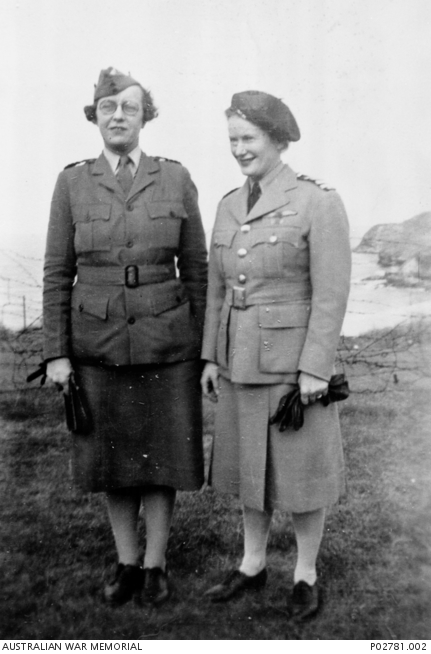
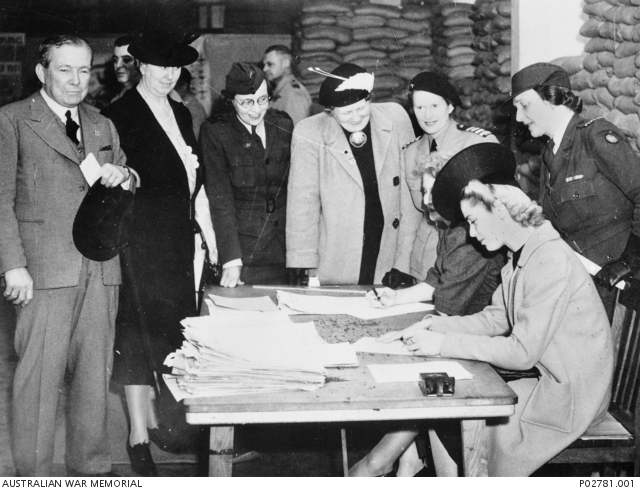
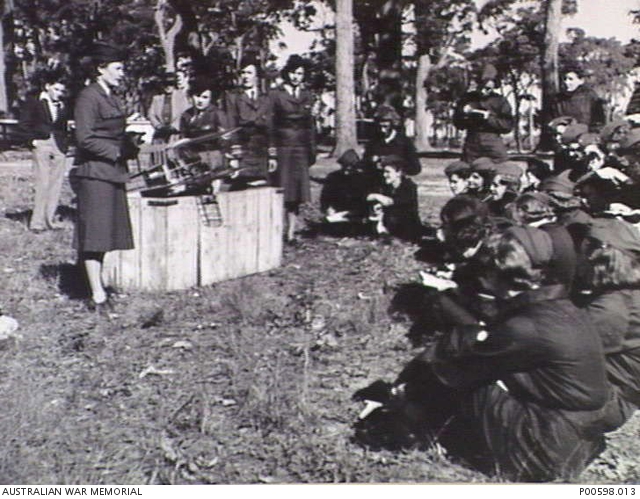
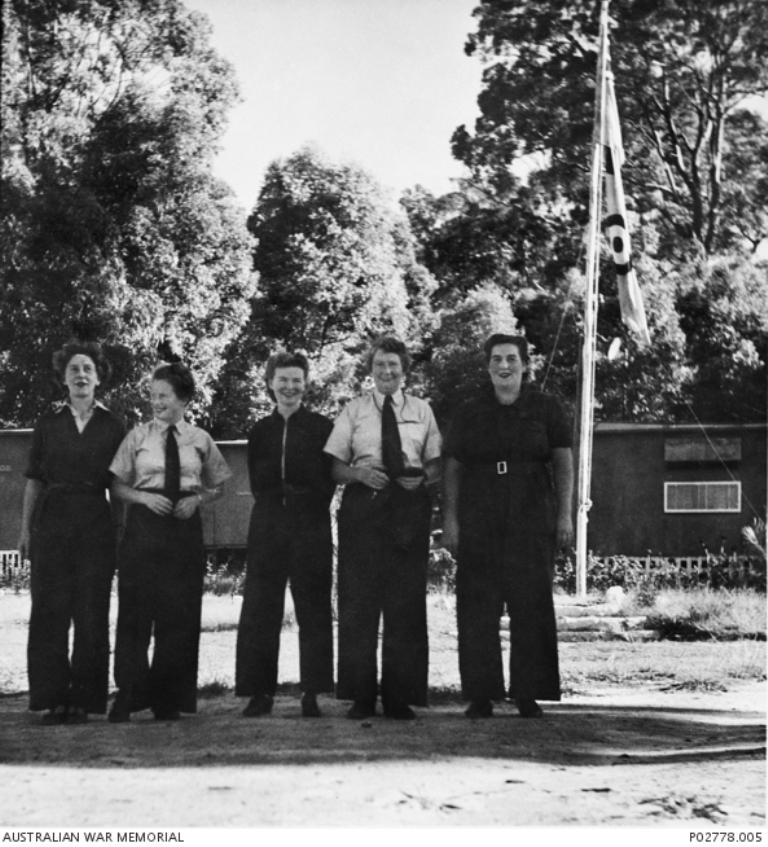
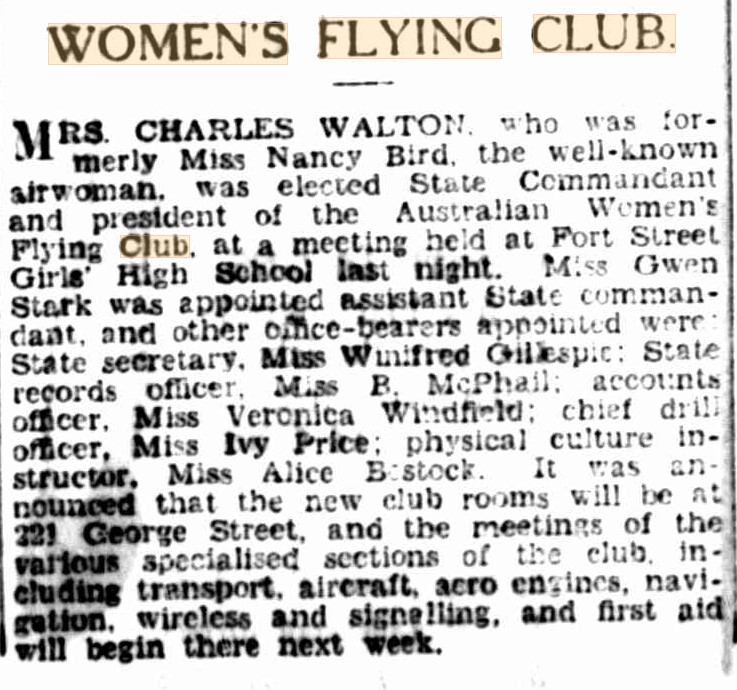
During WWII the troops of the 18th Battalion were based on Barrenjoey Headland and reported every hour to their Headquarters at St Ives using the telephone from the Beacon Store. Careel Head House, Whale Beach was hired by the Australian Military Forces and required as a troop accommodation site by 18th Australian Infantry Battalion from 1942 - 1943. Situated at the north end of Bangalley, this home has extensive views over Whale Beach and towards Palm Beach.
Further south, the 17th Battalion supplemented the 9th Garrison' of North Head.
MANLY VOLUNTEER DEFENCE CORPS!
The 17th Battalion, Manly R.S.L. Volunteer Defence Corps, will hold a field day at French's Forest Showground on Sunday. Members will fall-in at the drill hall, opposite the old tram depot, Manly, at 10 am and will travel by motor transport to French's .forest. Competitions will be held in the section drill, and there will be marching, bomb-throwing, and physical training. Tea, milk, and sugar will be provided, but members are asked to bring their own lunches. MANLY VOLUNTEER DEFENCE CORPS. (1940, September 20). The Sydney Morning Herald (NSW : 1842 - 1954), p. 11. Retrieved from http://nla.gov.au/nla.news-article17710252
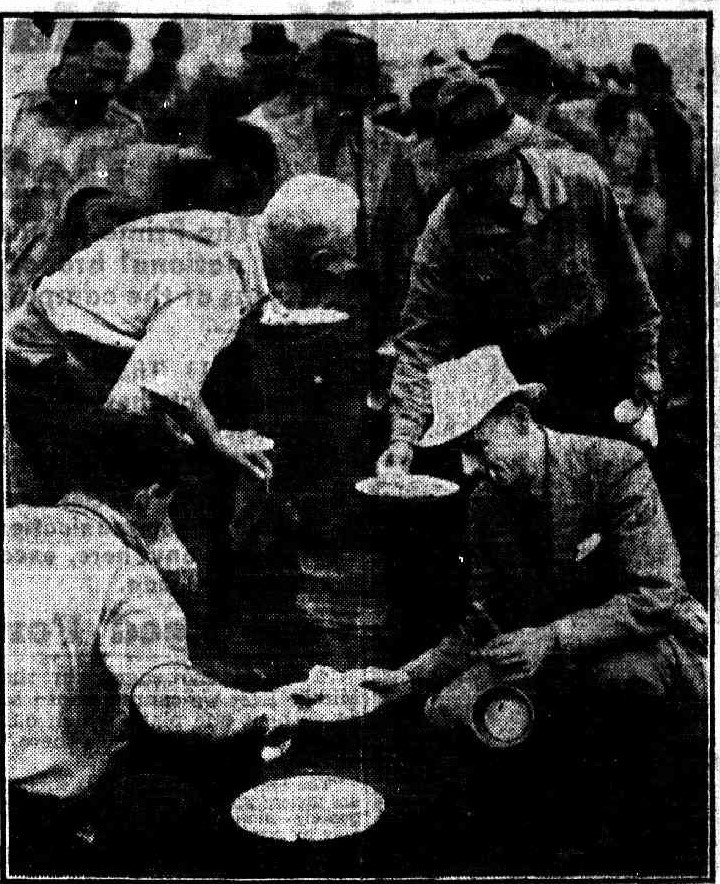
Surf clubs were manned by women, younger children and those who could be assigned to Beach Inspector positions, nominated by the clubs themselves, and overseen by the then Warringah Shire Council, with measures taken to ensure those who went surf bathing did not drown - unhappily, not always successfully;
SURF LIFE-SAVING: The Surf Life Saving Association is taking steps to form a N.S.W. Police Surf Life-saving Club, with headquarters at Warriewood. A meeting to form the club will be held on September 10 at Police Headquarters. Phillip street. SURF LIFE-SAVING. (1941, August 7). The Sydney Morning Herald(NSW : 1842 - 1954), p. 12. Retrieved fromhttp://nla.gov.au/nla.news-article17745566
.jpg?timestamp=1754623800668)
.jpg?timestamp=1754623875755)
.jpg?timestamp=1754623926719)
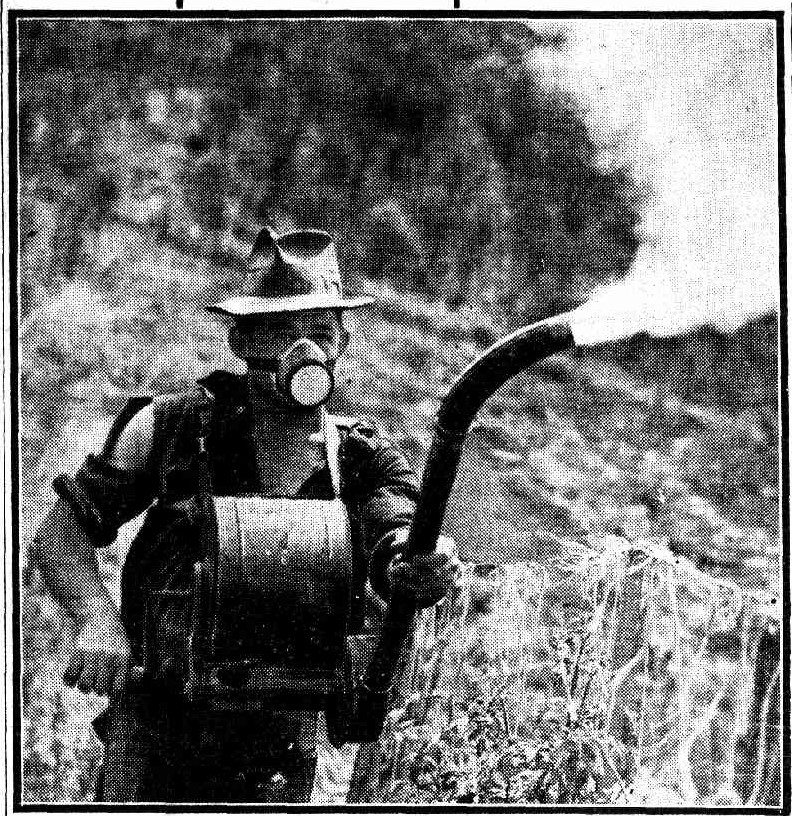
Bulgarian Goes Into Mourning
SYDNEY, Saturday.— Mr. M. Sredna, Warriewood tomato grower, ordered his family to dress in black when he heard the news of Bulgaria's decision to join the Axis. He and his wife came to Australia from Bulgaria 27 years ago.
"It is the season of Lent in the church now," he said. 'That means some people must fast for 40 days. 'I will fast 40 days — 40 weeks — five years — because of this terrible betrayal.
''My country has lost its guts. I hang my head. I am ashamed to meet my Yugoslav neighbors who grow tomatoes next to me at Warriewood.
'I would demonstrate in the streets, but there are only 200 Bulgarians in Australia. 'What is the use of demonstrating with only 200? If I were younger I would join the army to fight Hitler. But I am 55.
'I will mourn in my tomato plots. I have two daughters. They will knit socks for the soldiers so that they might fight Hitler better. 'I will never speak my own language again. English is now my native speech.' Bulgarian Goes Into Mourning (1941, March 8). The Mail (Adelaide, SA : 1912 - 1954), p. 20. Retrieved from http://nla.gov.au/nla.news-article55766072
Pro-Nazi Charge By Yugoslav
The Yugoslav settlement at Warriewood, near Narrabeen, Is "riddled with Nazism and Fifth Columnism," said Spasoje Jovanovich, who lives there, yesterday. Mr. Jovanovich. a naturalised Australian, has lived in New South Wales since 1912.
He said yesterday: "I have suffered in silence the pro-Nazi talk of many Yugoslavs at Warriewood since the war began. "But now that the leaders of my country are selling out to Germany, it is time to speak plainly. "I shall tell the authorities this week of the pro-Nazi activities at Warriewood.
"About 18 months ago, a secret meeting was held at Warriewood, and Yugoslav speakers said that Hitler's way was the only way for the world.
"On the night of the fall of France I had to rebuke several Yugoslavs in the main street at Narrabeen. "They were shouting with joy at France's fall, and saying, 'We told them so.'
"When I threatened to punch some of them, they dispersed.
"Some of the Warriewood Yugoslavs and their fathers fought against the Allies in the last war, and their hatred of Britain is deep-rooted. "There are a few Yugoslavs at Warriewood who are loyal to the Allies.
"One of them came to me in tears this morning at the news of the expected Yugoslav sell-out." Pro-Nazi Charge By Yugoslav (1941, March 26). The Daily Telegraph (Sydney, NSW : 1931 - 1954), p. 2. Retrieved from http://nla.gov.au/nla.news-article247569118
Yugoslavs Deny Nazism Charge
Fifty male Yugoslav residents of Warriewood have signed and sent to the Army Minister (Mr. Spender) a document denying allegations that Warriewood was riddled with Nazism.
"All but five or six male Yugoslavs in Warriewood signed the petition’’, said Mr. M. Pecar, one of the organisers, yesterday.
"We have heard no pro-Nazi talk by Yugoslavs here, and can find no trace of secret meetings," the petitioners stated. "We support declarations already made by Yugoslav immigrants In Australia, protesting against the betrayal of the Yugoslav people by the Tsvetkovitch Government." Yugoslavs Deny Nazism Charge (1941, March 29). The Daily Telegraph (Sydney, NSW : 1931 - 1954), p. 2. Retrieved from http://nla.gov.au/nla.news-article247559295

The Pecar family, Warriewood, 1940s. From left Tony Pecar, Matt Pecar and Chris Pecar. The truck says 'M.Pecar' Matt was a carrier and used to transport tomatoes from Warriewood to the Growers Market in Sydney. Photo: courtesy of Northern Beaches Council Library Local Studies.
YUGOSLAVS' WILD CELEBRATIONS
Warriewood Yugoslavs have made whoopee since Thursday night when they learned of the revolt in their country.
Some came to the city to celebrate. Those who stayed at Warriewood drank many kerosene tins full of wine. The wine costs 5/6 a tin. Marco Hcovich, who was listening to the radio on Thursday night, was the first to hear of the revolt. He ran in his pyjamas four miles around Warriewood shouting the news to his compatriots.
Wouldn't Eat
His wife said yesterday: "I have a terrible headache, because the talk about the revolt has not stopped in our house since. "But it's a fine change from earlier in the week, when my husband was ill at the sell-out to Germany. "He wept, and would not eat. I did not know what would become of him. "I kept on saying, 'You will die, Marco, if you do not eat your spaghetti.' "He said, 'I will never eat again.' "He was lying in bed ill on Thursday when he heard the news, and leaped out of bed. "On Friday morning we went to the city to celebrate."
Ready To Fight
L. Perazich tossed his baby boy into the air with delight when he discussed the revolt yesterday. "If my countrymen need me, I will go and fight for them," he said. "But what about me and the baby?" said Mrs. Perazich, an Australian, from the verandah. "You can say in your paper that Yugoslavs make wonderful husbands," she said to a reporter. Mr. Perazich said: "No, don't say that. Say they are good fighters, and they will win the war against Germany." YUGOSLAVS' WILD CELEBRATIONS (1941, March 30). The Daily Telegraph (Sydney, NSW : 1931 - 1954), p. 5. Retrieved from http://nla.gov.au/nla.news-article247563486
LOCAL YUGOSLAVS.
TO THE EDITOR OF THE HERALD.
Sir,-Referring to a statement published in a Sydney newspaper (not the "Herald"), that many of the people of the Yugoslav settlement in Warriewood were pro-Nazi and Fifth Columnists, I wish to state that I have personally re-sided in Australia for a period of 16 years, of which I have spent three and a half years in Warriewood, and during the whole of the time I have never heard from any of my countrymen any suggestion or statement spoken against the British Empire, nor against the Empire's conduct of the present war.
I refute the suggestion that members of the Yugoslav community are pro-Nazi or favour the Hitler regime, and if the truth be known, as I wish it to be in this letter, every able-bodied Yugoslav of the Warriewood district is willing to lay down his tools of trade, and take up arms for the cause of right and justice, namely that of the British Empire and the other Democracies.
To my knowledge no secret meeting has ever been held in the Warriewood district to discuss politics, but some time ago, before war was declared, a meeting was held at a private house in the district for the purpose of arranging for a teacher to explain the English language to those members of the Yugoslav nationality who could not speak the English language.
Yours faithfully, PETER CHICHMIR
Warriewood. March 29. LOCAL YUGOSLAVS. (1941, March 31). The Sydney Morning Herald (NSW : 1842 - 1954), p. 4. Retrieved from http://nla.gov.au/nla.news-article17733259
YUGOSLAVS SPIT ON CROAT QUISLING'S PHOTO
Yugoslav tomato growers at Warriewood, near Narrabeen, yesterday tore pictures of Pavelich, Croat Quisling, out of newspapers, spat on them and tore them up.
They said this was a symbol of their rejection of the new King of Croatia, Tomislav n. More than 9000 Yugoslavs in Australia yesterday repudiated the new king. The Duke of Spoleto was made King of Croatia by his uncle, King Victor Emmanuel of Italy, on May 14. Hitler made Croatia an "independent State" after the conquest of ' Yugoslavia. The chairman of the Progressive Federation of Yugoslav Immigrants in i Australia (Mr. J. Sinkovich) said last night: — "We do not recognise the status of the present regime in Croatia or the Italian-appointed king. "We are confident that the Croat Serbian, and Slovenian people will not capitulate, but will continue to fight for the defeat and overthrow of conquerors. including their own traitors. "And that struggle will not stop, despite the cowardly act of Matchek, who ordered the dissolving of the Croatian Peasant Party, until they win their independence." YUGOSLAVS SPIT ON CROAT QUISLING'S PHOTO (1941, May 28). The Daily Telegraph (Sydney, NSW : 1931 - 1954), p. 2. Retrieved from http://nla.gov.au/nla.news-article248142381
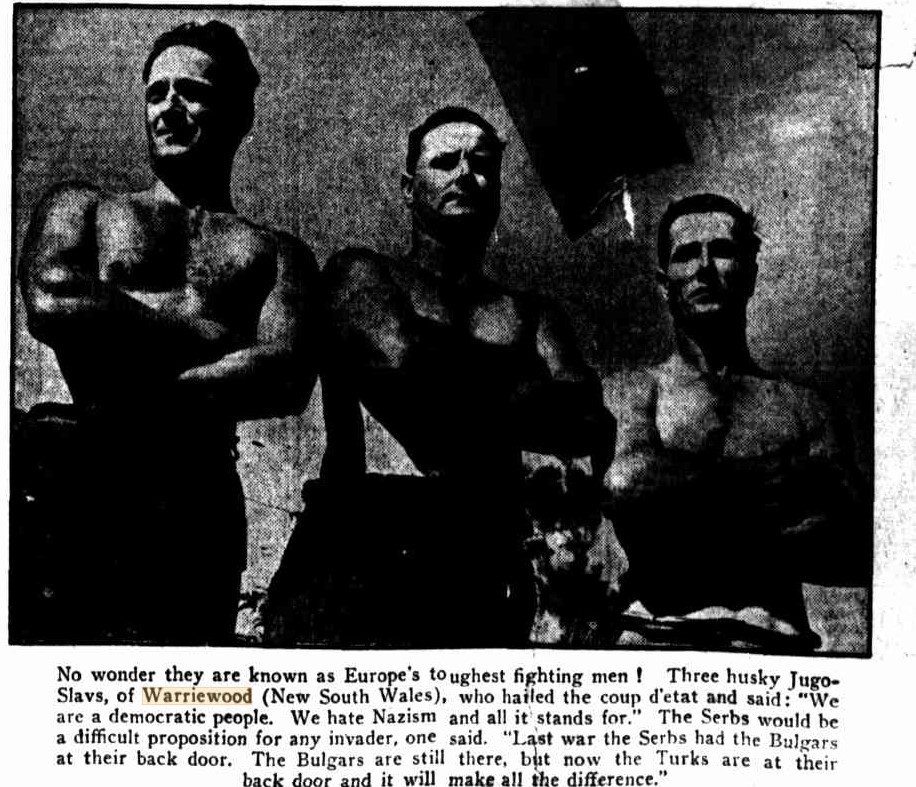
No Title (1941, April 1). Queensland Times (Ipswich, Qld. : 1909 - 1954), p. 4 (DAILY.). Retrieved from http://nla.gov.au/nla.news-article114165651 - 3 husky Jugoslavs
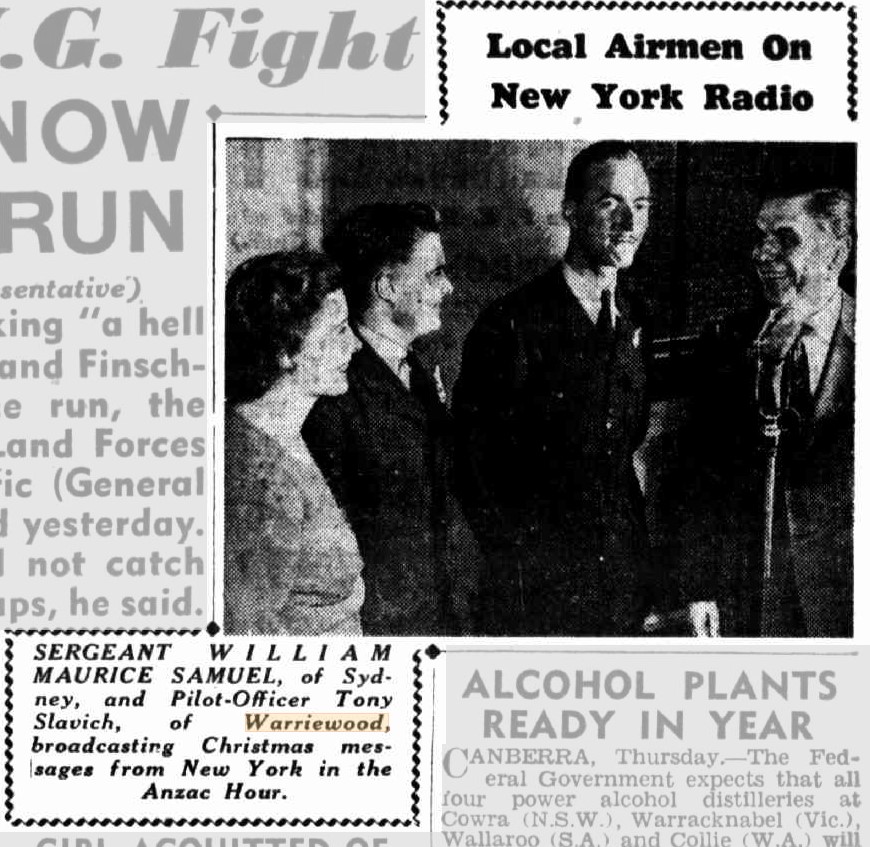
Message From N. York (1943, November 22). Daily Mirror (Sydney, NSW : 1941 - 1955), p. 3 (Late Final Extra 2). Retrieved from http://nla.gov.au/nla.news-article272162333
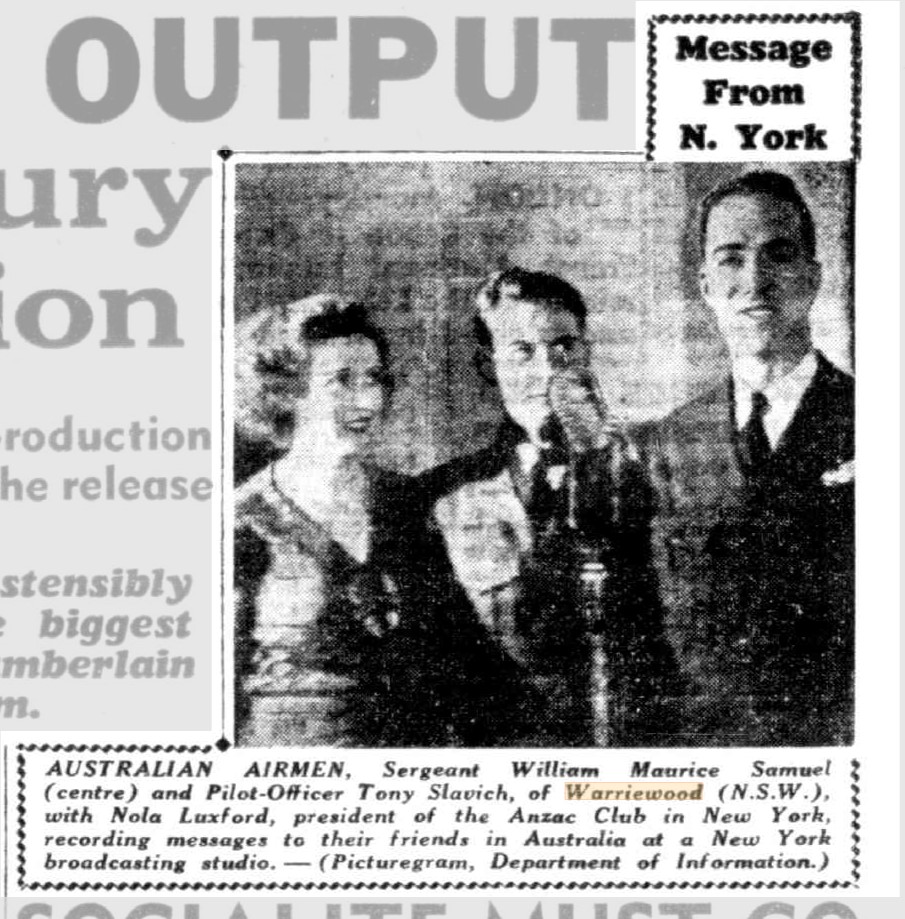
Local Airmen On New York Radio (1943, December 23). Daily Mirror (Sydney, NSW : 1941 - 1955), p. 5 (War News Edition 2). Retrieved from http://nla.gov.au/nla.news-article272064767
Some images from March and April 1941 - no one but the DT thought those who LOVED living in Warriewood, and had been there for t least three generations in some cases, would turn their back on their autonomy and the land that welcomed them with open arms:
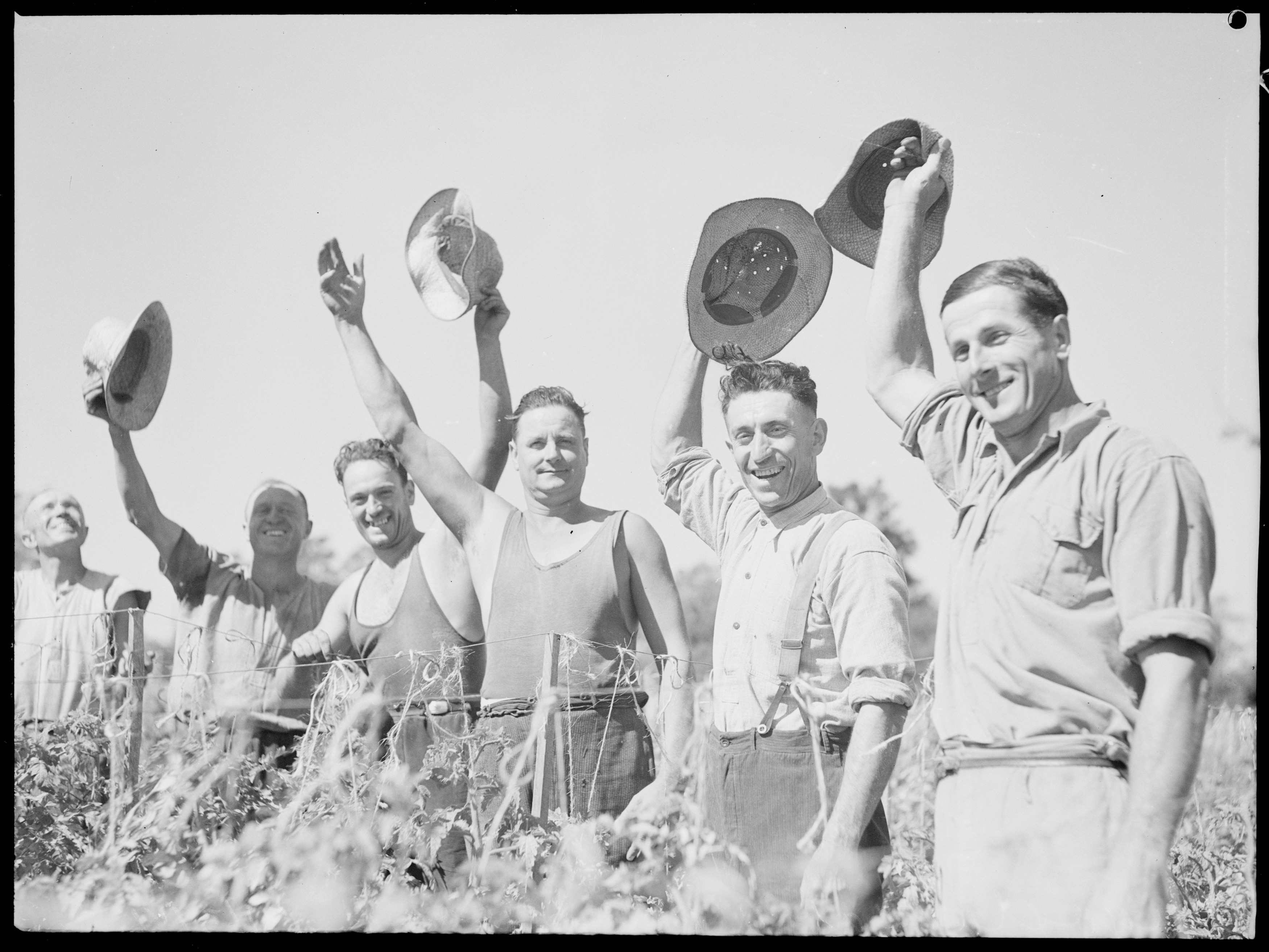
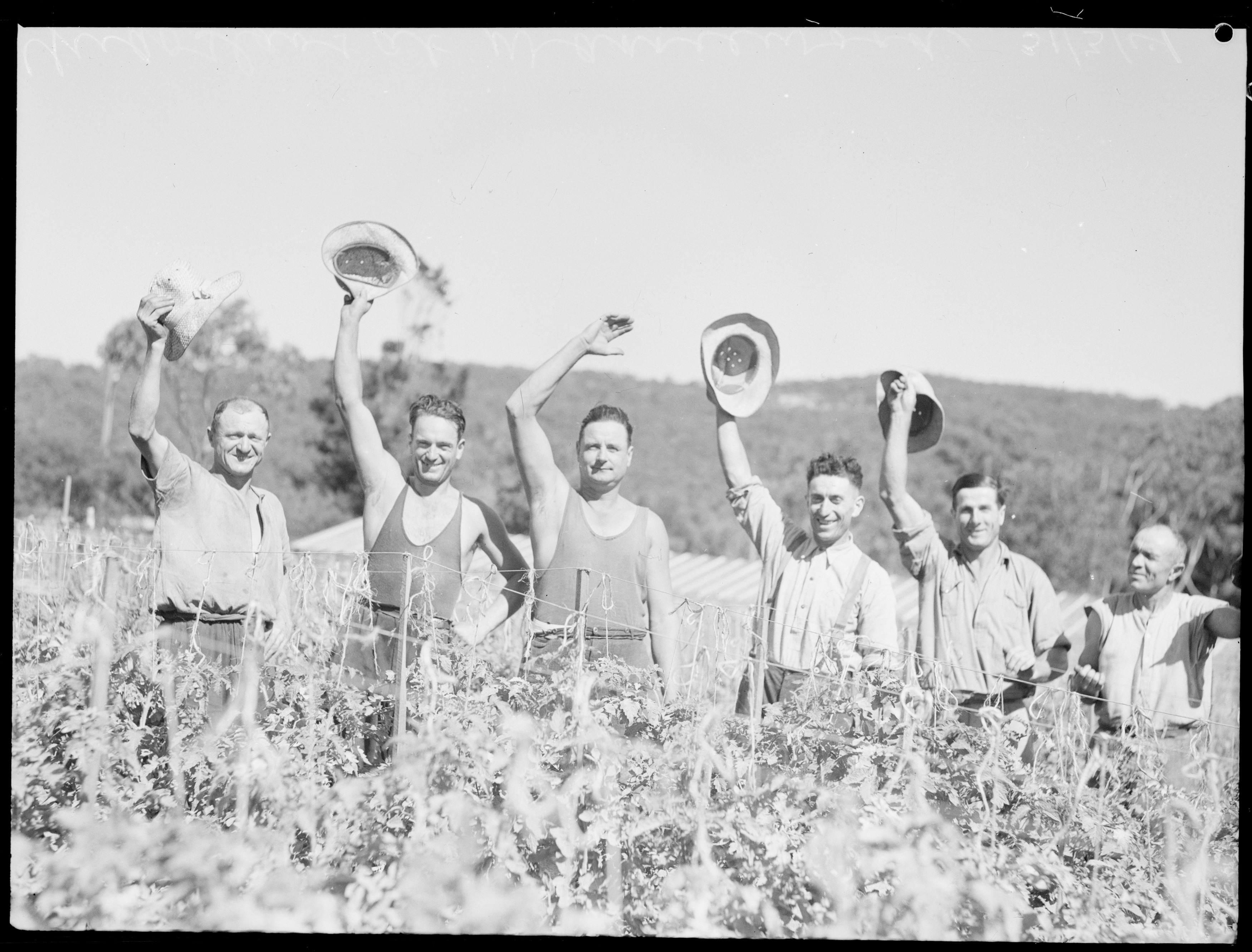
Yugoslavs at Warriewood, 8 March 1941 - envelope dated 31/3/1941. Assumed by Library volunteer to be Sun; other envelopes in sequence marked "DS". Items e13170_0001_c and e13170_0004_c, courtesy Mitchell Library, State Library of New South Wales
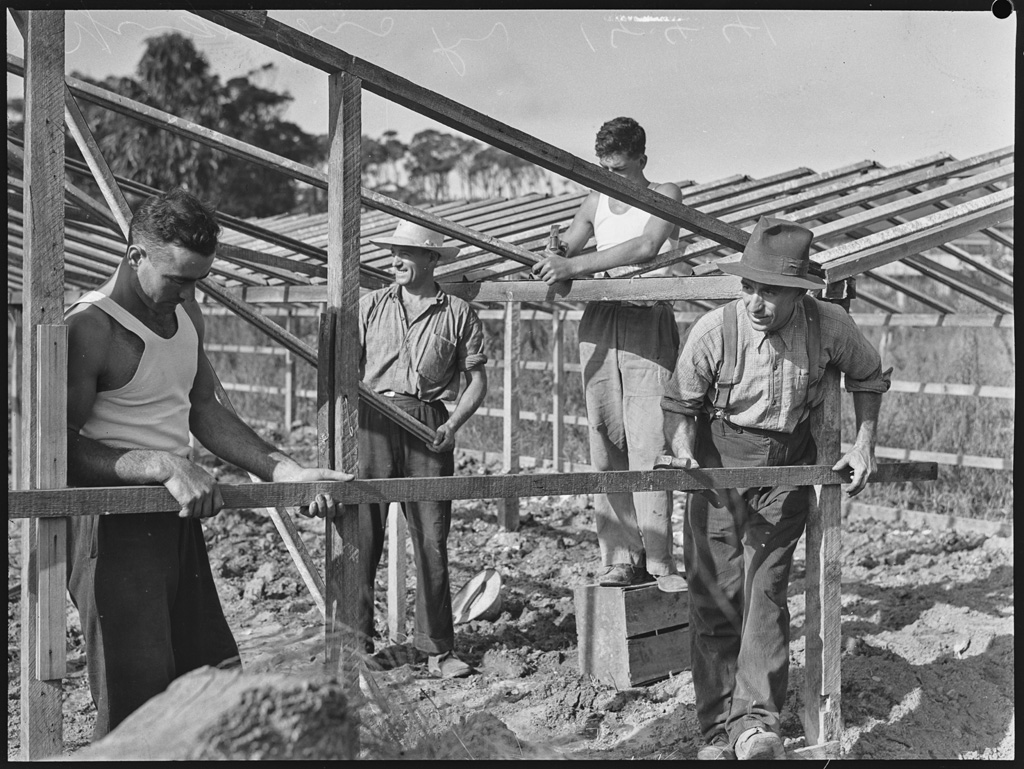
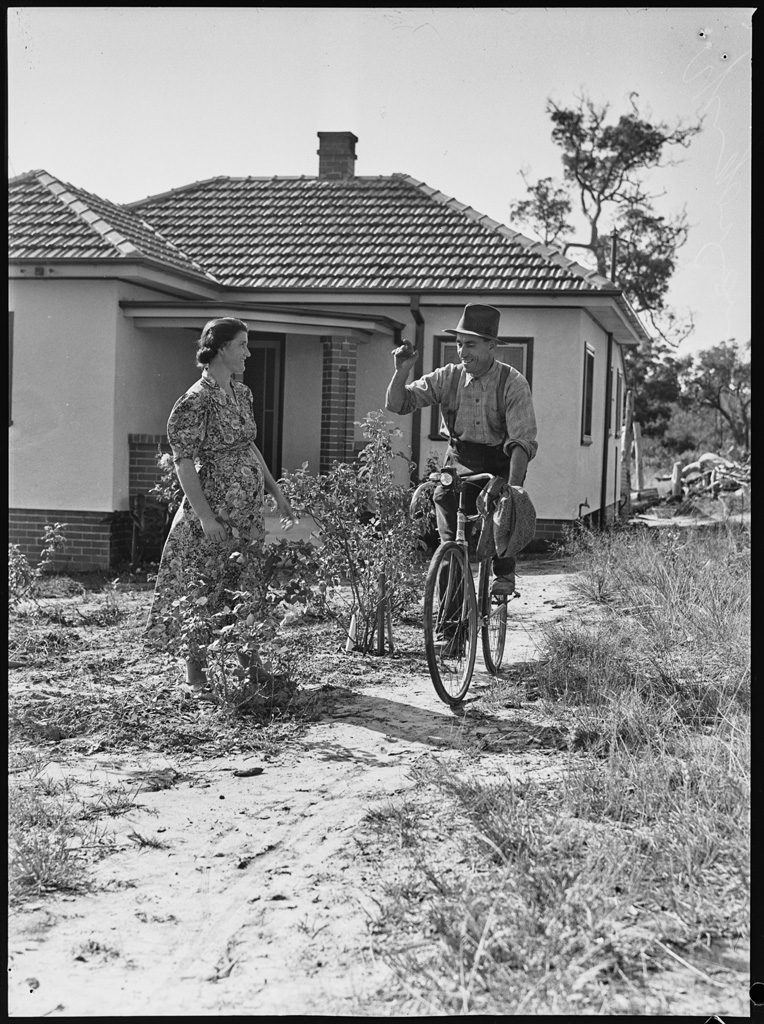
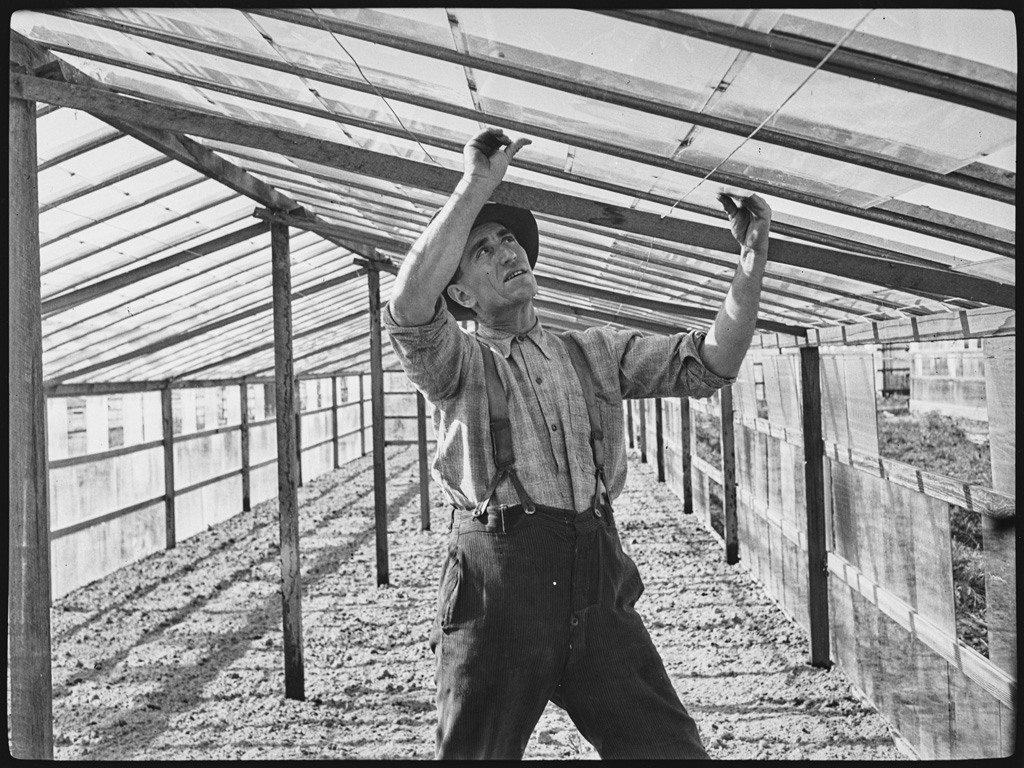
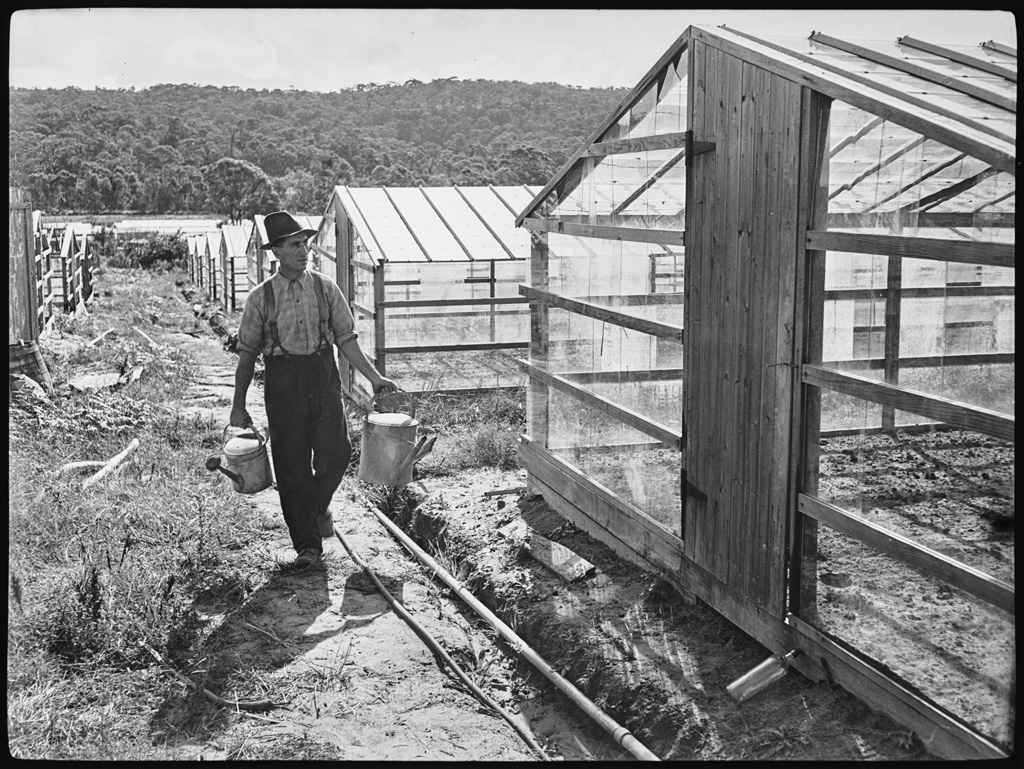
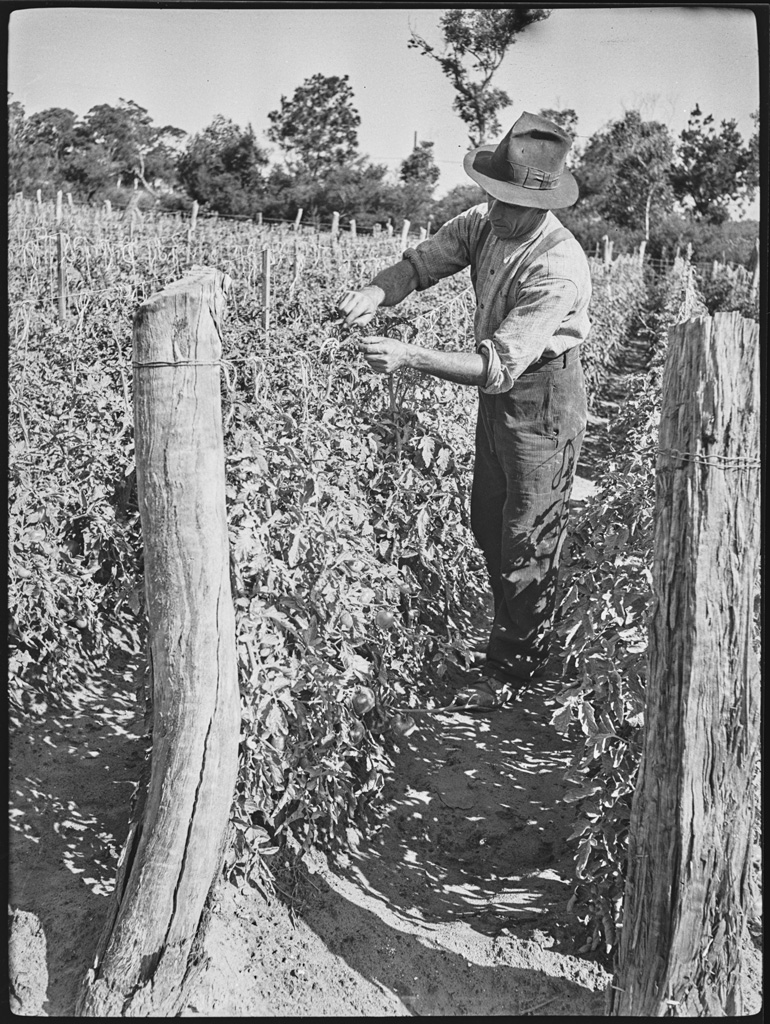

Yugoslavs' farm at Warriewood, 7 April 1941 / photographed by R. Donaldson, Title and date from original envelope housing negatives or devised by Library volunteers, Items: c19019_0002_c, c19019_0005_c, c19019_0017_c, c19019_0019_c, c19019_0021_c and c19019_0022_c courtesy Mitchell Library, State Library of New South Wales and Courtesy ACP Magazines Ltd.
Narrabeen, Turimetta, Warriewood + Mona Vale for Coastal Defence services in WWII – from the National Archives of Australia:
- Mrs Ortega - Use of cottage and land at Narrabeen - Hire of property by Australian Military Forces;1940
- Hire of property 'Greenseas', Narrabeen Park Road Mona Vale by the Australian Military Forces. Property owned by Mrs Ethel Macken and required as Mortar Headquarters; 1942 - 1943
- Nth Narrabeen - Occupation by Australian Military Forces of cottage at 56 Kabardo Road North Narrabeen, the property of Mr J R Perry. Includes claim for compensation; 1942 - 1943
- Nth Narrabeen - Occupation by Australian Military Forces of premises at 56 Kabardo Road North Narrabeen, the property of Mr H C Marshall ; 1942 - 1943
- 22 Powderworks Road, Narrabeen: James Wheeler - Occupation by Australian Military Forces of premises. Includes claim for compensation by property's owner, Mr Wheeler; 1942 - 1943
- Narrabeen -Occupation by Australian Military Forces of cottage at the cnr of Park Avenue & Sydney Road, Narrabeen, the property of Mr JB Lees; 1942 - 1943
- Narrabeen - Occupation by Australian Military Forces of 'Minti', Ocean Street, Narrabeen, the property of Mr KR Moore [File includes an Annual Return for the Year Ended 30th June, 1934 for the Australian Rifle Club, 2nd Military District]; 1942 - 1942
- Narrabeen -Occupation by Australian Military Forces of cottage at 39 Clarke Street, Narrabeen, the property of Mr TE Davis; 1942 - 1943 3173127
- Narrabeen - Occupation by Australian Military Forces of cottage in Park Road, Narrabeen, the property of Mrs P Peterson; 1942
- Occupation by Australian Military Forces of 'Hillcrest' In Alleyne Road, North Narrabeen, the property of Mr WH Trautwein; 1942 - 1943
- Hire of garage at 38 Edgecliff Boulevard Narrabeen by the Australian Military Forces. Property owned by Hilda Maud Burnett and required as a troop accommodation site by 7 Garrison Battalion: 1942
- Hire of cottage 'Hillside', Clark Street Narrabeen by Australian Military Forces. Property owned by Percy Bruce Chapman and required as a troop accommodation site by 7 Garrison Battalion; 1942-1943
- Narrabeen [Hire of cottage at 3 Warraba Road Narrabeen by the Australian Military Forces. Property owned by Mrs J A Campbell and required as troop accommodation by 5 Platoon B Company; 1942
- Narrabeen - Hire of cottage at 28 Warraba Road Narrabeen by the Australian Military Forces. Property owned by Mr E Flannery and required as a troop accommodation site by 7 Garrison Battalion; 1942 - 1942
- Hire of cottage 'Kosciusko', Alleyne Avenue Narrabeen by the Australian Military Forces. Property owned by Miss Jessie Jeffcoat and required as troop accommodation by 7 Garrison Battalion; 1942 - 1943
- Occupation by the Australian Military Forces of 'Narbethong' 9 Narrabeen Park Parade, Warriewood Beach, the property of Mrs M Russell; required by 7 Garrison Battalion. Includes claim for compensation; 1942 - 1943
- Narrabeen - Hire of cottage 'The Lookout', Alleyne Avenue Narrabeen by Australian Military Forces. Property owned by Kathleen Bateman and required as a troop accommodation site by 7 Garrison Battalion; 1942 - 1943 3225269
- Narrabeen - Hire of lot 25 Alleyne Avenue Narrabeen by Australian Military Forces. Property owned by William Roy Thornton and Constance Wigley and required as a troop accommodation site by 7 Garrison Battalion; 1942 - 1943 3225272
- Hire of garage in Alleyne Avenue Narrabeen by the Australian Military Forces. Property owned by Valentine and Lucy Carter and required as a cook house and cooks' quarters by B Company 7 Garrison; 1942 - 1944 3225924
- Narrabeen - Hire of cottage 'Averest', Alleyne Avenue Narrabeen by the Australian Military Forces. Property owned by Mr DE Kinipple and required as a troop accommodation site by 7 Garrison Battalion;1942 - 1943
- Narrabeen - Hire of cottage 'Keston', Alleyne Avenue Narrabeen by the Australian Military Forces. Property owned by Edith Mills and required as a troop accommodation site by 7 Garrison Battalion: 1942 - 1943
- Narrabeen - Occupation by the Australian Military Forces of cottage known as 'Swanley' in Alleyne Avenue, North Narrabeen the property of Mrs AM Whalan; required by 7 Garrison Battalion as accommodation. Includes claim for compensation; 1942
- Hire of cottage 'Shipton', 19 Ocean Street Narrabeen by the Australian Military Forces. Property owned by Mrs J Galvin and required as a troop accommodation site by 7 Garrison Battalion; 1942 - 1942
- Hire of cottage 'Moondara', Deep Creek Road Narrabeen by the Australian Military Forces. Property owned by Mr CL Bradney and required as a troop accommodation site by 7 Garrison Battalion; 1942
- Hire of cottage 'Killcare', Aubreen Avenue Narrabeen by the Australian Military Forces. Property owned by Mrs AM Barrett and required as a troop accommodation site by 7 Garrison Battalion, but occupation of the property by the Commonwealth was not proceeded with] 1942
- Hire of Narrabeen Lake Recreation Reserve by the Australian Military Forces. Property owned by Warringah Shire Council and required as a gun site area and troop camp by 104 Anti Tank Regiment; 1942
- Hire of cottage 'Keston', Alleyne Avenue Narrabeen by the Australian Military Forces. Property owned by Edith Mills and required as a troop accommodation site by 7 Garrison Battalion; 1942 - 1943 3231710
- Narrabeen - Hire of cottage on the corner of The Esplanade and Mactier Street Narrabeen by the Australian Military Forces. Property owned by the estate of the late GW Walker and required as a troop accommodation site by 7 Garrison Battalion; 1942 - 1943
- Hire of cottage 'Hartleigh', Collins Avenue Narrabeen by the Australian Military Forces. Property owned by Mrs F Hartley and required as a troop accommodation site by 7 Garrison Battalion, but occupation of the property by the Commonwealth was not proceeded with.
- Narrabeen Hire of cottage on the corner of The Esplande and Mactier Street Narrabeen by the Australian Military Forces. Property owned by the estate of the late GW Walker and required as a troop accommodation site by 7 Garrison Battalion; 1942 - 1943 3231714
- Narrabeen - 36 Kabado Road - Miss Barbara Munro Hire of house at above address by the Australian Military Forces. Property owned by Barbara Munro and required as a troop accommodation site by 104 Anti Tank Regiment; 1942 - 1943 3232473
- Narrabeen - Occupation by the Australian Military Forces of cottage known as 'Swanley' in Alleyne Avenue, North Narrabeen the property of Mrs AM Whalan; required by 7 Garrison Battalion as accommodation. Includes claim for compensation; 1942
- Occupation by Australian Military Forces of premises at 40 McTier Street, Narrabeen the property of Mr R Manning; required by Army for defensive positions. Includes claim for compensation; [18 pages] - 1944
- Collaroy - Hire of house and garage at 'Makura', corner of Pittwater Road and Jenkin Street Collaroy by the Australian Military Forces. Property owned by Mr McGowan and required as a troop accommodation site by a Company, 7 Garrison Battalion; 1942-1943
- Collaroy - Occupation by Australian Military Forces of 'Shipmates' at 175 Pittwater Road, Collaroy, the property of Mrs C Stuart; 1942
- Collaroy - Occupation by Australian Military Forces of 'Roadhouse' at 171 Pittwater Road, Collaroy, deceased estate of Mrs A Ward; 1942 - 1944
- Occupation by Australian Military Forces of Homedale Flats, Brissenden Avenue Collaroy, the property of Miss M Van Brakkel. Includes complaint from property owner regarding gun pit; box 76]: 1942 - 1943
Others:
- Mona Vale - Hire of cottage 'Allawah', corner of Pittwater and Phillip Roads Mona Vale by the Australian Military Forces. Property owned by Amy Barclay and required as a gun site area and troop camp by 104 Anti Tank Regiment
- Pittwater - Land at Taylors Point - Claim nos G307, G452 & P823 [Hire of lots 18-22 Hudson Parade Taylors Point by the Australian Military Forces. Properties owned by Alice Strahan, Lewis Kiel and Agnes Clift and required by the Navy as a site for torpedo test range buildings; – 1942-45
And this list does not iclude all at Whale Beach, Palm Beach, Avalon and Clareville or Newport.
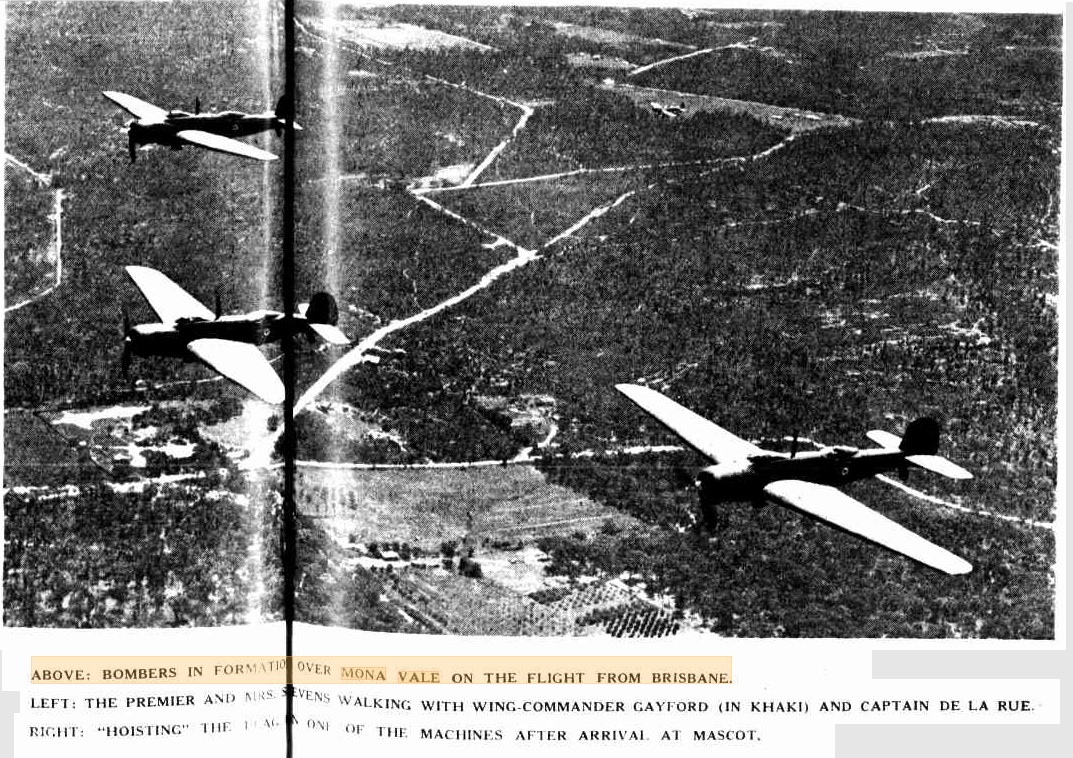
ABOVE: BOMBERS IN FORMATlON OVER MONA VALE ON THE FLIGHT FROM BRISBANE. R.A.F— (1938, November 23). Sydney Mail (NSW : 1912 - 1938), p. 26. Retrieved from http://nla.gov.au/nla.news-article166525725
The Restoration took Years
TANK TRAPS BLAMED FOR EROSION
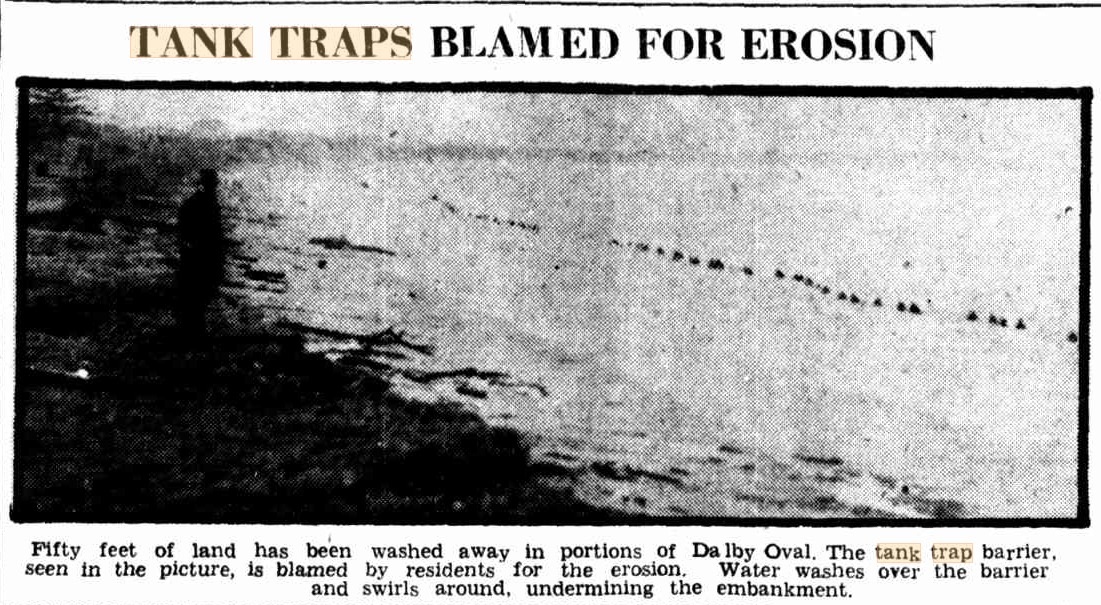
Fifty feet of land has been washed away in portions of Dalby Oval. The tank trap barrier, seen in the picture, is blamed by residents for the erosion. Water washes over the barrier and swirls around, undermining the embankment. TANK TRAPS BLAMED FOR EROSION (1945, June 15). Newcastle Morning Herald and Miners' Advocate (NSW : 1876 - 1954), p. 6. Retrieved from http://nla.gov.au/nla.news-article134998661
Tank-Trap Breakwater Suggested
If the Army removed tetrahedrons from Stockton beach the concrete blocks should be used to build a 'spur' breakwater out from the beach opposite Cardigan Street to prevent further erosion, instead of being dumped on the existing long breakwater, the secretary of Stockton Progress Association (Mr. R. Forward) urged today.
A unit of Royal Australian Engineers this week began experiments to test the practicability of removing the tetrahedrons, which residents contend were largely responsible for erosion alone the seashore. Mr. Forward has expressed the opinion that a short breakwater out from the shore at the point suggested would break the sweep of the sea from the south around the big breakwater and would assist to prevent further erosion. He claims that hundreds of tank traps lying idle at Stockton could be used to build a breakwater in a short time and that this would give 'breathing time' in which permanent measures to prevent further damage from the sea could be worked out and Implemented. Mr. F. H. Hawkins. M.L.A.. said today that the Minister for Works (Mr. Cahill) still had the matter o' Stockton erosion under review and that further investigations were being made.
He added that he had placed Mr Forward's suggestion for a short breakwater before the Public Works Department, and it was being investigated. Tank-Trap Breakwater Suggested (1946, July 5). The Newcastle Sun (NSW : 1918 - 1954), p. 3. Retrieved from http://nla.gov.au/nla.news-article157702278
Surf Boat Hits Tank Trap
Two planks were ripped off Stockton Surf Club's boat when a wave washed it on to spikes on a tank trap as the boat was returning from laying buoys for swimming laces yesterday. Club officials estimate the damage at £20. As the boat was nearing the beach at high tide, the captain, Colin Whyte. tried to steer it through two tank traps. A wave dashed the boat sideways on to the spikes. Repairs will be done by several club members who are shipwrights, but it, is expected that it will be several weeks before the boat is in commission again. Surf Boat Hits Tank Trap (1946, October 28). Newcastle Morning Herald and Miners' Advocate (NSW : 1876 - 1954), p. 2. Retrieved from http://nla.gov.au/nla.news-article133161216
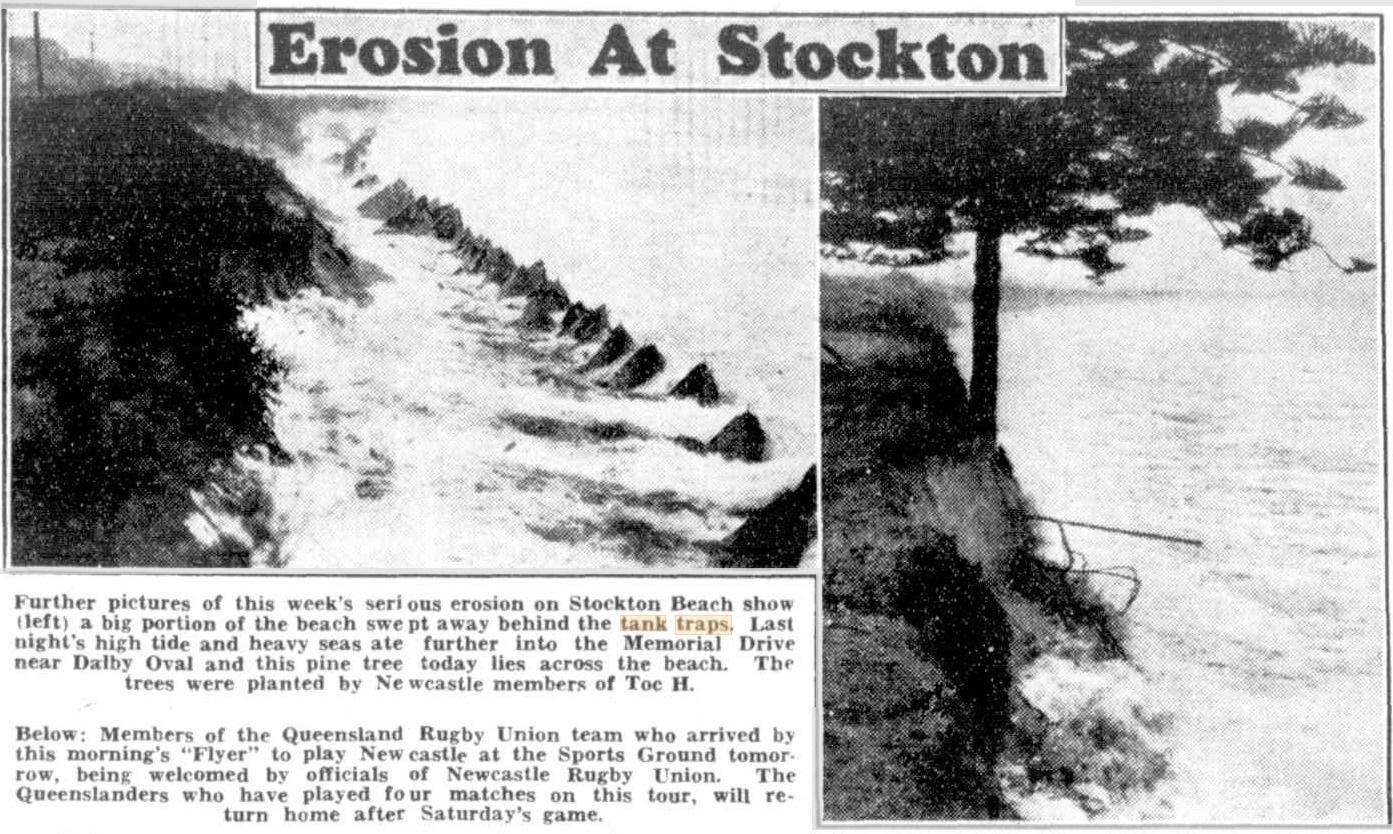
Erosion At Stockton (1948, June 18). The Newcastle Sun (NSW : 1918 - 1954), p. 7. Retrieved from http://nla.gov.au/nla.news-article158141374
Sea Wall At Stockton 'Out Of The Question'
The construction of a sea wall at Stockton to protect the foreshore from further erosion was out of the questio n, the Chief Engineer of the Public Works Department (Mr. J. M. Main) t old the Lord Mayor (Aid. Quinlan) today after an inspection of the area.
Mr. Main made the inspection in company with the Lord Mayor, City Engineer (Mr. Baddeley) arid the department's District Engineer (Mr. Hague). The Chief Engineer made these points: — © Cost of constructing a wall of steel sheet piling or reinforced concrete on a sheet pile foundation along the affected length of the beach would be about £400,000. ? In his opinion there was no danger of the sea breaking through to the harbor even if erosion continued. 0 The protective measures already taken by the City Council if consolidated, would form an effective barrier against further heavy seas. Report To Minister Mr. Main will report to the Minister for Works and Local Government (Mr. Cahill) the results of his inspection today. After examining: the extent of damage to the foreshores from the area adjacent to the Housing commission settlement to the Stockton Surf Club house Mr, Main said that a threat to private property only existed along a comparatively small section of the affected area.
The cost of constructing a wall along the whole length of the beach would be prohibitive. He suggested that the wall of slag, stone and concrete, built in recent weeks by council workmen as a temporary measure, should be strengthened by the placing of a line of several hundred tetrahedrons, at present lying half-buried about 25 feet from the bank, at its base to make a tow. These tetrahedrons in their present position, were quite useless, he added.
Mr. Main also suggested that the wall should be strongly faced with additional tank traps and large spoil concrete. When told by the Lord Mayor that council had already spent more than £1000 and could not afford to spend more, Mr. Main suggested that Mr. Baddeley should prepare an estimate of the cost of work already undertaken and of that proposed by him for submission to the Premier (Mr. McGirr) during his visit to Newcastle next weekend. Sea Wall At Stockton "Out Of The Question" (1948, July 27). The Newcastle Sun (NSW : 1918 - 1954), p. 2. Retrieved from http://nla.gov.au/nla.news-article158268045
TANK TRAP TENDER APPROVED Acceptance of a tender of £1750 to remove tank traps from near Pitt-street. Stockton, and the Stockton Mental Hospital, and place them at the erosion area opposite Pembroke-street, was recommended by Greater Newcastle Works Committee last night. The full tender, which was from Mr. J. W. Haworth, cnr. Turton and Brisbane Roads, New Lambton, was for £2375, but this included restacking of about 500 tank traps at present near Pembroke-street at a cost of £625. The committee decided to leave these traps where they were. The City Engineer (Mr. Baddeley) said Mr. Haworth's tender was the only one received following the cancellation of the contract of Mr. S. J. Bailey, of Carrington. TANK TRAP TENDER APPROVED (1948, August 11). Newcastle Morning Herald and Miners' Advocate (NSW : 1876 - 1954), p. 3. Retrieved from http://nla.gov.au/nla.news-article140362287
AWARDED £1000 OVER TANK TRAP
A Salt Ash grazier and orchardist, Reginald Sansom, today a as awarded £1000 against the Department of the Interior for damage to his property during the war. The award was made at a sitting of the War Compensation Board in Newcastle at which Mr. J. B. Scobie, S.M.. presided. Sansom claimed compensation for damage to 12 acres of land and fruit trees caused by the erection of a tank trap by the Army in 1941. Mr. J. M. Williams, instructed by Mr. J. M. Ruggero, appeared , for Sansom. AWARDED £1000 OVER TANK TRAP (1948, September 10). The Newcastle Sun (NSW : 1918 - 1954), p. 2. Retrieved from http://nla.gov.au/nla.news-article158267160
Down the coast:
Tank Trap Blocks Removal
The Army Minister (Mr. Francis) has notified the Southern Zone committee he cannot forecast when removal of tetrahedrons from Lake Illawarra is likely to be complete.
Tetrahedrons are concrete blocks used in Army tank traps when a Japanese invasion was feared during World War 2 Mr. Francis told the committee the work should have been finalised last August, but the contractor's crane had been damaged and working time had been lost. Tank Trap Blocks Removal (1953, January 29). Illawarra Daily Mercury (Wollongong, NSW : 1950 - 1954), p. 6. Retrieved from http://nla.gov.au/nla.news-article134043833
Nevertheless, the 'Warringah Shire Council' way was to leave them in place on the beachfront as a wall against encroaching storm surges.
TANK TRAPS TO PROTECT HOMES
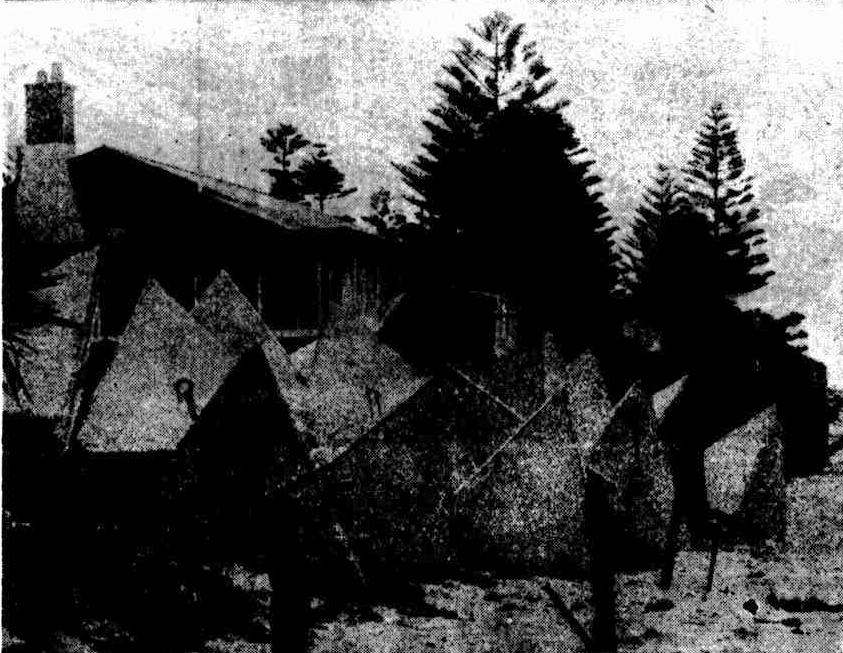
Triangular anti-tank traps have been placed along the beach at Collaroy to prevent washaways of gardens and homes on the waterfront. During heavy storms last year several homes were severely damaged in this area. TANK TRAPS TO PROTECT HOMES (1946, February 14). The Sydney Morning Herald (NSW : 1842 - 1954), , p. 3. Retrieved from http://nla.gov.au/nla.news-article17970399
TANK TRAPS TO PROTECT HOMES
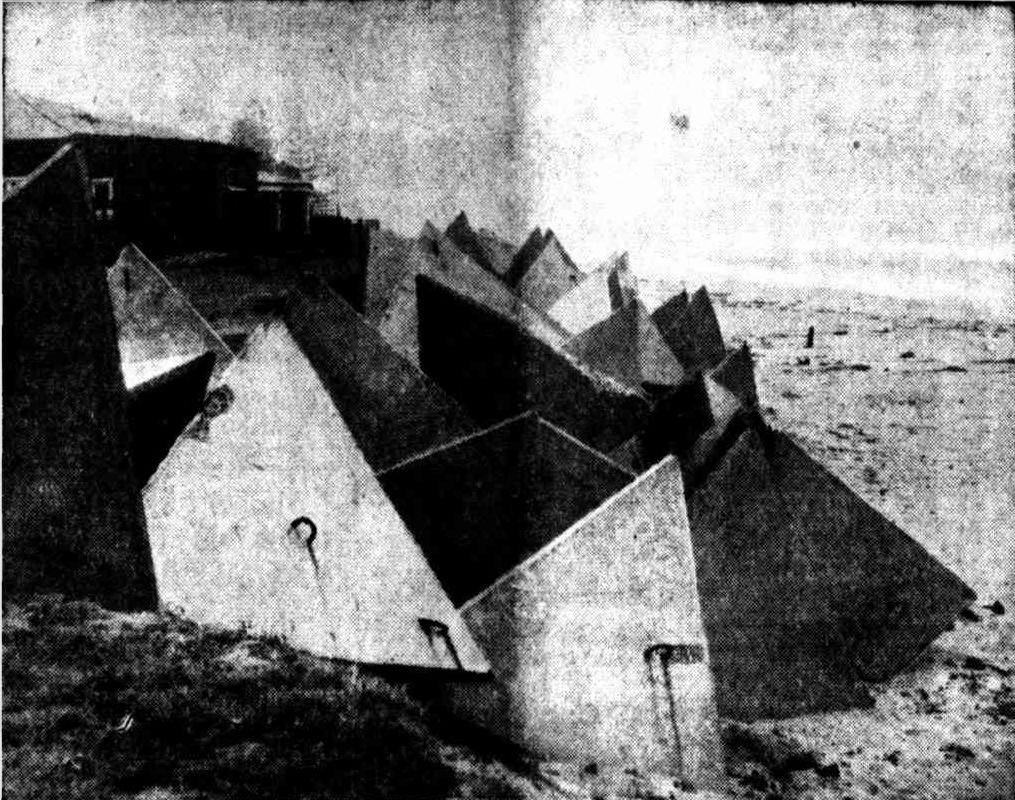
Triangular anti-tank traps have been placed along the beach at Collaroy to prevent washaways of gardens and homes on the waterfront. During heavy storms last year several homes were severely damaged in this area. TANK TRAPS TO PROTECT HOMES (1946, February 15). Daily Advertiser (Wagga Wagga, NSW : 1911 - 1954), p. 1. Retrieved from http://nla.gov.au/nla.news-article145007744
Those who served on the beaches as lifesavers during WWII have spoken about having to negotiate the barbed wire defences. The council, still trying to recover financially from all it had not taken as funding to return spaces to how they were, along with the loss of income from rates due to people serving (although they did sell properties out from under some of those overseas during this time for non-payment of rates), also had to do the back and forth trying to get everything removed. This item shows not everything was taken away during these first post-war years:
YOUTH SPIKES FOOT
NORMAN THORNTON (19), Fairholme St., Strathfield, had his left foot severely lacerated yesterday at Warriewood when he trod on a steel spike of the type used during the war to support barbed wire in beach defences. Manly Ambulance took him to Manly Hospital, where several stitches were inserted in the wound. YOUTH SPIKES FOOT (1946, December 23). Daily Mirror (Sydney, NSW : 1941 - 1955), p. 14 (Country Edition). Retrieved from http://nla.gov.au/nla.news-article272787457
And locally the subject was still in focus in the Summer of 1948-1949:
Mona Vale Will Reopen Course
Mona Vale golf course, which was occupied by the Army during the war, will be reopened for play on January 3. Reconstruction of the course has cost more than £7000. It involved the removal of many tank traps and other military works. A nine-holes layout, 3109 yards in length, skirting the beach, has been constructed. Mona Vale Will Reopen Course (1948, December 17). The Daily Telegraph (Sydney, NSW : 1931 - 1954), p. 17. Retrieved from http://nla.gov.au/nla.news-article248356734
Photos held by the State Library of NSW, the Mitchell Library, taken in the years after peace was restored, show the battlements erected on the beaches and beachfront are gone, even if some may have caught visitors unaware.
One example is those taken of Furlough House rest home at Narrabeen for distressed war widows / photographed by Ivan Ives taken for PIX, July 1949: one photograph shows Narrabeen to Collaroy beach in background. Item: SLNSW_FL9314628
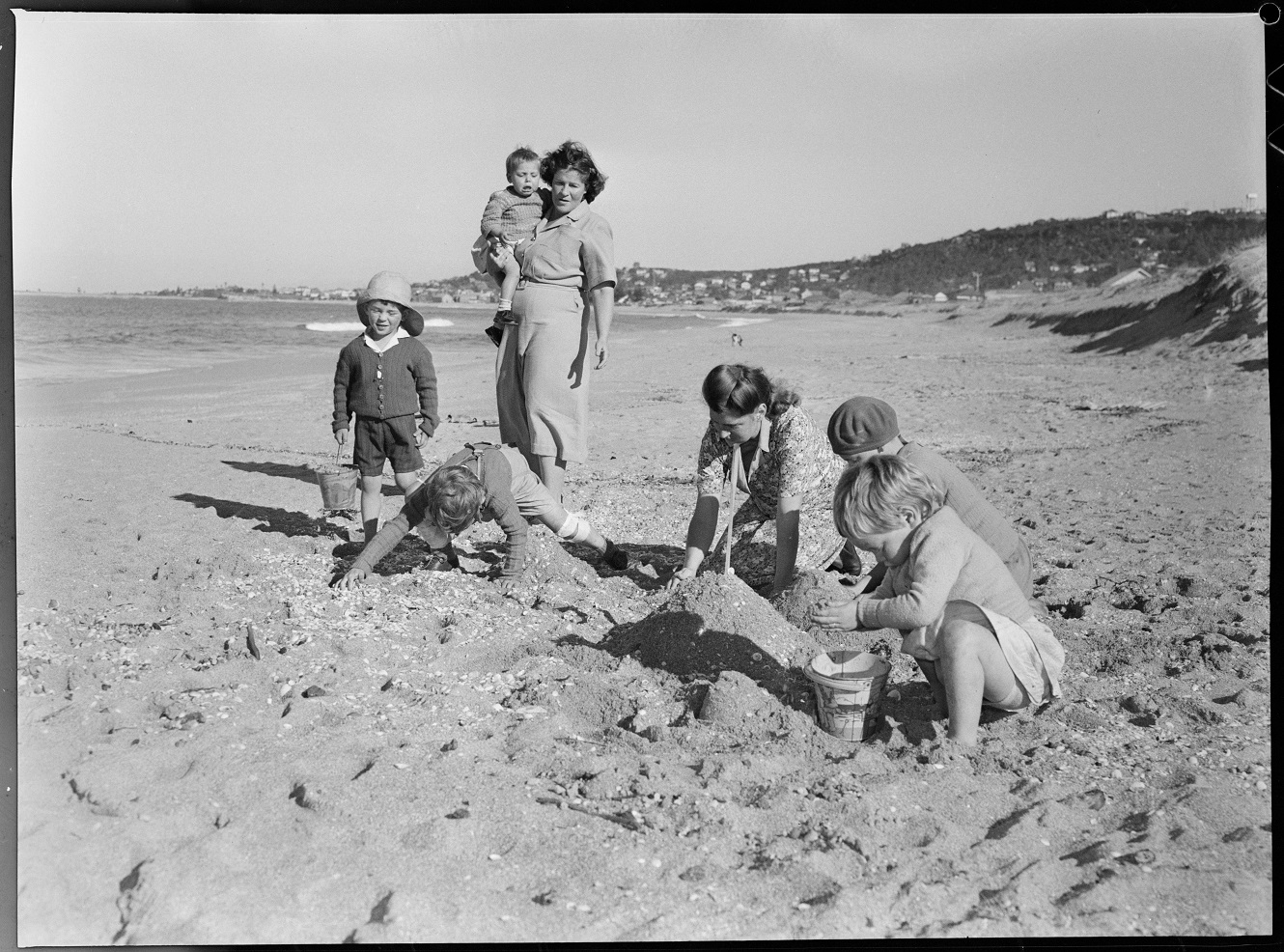
Narrabeen aerials, September 1949 - Mitchell Library, State Library of New South Wales. Items: SLNSW_FL18904302, SLNSW_FL18904303, SLNSW_FL18904304.
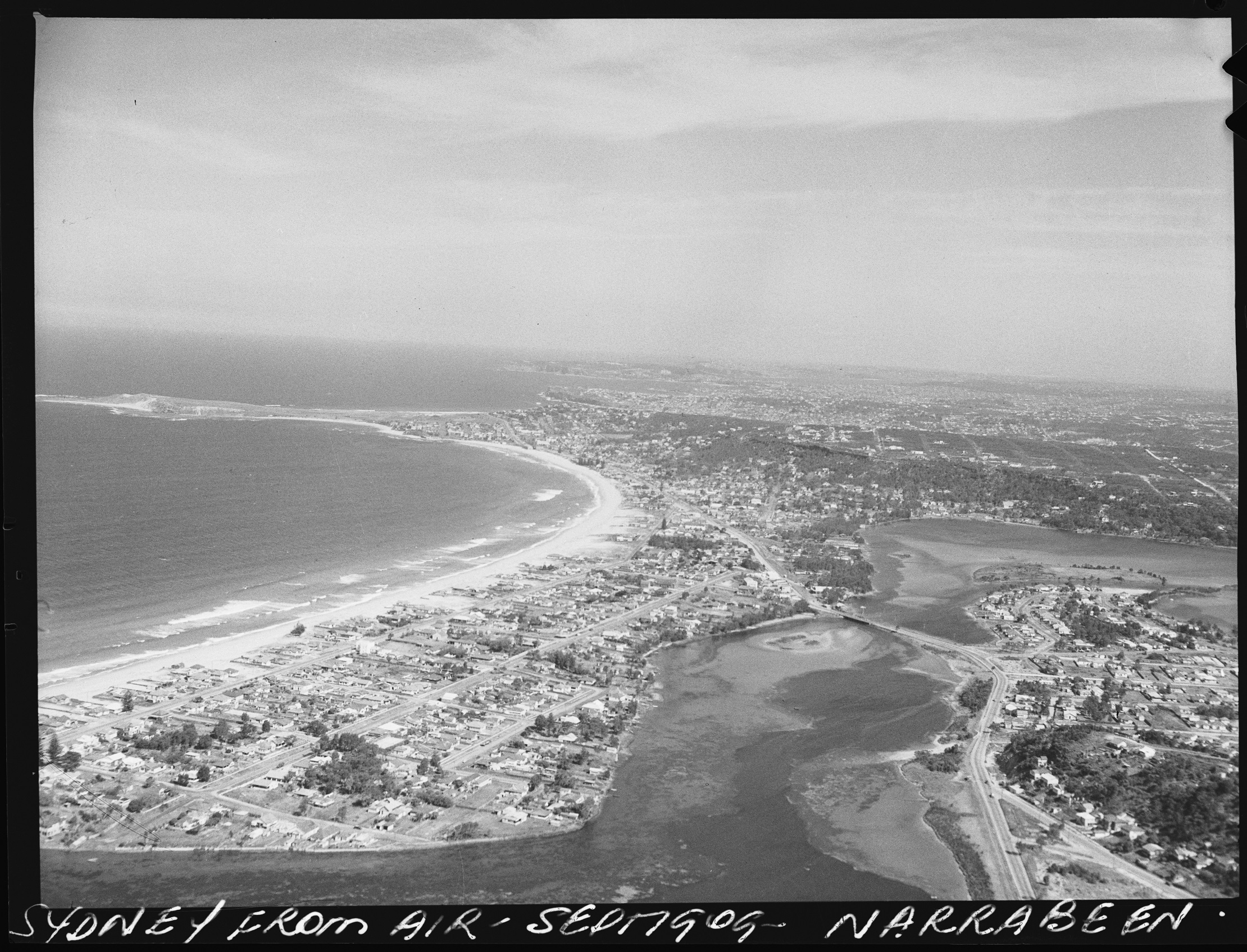
The South Narrabeen girls life saving carnival, 23 January 1955 - ten years on / photographs by R. Donaldson – background in these shows the beach as it was then, and although it is clear there is a fair amount of erosion, no trace of the tetrahedrons still in place can be seen.
Although teenagers and older men 'manned' the beaches during WWII, they were also supported by a large contingent of women and young girls serving in the same capacity. It would still be another 3 decades before women were officially allowed to become serving and patrolling lifesavers and members with their local lifesaving club, the genie was definitely out of the bottle after WWII. One example, still being celebrated was:
SURF CARNIVAL FOR WOMEN ONLY
GOSFORD— A surf carnival for women competitors only will be held at Terrigal on Sunday. There will be in R and R, march past and other events usually contested by men.
Terrigal Club girls for many weeks have been acting as lifesavers, replacing all except four members of the men's club who are with the fighting services. SURF CARNIVAL FOR WOMEN ONLY (1943, March 23). The Newcastle Sun (NSW : 1918 - 1954), p. 6. Retrieved from http://nla.gov.au/nla.news-article167638150
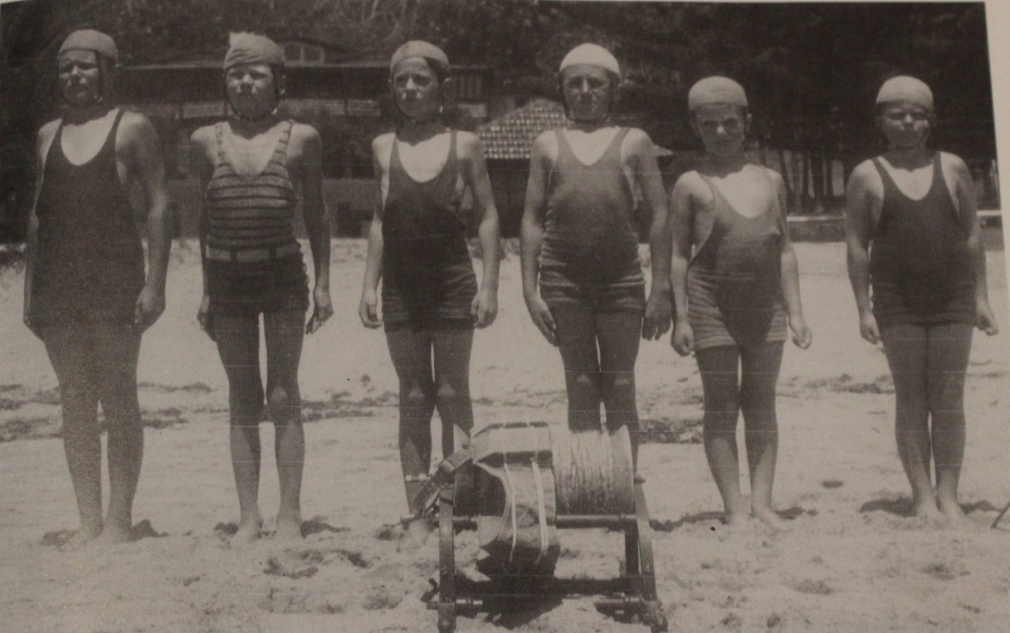
Items: SLNSW_FL16086215, SLNSW_FL16086221, SLNSW_FL16086239, SLNSW_FL16086242, SLNSW_FL16086245, SLNSW_FL16086250 show the South Narrabeen SLSC hosted version from January 1955 (more available online with SLNSW):
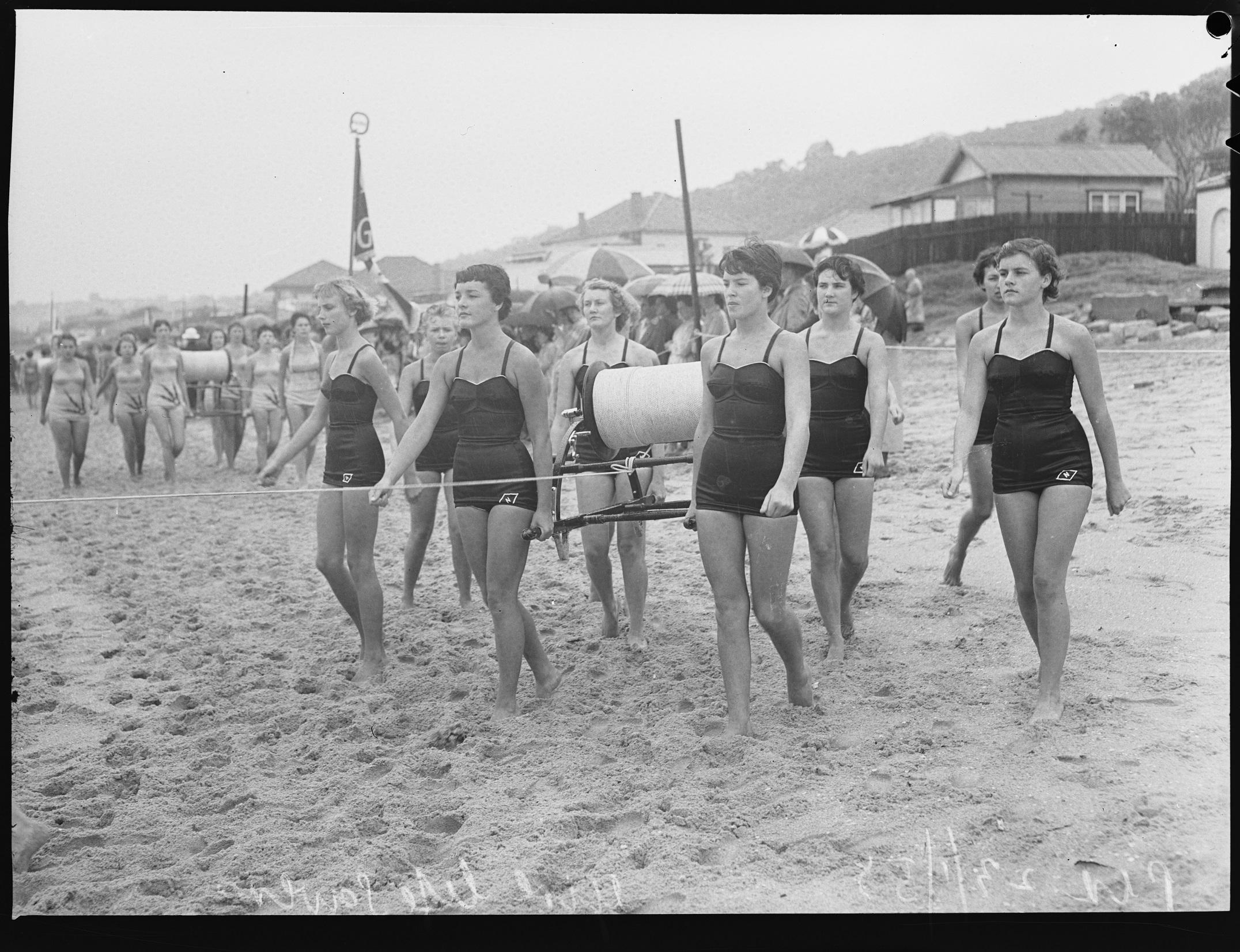
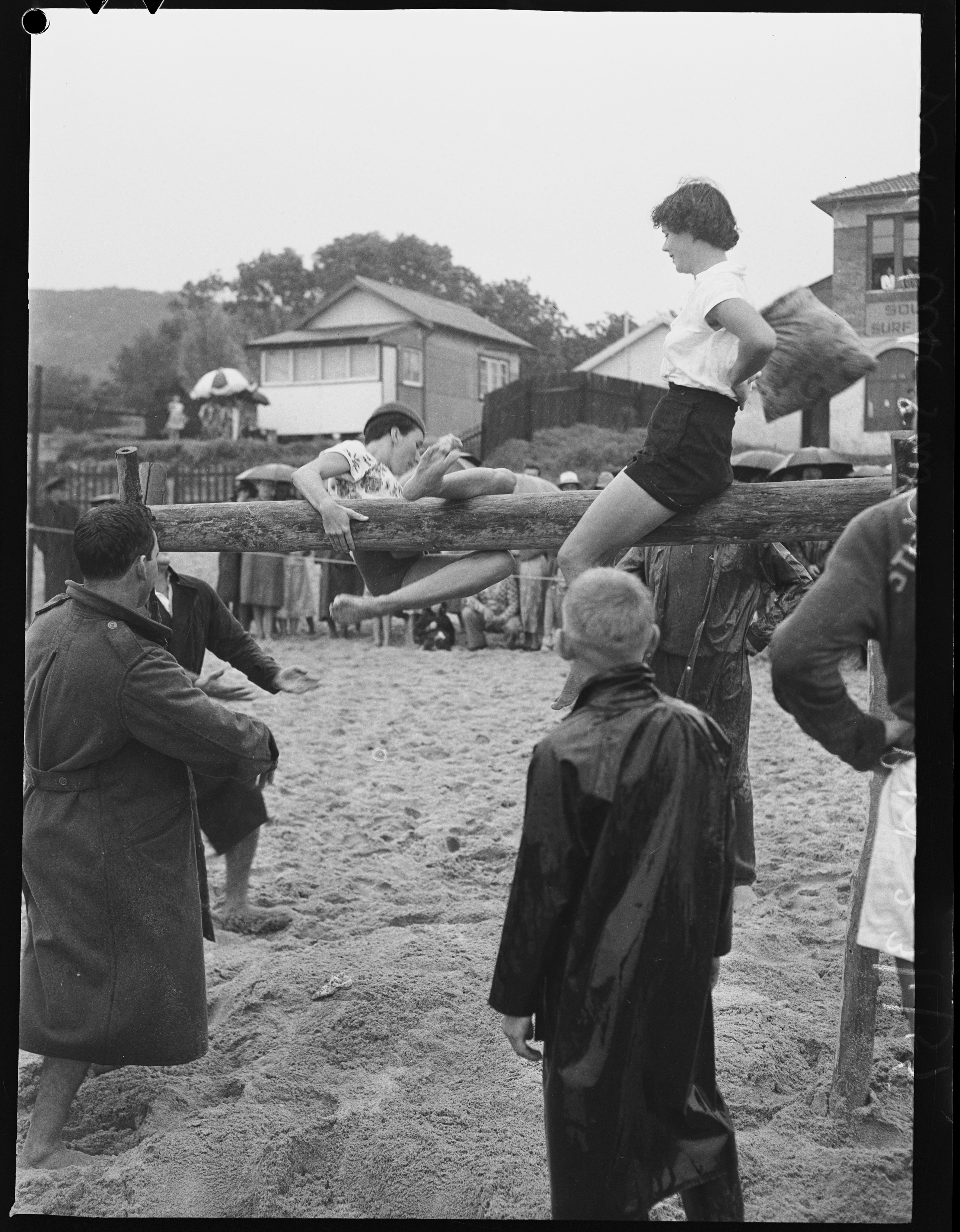
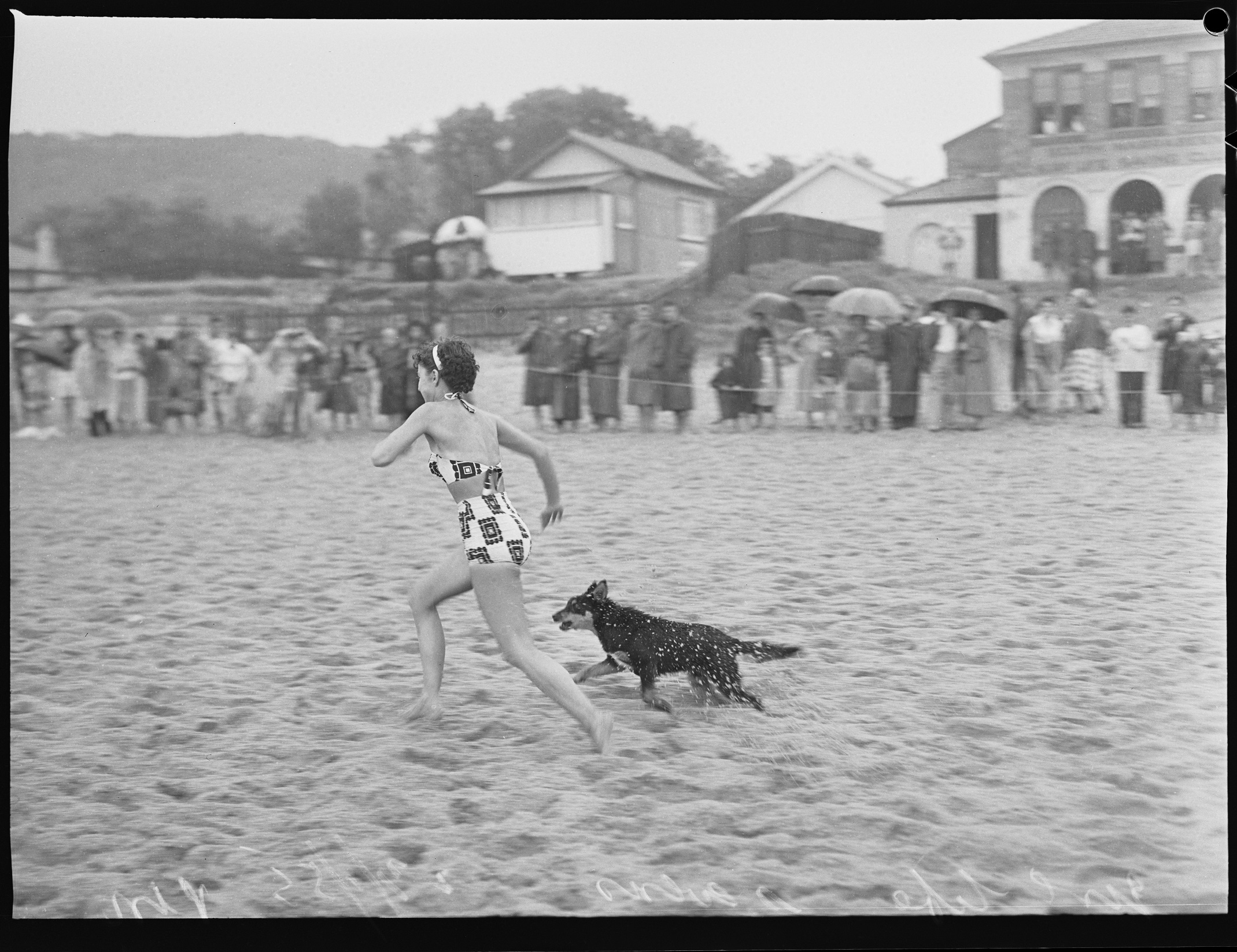
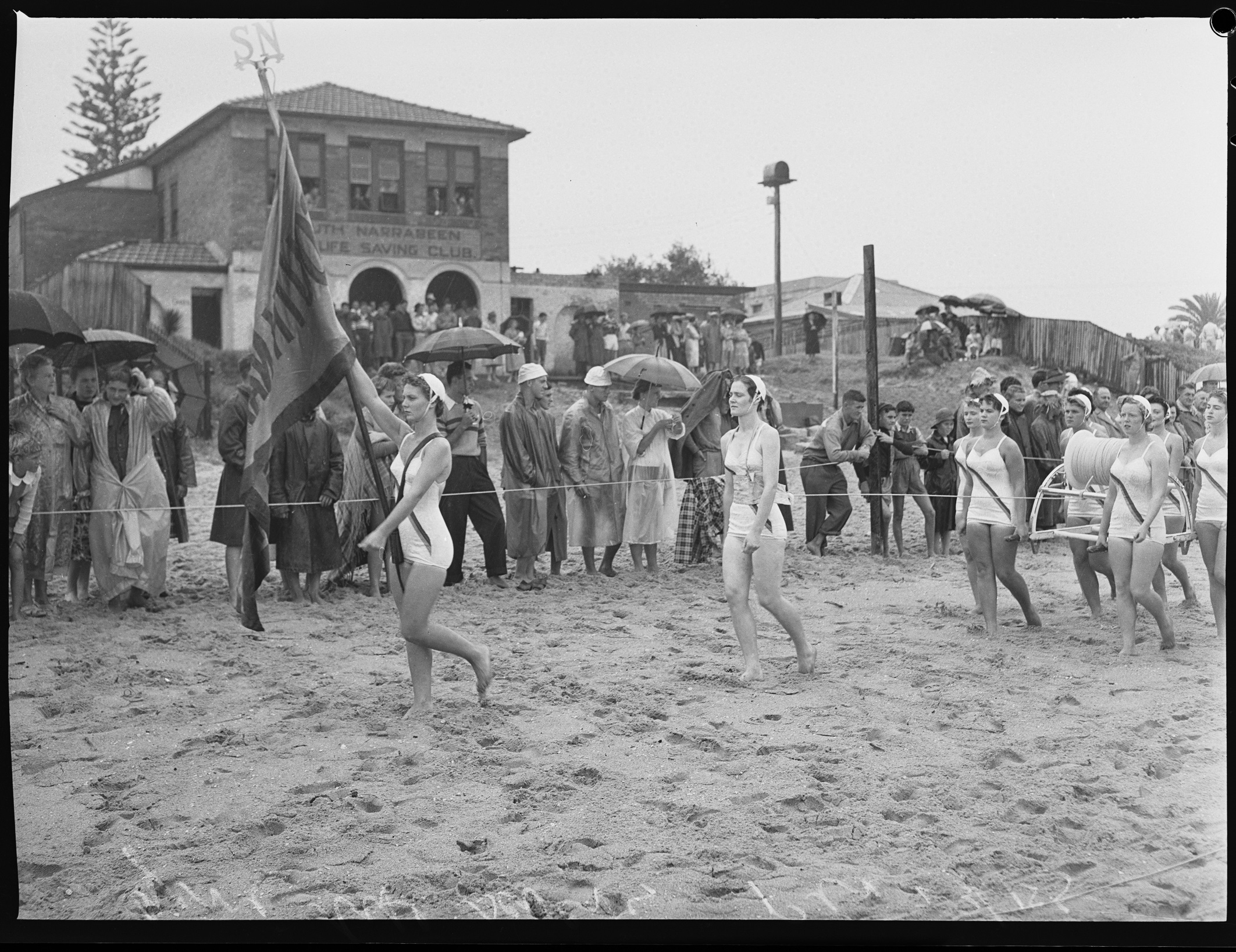
Coming Home to Narrabeen: Bryson's Song
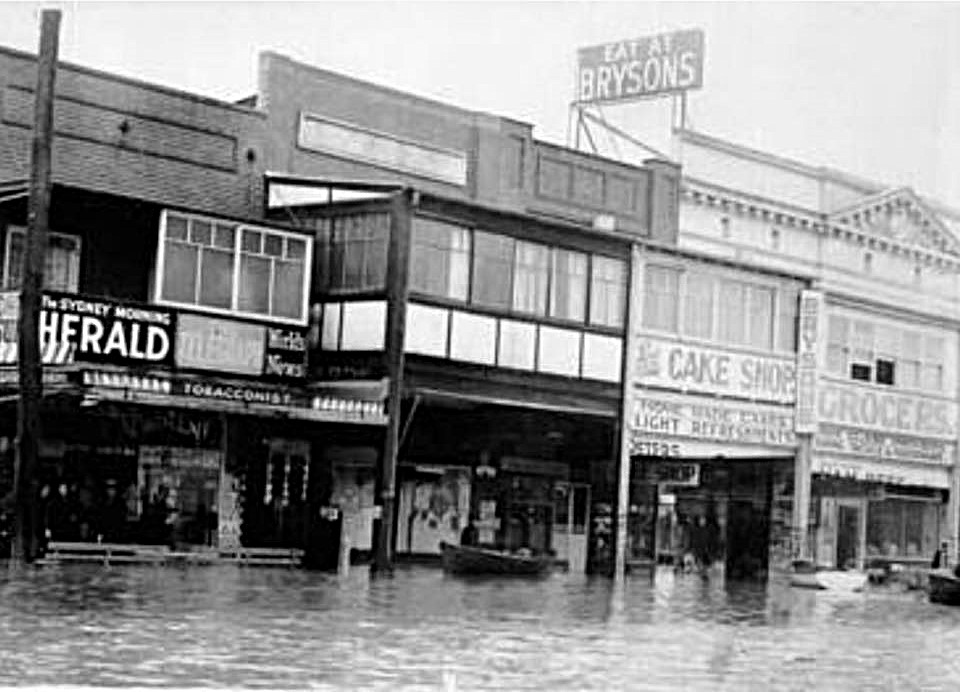
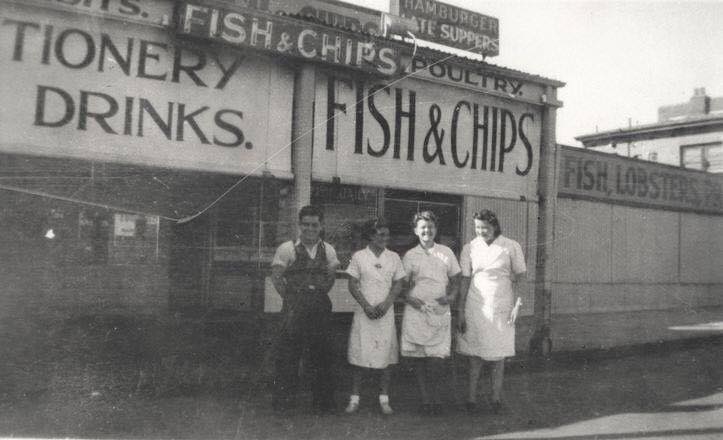
 Narrabeen c.1926.jpg?timestamp=1753331900783)
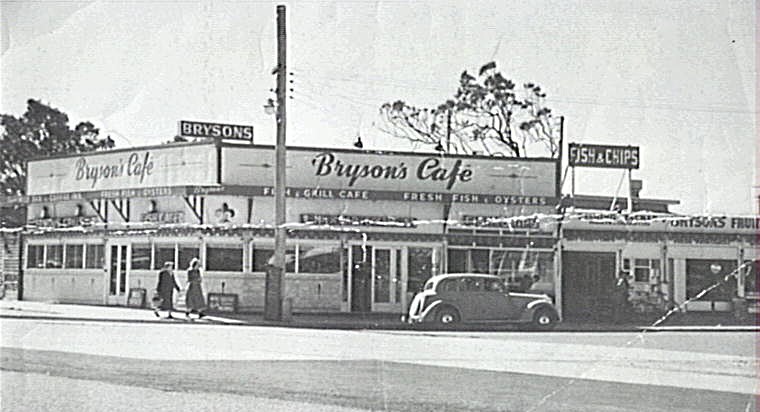
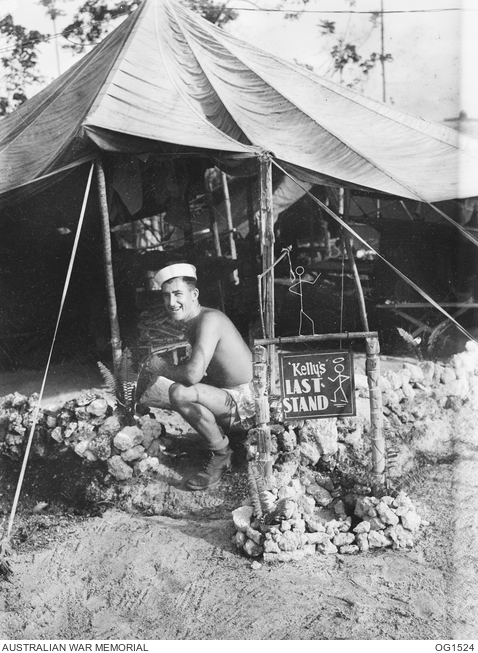
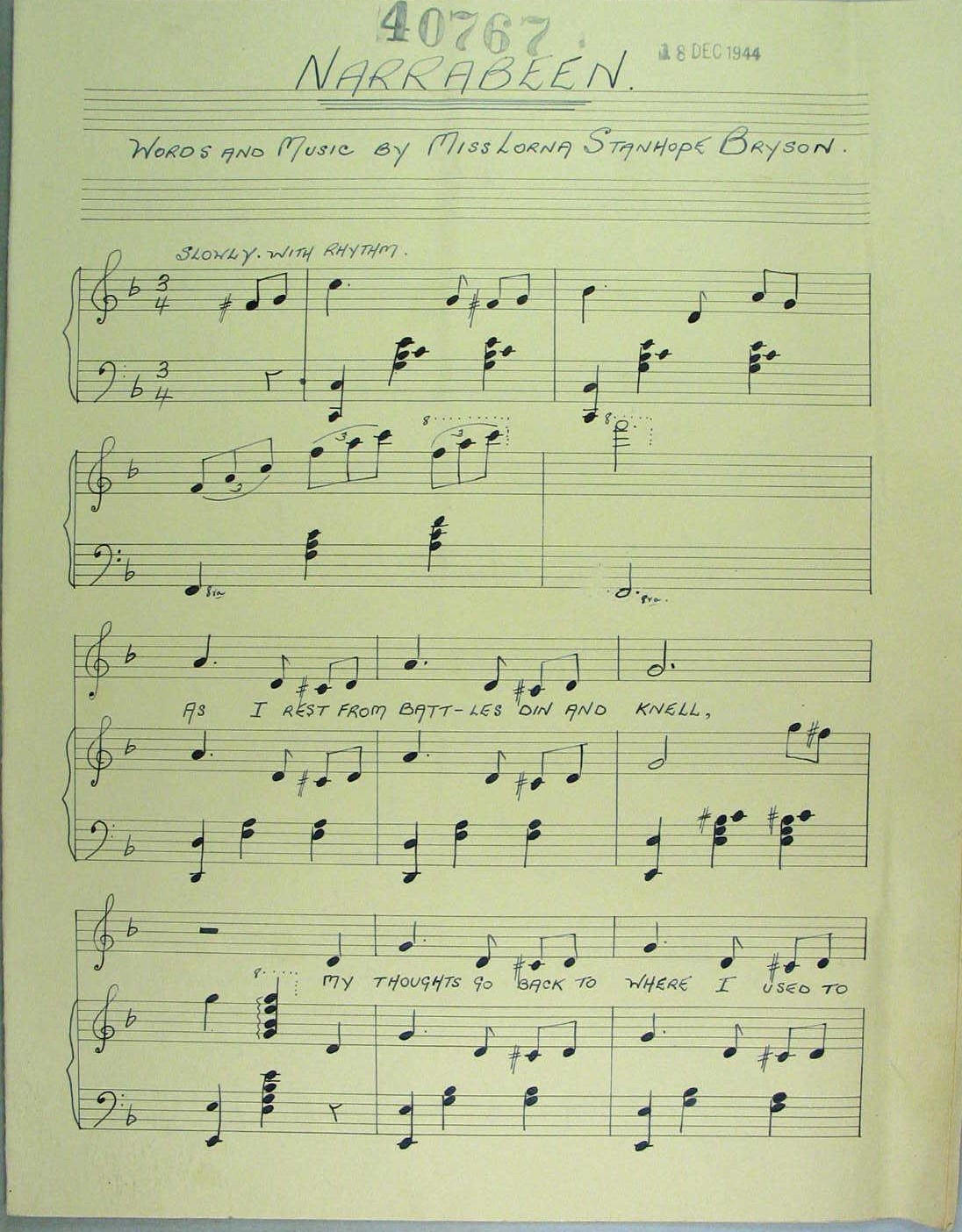
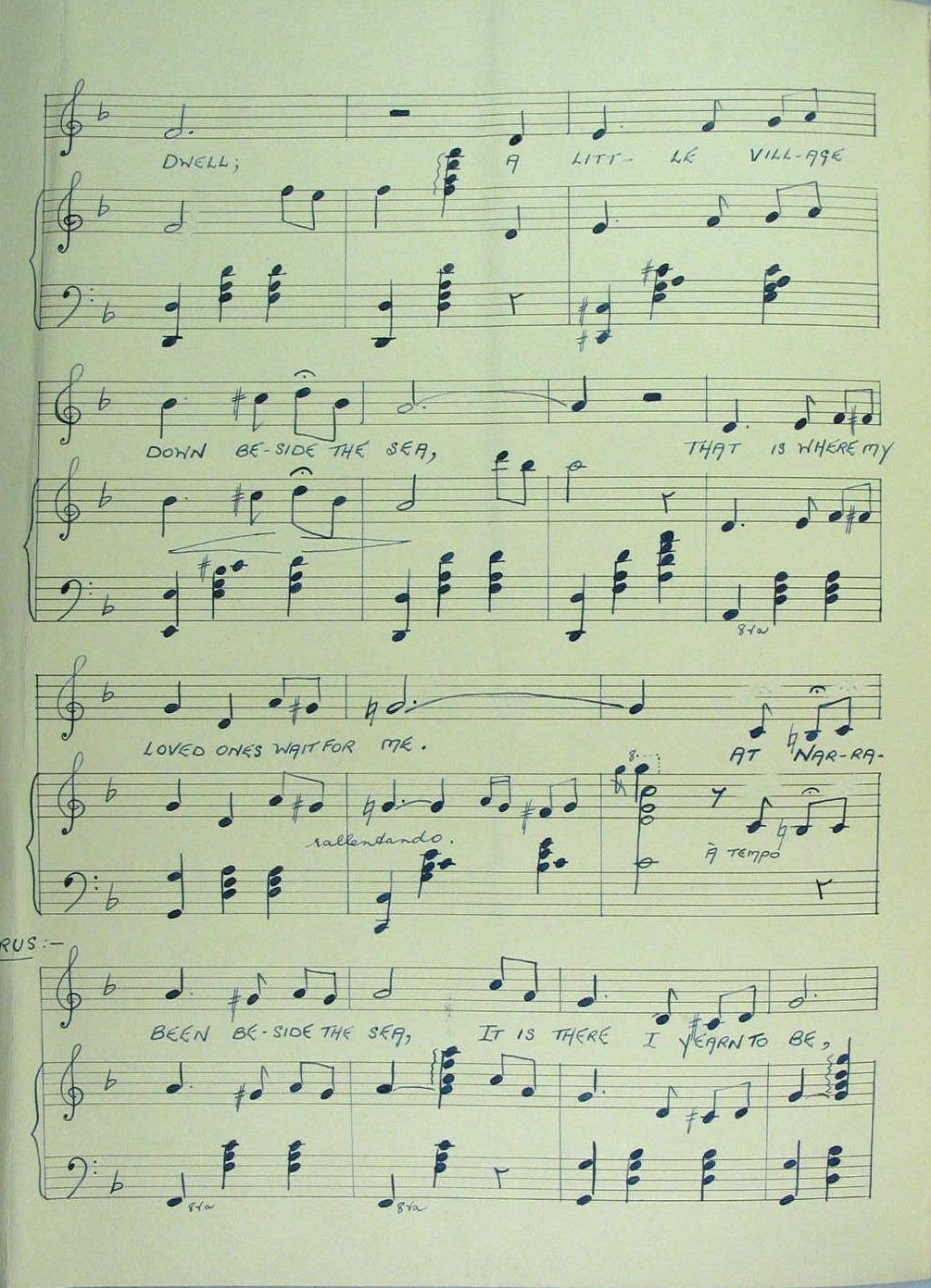
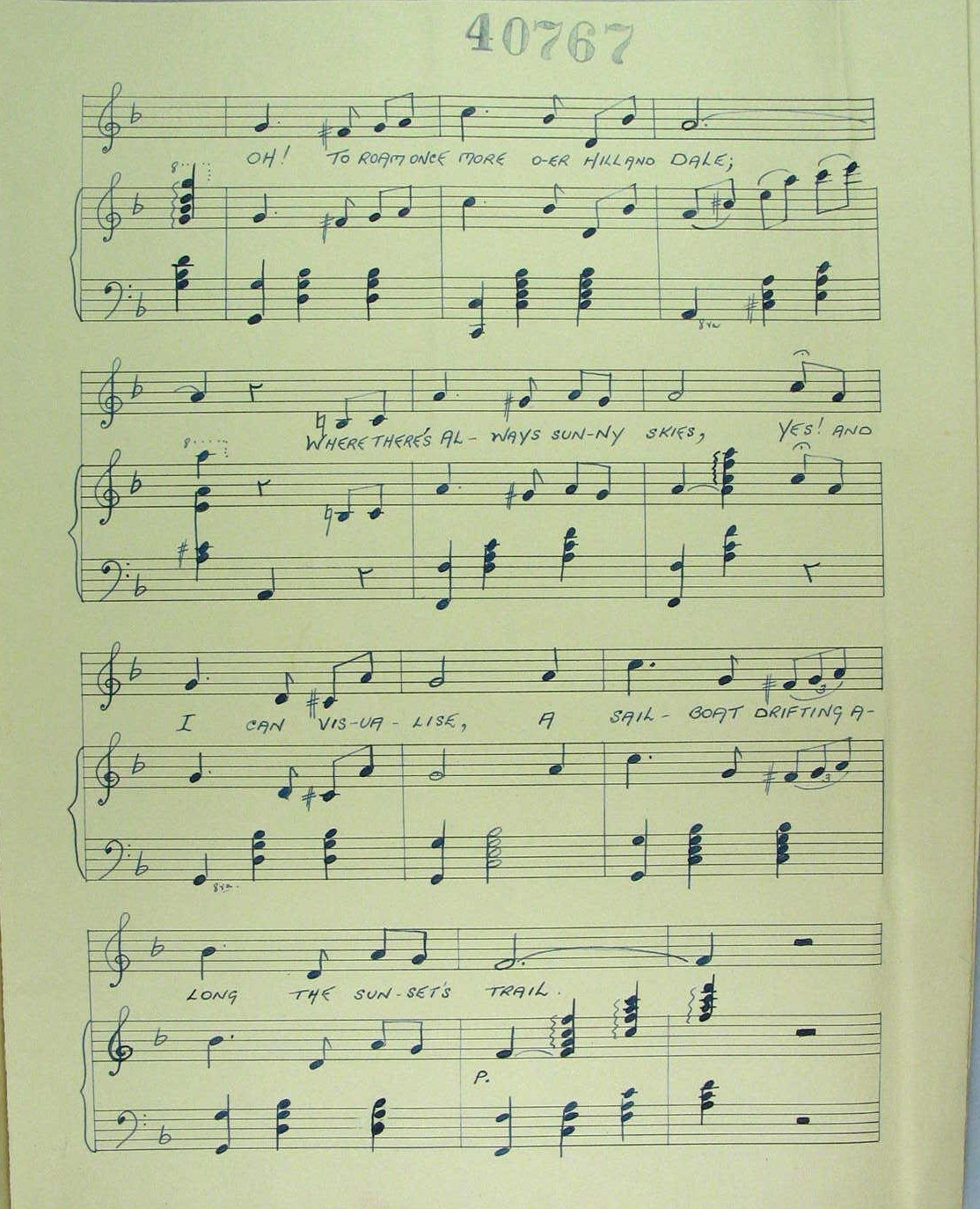
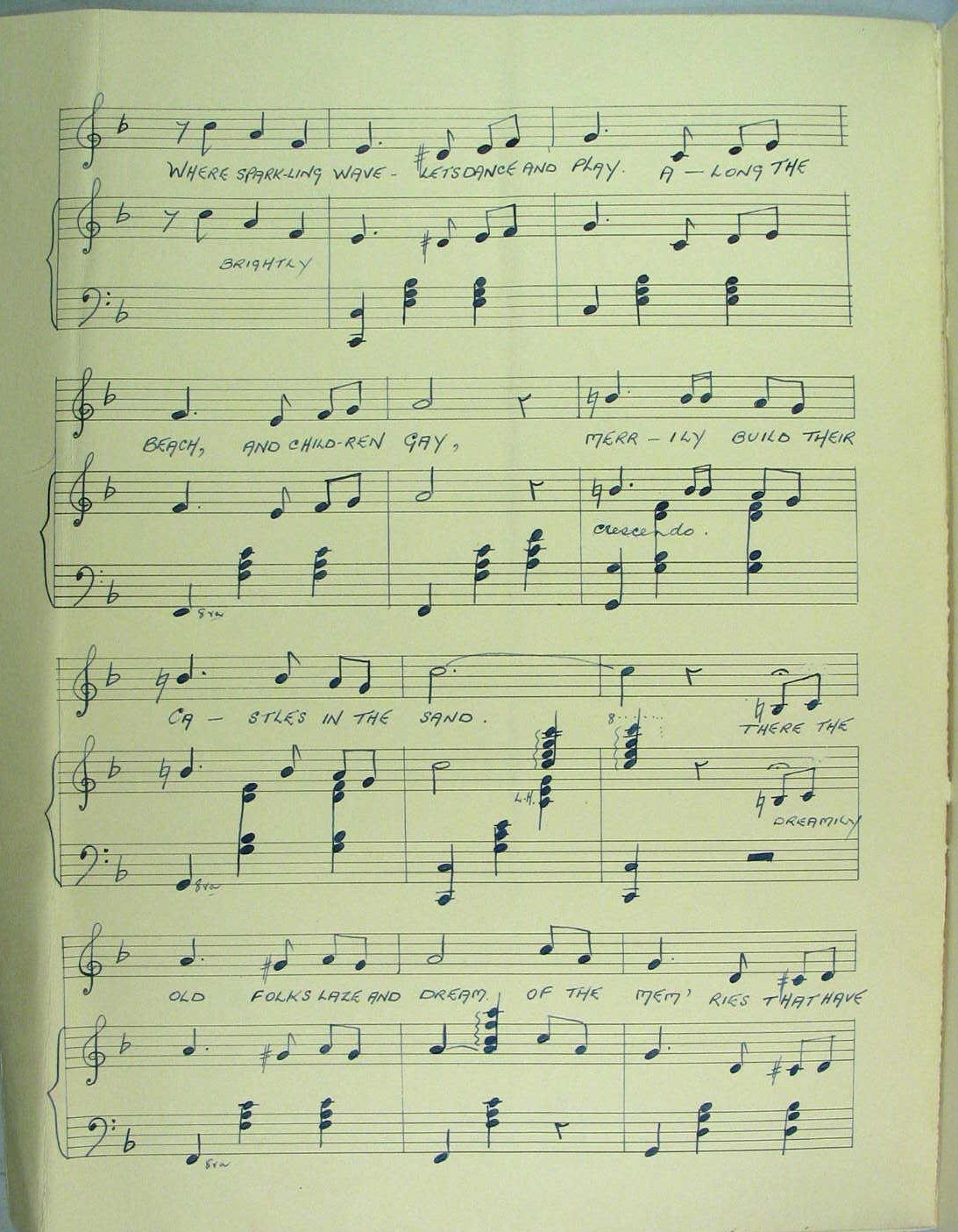
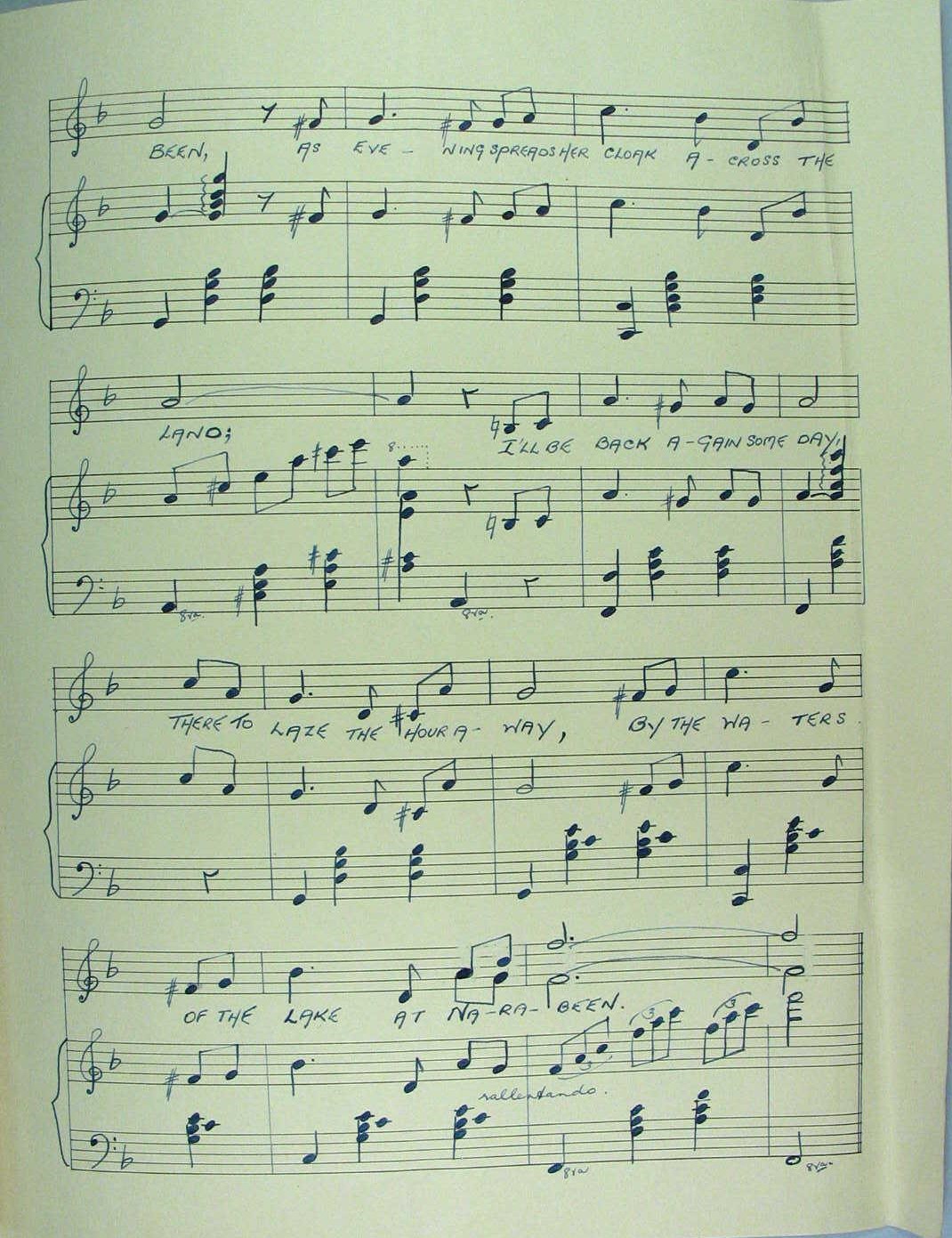
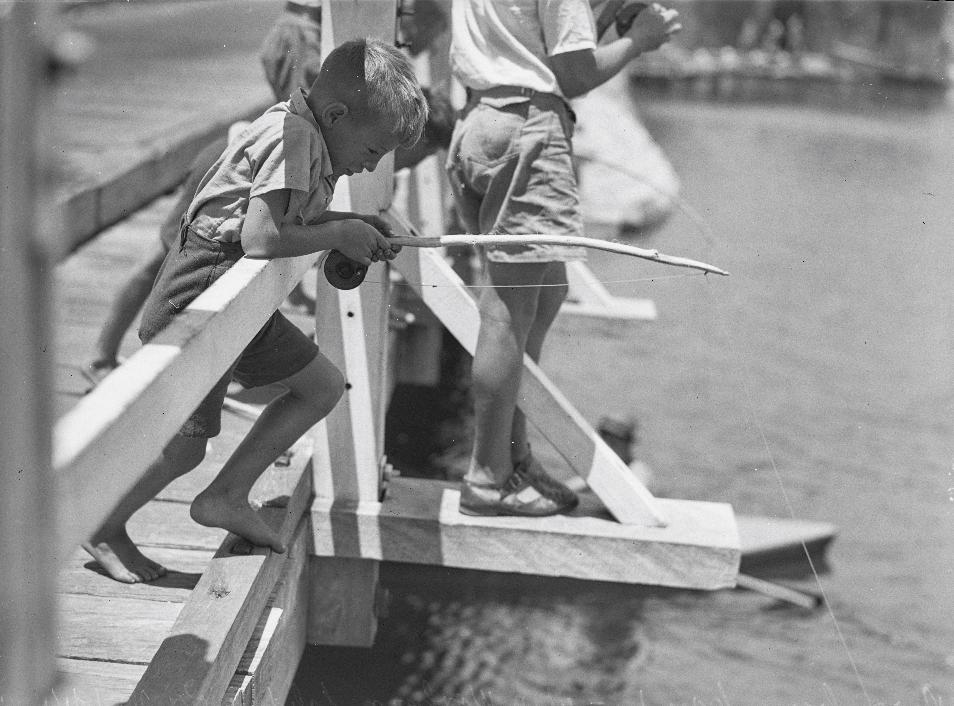
Little boy fishing on Narrabeen Bridge (beach end one) from Album 'Narrabeen camp war workers holiday', picture taken 26 January 1944 / photographed by Alec Iverson, Item: SLNSW_FL9550120 courtesy Mitchell Library, State Library of New South Wales and Courtesy ACP Magazines Ltd. Taken for, but not used in, Article: WAR WORKERS ON HOLIDAY, Pix Volume 13, No.6, February 5 1944 Retrieved from http://nla.gov.au/nla.obj-479760111
Narrabeen war workers holiday camp, 26 January 1944, by Alec Iverson for PIX magazine, from original negative, ON 388/Box 019/Item 001 archival.sl.nsw.gov.au/Details/archive/110588546, courtesy State Library of New South Wales. The article that ran these, retrieved from the National Library of Australia's digitised archives shows:
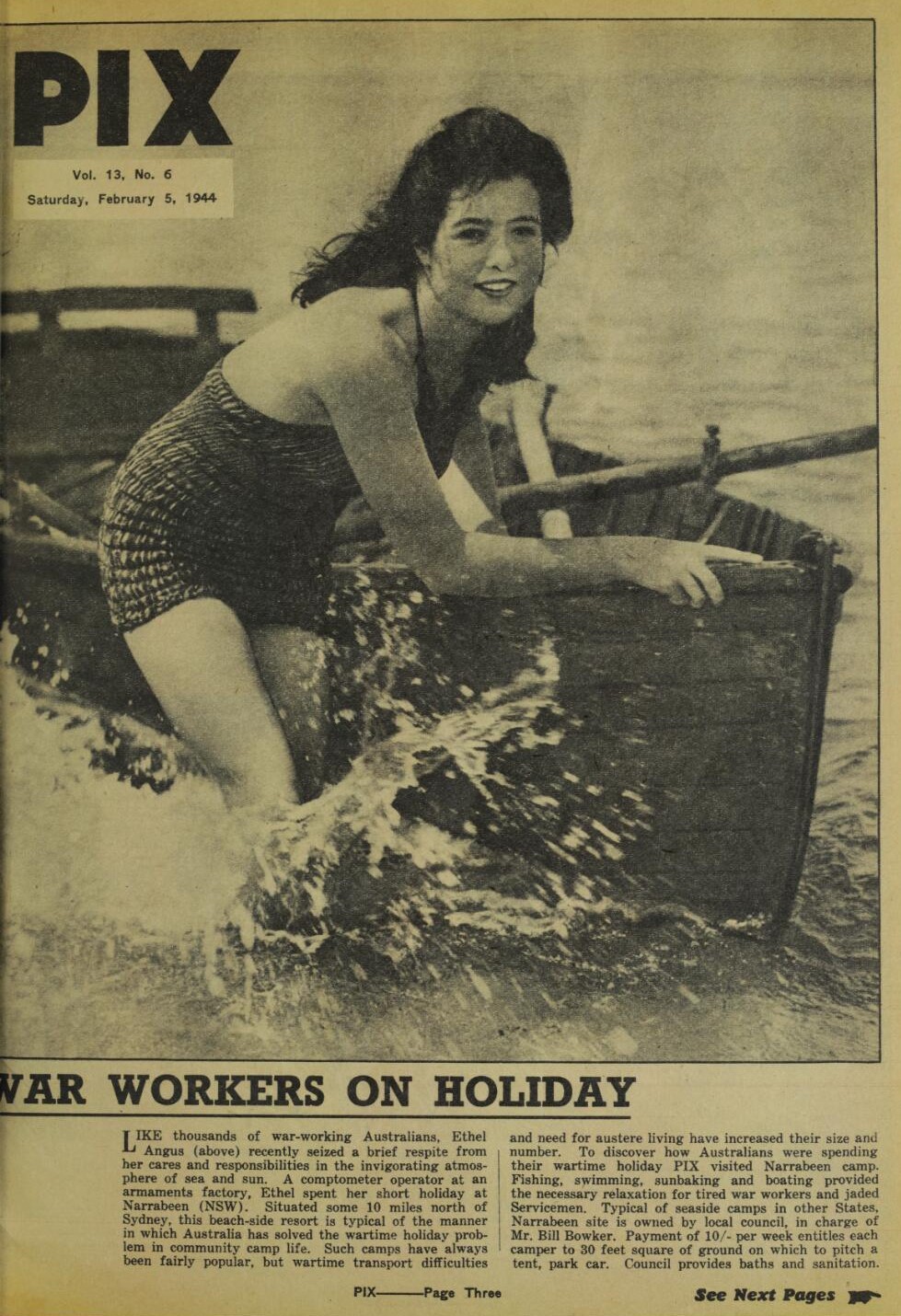
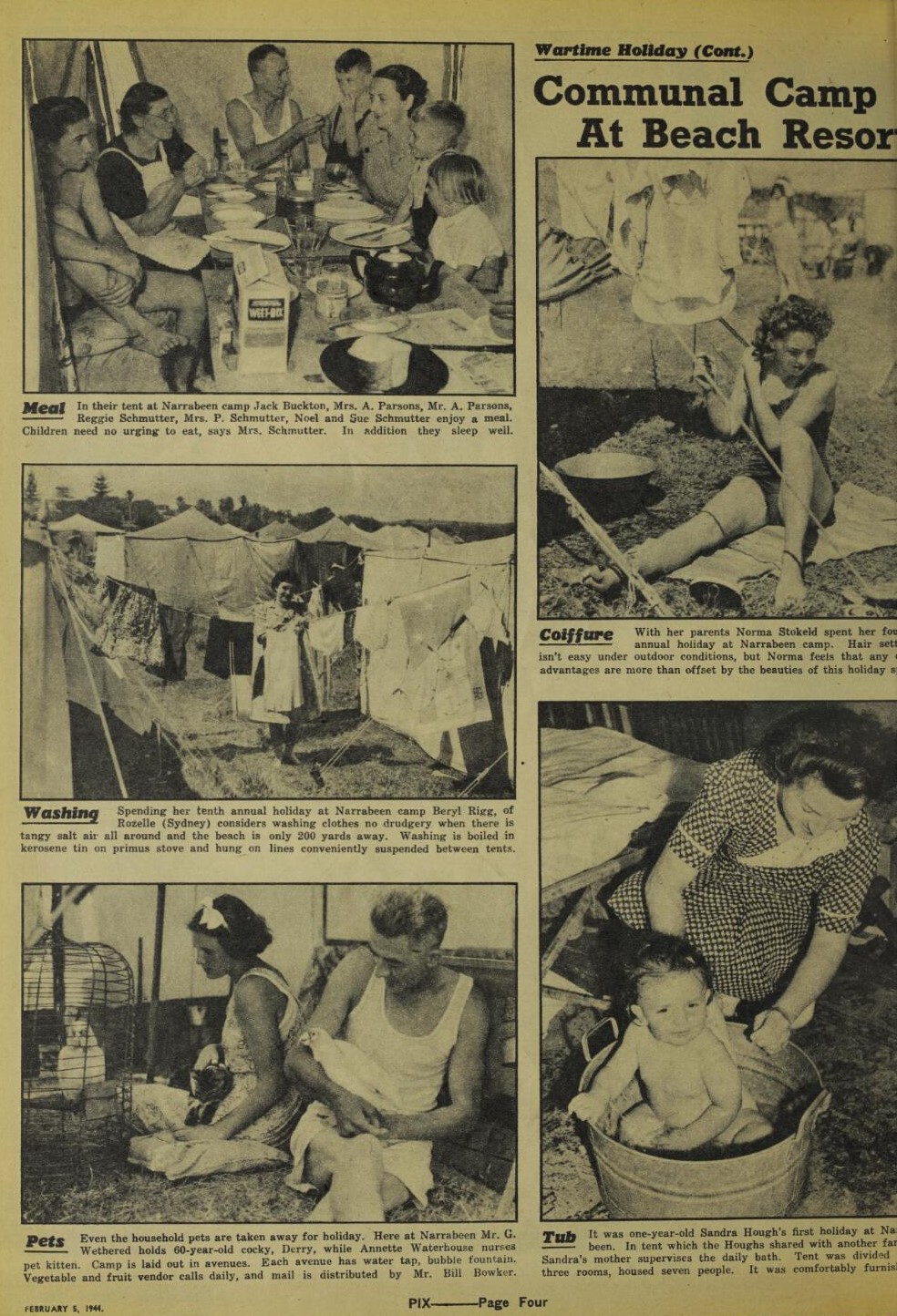
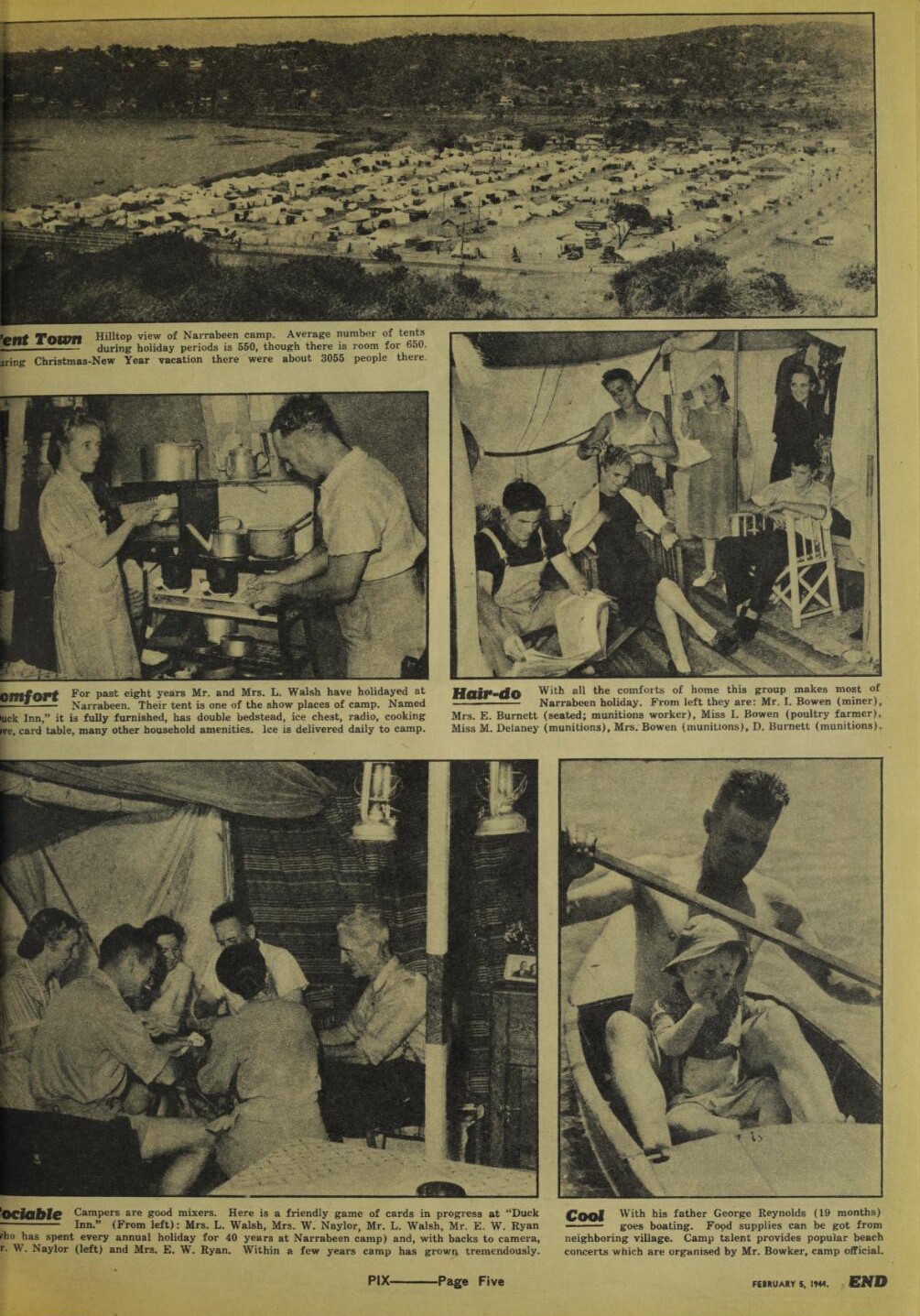
References - Extras
- Australian War Memorial - documents, archives, records, photos
- TROVE - National Library of Australia
- National Archives of Australia
- Traces Of WWII Coast Watchers (1942) Found On Bangalley Headland After Recent Fire
- The Mona Vale-Bungan Beach-Bayview tank traps: Coastal Defences of Pittwater during World War Two - Some History
- Pittwater Summer Houses: The Cabin, Palm Beach - The Pink House Of The Craig Family
- Mona Vale Training Grounds: From Lancers on Horses to Lasses on Transport Courses
- Brock's The Oaks - La Corniche From 1911 to 1965: Rickards, A Coffee King, A Progressive School, A WWII Training Ground
- Marine Rescue Broken Bay Unit's Beginnings In The Volunteer Coastal Patrol - Some RMYC BB Connections
- Broken Bay Marine Rescue - Royal Volunteer Coastal Patrol - History
- Landing In Pittwater: That Beach-Estuary-Lagoon Looks Like A Great Place To Touchdown!
- Narrabeen Fire Brigade Celebrates 100th anniversary + A few Extra insights into local fires and brigade formations
- Narrabeen Cenotaph + RSL History: 100 and 65 years markers of service in 2021 - Light Up the AWM Dawns with their names
- Pittwater Roads II: Where the Streets Have your Name - Narrabeen
- Pittwater Roads II: Where The Streets Have Your Name - Warriewood
- Pittwater, Narrabeen Lagoon & The Collaroy Beachfront: Some Storms And Flood Tides Of The Past - With Pictures!
- A Few Memories Of Early Years At Narrabeen: The Plane Sailing Day of 1944
- Narrabeen Lagoon and Collaroy Beachfront: Storms and Flood Tides of the Past
- Careel House
- The Black Swamp Camping Reserve becomes Kitchener Park, Beeby Park & Mona Vale Golf Course
- Mona Vale Primary School's World War Two Honour roll Board: The Stories behind the Names
- Avalon Beach Norfolk Pines: to Honour those who served – Anzac Day 2023 history precursors
- Muriel Knox Doherty Of Avalon Beach - VP Day 2020
- Pittwater Aviatrixes on the eve of the RAAF's 100th: A NSW Women's Week - Women of Aviation Week Celebration - 2021
- The Australian Air League Camps At Mona Vale Beach In The Old La Corniche Building + The Robey Family Of Manly; 'Always Looking Out For Younger People'
- Gerald Joseph McPhee - A World War II 'M' Special Unit Member: Remembrance Day 2022
- Anthony Thomas Ruskin Rowe, Spitfire Pilot (1919 To 1943) - Who Defended Darwin and His Mate: An Avalon Beach and Pittwater Hero
- Bruce Robertson OAM - Profile
- Lindsay Dufty, WWII Veteran - Remembrance Day 2023: Darwin, February 19, 1942 - Profile
- Mona Vale SLSC: The Clubhouses + Some History for 2022 celebrations
- Pittwater Regatta Air Race Trophies: From 1934 And 1935 and The Pilot Who Saved William Hughes - Swain family
- Lost At Sea: War Veterans Tribute On Mona Vale Headland Formally Dedicated
- The Mitchell Library, State Library of NSW
- Pittwater Summer Houses: The Cabin, Palm Beach - The Pink House Of The Craig Family
- Opportunity To Visit Submarine War Grave Renews Memories Of 75 Years Ago
- Women In The Surf Life Saving Movement As Life Savers: From At Least 1910 - Awarded Medals For Saving Lives From 1880 In NSW
- The Wakehurst Parkway: 75th Anniversary Of Gazettal As A Main Road On May 29th 2021 - a long and winding road - reprise of page in the 'Roads To Pittwater' series (2018)
- Walter Oswald Watt (11 February, 1878 – 21 May, 1921)
- Pittwater Roads II: Where The Streets Have Your Name - Bilgola
- Dame Nellie Melba Lunches at Bilgola Cottage - 2011
- NFSA Releases Unseen Footage Of Nellie Melba To Celebrate Her 160th Birthday On May 19th: The Day Dame Nellie Melba Lunched At Bilgola Cottage - 2021
- Bilgola Beach - The Cabbage Tree Gardens & Camping Grounds + Bilgola The Story Of A Politician, A Pilot And An Epicure
TO THE EDITOR OF THE HERALD.
Sir,-I think it is about time all the mothers of our soldiers should cry 'shame" on the strikers who are stabbing the soldiers in the back-for that is what it amounts to Think of our sons, who are fighting overtime at the front to make this country safe for them, without any extra pay Think of the men and women in England who are working overtime and all the time, without any pay at all, to make this country safe for them.
Do not think I write in ignorance I have heard all the arguments and reasonable as they may be at a time like this they do not cut any ice at all with us One is forced to choose between two conclusions. Either through stupidity, assisted by the enemy within our borders, they are cutting then own throats or all the men of strong fibre have gone to the war, and the weaklings left behind simply can’t take it either on the chin or in their pockets.
I should like to ask these workers If any of our enemies should take our country how much overtime they would have to work and what pay do they think they would get for it'
Yours, etc.,
MOTHER OF SOLDIERS. Mona Vale, Jan. 27. TO THE EDITOR OF THE HERALD. (1941, January 30). The Sydney Morning Herald (NSW : 1842 - 1954), p. 5. Retrieved from http://nla.gov.au/nla.news-article17717636
PARCELS FOR SOLDIER PRISONERS
I Suggest to all bridge Players during the first week of November, which is Cup week, they should sub scribe at least once, while playing Bridge, 1/- to be handed in to a P.O.W. fund. MOTHER OF A P.O.W. Mona Vale. POINTS FROM LETTERS (1941, September 22). The Sydney Morning Herald (NSW : 1842 - 1954), p. 2. Retrieved from http://nla.gov.au/nla.news-article17766340

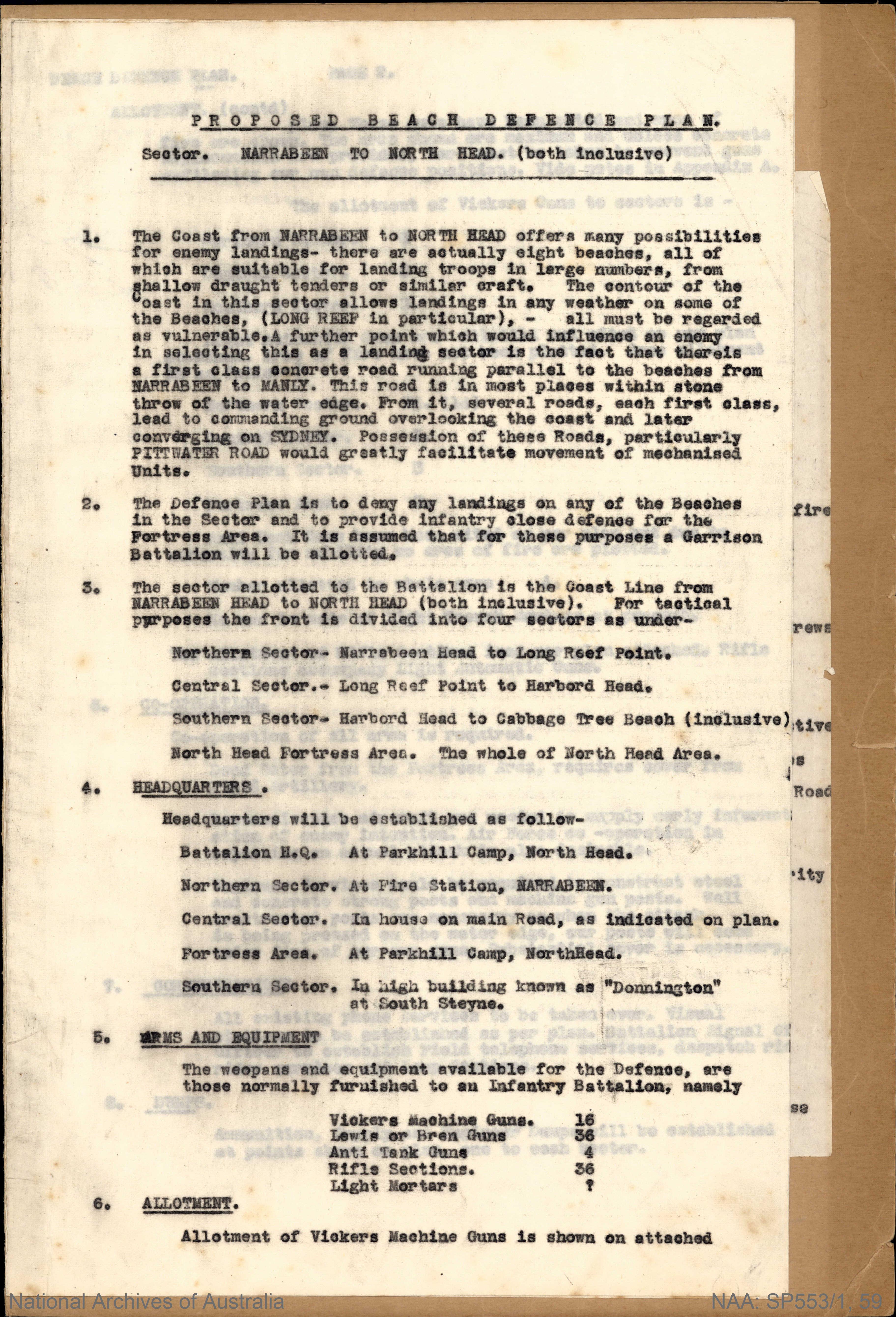
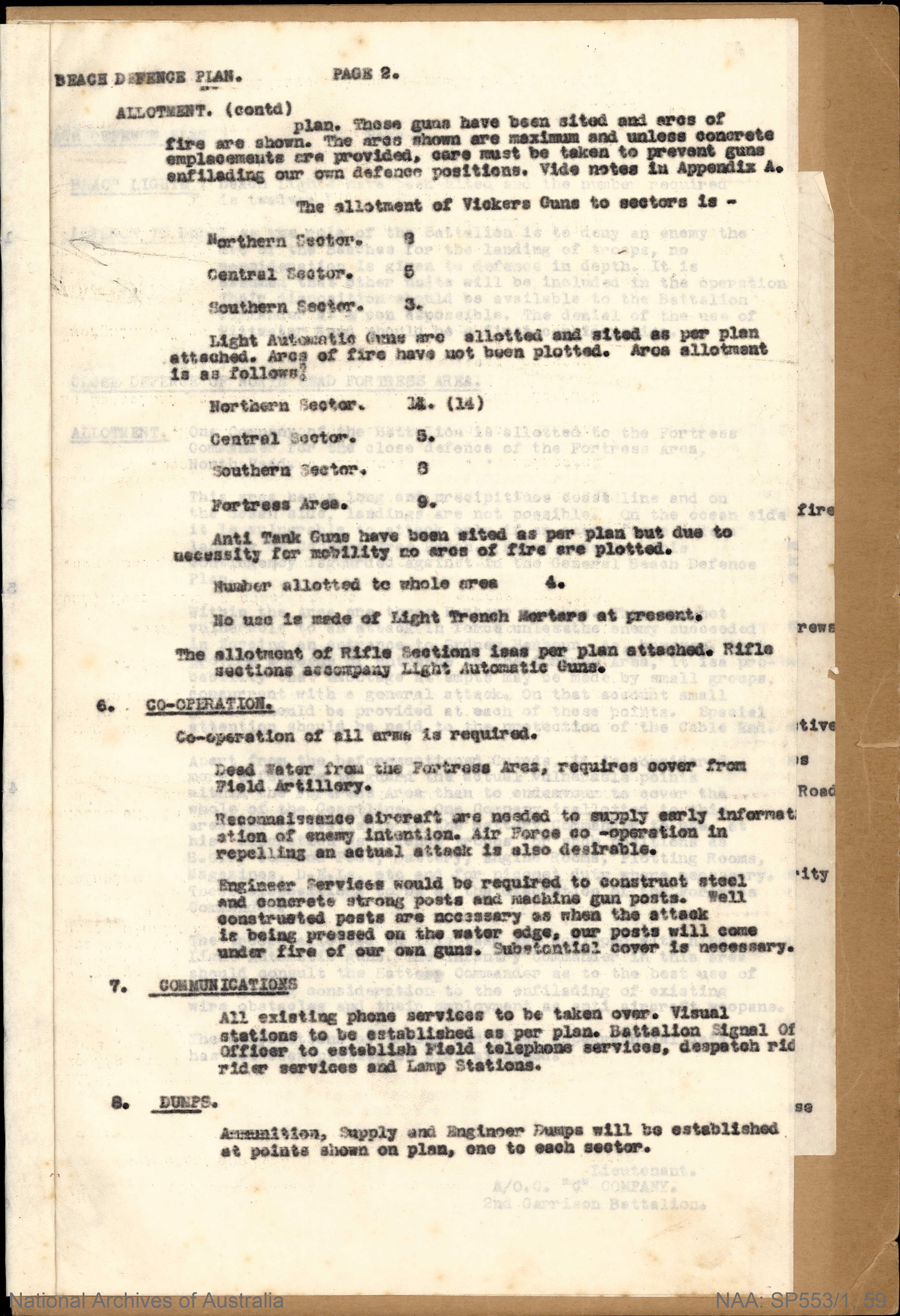
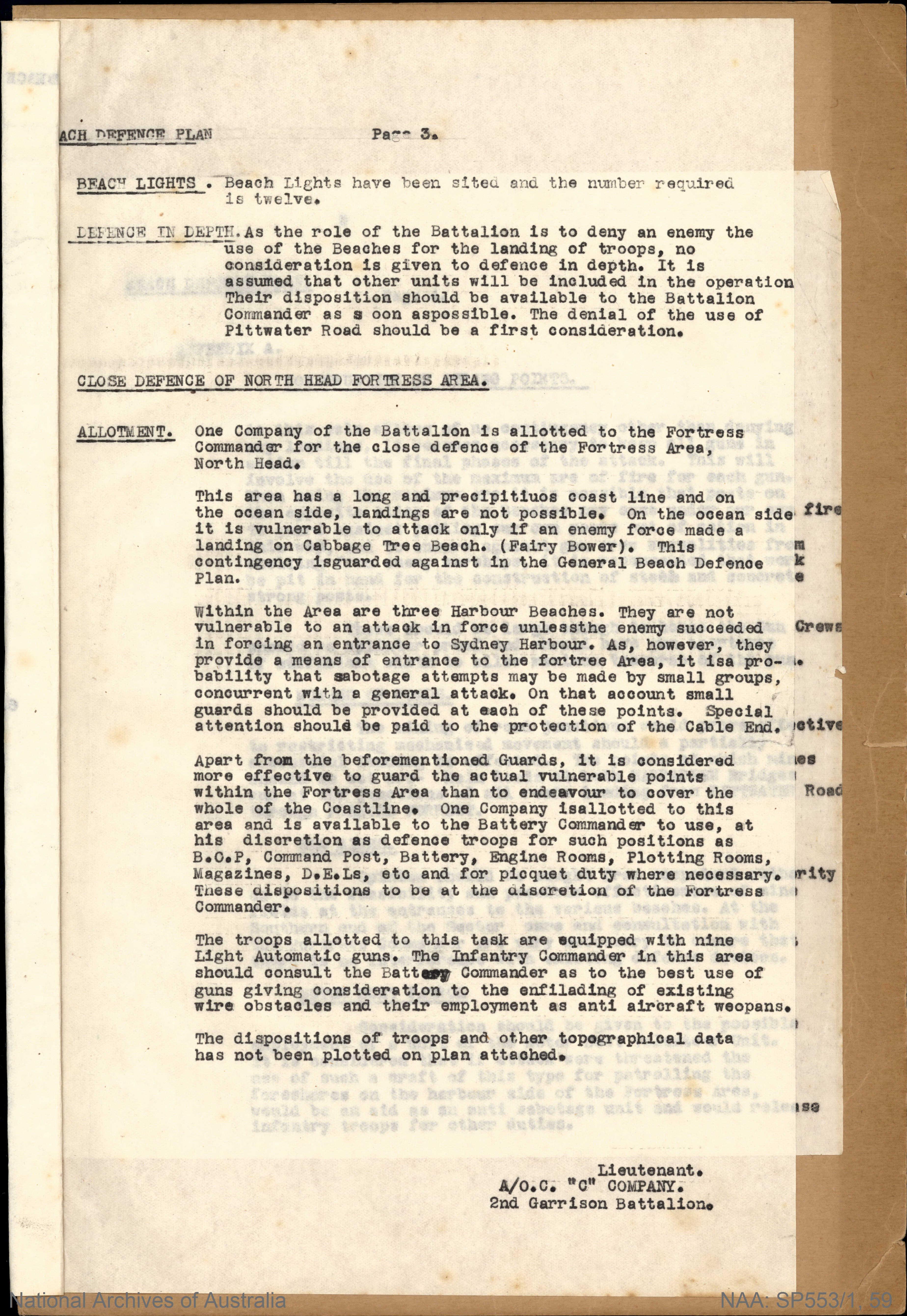
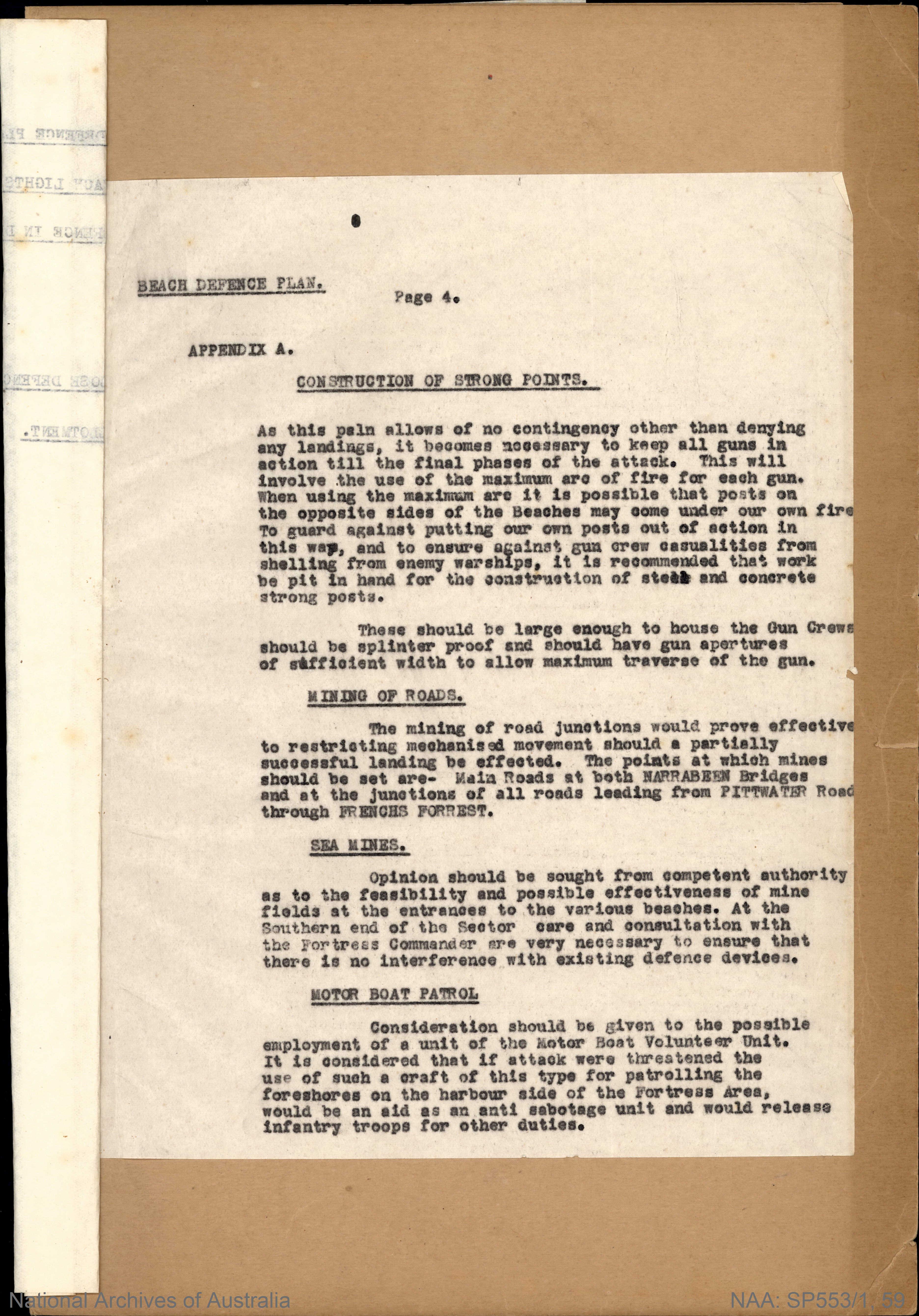
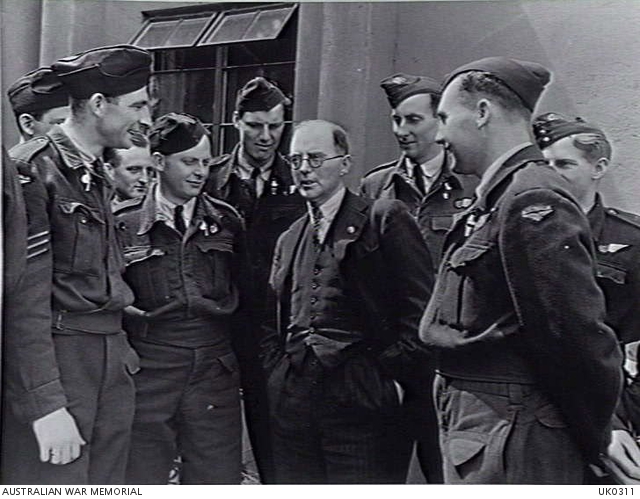
Photo: Aircrew members of Ventura No. 464 Squadron RAAF, based at RAF Station Methwold UK. They are being interviewed by a representative of the Sydney Truth newspaper during a facility visit arranged for the press. Left to right: 412306 Flight Sergeant (Flt Sgt) Max Milson Bettington, Merriwa, NSW (lost on operations over France on 3 June 1944); 412316 Flt Sgt Errol Johnston, Sydney, NSW (lost on operations over Italy on 12 April 1945); 420679 Flt Sgt Ian Kenway, Sydney, NSW; 413678 Flt Sgt Neville Lloyd Sorenson, Leura, NSW (lost on operations over France on 1 June 1944); Dr. Harrop; 420562 Flt Sgt William Dudley Hemmings, Newcastle, NSW; 413814 Flt Sgt Daniel Thomas Walsh, Waverley, NSW (lost on operations over UK on 30 November 1943); 420487 Flt Sgt David Allan Priddle, Narrabeen, NSW (lost on operations over the North Sea on 13 March 1944) Date made: 12 July 1943, courtesy AWM
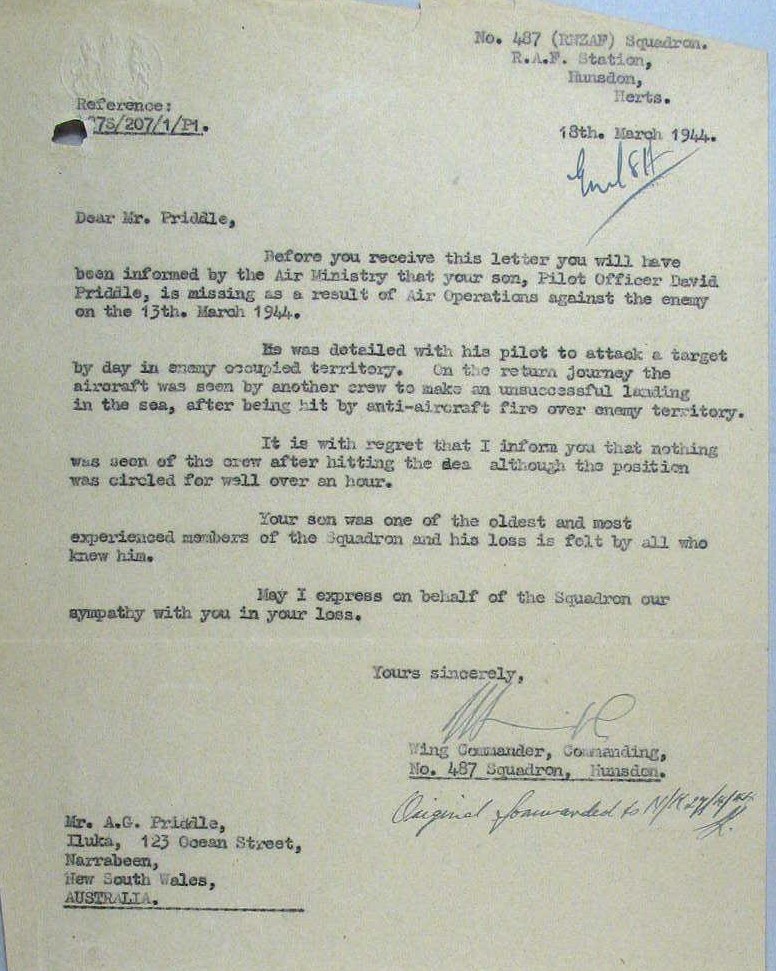
Narrabeen - Collaroy storm of 1945
Storm Ruin At Collaroy
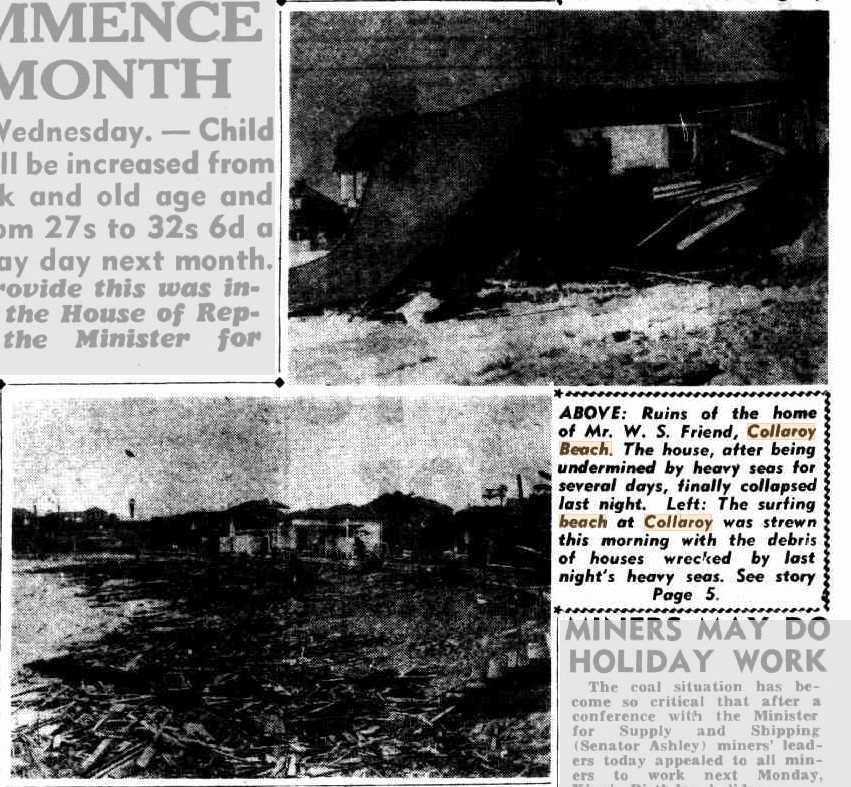
Storm Ruin At Collaroy (1945, June 13). Daily Mirror (Sydney, NSW : 1941 - 1955), p. 2 (Late Final Extra). Retrieved from http://nla.gov.au/nla.news-article272461598
TWO COLLAROY HOMES DESTROYED
Two Collaroy houses have been destroyed and five others severely damaged by the heavy seas of the past few days.
Wreckage littered the sea front at Pittwater Road yesterday. The homes destroyed were owned by Mr. R. Macgregor, at 113 Pittwater Road and a cottage of five rooms owned by Mr. W. S. Friend of Hastings Road, Turammura, and occupied by Mr. and Mrs. Bracegirdle and their two young children at 147 Pittwater Road. Most of the furniture in Mr. Friend's house and the personal belongings of Mr. and Mrs. Bracegirdle were lost.
The five other houses damaged all in Pittwater Road were: Mr. B. W. Rourke, who lived at Seaforth, bathroom and laundry washed out to sea; Mr. Benson, of Bondi Junction (owner) Mrs. Schofield (occupier), rear rooms wrecked furniture damaged; Mrs. Syme, four of rear rooms with contents badly battered; Mrs. Cookson, owner who shares with Mr. and Mrs. Rose, back portion of house smashed; Mrs Justelius, two rooms and laundry and kitchen with contents, washed out to sea; and Mr. Ludowici, of Burns Bay Road, Lane Cove (owner), Mr. McGowen (occupier) two back rooms damaged. TWO COLLAROY HOMES DESTROYED (1945, June 14). The Sydney Morning Herald (NSW : 1842 - 1954), p. 4. Retrieved from http://nla.gov.au/nla.news-article17938061
SYDNEY DELUGE
Torrential rain fell in Sydney last night and early this morning. Gutters ran, bankers and floodings occurred in low-lying areas. Between 3 p.m. yesterday and 2 a.m. to-day more than an inch of rain was registered at the Weather Bureau. At Collaroy heavy seas again made inroads; on the beach and the sand-bags placed there after heavy storms last year were breached. SYDNEY DELUGE (1945, June 12). The Sydney Morning Herald (NSW : 1842 - 1954), , p. 1. Retrieved from http://nla.gov.au/nla.news-article27937012
SEAS WRECK HOME
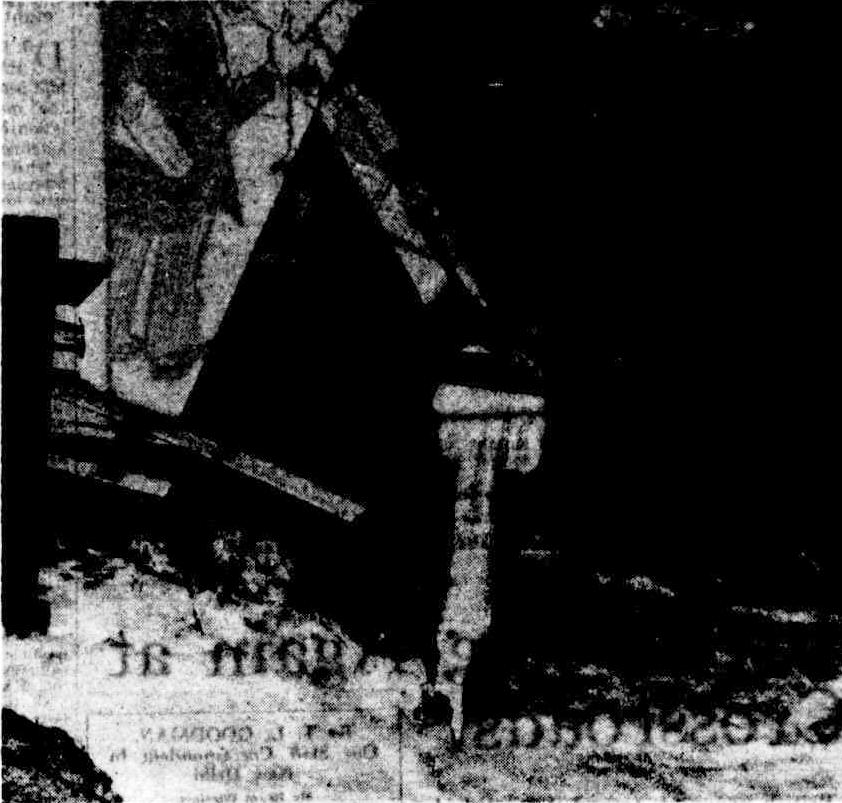
Mr. R. Macgregor's house at Collaroy was destroyed by heavy seas last night.. The house faced the beach, and throughout the day the sea undermined the foundations. The owner's belonging were moved before the house broke up. (See this paper and page 4.) SEAS WRECK HOME (1945, June 13). The Sydney Morning Herald (NSW : 1842 - 1954), , p. 1. Retrieved from http://nla.gov.au/nla.news-article17935062
COLLAROY HOME ENGULFED BY SEA

One of the three waterfront homes washed away at Collaroy last night. This picture was taken yesterday afternoon, when the encroaching sea had swept away the brick piles supporting the house. Originally the expanse at the right was a flower garden. It is feared that six more Collaroy homes will be destroyed. See Story, Page 1. COLLAROY HOME ENGULFED BY SEA (1945, June 13). Newcastle Morning Herald and Miners' Advocate (NSW : 1876 - 1954) , , p. 4. Retrieved from http://nla.gov.au/nla.news-article134999958
Houses Washed Out To Sea STORM DAMAGE AT COLLAROY
SYDNEY. Tues : Three modern homes were washed out to sea and six others badly damaged when flood waters turned portions of Collaroy into a mad whirlpool throughout the afternoon and night. The homes were situated on the sea edge between Jenkin and Collaroy streets. Police ordered the occupants to evacuate early this afternoon, but many refused to leave and were forced to stand by and see their homes washed away. Remains of a wreck washed on to the rocks two years ago have gone back into the sea. Houses Washed Out To Sea (1945, June 13). Daily Advertiser (Wagga Wagga, NSW : 1911 - 1954), p. 5. Retrieved from http://nla.gov.au/nla.news-article144975256
SAND ON TRAMLINES AT MAROUBRA
Storm damage to houses and tramlines was done yesterday by the exceptional rains. Top: The gale swept sand from the dunes on to the tramlines at Maroubra, and it had to be shovelled away.
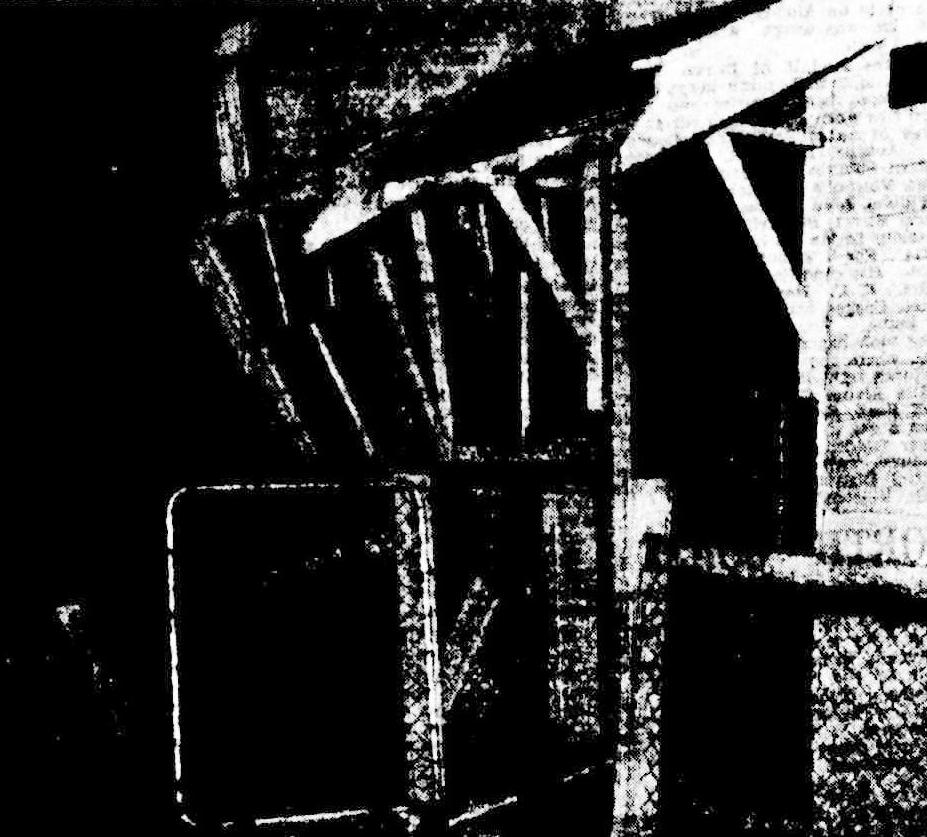
Bottom: Houses on the waterfront at Collaroy were severely damaged when the sea broke through.
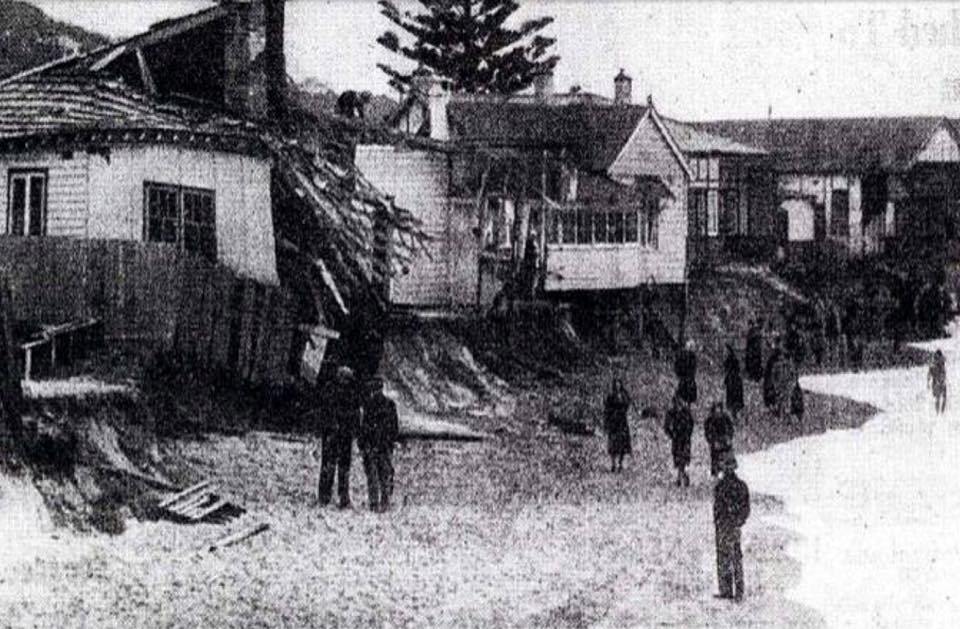
SAND ON TRAMLINES AT MAROUBRA (1945, June 13). The Sydney Morning Herald (NSW : 1842 - 1954), , p. 3. Retrieved from http://nla.gov.au/nla.news-article17935124
An earlier example of what happens at Collaroy also happens at Narrabeen and Manly:
Storm Damage in Sydney :: Serious Floods at Lismore
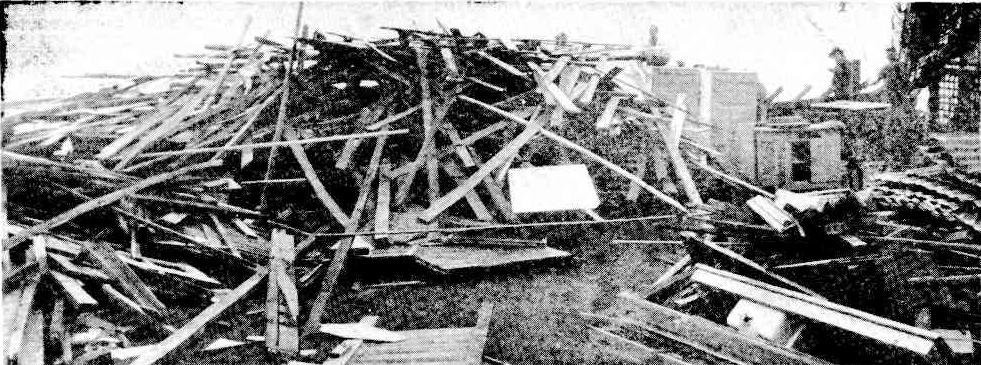
ALL THAT WAS LEFT OF A £2,000 HOUSE at a beach north of Manly, Sydney, after the huge waves had encroached on the foreshore during the height of the cyclonic storm this week. Many homes at Collaroy and Narrabeen were wrecked.
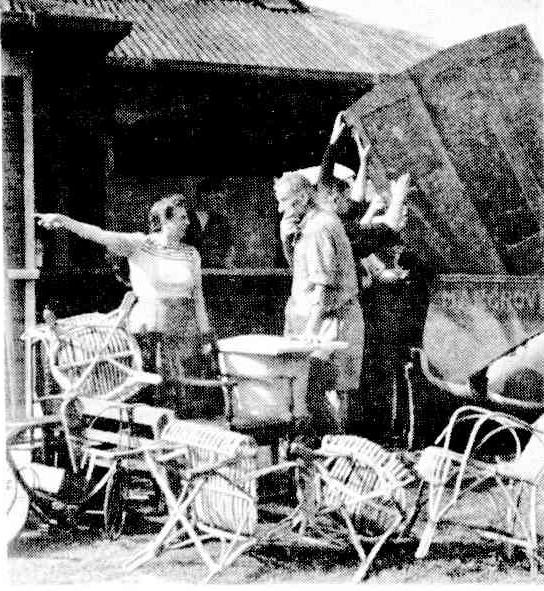
RESIDENTS AT NARRABEEN removing furniture from their homes, which were rendered uninhabitable by the storm. Roofs were torn off some houses.
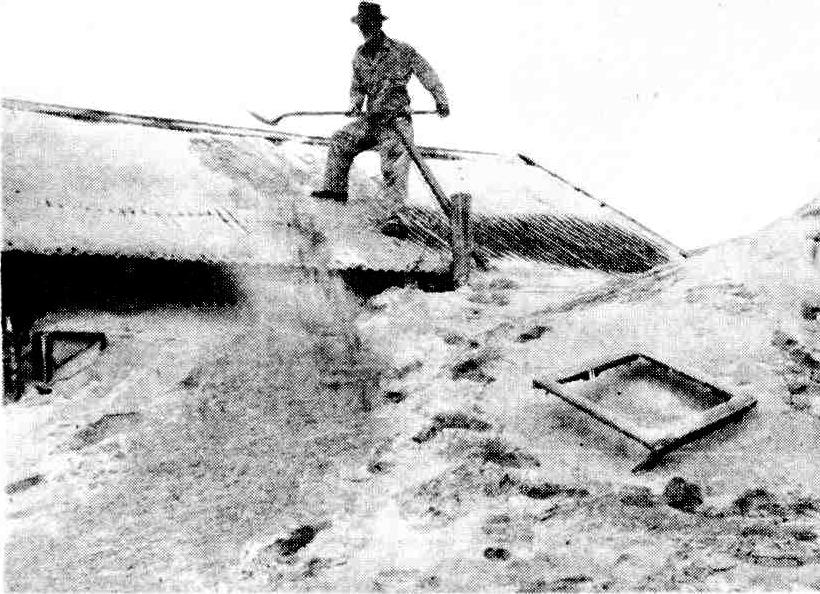
WHIPPED OFF THE BEACH and driven by the cyclone this sand was piled up to the roof of a garage, at Narrabeen peninsula. Most outhouses adjoining the beach were buried by sand. Storm Damage in Sydney:: Serious Floods at Lismore (1945, June 15). The Argus (Melbourne, Vic. : 1848 - 1957), , p. 9. Retrieved from http://nla.gov.au/nla.news-article980260
Recycling war defences:
TANK TRAPS TO PROTECT HOMES

Triangular anti-tank traps have been placed along the beach at Collaroy to prevent washaways of gardens and homes on the waterfront. During heavy storms last year several homes were severely damaged in this area. TANK TRAPS TO PROTECT HOMES (1946, February 14). The Sydney Morning Herald (NSW : 1842 - 1954), , p. 3. Retrieved from http://nla.gov.au/nla.news-article17970399
TANK TRAPS TO PROTECT HOMES
 Triangular anti-tank traps have been placed along the beach at Collaroy to prevent washaways of gardens and homes on the waterfront. During heavy storms last year several homes were severely damaged in this area. TANK TRAPS TO PROTECT HOMES (1946, February 15). Daily Advertiser (Wagga Wagga, NSW : 1911 - 1954), p. 1. Retrieved from http://nla.gov.au/nla.news-article145007744
Triangular anti-tank traps have been placed along the beach at Collaroy to prevent washaways of gardens and homes on the waterfront. During heavy storms last year several homes were severely damaged in this area. TANK TRAPS TO PROTECT HOMES (1946, February 15). Daily Advertiser (Wagga Wagga, NSW : 1911 - 1954), p. 1. Retrieved from http://nla.gov.au/nla.news-article145007744
ROBINSON.—September 5, 1943, at his residence, 1 Wetherill Street, Narrabeen, William James Robinson, aged 78 years. Family Notices (1943, September 6). The Sydney Morning Herald (NSW : 1842 - 1954), p. 8. Retrieved from http://nla.gov.au/nla.news-article17882045
North Narrabeen SLSC's 1944 summer season lifesavers
LIFESAVERS' SHARK SCARE
Two North Narrabeen life-savers beat a hasty retreat from the surf yesterday after they had sighted a shark, whose length they estimated at between 10 and 13 feet, resting on the bottom.
THEY were Bill Pilon, Ocean Street, Narrabeen, and Charles Kerwin, Lagoon Street, Narrabeen. The men were surfing away from the crowd and when they saw the shark it was only 10 feet away. "We didn't wait to find out whether it was really asleep," Pilon said to- day. "I could hardly speak for half an hour. The shock had the same effect on Kerwin." LIFESAVERS' SHARK SCARE (1944, January 10). Daily Mirror (Sydney, NSW : 1941 - 1955), p. 2 (Late Final Extra). Retrieved from http://nla.gov.au/nla.news-article272074803
Wyatt Family owned 'Surfside' initially - the Observation Post - Notes
1942 - 1951 RAAF hiring of roof of ‘Surf Side’ lot 3, Ocean Street Narrabeen – 1944 Observation Post – Lot 1 (image 4) was 175 Ocean Street – cnr. Of Tourlamine where a VAOC Post was, both on the beachfront – 179 Ocean street is now a block of flats. In file: Narrabeen [Box No 883]
Sydney Joseph James Wyatt
Sydney Joseph James Wyatt, aged 51, of independent means, was yesterday afternoon found dead on his bed, at his home in Ocean-street, Narrabeen, by Winifred Smith, a domestic employed at the place. Death was due to natural causes. No title (1912, March 22). The Sun (Sydney, NSW : 1910 - 1954), p. 2 (FINAL EXTRA). Retrieved from http://nla.gov.au/nla.news-article222001820
WYATT. — March 21, 1912, suddenly, at "Surfside’’, Ocean-st., Narrabeen, Sydney Joseph, eldest son of the late Joseph Wyatt, Blue's Point-rd., North Sydney. Family Notices (1912, March 22). The Daily Telegraph (Sydney, NSW : 1883 - 1930), p. 8. Retrieved from http://nla.gov.au/nla.news-article239146044
WYATT.—The Funeral of the late SYDNEY J. WYATT will leave his late residence, Surfside, Ocean-street, Narrabeen, THIS DAY, FRIDAY, at 1 o'clock, and to arrive at the Manly Cemetery at 3.30. P. WAUGH and CO., Funeral Directors, Telephone, 42. 92 Corso, Manly. Family Notices (1912, March 22). The Sydney Morning Herald (NSW : 1842 - 1954), p. 7. Retrieved from http://nla.gov.au/nla.news-article15319439
In the Supreme Court of New South Wales.
PROBATE JURISDICTION.
In the estate and effects of Sydney Joseph James Wyatt, late of Surfside, Narrabeen, Manly, in the State of New South Wales, gentleman, deceased.
PURSUANT to the " Wills, Probate and Administration Act* 1898": Notice is hereby given that all creditors and other persons having any claims or demands against or upon the estate of the abovenamed deceased, who died at the above address on 21st March, 1912, are hereby required to send in full particulars of their claims and demands; upon the said estate to the Perpetual Trustee Company, Limited, 2, 4, and 6 Spring-street, Sydney, the administrators of the said estate, to whom letters of administration were granted by the Supreme Court of New South Wales on 26th August, 1912, on or before the 23rd day of October next, in default whereof the said Perpetual Trustee Company, Limited, will, after the last mentioned date, proceed to administer the estate and distribute the assets among the parties entitled thereto, having regard only to the claims and demands of which they shall then have notice ; and the said Company will not be liable, for the assets or any part thereof so distributed, to any person of whose claim they shall not have had notice at the time of such distribution.—Dated this 5th day of September, 1912.
For Perpetual Trustee Company, Limited,
R. COPLAND LETHBRIDGE,
Acting Manager. R. G. C. Roberts, Proctor,
Castlereagh House, Sydney.
775 7s. 6d. PROBATE JURISDICTION. (1912, September 11). Government Gazette of the State of New South Wales (Sydney, NSW : 1901 - 2001), p. 5723. Retrieved from http://nla.gov.au/nla.news-article227662607
WYATT . — September 13, 1915, Eleanor Dorothy, relict of the late Joseph Wyatt, of "Ellerslie," 165 Blue's Point-road, North Sydney. Family Notices (1915, September 22). Australian Town and Country Journal (Sydney, NSW : 1870 - 1919), p. 18. Retrieved from http://nla.gov.au/nla.news-article263754023
LATE MRS E. D. WYATT.
Letters of administration in respect of the estate of the late Mrs Eleanor Dorothy Wyatt, widow of Mr Joseph Wyatt Mr Joseph Wyatt, who died intestate at her residence, Ellerslie, Lavender Bay, North Sydney on September 13 last, have been granted to Edwin Charles Wyatt, a son of the deceased. The net value of the estate was estimated at 14,246 pds of which 13,200 pds represented real estate. LATE MRS. E.D. WYATT. (1915, December 21). The Farmer and Settler (Sydney, NSW : 1906 - 1955), p. 4. Retrieved from http://nla.gov.au/nla.news-article116669424
DECEASED ESTATE.
NORTH SYDNEY- Detached Stone RESIDENCE, known as "ELLERSLIE," 165 Blue's Point-road, North Sydney, Tram passes the door. The House has 9 rooms, kitchen, and complete out offices. Berggy shed, etc. Freehold Title 20ft 4in x 149.
RAINE and HORNE (in conjunction with MARSHALL and DEMPSTER) will sell the above Property by Auction, at the Rooms. 70 Pitt-street, city, at 11.30 a.m., NEXT THURSDAY, 22nd November, 1917. I. C. ROBERTS, Solicitor to the Estate, Castlereagh-street, city. Advertising (1917, November 17). The Sydney Morning Herald (NSW : 1842 - 1954), p. 17. Retrieved from http://nla.gov.au/nla.news-article15738592
North Sydney Council’s archives states: 'No. 165 Blues Point Rd (Ellerslie) This two-storey stone house was built about 1874 by John Carr on Sec 3 of the Blues Estate. John Carr was a substantial landowner and lived in the house Neepsend above Lavender Bay (resumed and demolished for the railway line to Milsons Point in 1893). After Carr‘s death in 1881 his land was subdivided and offered for sale in 1882, and included several houses on this eastern side of Blues Point Road between Lavender and King George Streets, namely Brenchley, Spring House and Ellerslie (the latter being on the present site of the McMahons Point Community Centre).
Marriage: 991/1853 V1853991 39C WYATT JOSEPH to PAWSEY ELEANOR D F at CJ
NOTICE is hereby given that it is the intention of Joseph Wyatt, and John Moring, the present trustees of a settlement dated the eighth day of June, 1853, and made between Eleanor Dorothy Wyatt, the wife of the said Joseph Wyatt, then Eleanor Dorothy Foreman, spinster, of the one part, and Richard Driver, senior, and Richard Driver, junior, of the other part, to apply during the next ensuing Session of Parliament to the Legislative Assembly of New South Wales, in Parliament assembled, for a Private Bill to enable the trustees of the said settlement for the time being to grant building, repairing, or improving leases of the lands and hereditament! comprised in the said settlement, which lands and hereditaments consist of a piece or parcel of land on the eastern side of George-street, Sydney, being part of section 47 of the City of Sydney, commencing forty-five feet eight inches northerly from Queen*s-place; and bounded on the west by George-street sixty-four feet four inches j on the north by property devised to Edward Underwood, one hundred and two feet; on the east by property devised to William Underwood, one hundred and ten feet four inches; on the south by Queen’s-place nine feet; again on the west by a line northerly thirty feet four inches and again on the south by lines westerly ninety feet six inches, to the point of commencement.—Dated this 24th day of September, a.d. 1885.
HENRY COX COLYER,
Solicitor for the Bill, 128, Elizabeth-street, Sydney.
7457 8s. NOTICE is hereby given that it is the intention of Joseph Wyatt and John Moring, the present trustees of a settlement (1885, November 6). New South Wales Government Gazette (Sydney, NSW : 1832 - 1900), p. 7185. Retrieved from http://nla.gov.au/nla.news-article223762513
Text of Private Bill available at: https://www.parliament.nsw.gov.au/historictabledpapers/files/107976/PA000441_064.pdf
MARRIAGES.
GREEN—WYATT.—April 26, 1917, at St. Thomas' Church, North Sydney, by the Rev. Alfred Yarnold, Alfred W. Green, of Ashfield, to Fanny C., daughter of the late Joseph Wyatt, of Ellerslie, Blue's Point-road, North Sydney. At home June 5 and 8. Family Notices (1917, May 30). The Sydney Morning Herald (NSW : 1842 - 1954), p. 10. Retrieved from http://nla.gov.au/nla.news-article15729856
Where Sydney Visitors are Staying
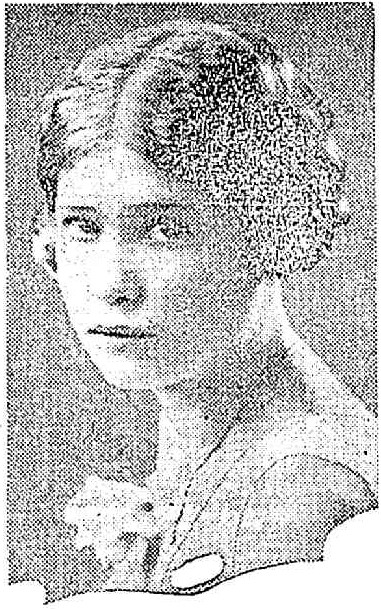
Miss B. Wyatt, of 'Surfside,' Ocean-street, Narrabeen, and only daughter of Mrs. A. Gaskell, of Narrabeen. Miss Wyatt made her debut recently when her mother gave a smart younger set party for her. — (photo): Howard Harris. Where Sydney Visitors are Staying (1929, March 10). Sunday Times (Sydney, NSW : 1895 - 1930), p. 20. Retrieved from http://nla.gov.au/nla.news-article131634745
Marriage: 3012/1907 WYATT SYDNEY J J to SERS MARIE A C at SYDNEY
WYATT—DE SERS.—March 30, at St. Michael's Church, Darlinghurst, by the Rev. D. Manning, Sydney J. Wyatt to Camille de Sers. Family Notices (1907, July 17). The Sydney Mail and New South Wales Advertiser (NSW : 1871 - 1912), p. 193. Retrieved from http://nla.gov.au/nla.news-article163659846
WYATT—DE SERS.—March 30, 1907, at St. Michael's Church, Flinders-street, Darlinghurst, by the Rev. Dr. Manning, Sydney J. Wyatt, of Lavender Bay, North Sydney, to Camille de Sers, late of Auburn, N.S.W. Family Notices (1907, July 13). The Sydney Morning Herald (NSW : 1842 - 1954), p. 12. Retrieved from http://nla.gov.au/nla.news-article14847126
Births:
WYATT SYDNEY J 6046/1910 parents: SYDNEY J and MARIE A at MOSMAN
WYATT PATRICE D S 16137/1908 SYDNEY J J and MARIE A C at MOSMAN
Remarried: 12504/1918 GASKELL ALBERT E to WYATT MARIE A C MANLY
CONSTRUING A WILL.
Mr. Leverrier, KC., with Mr. R. K. Manning (instructed by R. G. C. Roberts) for the appellants, Edwin Charles Wyatt, Fanny Caroline Wyatt, Mary Dorothy Wyatt, and Edith Amanda Eliza Wyatt; Mr. Clive Teece (also instructed by Mr. Roberts) represented the respondents, the Perpetual Trustee Company, and Patrice Dorothy Sydney Wyatt, and Sydney Joseph Ernest Foreman Wyatt, infants under 21 years. This was an appeal against so much of a judgment by Mr. Justice Harvey, sitting in Equity, on August 28, as declared that the residuary real and personal estate of Joseph Wyatt, deceased, did not on his death become indefeasibly vested in the present appellants and Sydney Joseph James Wyatt, and also against that portion as declared that in the event of any of the children of the said Joseph Wyatt dying at any time without leaving lawful issue surviving him or her the original share of each child in the residuary estate of Joseph Wyatt is to be divided amongst the children of the testator then living, and the estate of those their deceased. The testator, Joseph Wyatt late of Ellerslie, Lavender Bay, died In August, 1895, leaving an estate now valued at about £50,000. Under his will he left (inter alia) his residuary estate to his five children, and provided that, in the event of the death of any of them without leaving issue, then his or her respective share was to be divided among the surviving brothers and sisters. The Supreme Court held that this referred to death at any time without leaving issue, and not to death in testator's life-time. The respondent company are administrators of the estate of Sydney Joseph James Wyatt, a son of the deceased, who died in March, 1912, and the other respondents are his infant children. The matter stands part heard. LAW REPORT. (1917, April 12). The Sydney Morning Herald (NSW : 1842 - 1954), p. 4. Retrieved from http://nla.gov.au/nla.news-article15727520
GASKELL Albert Edward. —February 3, 1948 (of Springwood) at private hospital, Gordon, beloved husband of M. A. Camille.
GASKELL Albert Edward —February 3, 1948 fond stepfather of Ernest and Margery Wyatt and Mrs. Betty Murray (deceased) and grandfather of Patrice, Eleanor, Elizabeth, and Alison. Family Notices (1948, February 4). The Sydney Morning Herald (NSW : 1842 - 1954), p. 20. Retrieved from http://nla.gov.au/nla.news-article18059813
Marriage of daughter: Marriage of daughter: 11507/1931 MURRAY DONALD A to WYATT PATRICE D S SYDNEY
MURRAY - WYATT - October 15, 1931, at St. Stephen's Church, Phillip-street, by Rev. Hugh Paton, Patrice (Betty), only daughter of the late Syd J. Wyatt, of Blue's Point and Mosman, and Mrs. A. E. Gaskell, of Narrabeen, to Donald, second son of Mr. and Mrs. Louis Murray, of Deewhy. Family Notices (1931, November 14). The Sydney Morning Herald (NSW : 1842 - 1954), p. 12. Retrieved from http://nla.gov.au/nla.news-article28036720
Betty's husband died as a POW, had been captured in the Fall of Singapore, and was last reported to be in Borneo - his cause of death was not stated, he listed his occupation as 'Traveller' prior to enlistment. Their home address was in Babbage road, Roseville, on his enlistment papers.
Borneo was invaded by Japan in 1941, leading to the establishment of prisoner-of-war (POW) camps, particularly in Sandakan, where conditions were notoriously harsh.
Several allied soldiers, including many Australians, were captured and held in these camps. The camps were marked by malnutrition, disease, and brutal treatment by Japanese guards.
The POW camp site at Sandakan is now a memorial park where services are held on Anzac Day and 15 August.
Of the 2500 Australian and British POWs sent to the camp at Sandakan in Borneo in 1942, only six survived, all Australians.
The Murrays' had had two daughters. Patsie in 1951 she is inquiring after her fathers medals with the departments of then and finds they have been sent to her uncle, Ernest Wyatt, soon after it was established he had not survived. As in WWI, direct descendants, if female, not 'of age' or their mother had passed away (Patrice pass in 1947), were not entitled to much, unless a will had been written specifically stating so - correspondence, was to the next male relative, as were any medals that were part of recognising service. Donald Murray's descendants were given the:
- 1939/45 Star
- Pacific Star
- War Medal
- Australian Service medal
Veteran Details
Name MURRAY, DONALD ARTHUR
Service Australian Army
Service Number NX69389
Date of Birth 23 Jul 1905
Place of Birth SYDNEY, NSW
Date of Enlistment 10 Mar 1941
Locality on Enlistment ROSEVILLE, NSW
Place of Enlistment PADDINGTON, NSW
Next of Kin MURRAY, PATRICE
Date of Death 25 Mar 1945
Rank Sergeant
Posting on Death 2/3 Motor Ambulance Convoy
Prisoner of War Yes
In the article about “The Old Haymarket” in Anthony Hordern & Sons Ltd staff magazine, The Hordernian Monthly of May 1938, Louis Murray is mentioned as the source of some local history of the Brickfield Hill area.
To go back to Campbell Street, the writer has elicited the interesting fact that Mr. Louis Murray, the Buyer of the Mercery department, and an “old colonial,” is descended on his mother’s side from George Marshall, who lived in Campbell Street up to the time of his death in 1828 …
George Marshall owned all the land on the northern side of Campbell Street, between George and Elizabeth Streets …his daughter married Edward Conyngham…the children of this marriage were Elizabeth, who married Charles Murray, the father of Louis Murray, and Kate, who married Francis McMahon who was a grocer at 209 George Street, Brickfield Hill, in premises opposite the old Hordern shop, and who is mentioned in an incident related in the History of Anthony Hordern & Sons”
Only four months after the article appeared, Louis died on 10 September 1938, at the age of 67 years, in St. Ronan’s Private Hospital, Manly, of ‘acute lobar pneumonia ’.
Sadly, two of Louis’ sons - Don and Phillip - did not survive their father by very many years. They fought in World War II, became prisoners of the Japanese and perished while in captivity. Don died in Borneo only days before the end of the Pacific War, on the infamous death march from Sandakan to Ranau. His name appears on the Labuan Memorial in the Labuan War Cemetery –
MURRAY, Sgt. Donald Arthur, NX.69389. AIF 2/3 Motor Amb. Coy., Australian Army Service Corps. 25th March, 1945. Age 40. Son of Louis and Amy Isobel Murray; husband of Patrice Dorothy Sydney Murray, of Roseville, New South Wales. Panel 20
Don was one of over 2000 Allied prisoners of war (POW) held in the Sandakan POW camp in north Borneo, having been transferred there from Singapore as a part of B Force. The 1494 POW's that made up B Force, were transported from Changi on 7 July 1942 on board the tramp ship Ubi Maru, arriving in Sandakan Harbour on 18 July 1942.
Don’s brother, Phillip, is buried in Kranji War Memorial Cemetery, Singapore –
MURRAY, Sgt Phillip Charles, NX.34248. AIF 2/20 Bn. Australian Infantry.10th February, 1942. Age 35. Son of Louis and Amy Murray; husband of Edna Leon Murray, of Rose Bay, New South Wales, Australia. Sp. Mem. “C”. 32. D. 12.
Louis’ widow, Amy Isabelle Murray, and her eldest son Louis John Murray would have been saddened, after the War ended, to then learn of the deaths of her two younger sons, Don and Phillip. However, Amy survived her husband, Louis, by 24 years and died on 25th August 1962 at Masonic Homes, Glenfield. Her usual residence was still given as 11 Delmar Parade, Dee Why.
Extract from: 'From Ulster to Ulladulla, THE MURRAY FAMILY FROM COUNTY FERMANAGH, IRELAND' By Joan Murray Dawes November 2014. Retrieved from: https://www.frankmurray.com.au/wp-content/uploads/2019/04/z-Final-Combined-File-Ready-to-Print-WITH-COVER-WITH-PAGE-NUMBERS-V5-8-Dec-2014.pdf
MURRAY.—NX69389, Cpl. Donald A. Murray, 2/3 M.A.C., died March 21, 1945, while prisoner of war Borneo, dearly loved husband of Betty, father of Patrice and Eleanor, of Babbage Road, Roseville.
MURRAY.—NX69339, Cpl. Donald A. Murray, 2/3 M.A.C., died March 25, 1943, while prisoner-of-war Borneo, dearly loved son of Mrs. A. Murray and late L. Murray, formerly of Deewhy, brother of Jack and Phil, 2/20 Batt., A.I.F. (missing Singapore 1942).
MURRAY, Cpl. Donald Arthur, NX69389, died of illness P.O.W. camp, Borneo, March 25, 1945, fond brother-in law of Ernest and Margery. Ever remembered.
MURRAY, Cpl. Donald Arthur, NX63389, died of illness, P.O.W. camp, Borneo, March 25, 1945, dearly loved son-in-law of A. E. and C. Gaskell (Springwood). Family Notices (1945, October 6). The Sydney Morning Herald (NSW : 1842 - 1954), p. 30. Retrieved from http://nla.gov.au/nla.news-article17955326
MURRAY.-March 25, 1945. Corporal Donald Arthur. 2/3 M.A.C., died whilst prisoner of war, Borneo, dearly loved husband of Betty and loved daddy of Patrice and Eleanor, of 38 Babbage Road. Roseville. '
MURRAY.-March 25. 1945, Corporal Donald Arthur, 2/3 M.A.O., died whilst prisoner of war, Borneo, loved son-in-law of Mr. and Mrs. A. E. Gaskell. of Springwood. Family Notices (1946, March 25). The Sydney Morning Herald (NSW : 1842 - 1954), p. 16. Retrieved from http://nla.gov.au/nla.news-article27916367
Emma Britten, of Manly, Patrice Dorothy Sydney Murray, of Roseville, and Emma Layton, of Manly Vale; overdue rates, £47 0s. 5d.; land, lot "A," as shown in plan annexed to transfer A847037, Wakefield-street, North Manly. OVERDUE RATES.—Shire of Warringah.—Land to be Sold (1944, February 25). Government Gazette of the State of New South Wales (Sydney, NSW : 1901 - 2001), p. 357. Retrieved from http://nla.gov.au/nla.news-article225093859 - so 1 or 2 x years worth of rates plus interest and fees (average rates charge for block then was £20 per annum); how much land/and how many homes did this council sell out from under people while they were serving? There are so many lists during 1941-1945 in the Gazette by WSC, and this is shortly before taking acreage through resumptions at Bayview for their 'hotel'/Centenary Estate scheme.
National Archives Australia file (photo) and from his war record:
.jpg?timestamp=1754854568246)
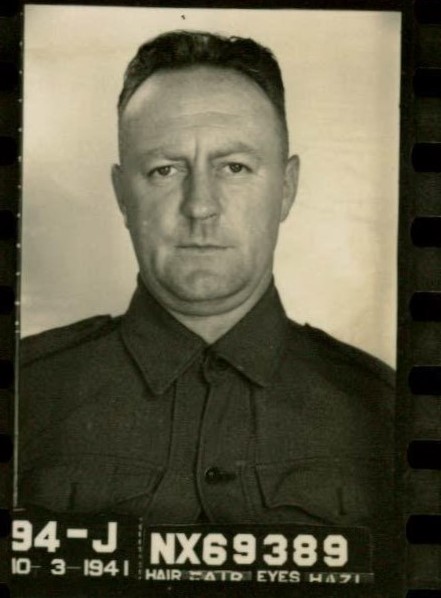
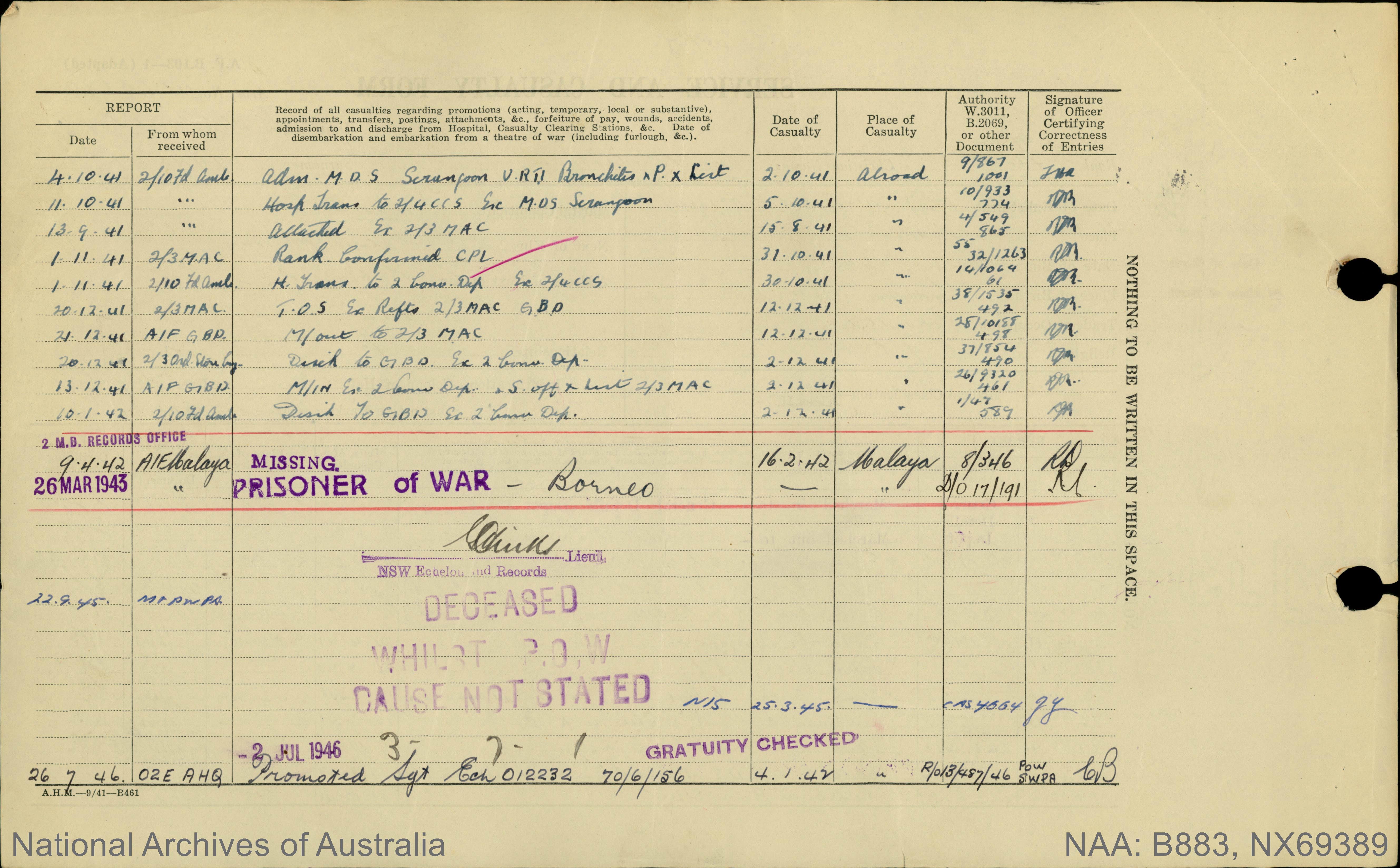
Death NSW BDM's: MURRAY PATRICE DOROTHY S14178/1947 parents: SYDNEY JOSEPH J MARIE AMELIA C at SYDNEY
MURRAY Betty -August 16 1947 beloved wife of lhe late D A Murray of Roseville and loved mother of Patrice and Eleanor.
MURRAY Betty -August 16 1947 beloved daughter of Mrs. A E Gaskell of Springwood and loved sister of Ernest Wyatt. Family Notices (1947, August 18). The Sydney Morning Herald (NSW : 1842 - 1954), p. 18. Retrieved from http://nla.gov.au/nla.news-article18046010
Betty died fairly young as well, like her dad:
MURRAY Betty-August 16, St Vincent's private hospital of Roseville, loved daughter of Mrs A E Gaskell, mother of Patrice and Eleanor and sister of Ernest Wyatt. Family Notices (1947, August 23). The Sydney Morning Herald (NSW : 1842 - 1954), p. 40. Retrieved from http://nla.gov.au/nla.news-article18041680
Narrabeen property became a weekender after 1929/30(?)
RE will of ALBERT EDWARD GASKELL, formerly of Springwood, but late of Roseville, both in the State of New South Wales, gentleman, deceased.—Probate granted by Supreme Court of New South Wales on 13th April, 1948.— Pursuant to the Wills, Probate and Administration Act, 1898 1947 (Testator's Family Maintenance and Guardianship of Infants Act, 1916-1938, and Trustee Act, 1925-1942), Sydney Joseph Ernest Foreman Wyatt, the surviving executor of the will of the said Albert Edward Gaskell, who died on 3rd February, 1948 (Marie Amelia Camille Gaskell, the executrix, having died on 6th September, 1948), hereby gives notice that creditors and others having any claim against or to the estate of the said deceased are required to send particulars of their claims to the said executor at the undermentioned address on or before the 31st August, 1950, at the expiration of which time the said Sydney Joseph Ernest Foreman Wyatt will distribute the assets of the said deceased to the persons entitled, having regard only to the claims of which he then has notice.—Dated 14th June, 1950. P. T. FOWLER, Proctor for the Executor, 90 Pitt-street, Sydney. 1714—£1. RE will of ALBERT EDWARD GASKELL, formerly of (1950, June 23). Government Gazette of the State of New South Wales (Sydney, NSW : 1901 - 2001), p. 1965. Retrieved from http://nla.gov.au/nla.news-article220101679
Deaths:
GASKELL ALBERT EDWARD 2591/1948 83 YRS Parents: blank at: GORDON CHATSWOOD
GASKELL MARIE AMELIA C22827/1948 Parents: PIERRE and NOT KNOWN at: COFFS HARBOUR
GASKELL Marie Amelia Camille - September 6 1948 (suddenly) at Coffs Harbour (formerly of Springwood and Roseville) beloved mother of Ernest Wyatt of Lindfield and Mrs Betty Murray (deceased)
GASKELL, Marie Amelia Camille - September 6 1948 dear mother In law of Margery and nana of Patsie, Eleanor, Elizabeth and Alison. Family Notices (1948, September 8). The Sydney Morning Herald (NSW : 1842 - 1954), p. 20. Retrieved from http://nla.gov.au/nla.news-article18084077
SPRINGWOOD
C.W.A.
The last meeting: of the Springwood branch of the Country Women's Association took place on Tuesday afternoon, September 7, when members were all very grieved to learn of the unexpected death of a former member, Mrs. Gaskell, of Roseville, who passed away holidaying at Coffs Harbour, and of the continued indisposition of Mrs. Luscombe, vice-President.
Much discussion took place in relation to the "Crazy Show", which the branch is organising, in conjunction with the North Springwood Development League, to assist C.W.A. funds. ...
DEATH OF CHARITY WORKER.
Local residents were shocked on Monday when they learned of the sudden death of Mrs. Marie Amelia Camille Gaskell, of Roseville, a former resident of Springwood and one who had done much over a period of many years for deserving causes in the district.
Since the death of her daughter, Betty (Mrs. Murray), Mrs. Gaskell had been caring for Mrs. Murray's children, Mr. Murray having died whilst on active service, and it was while Mrs. Gaskell was holidaying with the children at Coff's Harbour that she passed away suddenly. There is one son, Mr. Ernest S. Wyatt, of Lindfield, and four grandchildren, Patsie, Eleanor, Elizabeth and Alison.
The remains were cremated at Northern Suburbs at 10 a.m. to-day, after a service at St. Alban's Church, Lindfield. Much sympathy is expressed to the family in their sad loss. SPRINGWOOD (1948, September 9). Nepean Times (Penrith, NSW : 1882 - 1962), p. 8. Retrieved from http://nla.gov.au/nla.news-article117910646
SPRINGWOOD
RED CROSS.
The-last meeting of the Spring wood branch of the Red Cross Society took place In the Red Cross rooms on Tuesday afternoon and was very well attended. Several new members were enrolled.
Mrs. Schuette, who occupied the chair, was welcomed after her recent illness, and spoke very feelingly about the death of Mrs. Gaskell, a former senior Vice-President of the Red Cross, and of the valuable work she had done for many years. The members stood in silence for two minutes as a mark of respect for the deceased lady. ... SPRINGWOOD (1948, September 16). Nepean Times (Penrith, NSW : 1882 - 1962), p. 8. Retrieved from http://nla.gov.au/nla.news-article117910685
DISTRICT
(Before Judge Rolin,
DAMAGES FOR ASSAULT.
Albert Edward Gaskell, of Bligh Street, Sydney, sued S. A. Wynn of Castlereagh Street, city, tobacconist, to recover £50 damages tor assault committed upon plaintiff, by defendant on January 5 last, while travelling in a train from Penrith to Sydney, by reason of which assault the plaintiff had been unable for some time to' attend to his usual business. Mr. Braddon (Instructed by Messrs. Bechag and Simpson) for the plaintiff; Mr. Lloyd (instructed. by Mr. Clive Arnott) for the defendant. It' was stated that the parties had some words, during a game of cards, as to the letting of a cottage by plaintiff, and as a result the defendant committed what he submitted was but a technical assault, plaintiff sustaining only a few scratches. His Honor said he considered the assault a serious one, and he gave a verdict for plaintiff for £25. DISTRICT (1922, March 28). The Daily Telegraph (Sydney, NSW : 1883 - 1930), p. 9. Retrieved from http://nla.gov.au/nla.news-article246456002
NOT RESPONSIBLE
Shire Engineer's Reply
Mr. Albert E. Gaskell has written to Blue Mountains Shire Council, asking for the electric light to be re-established at the spot at the top of his allotment at Springwood.
This was the spot, continued the writer, where an easement ran under the railway, through Mr. Hole's paddock, and thence through his property, washing the soil away and creating such a quagmire that the allotment is utterly useless for building purposes, and should be exempt from rates, considering that the writer claimed the damage was caused through Council diverting the water through his property. Unless an improvement took place he thought it only right that a cessation of payment of rates be allowed. Mr. B. A. Heffernan, engineer, stated that the easement was there when the property was purchased. He did not think the shire was responsible for any damage. NOT RESPONSIBLE (1929, April 20). The Blue Mountain Star (Katoomba, NSW : 1929 - 1931), p. 7. Retrieved from http://nla.gov.au/nla.news-article190104367
SOCIAL CHATTER
HOLIDAY MAKERS MANY PARTIES
....Mrs. A. G. Gaskell, of Ocean-street, Narrabeen, entertained forty guests at. the Ambassadors in celebration of the 21st birthday of her son, Mr. Ernest Wyatt. Conspicuous in the decorations —which were carried out in flowers and ribbons of red and blue, the colors of Barker College — Mr. Wyatt's old school— was a floral model of the North Shore Bridge. .... SOCIAL CHATTER (1930, December 22). The Sun (Sydney, NSW : 1910 - 1954), p. 15 (FINAL EXTRA). Retrieved from http://nla.gov.au/nla.news-article225344460
Springwood
C.W.A.
Mrs Gaskell, senior vice-president of the local branch of the C.W.A., organised a most successful card afternoon in aid of the general funds of the Association, on behalf of the President (Mrs Darken), who is still unable to take an active part in branch activities owing to an injury sustained some months ago.
The function was held in the Bowling Club House on Monday, and was very well attended. Articles were sold and those present engaged in games. An amount of £14 realised in-cluded donations from Mesdames Emmett, McCalman, and Darken.
A dainty afternoon tea was enjoyed by all. A guessing competition was won by Mrs Gaskell and a competi-tion for a tea cosy by Miss Pat Darken.
The November monthly meeting (usually held on the first Tuesday of each month) was abandoned. The an-nual meeting will probably be held on the first Monday in December. ... Springwood (1944, November 9). Nepean Times (Penrith, NSW : 1882 - 1962), p. 4. Retrieved from http://nla.gov.au/nla.news-article117896797
Bryson family of Narrabeen - Notes
Marriage of Reginald and May per NSW BDM's: 15227/1913 BRYSON REGINALD S to BIRCH MAY registered at HURSTVILLE
BRYSON—BIRCH.—November 22, at St Paul's Church, Kogarah, by the Revs. Wilton and H. R. A. Wilson, Reginald Searl, only son of Mrs. E. J. Bryson, of Darlington, to May, only daughter of Alderman and Mrs. E. R. Birch, of Kogarah. At home, Hillingdon, Forest-road, Arncliffe, January 8, afternoon and evening. Family Notices (1913, December 27). The Sydney Morning Herald (NSW : 1842 - 1954), p. 12. Retrieved from http://nla.gov.au/nla.news-article15469809
Children:
BRYSON DOUGLAS SEARLE 45215/1914 REGINALD S MAY ROCKDALE
BRYSON LORNA STANHOPE 42001/1915 REGINALD S MAY ROCKDALE
BRYSON VALARIE MAY 15924/1917 REGINALD S MAY ROCKDALE
BRYSON RITA SYDNEY 43016/1918 REGINALD S MAY ROCKDALE
BRYSON EDWIN IAN : Service Number - 66282 : Date of birth - 27 Apr 1924 : Place of birth - BURWOOD NSW : Place of enlistment - SYDNEY : Next of Kin - BRYSON REGINALD - RAAF found him to be of 'very good character'.
BRYSON REGINALD KEITH : Service Number - NX151133 : Date of birth - 29 Oct 1922 : Place of birth - ROCKDALE NSW : Place of enlistment - PORT MORESBY PAPUA : Next of Kin - BRYSON REGINALD - ARMY, 18th Btn.
BRYSON DOUGLAS SEARLE : Service Number - 423443 : Date of birth - 05 Oct 1914 : Place of birth - ARNCLIFFE NSW : Place of enlistment - SYDNEY : Next of Kin - BRYSON K - RAAF
Cheltenham munitions establishment claim of Rose Bryson - holding number 1. Contents date range; 1941 - 1942
Reginald born to: BRYSON REGINALD S 11435/1889 parents: JOHN and EMILY registered at: GLEBE
Siblings:
BRYSON WILLIAM J 12896/1884 JOHN D EMILY J GOULBURN
BRYSON EDWARD A 1700/1886 JOHN D EMILY J SYDNEY
BRYSON ANNIE D 266/1888 JOHN EMILY SYDNEY
In the Supreme Court of New South Wales. (23,010)
IN BANKRUPTCY
Be Reginald Searle Bryson and Albert Bruce Chalmers (trading as "The Golden Cob Stores"), of Bexley and Kogarah respectively, and carried on business at 195 King-street, Newtown, 208 George-street, Sydney, and 183 Hay-street, Sydney, storekeepers.
NOTICE is hereby given that the First Meeting of Creditors in the above matter will be held at the office of the Official Assignee, 182 Phillip-street, Sydney, oil the 12th day of October, 1922, at noon, or as soon after as the course of business will permit. To entitle a creditor to vote thereat, his proof must be lodged with the Registrar in Bankruptcy, Elizabeth-street, Sydney, not later than the 10th day of October, 1922.
N. C. LOCKHART,
Registrar in Bankruptcy.
Official Assignee—Charles Fairfax Waterloo Lloyd 1235 7s. IN BANKRUPTCY. (1922, September 29). Government Gazette of the State of New South Wales (Sydney, NSW : 1901 - 2001), p. 5434. Retrieved from http://nla.gov.au/nla.news-article222060651
Reginald Searle Bryson and Albert Bruce Chalmers, trading as "The Golden Cob Stores." of 195 King street, Newtown, 208 George-street, Sydney, and 183 Hay-street, Sydney, storekeepers (No. 23,010), a first account and plan of distribution showing payment in full of three proved preferential claims (£69 15s. 5d.), and a first dividend of one shillings and three pence and five-eighths of a penny in the £ on all proved concurrent claims. IN BANKRUPTCY. (1923, February 23). Government Gazette of the State of New South Wales (Sydney, NSW : 1901 - 2001), p. 1213. Retrieved from http://nla.gov.au/nla.news-article225135299
ALLEGED TOBACCO THEFTS.
From Rugby League Club.
At the Central Police Court yesterday, before Mr. Camphin, S.M., hearing was continued of the charges against Joseph Patrick McGrath, 37, storekeeper, of having stolen cigarettes and cigars to the value of £1262 the property of the New South Wales Rugby League Club and against Herman Leon Miers 52, tobacconist, and Maurice Wise, 40, salesman of receiving.
Mr Heaiener appeared for Miers and Mr Niland for Wise, McGrath was undefended Sergeant Dennis appeared for the prosecution.
Horace Kay, accountant for the Rugby League Club, stated that he examined invoices from S. Hoffnung and Co Ltd , and Craig and Aitken which were found in the storeroom of the club after McGrath had been sus-pended. The invoices had not been entered in the stock book. The total amount of the invoices was £1262. The goods had not been accounted for. All goods ordered by McGrath should have been received by the club.
John Barrett, a hotel manager, Thomas Fletcher Birrell, hotelkeeper. and Reginald Searle Bryson, manager of a cash and carry store, gave evidence of purchases of cigarettes and cigars from Wise .... ALLEGED TOBACCO THEFTS. (1930, October 16). The Sydney Morning Herald (NSW : 1842 - 1954), p. 8. Retrieved from http://nla.gov.au/nla.news-article16722999
A.I. F. Ball Was Colorful
AN immense Union Jack and an equally large Australian flag, draped against the wall at one end of the huge ballroom, and linked with the letters A.I.F., formed of laurel leaves, made an arresting decoration at the A.I.F. ball at the Trocadero last night. Groupings of lances, topped with red and white pennants and pedestal baskets of lovely spring flowers marked the official enclosure, while masses of delicately-tinted fruit blossoms, mingled with other choice blooms and lacquered gold and silver leaves, made effective splashes of color on the supper tables.
Sir Sir Philip and Lady Street were guests of honor, and were received in the foyer by Lady Walder, president of the ball committee, and members of the executive committee. Lady Street, who wore, a gown of gold brocade, was presented with a bouquet of pink sweet peas and violets. Lady Walder wore her presentation gown of white crepe suede, and carried a posy of pink carnations, the gift of the committee. Proceeded by pipers and drummers, the official party made a ceremonious entry into the ballroom, and the debutantes were then presented to Sir Philip and Lady Street by Mrs. C. A. Burnett.
Pretty Debutantes
The girls, who made a charming group in their pretty white organdi frocks, the only touch of color provided being the pink carnations which centred their white posies, were the Misses Irene Cranney, Mary Williams, Kathleen Lindsay, Nonie Musgrave, Monica Haines, Lorna Bryson, Lillian Smith, and Valerie Wyly. Proceeds of the ball will be devoted to R.S.L. Distress Fund and Furlough House (Narrabeen), and several of the largest parties were arranged by representatives of the League and the Furlough House committee. During supper an interlude "Memories of 1914-1918" was presented by Captain Bairnsfather. Among those present were the president of Furlough House CMr. Brash Macarthur), accompanied by his daughter, Mrs. H. J. Fraser, .wearing black velvet adorned with a' corsage spray of pink roses, to match the cluster in her hair: the State president of the R.S.S.I. League (Mr. L. A. Robb) and Mrs. Robb; Brigadier J. L. Hardie and Mrs. Hardie, the Consul-General for France (M. Paul Suzor), and Miss Jeanne Suzor, the Acting Consul-General for Belgium and Mine. Nichotte. Also present were the Lady Mayoress (Mrs. G. A. Parkes) and Alderman Parkes. M. Edward Meyer (Vice-Consul for France) , and Mme. Meyer, who covered her black gown with a squirrel cloak; Mr. Justice Milner Stephen and Mrs. Stephen, wearing a petal pink satin stripe romaine gown and a short cape of matching pink lace; Rear-Ad-miral Feakes and Mrs. Feakes, whose tailored gown of lapis blue and silver cloque had long shoulder draperies of toning blue chiffon. Others present included Mr. Fred Taylor (honorary ball secretary) and Mrs. Taylor, president of the younger set, who wore a- black chiffon gown, with side panels of sunray pleating, and a scarf drape of green and silver velvet: Mrs. J. C. Broomhead, wearing a bouffant frock of black tulle; and Miss Barbara Hilt, who chose floral crepe. A.I.F. Ball Was Colorful (1936, September 16). The Daily Telegraph (Sydney, NSW : 1931 - 1954), p. 11. Retrieved from http://nla.gov.au/nla.news-article247206642
(Notice of Application for Certificate of Discharge.)
In the Supreme Court of New South Wales.
IN BANKRUPTCY.
No. 23,010.
Re Reginald Searle Bryson of Prince Alfred parade, Pittwater, formerly of 14 Bowns-road, Kogarah, and Albert Bruce Chalmers of Lymington-street, Bexley, and in the Separate Estate of Reginald Searle Bryson, ex parte, the bankrupt.
To the Official Assignee and Creditors.
TAKE NOTICE that I, Reginald Searle Bryson of Prince Alfred parade, Pittwater, intend to apply to the Court, Commonwealth Bank Buildings, Pitt-street and Martin Place, Sydney, on Wednesday, the eighteenth day of December, 1940, at 10 a.m., or as soon afterwards as the course of business will permit that a Certificate of Discharge be granted to me under and according to the provisions of the Bankruptcy Act, 1898,-Dated this 26th day of November, 1940,
REGINALD SEARLE BRYSON.
Thomas Rose & Dawes, Solicitors for Bankrupt, London Bank Chambers, 18-20 Martin-place, Sydney. 1704 £1 IN BANKRUPTCY. (1940, November 29). Government Gazette of the State of New South Wales (Sydney, NSW : 1901 - 2001), p. 4763. Retrieved from http://nla.gov.au/nla.news-article225111344 - Granted, December 19, 1940
Marriages of Bryson girls:
22164/1940 INGLE CHARLES JAMES to BRYSON RITA SYDNEY registered at MANLY
22057/1940 JORGENSEN JENA SEPTIMUS to BRYSON VALERIE MAY registered at: MANLY
15918/1945 KIRKWOOD JOHN CAMPBELL to BRYSON LORNA STANHOPE registered at MANLY
JORGENSEN (nee Valarie Bryson, Narrabeen). —June 18, 1941, at Wahroonga Sanitarium Hospital, to Mr. and Mrs. J. S. Jorgensen, of Manly —a son (Robert Edwin). Family Notices (1941, June 21). The Sydney Morning Herald (NSW : 1842 - 1954), p. 12. Retrieved from http://nla.gov.au/nla.news-article17761885
KIRKWOOD-BRYSON.-The Engagement is announced of Lorna Stanhope, eldest daughter of Mr. and Mrs. R. S. Bryson, of Narrabeen, to John Campbell, eldest son of Mr. and Mrs. J. J. Kirkwood, of Narrabeen. Family Notices (1944, September 16). The Sydney Morning Herald (NSW : 1842 - 1954), p. 22. Retrieved from http://nla.gov.au/nla.news-article17921014
BABY STEALS SHOW AS BRIDES ARRIVE
One-year-old David Toombes, all the way from Cheshire (Eng.) and en route to Townsville, stole the show at Central Station today, when 13 English war brides arrived from Melbourne, ex-S.S. Wairangi.
DAVID, whose legs swung merrily from a carrier-seat, was carried along the platform by his father and mother, Mr. and Mrs. T. A. Toombes. Mr. Toombes accompanied his family from England. A native of Townsville, he was in England when war broke out and served in the Marine Salvage Corps. He will take his family to Townsville tonight.
Among the girls for N.S.W. was Mrs. D. G. Bryson, who was met by her husband, Flight-Lieut. D. G. Bryson, R.A.A.F., of Narrabeen. The couple met when the airman was stationed at Coningsby, Lincolnshire, where Mrs. Bryson was a W.A.A.F. Flight-Sgt. in charge of the officers' mess. Flight-Lieut. Bryson was the .only husband in uniform among those meeting their wives. Other N.S.W. arrivals were: Mrs. D. G. Baadle (Waverton), Mrs. N. R. B. Gray (Charing Cross) , Mrs. D. Keirs (Cessnock), Mrs. W. J. G. Rigg (Homebush), and Mrs. E. E. T. Rowlands (Artarmon). BABY STEALS SHOW AS BRIDES ARRIVE (1946, March 14). Daily Mirror (Sydney, NSW : 1941 - 1955), p. 3 (Late Final Extra 2). Retrieved from http://nla.gov.au/nla.news-article272683883
Background on wives and husbands who me during the years of WWI in: WEA's Newport Summer School – for Workers, WANS + Future U.S., B.P.F. Wives: Local Insights for The 80th Commemoration of VP Day in 2025
Some of the three Bryson Boys War Records - the whole of these is available in the National Archives of Australia
BRYSON EDWIN IAN : Service Number - 66282 : Date of birth - 27 Apr 1924 : Place of birth - BURWOOD NSW : Place of enlistment - SYDNEY : Next of Kin - BRYSON REGINALD - RAAF found him to be of 'very good character'. AWM holds photo of him - see above
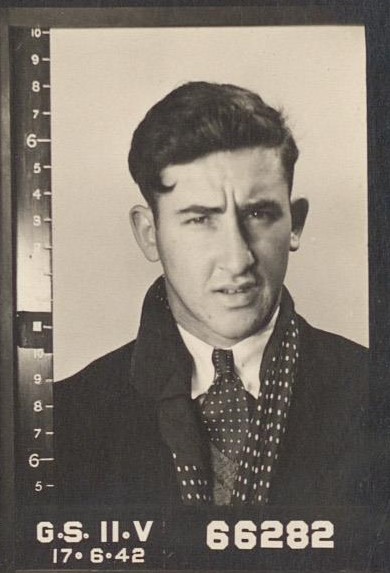
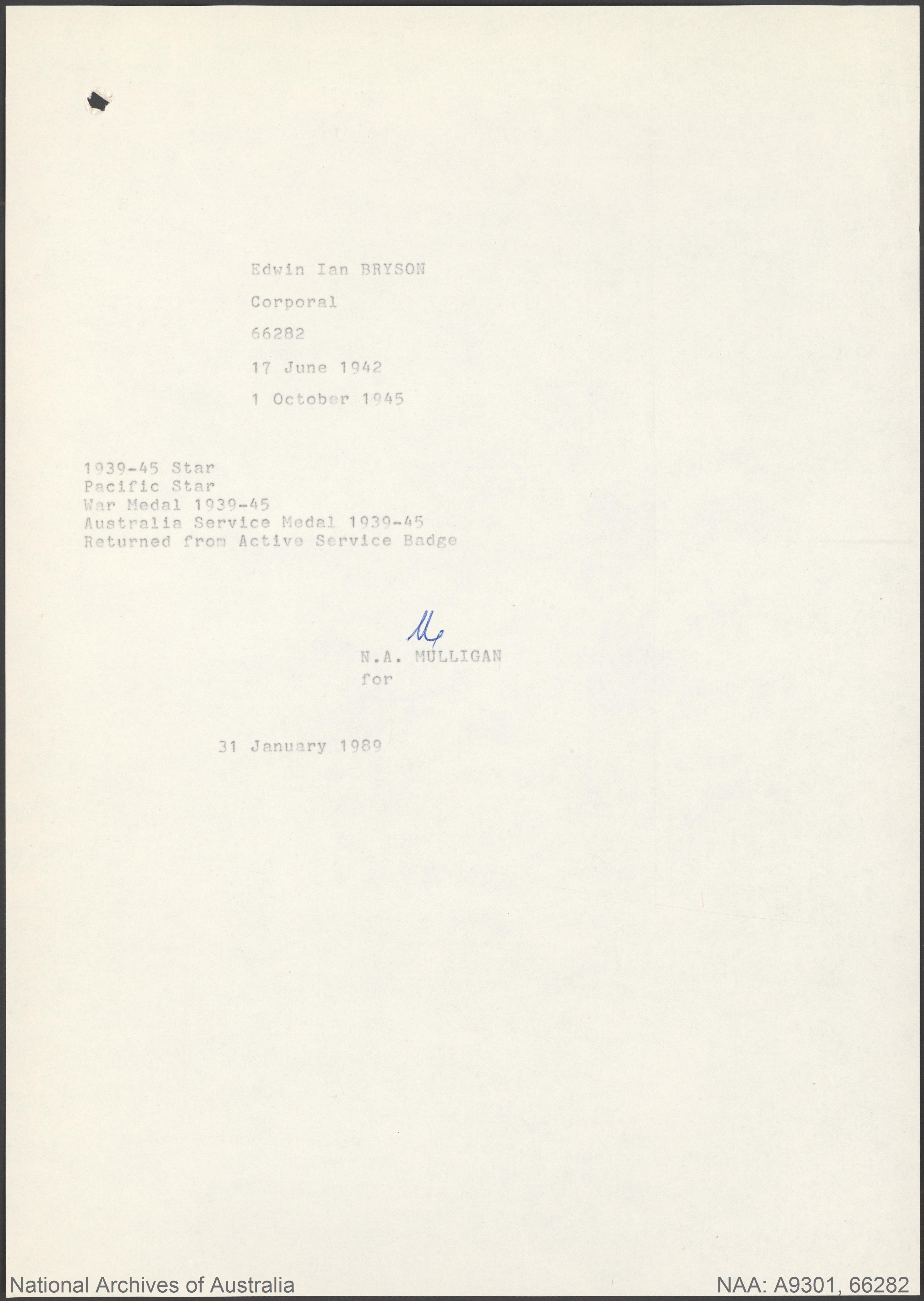
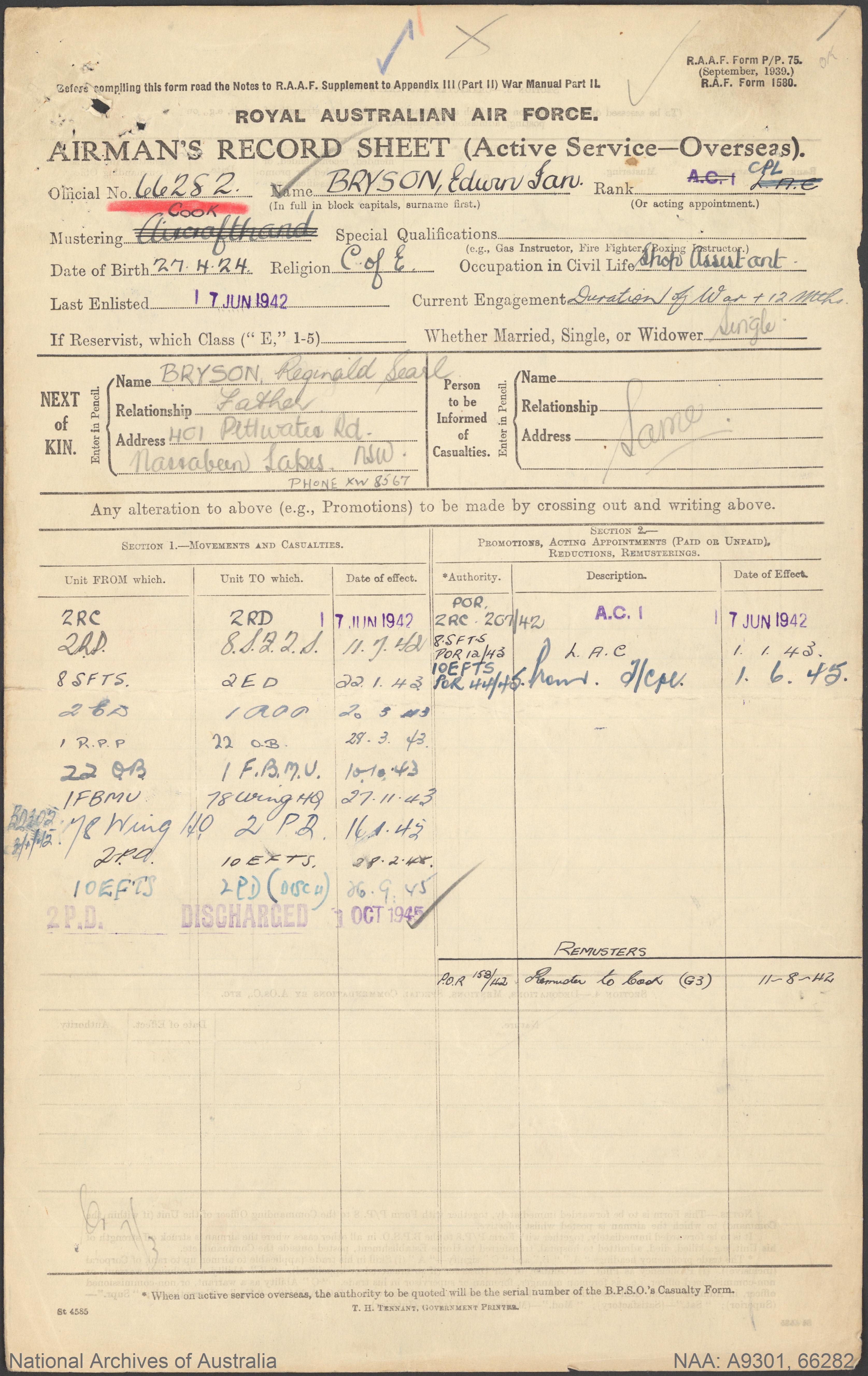
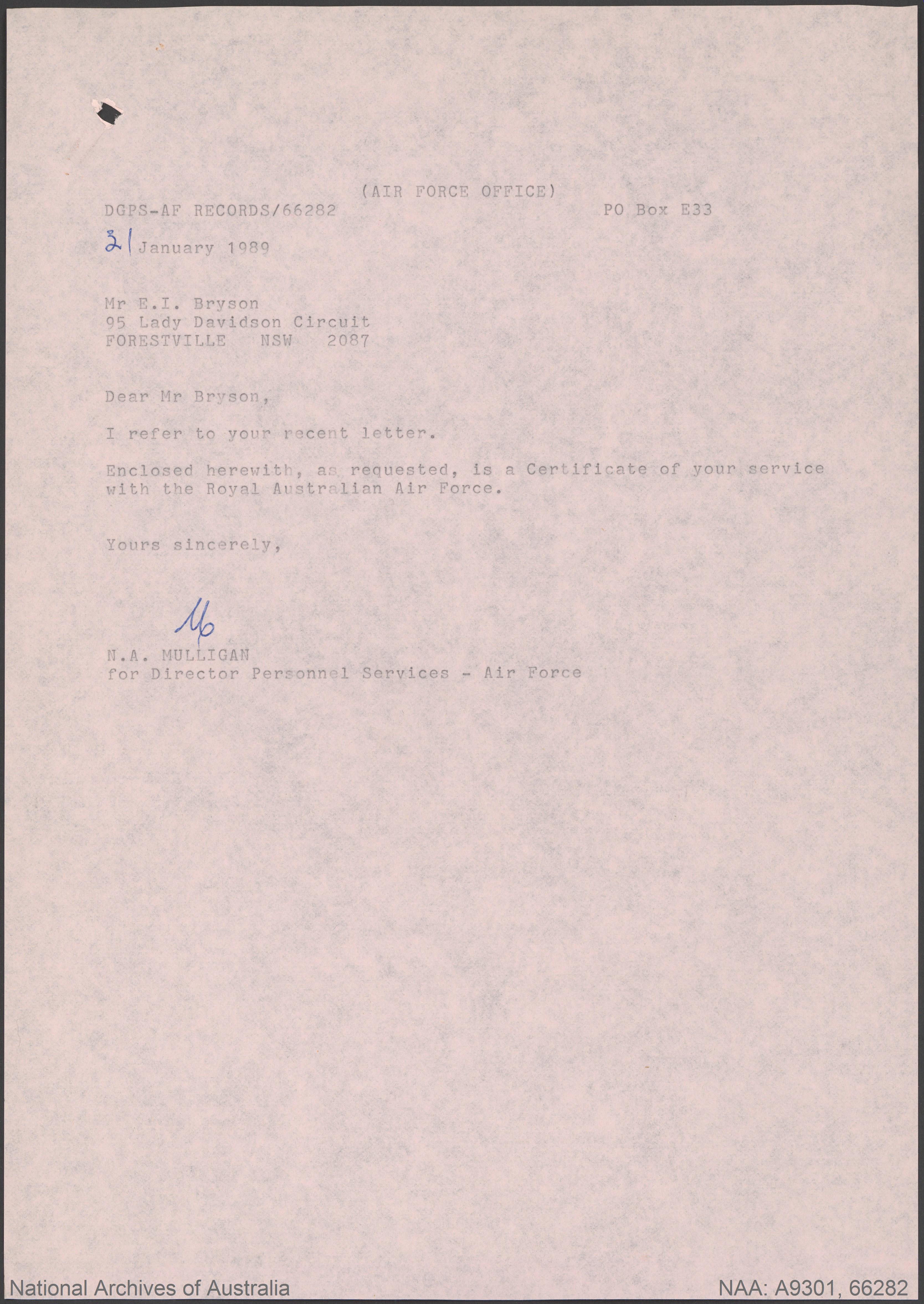
BRYSON REGINALD KEITH : Service Number - NX151133 : Date of birth - 29 Oct 1922 : Place of birth - ROCKDALE NSW : Place of enlistment - PORT MORESBY PAPUA : Next of Kin - BRYSON REGINALD - ARMY, 18th Btn. - New Guinea then Pacific theatres
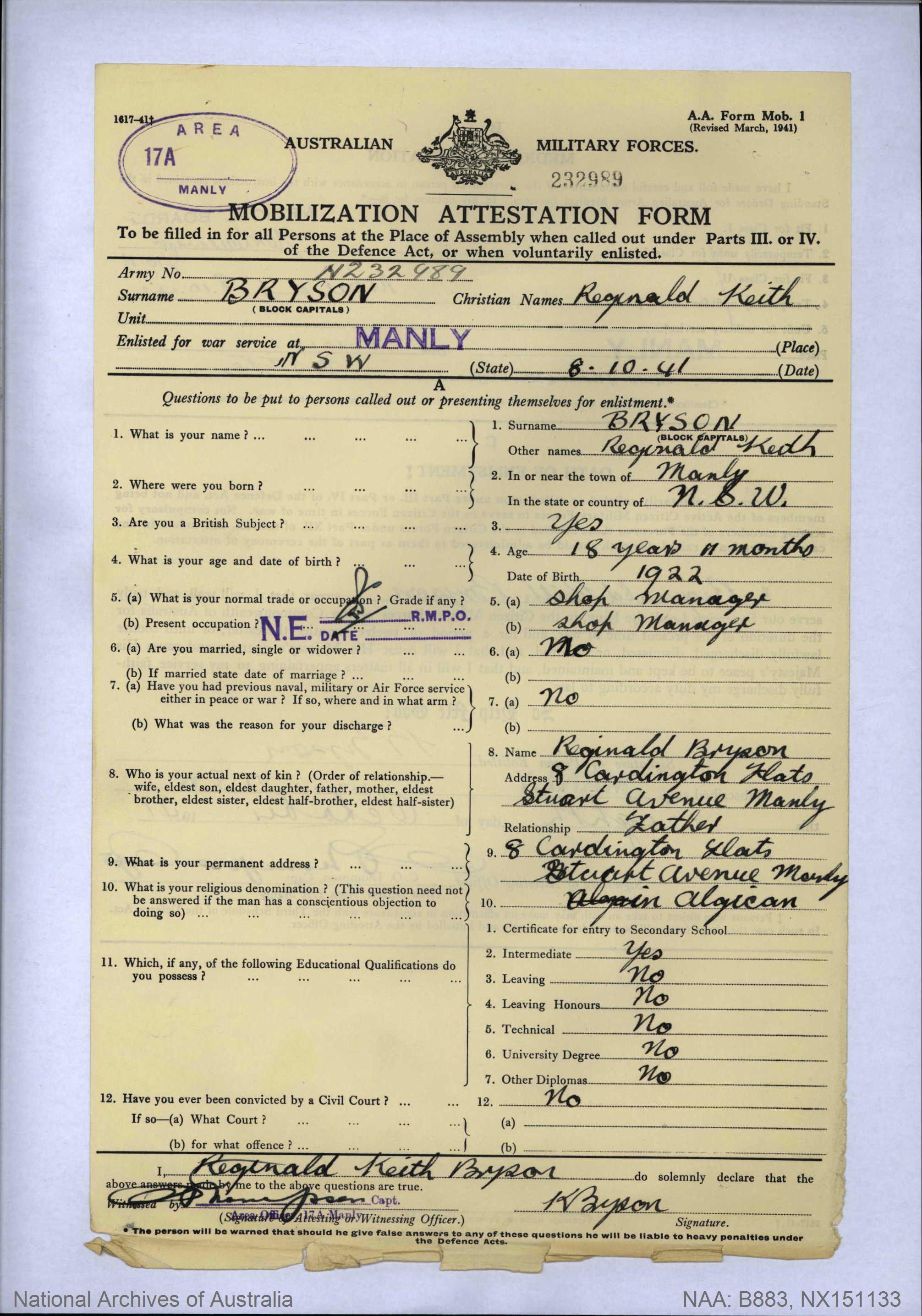
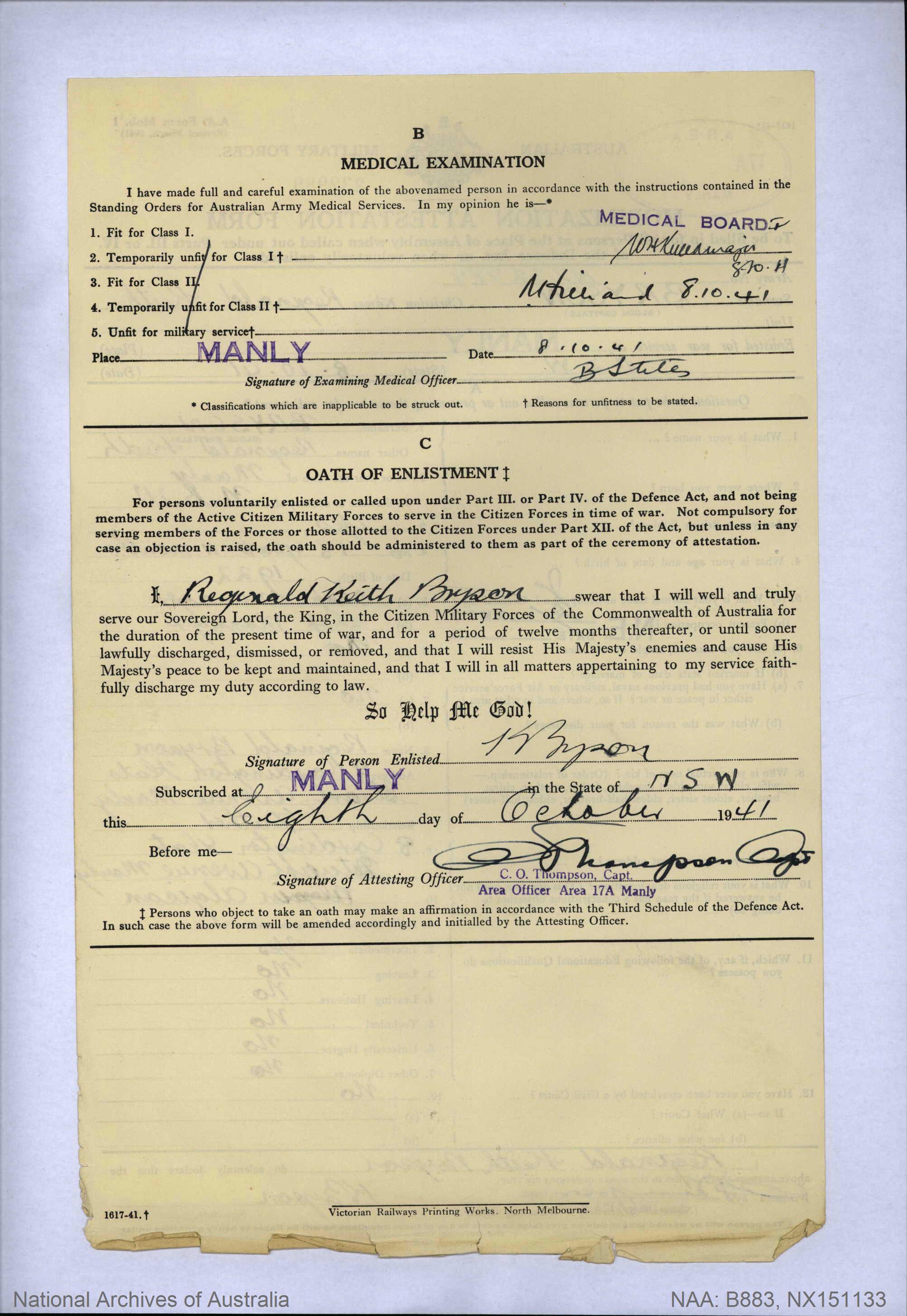
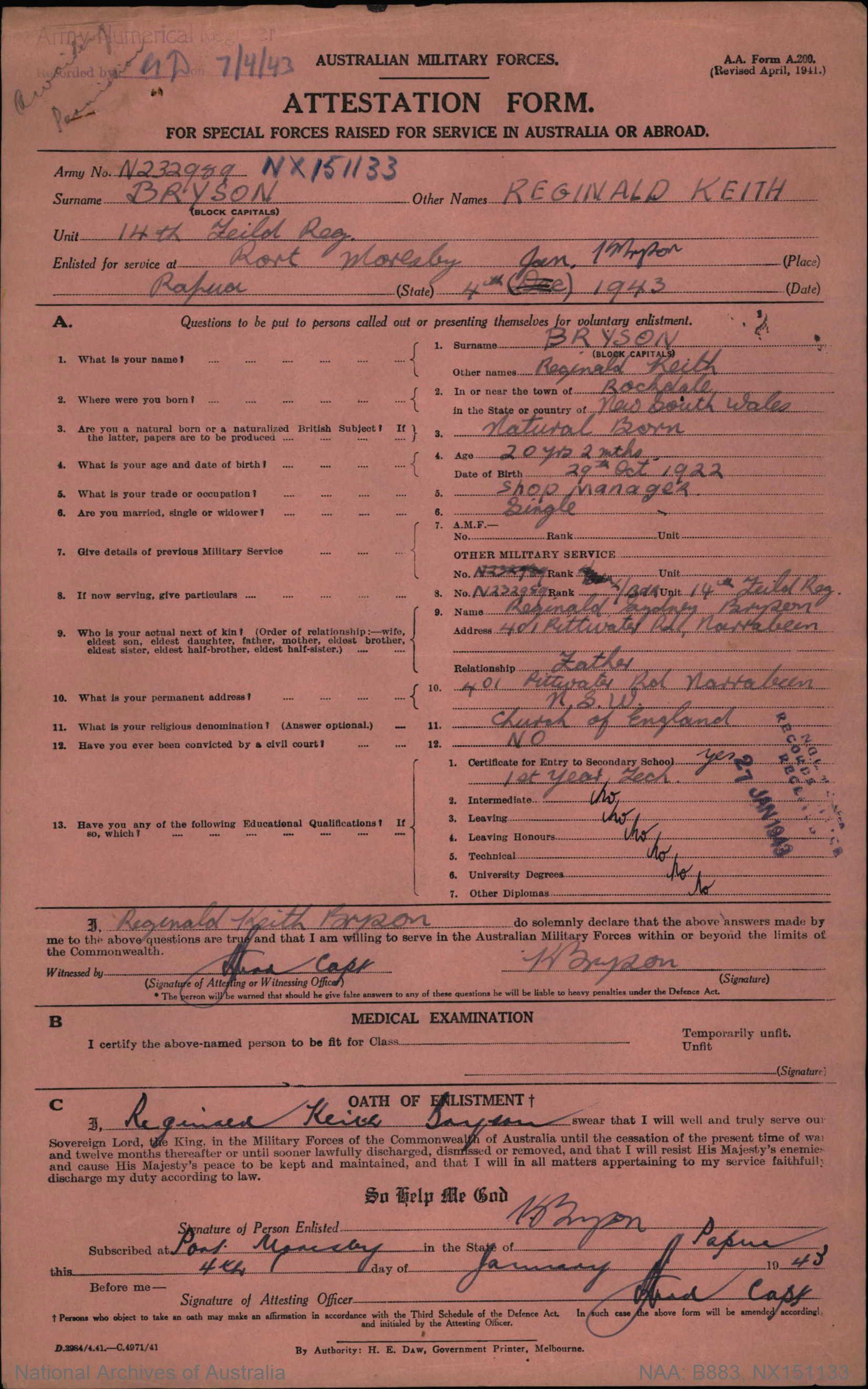
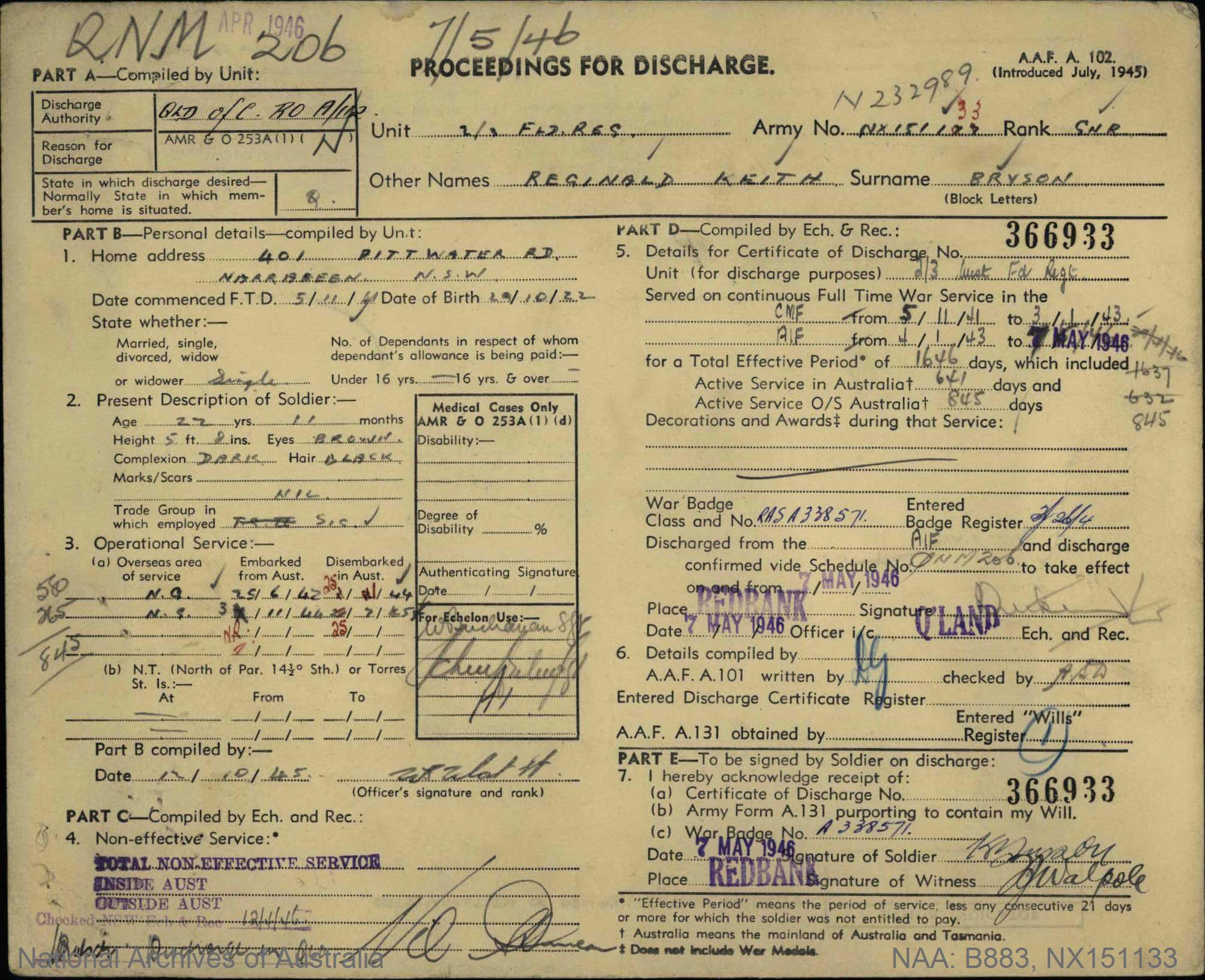
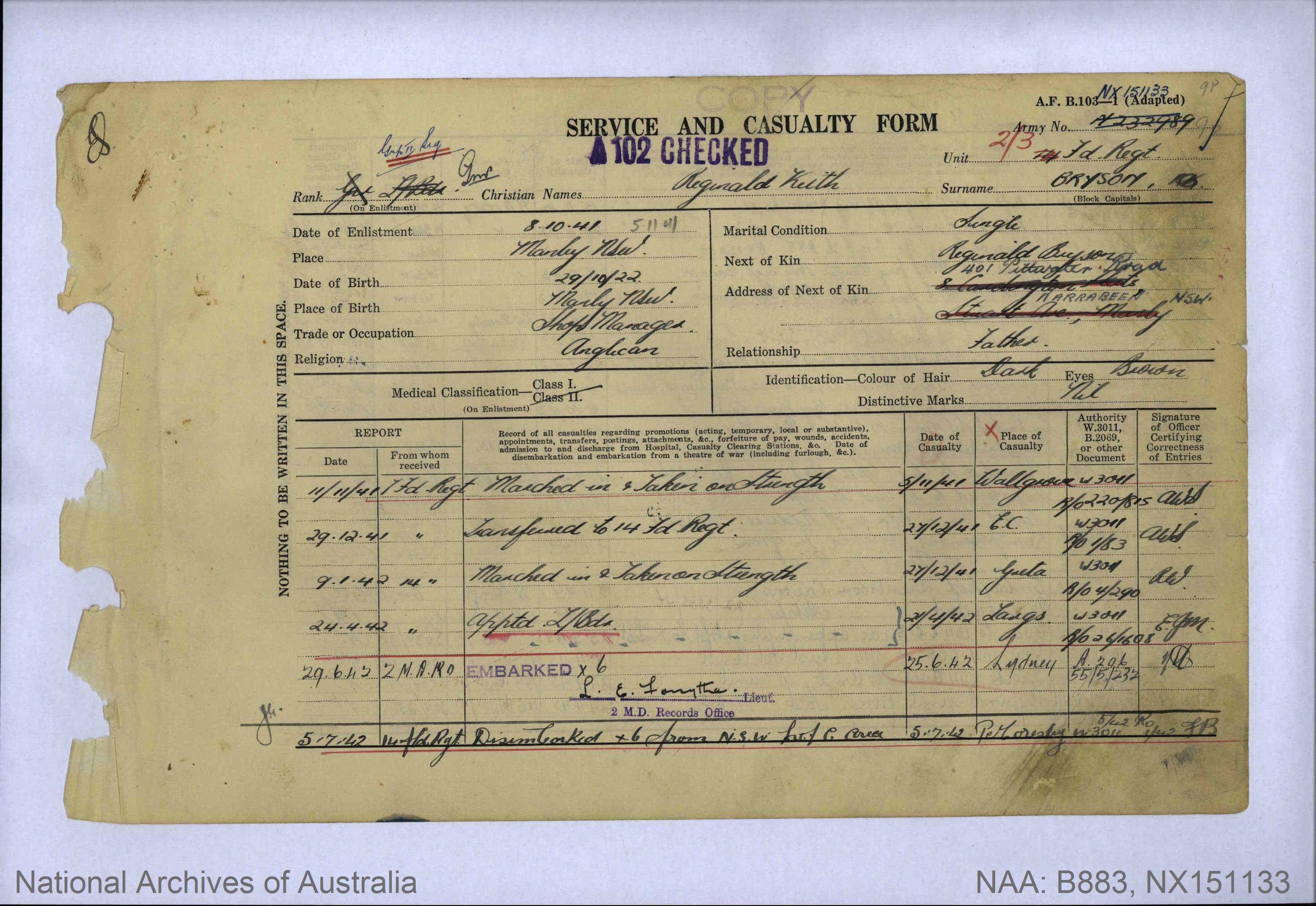
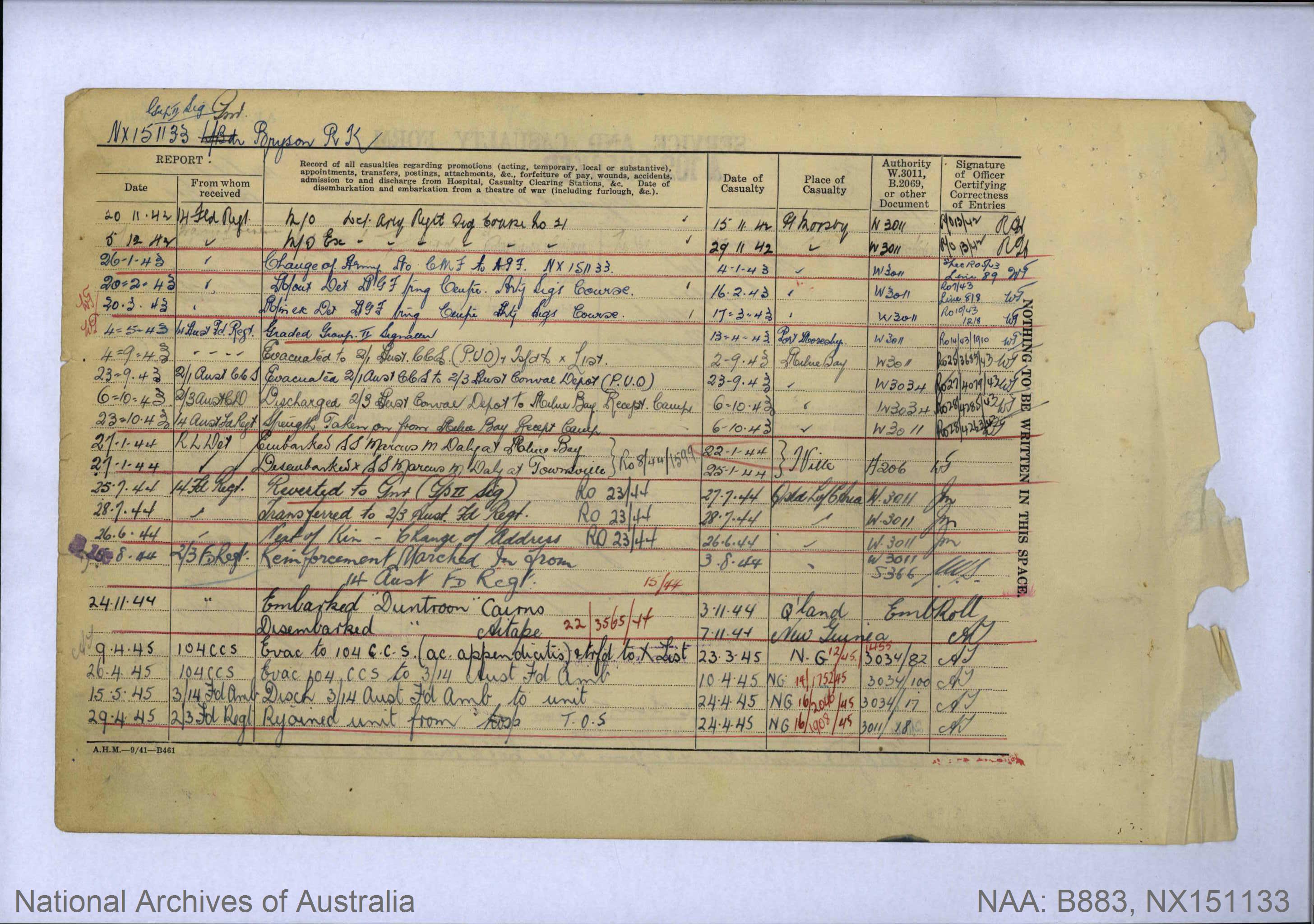
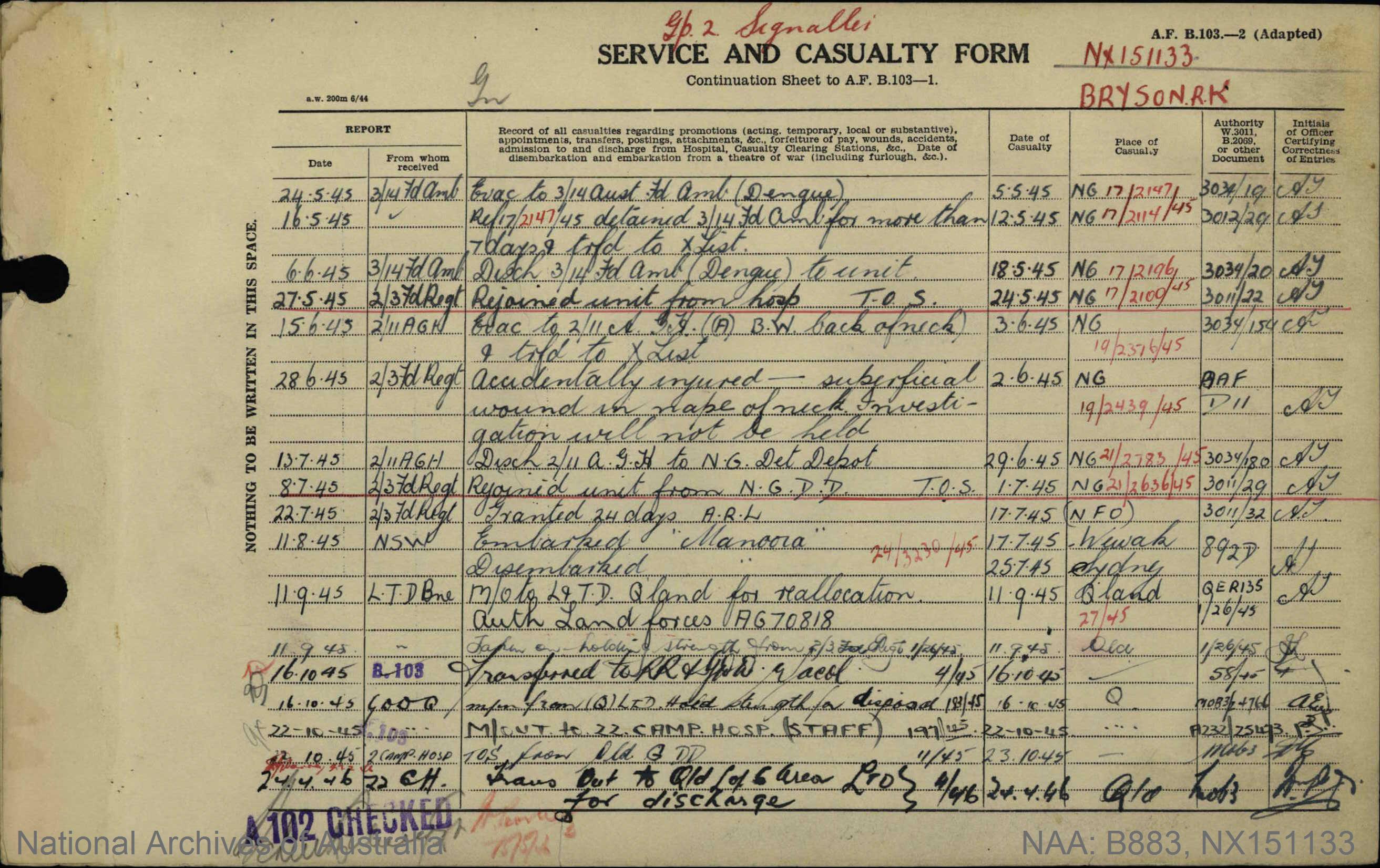
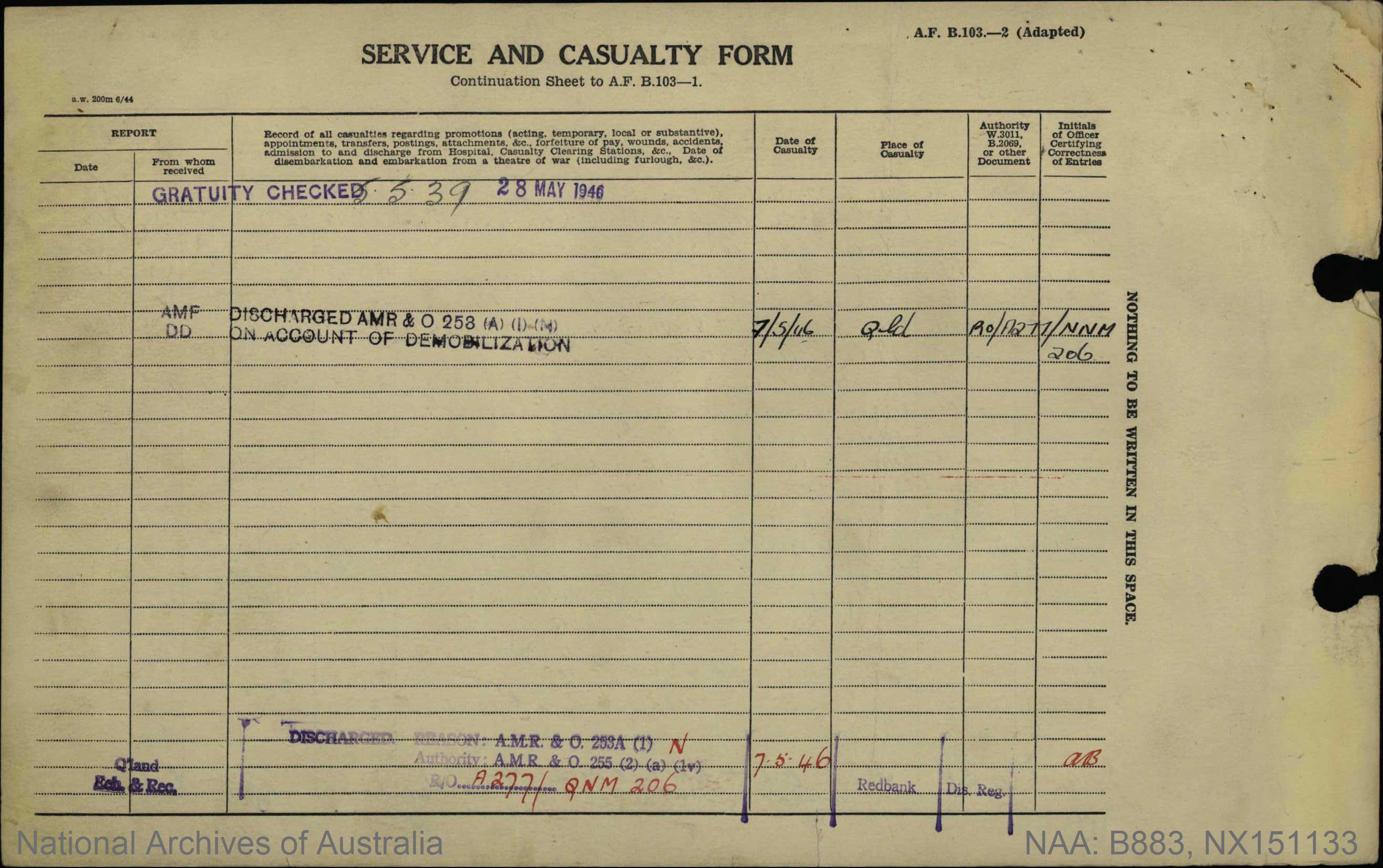
BRYSON DOUGLAS SEARLE : Service Number - 423443 : Date of birth - 05 Oct 1914 : Place of birth - ARNCLIFFE NSW : Place of enlistment - SYDNEY : Next of Kin - BRYSON K - Citizens Air Force then RAF - Douglas went to live in New Zealand by 1980's - letter penned from there for his medals; he didn't qualify for Pacific Star as had served in Europe for RAF - No. 83 Squadron (RAF)
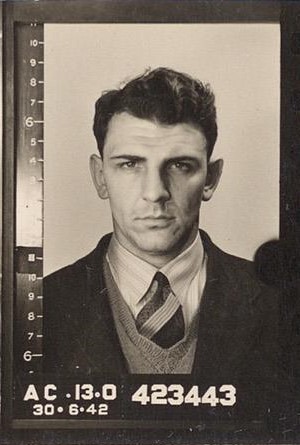

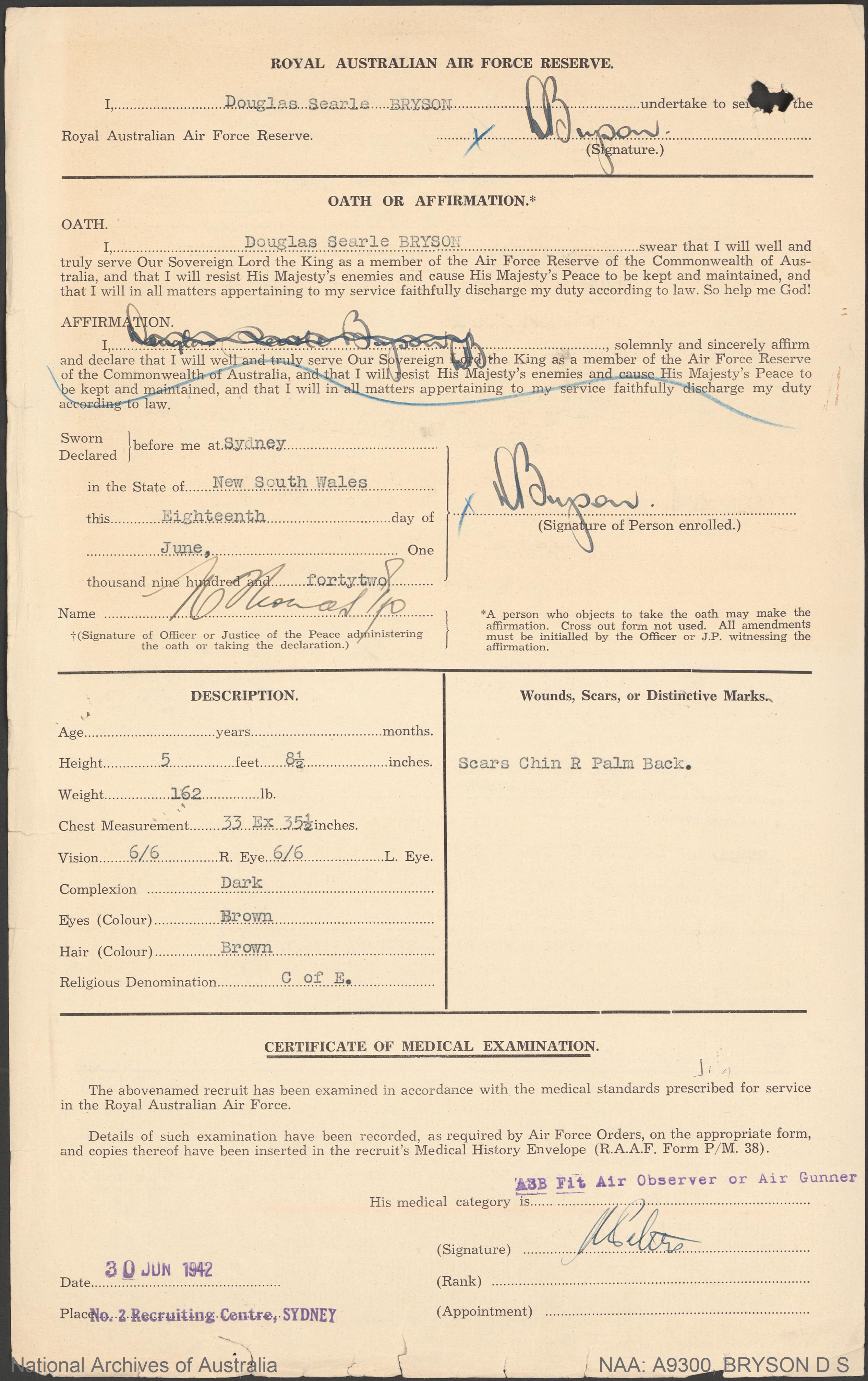
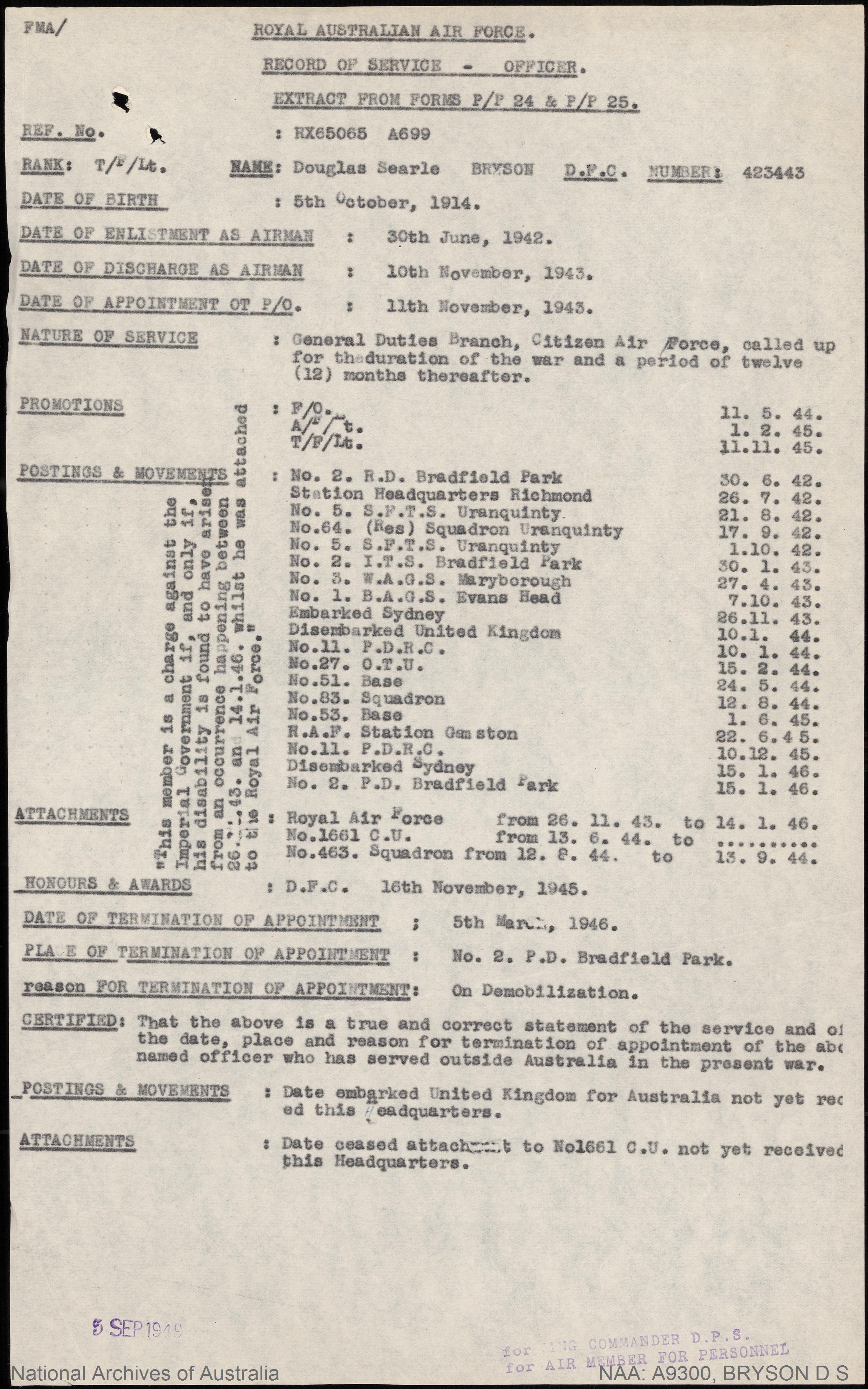
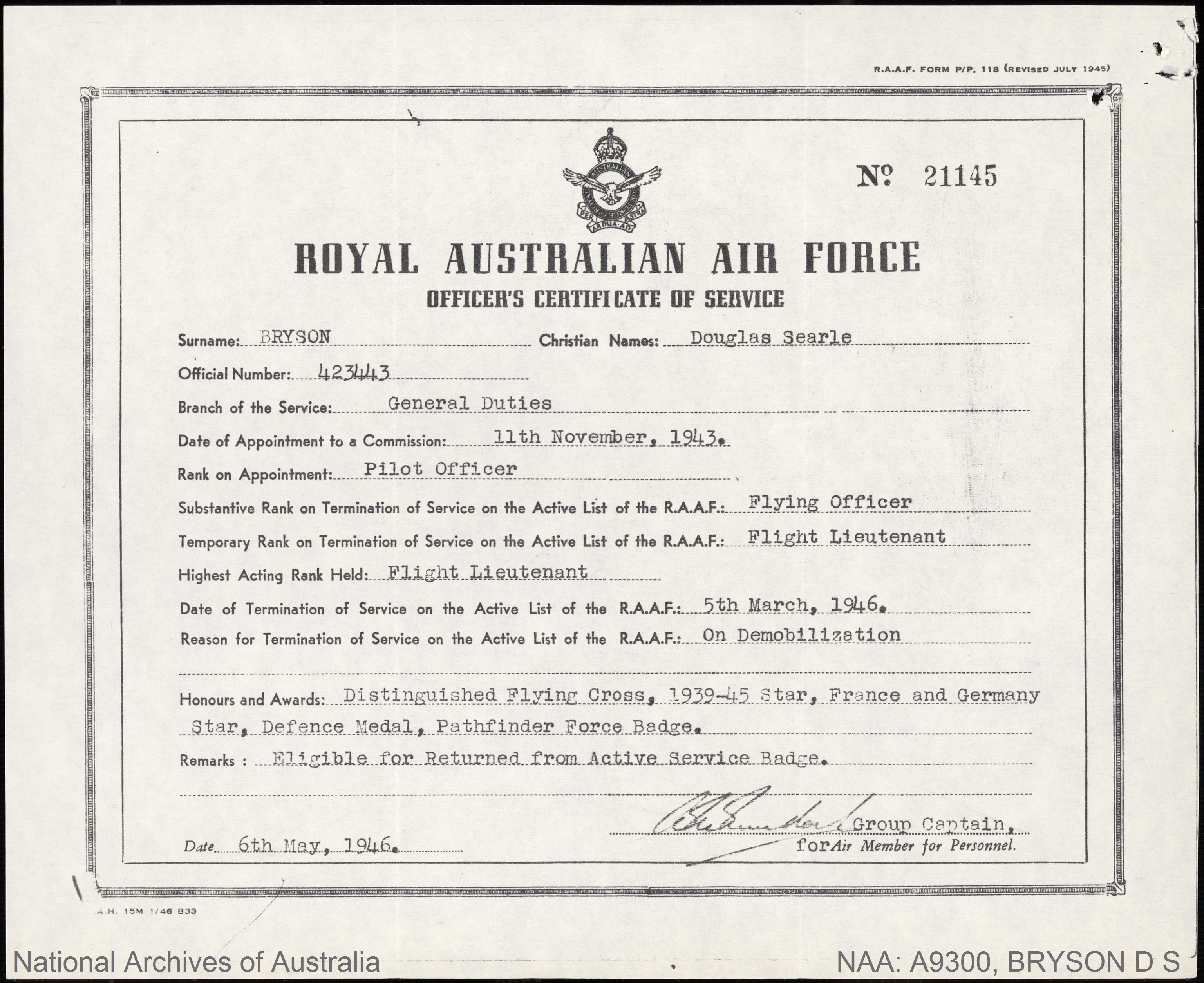
Reginald's letter asking for one son to be sent back to him:
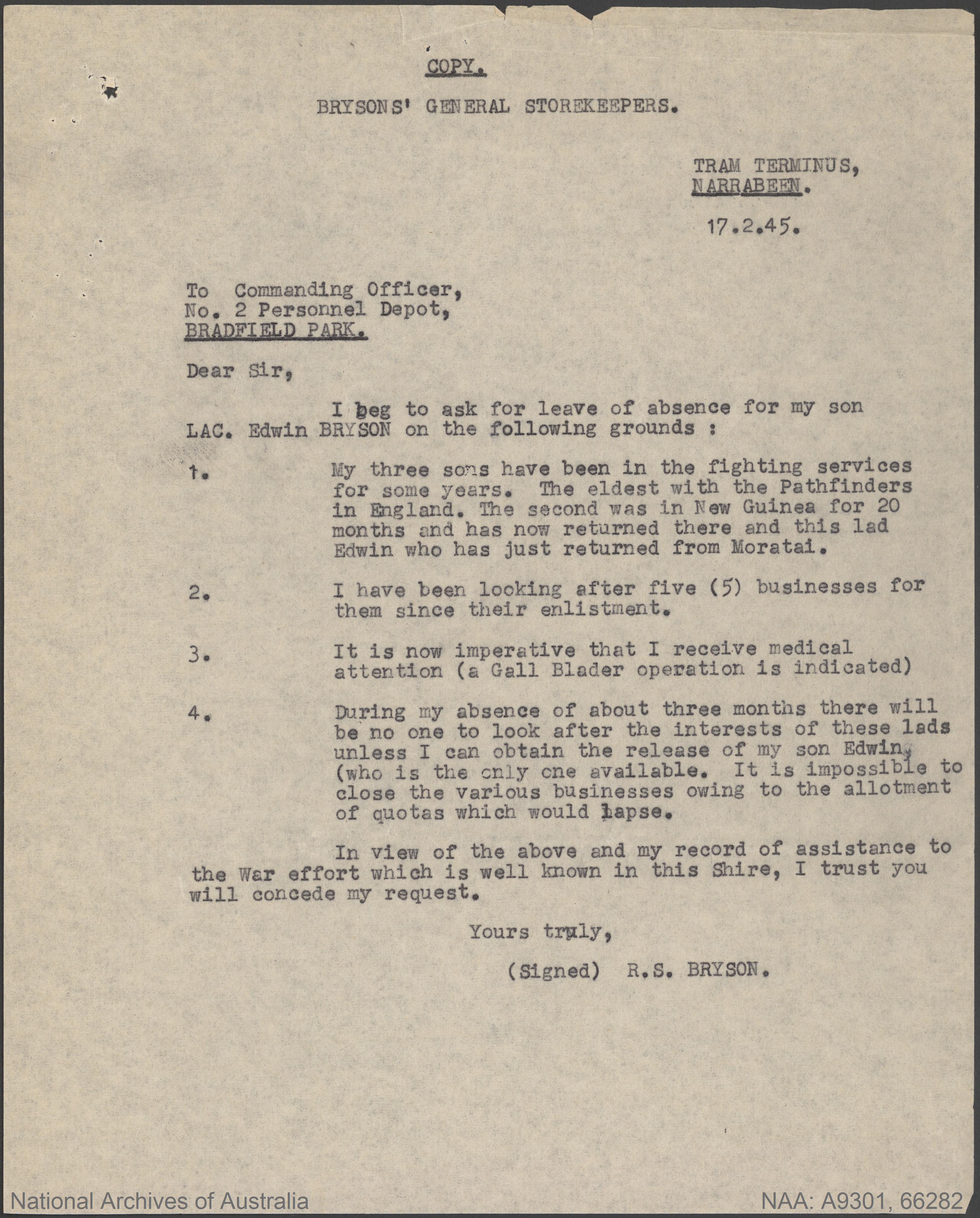
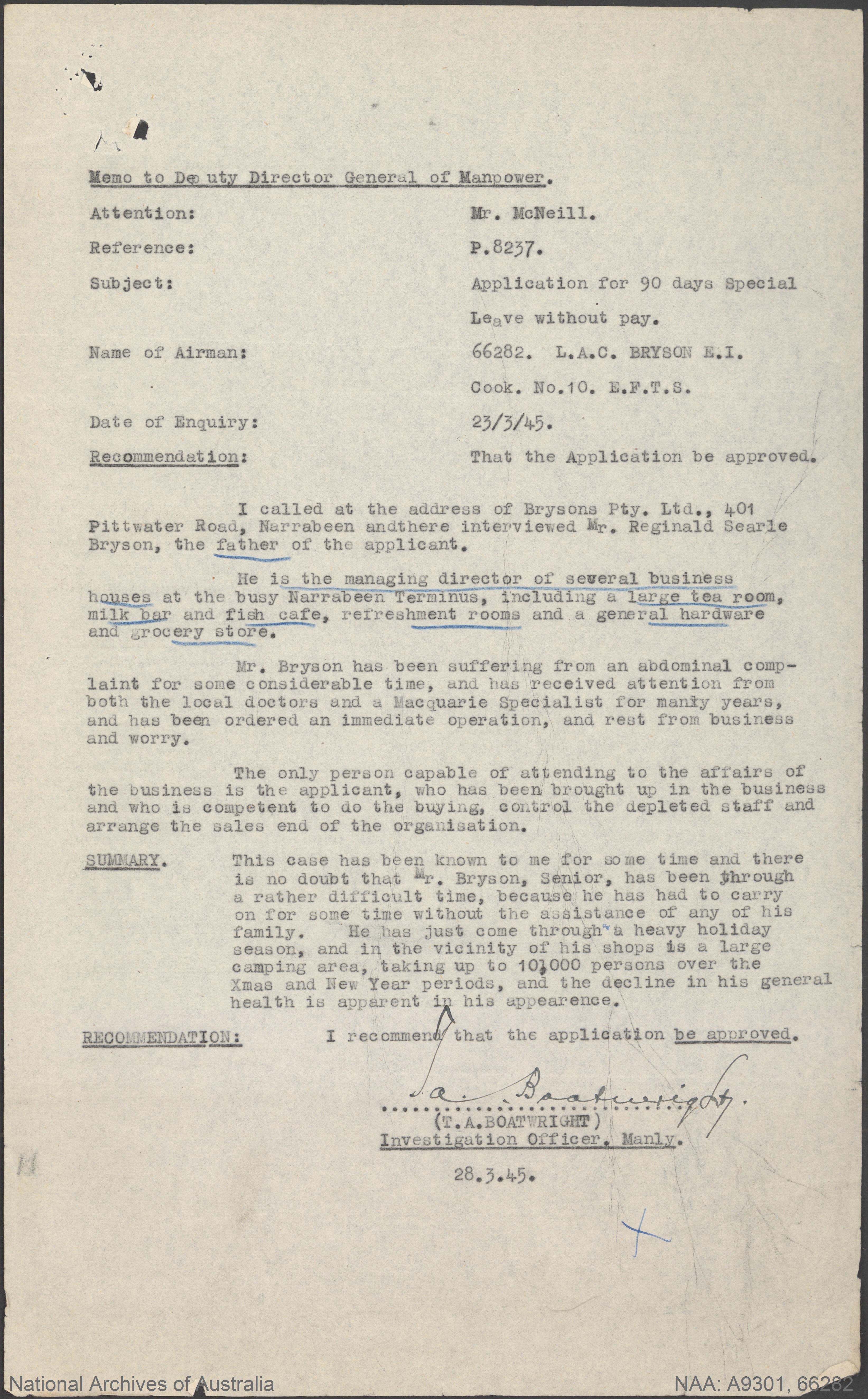
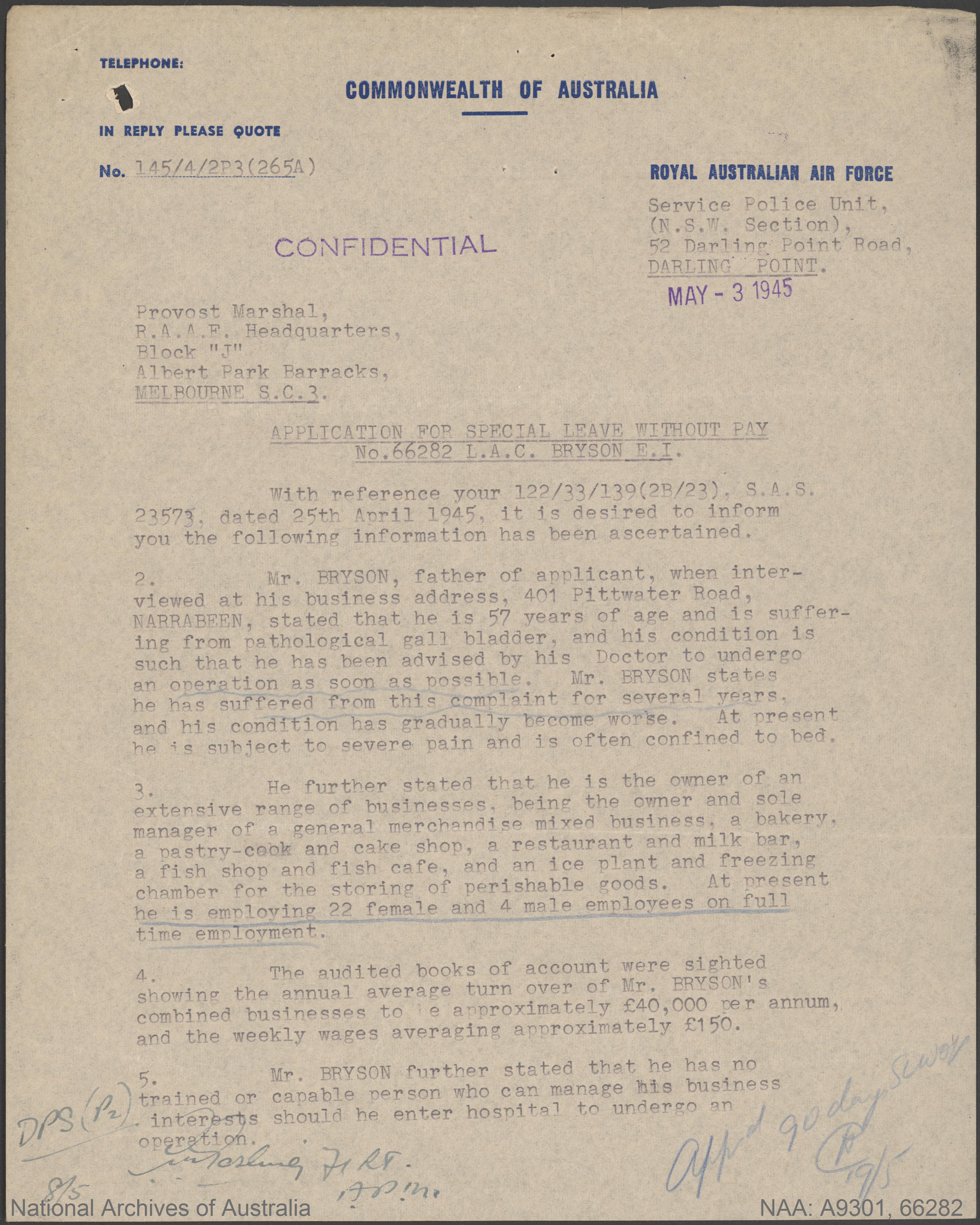
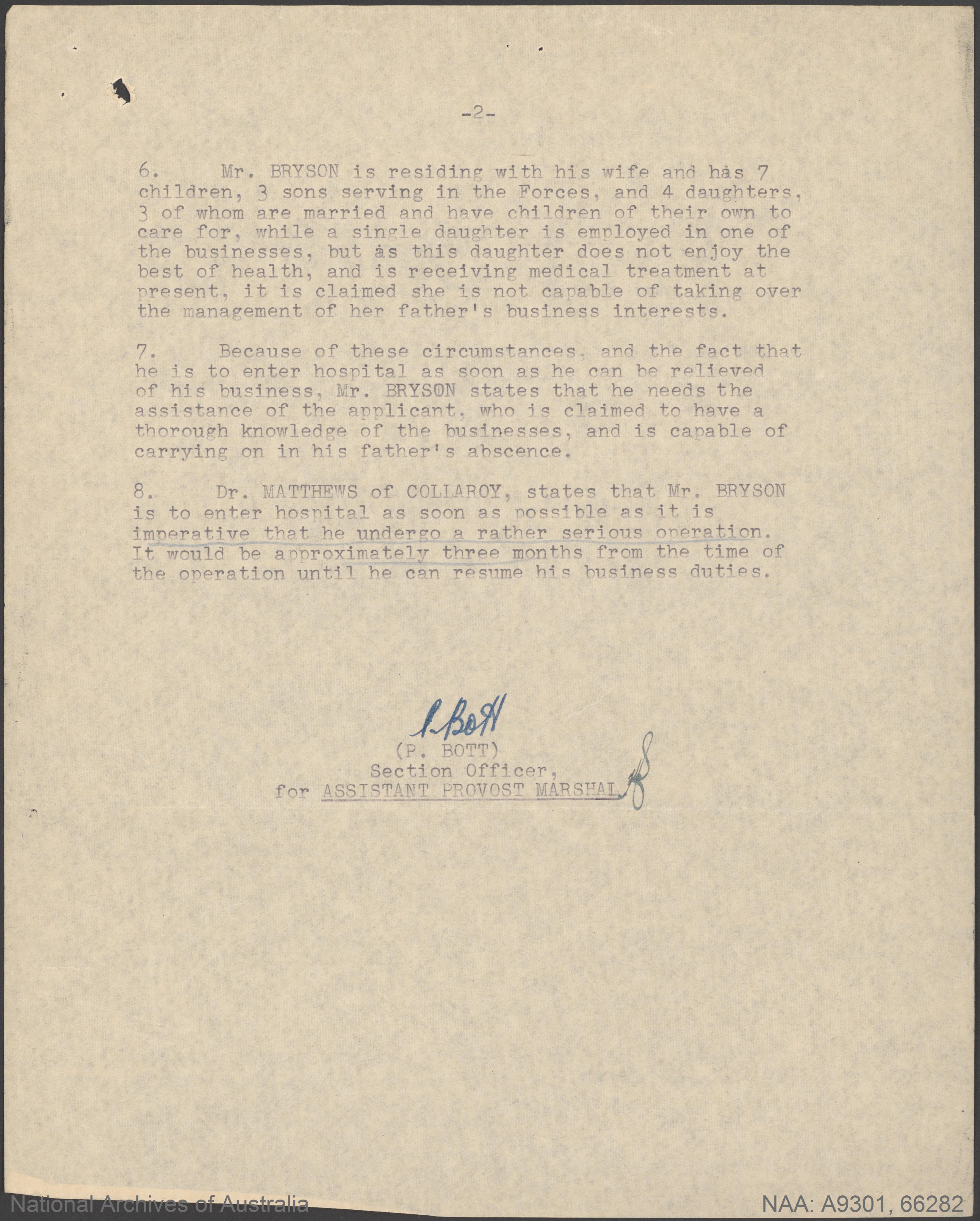
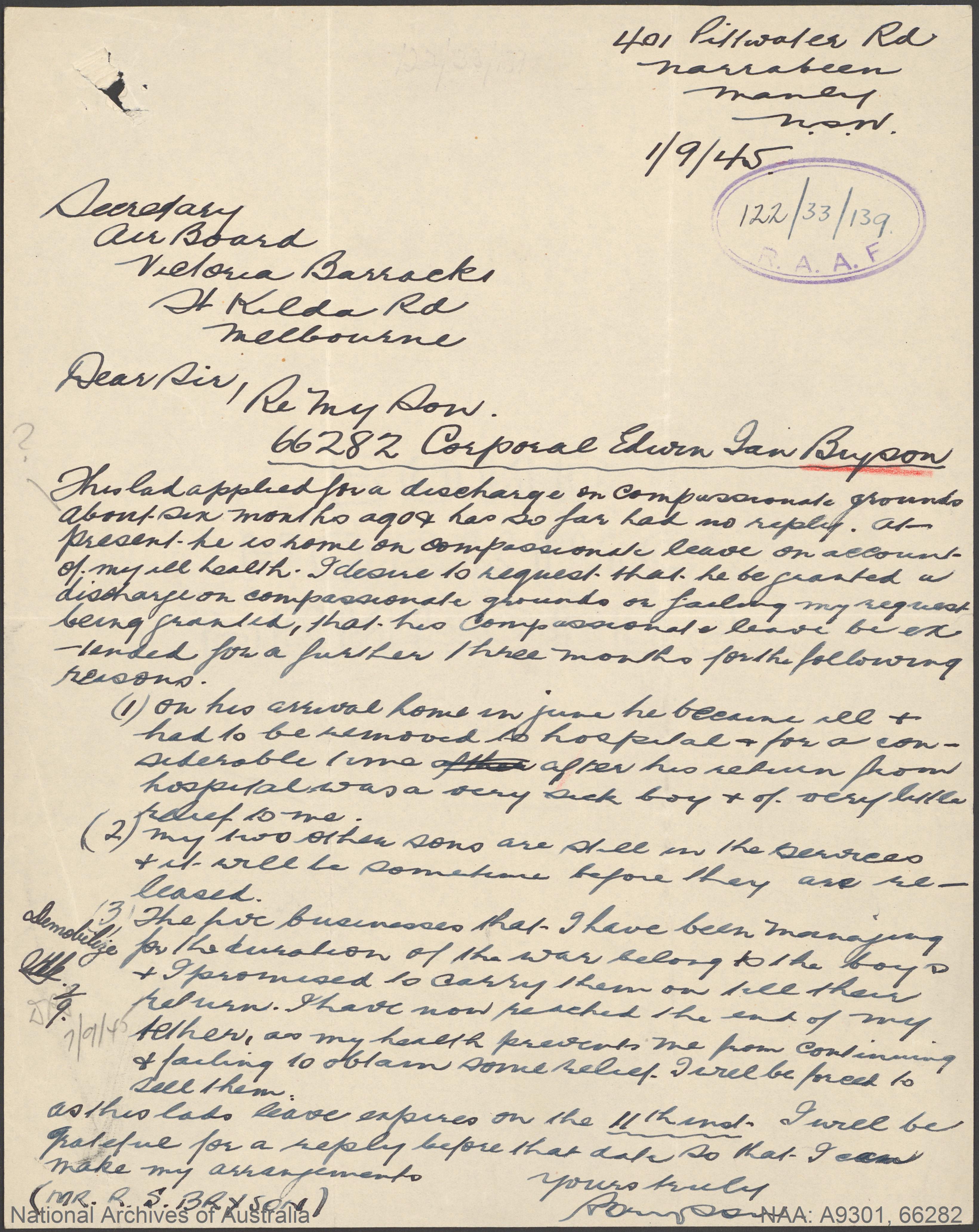
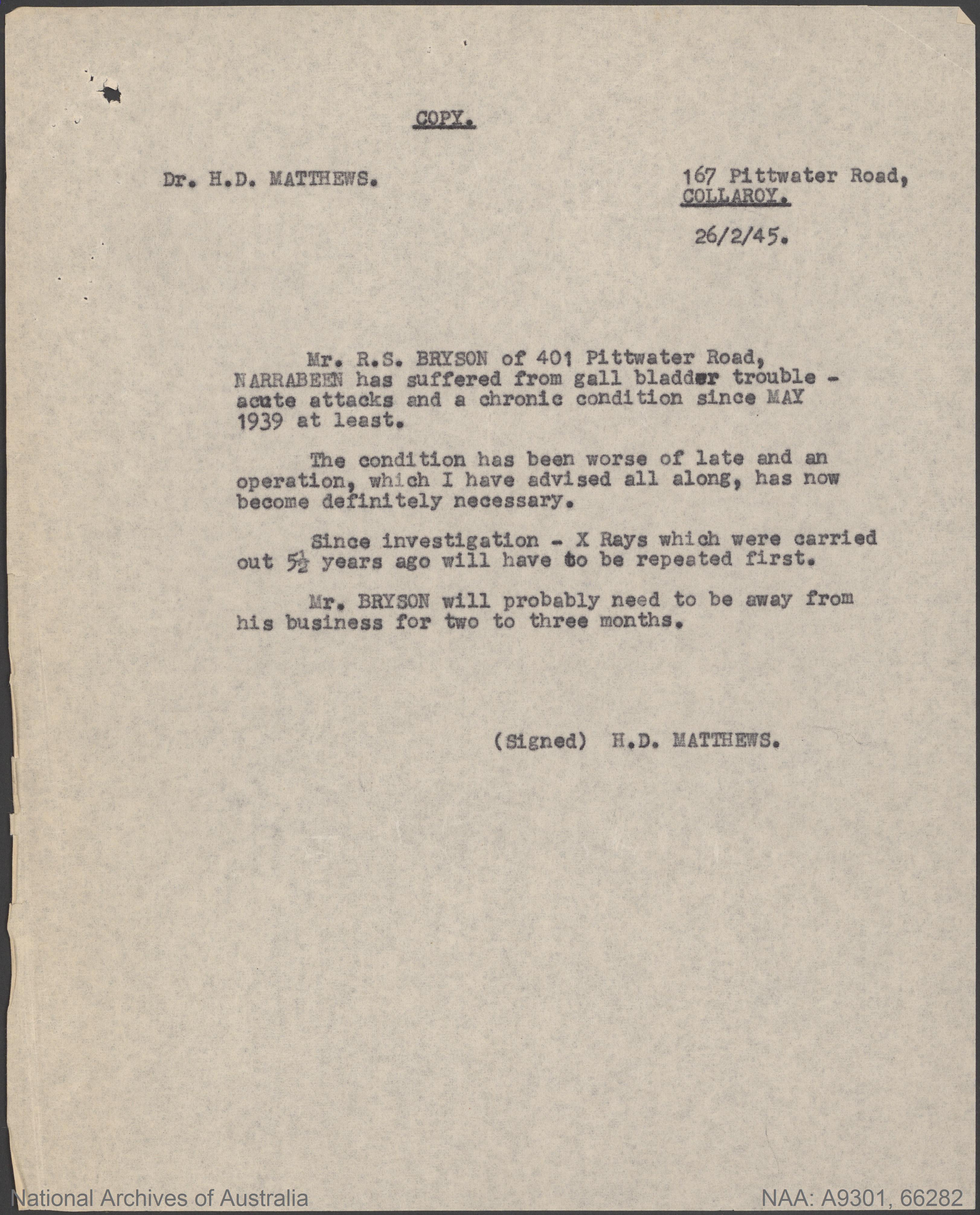
KIRKWOOD JOHN CAMPBELL : Service Number - N96120 : Date of birth - 27 Apr 1916 : Place of birth - TAREE NSW : Place of enlistment - MANLY NSW : Next of Kin - KIRKWOOD JOHN - Lorna's husband was discharged 'medically unfit' soon after enlistment at Manly and served 55 days within Australia. His War Record does not specify what led to this determination other than a scar on his right leg and varicose veins on the same in his enlistment paper. He returned to his home address - 16 Goodwin street Narrabeen, opposite Narrabeen Lakes Public School - and would have served in some capacity on home grounds, everyone did something.
He does turn up in the papers in 1947 serving as a volunteer at South Narrabeen SLSC - in the Boat Section - when a baby dolphin is attacked by a pack of sharks:
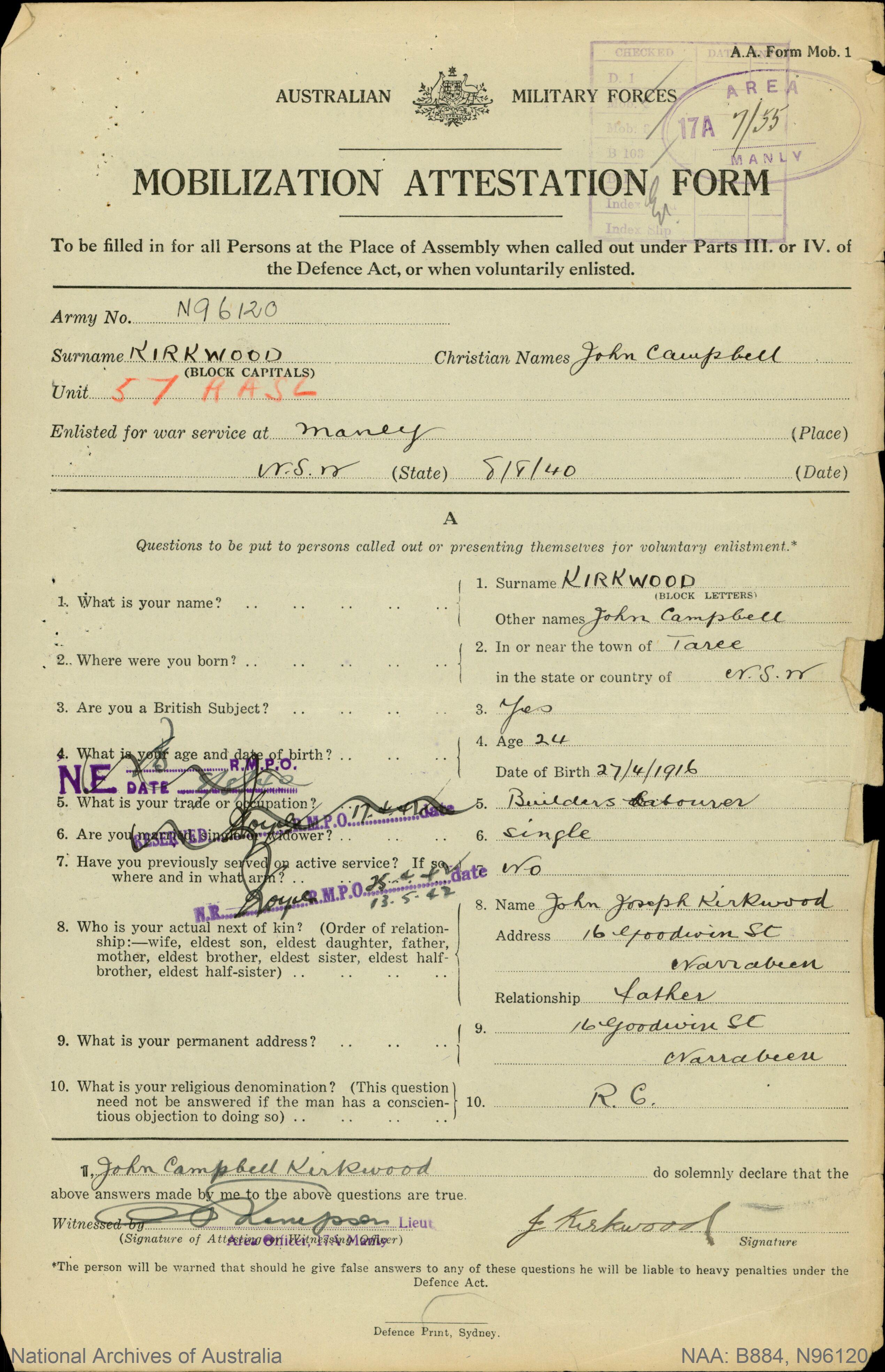


SHARKS, DOLPHIN IN GORY BATTLE
Chased by 30 or more sharks, o. 25 feet- dolphin wit-h blood pouring from if swam info South Narrabeen today and was stranded on a sandbank.
SURFERS fled the water.
Hundreds of people stood on the beach watching the sharks ride waves to tear the dolphin apart, Lifesavers said the sharks seemed to be starving for blood. One was so desperate that it stranded itself on the bank with the dolphin. It managed to fight its way back into the channel. More sharks, attracted by the scent of blood came across the bay and soon the blood-tinged surf was alive with them. A team of lifesavers risked attack when they waded out to the sandbank and put a rope around the dolphin. They dragged it about 30- yards along the beach to a spot where there was a strong "run-out." /
Harpoon Shot
With vice-boat captain "Meggs" Kirkwood on the sweep, and taking advantage of the "run-out," the life-savers in their surf boat began to tow the dolphin out to sea. They took it a mile and a half and left it to the sharks. By then it was dead.
Kirkwood said: "It was a strange experience. The boat was surrounded by sharks. took a shot with the harpoon at a 16-footer who seemed to be the hungriest of the lot.
"He leapt out of the water with the harpoon in him. I leaned back in the boat to take the strain on the rope on the harpoon, but it was wrenched away from me. "If I had held on I would have finished in the sea among the sharks."
Kirkwood said that as the harpooned shark swam away bleeding, other sharks turned on it and began to tear it to pieces. Later, the carcase of the dolphin drifted back to the beach, followed again by sharks. The carcase may be dynamited tonight. SHARKS, DOLPHIN IN GORY BATTLE (1947, January 18). Daily Mirror (Sydney, NSW : 1941 - 1955), p. 2 (Stumps). Retrieved from http://nla.gov.au/nla.news-article272781333
HARPOONED A SHARK
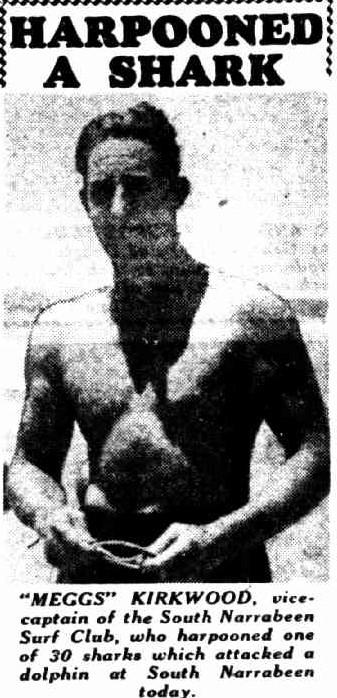
"MEGGS" KIRKWOOD, vice-captain of the South Narrabeen Surf Club, who harpooned one of 30 sharks which attacked a dolphin at South Narrabeen today.
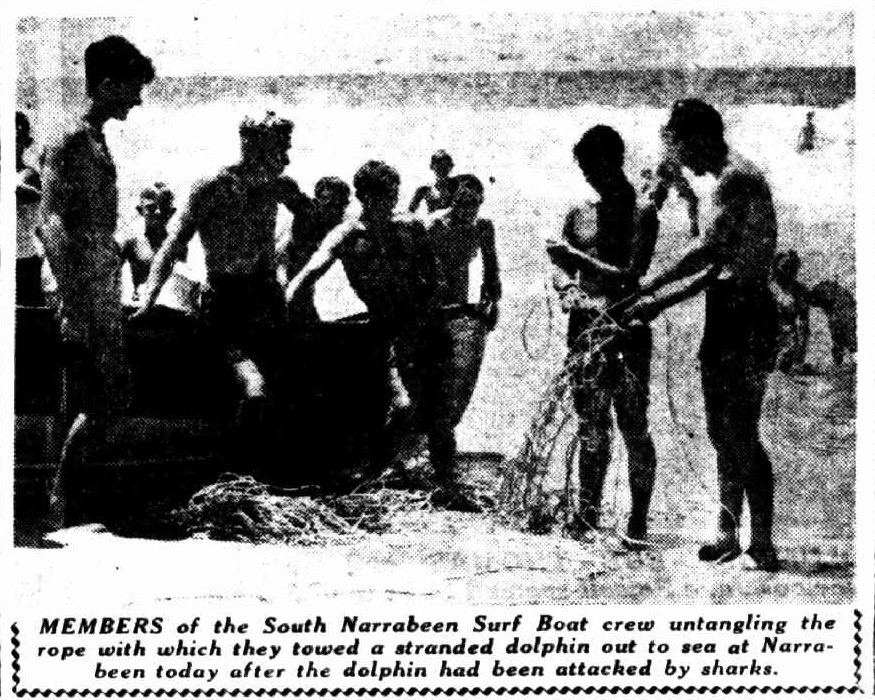
MEMBERS of the South Narrabeen Surf Boat crew untangling the rope with which they towed a stranded dolphin out to sea at Narrabeen today after the dolphin had been attacked by sharks. HARPOONED A SHARK (1947, January 18). Daily Mirror (Sydney, NSW : 1941 - 1955), p. 2 (Stumps). Retrieved from http://nla.gov.au/nla.news-article272783333
Boom at markets ON XMAS CHEER
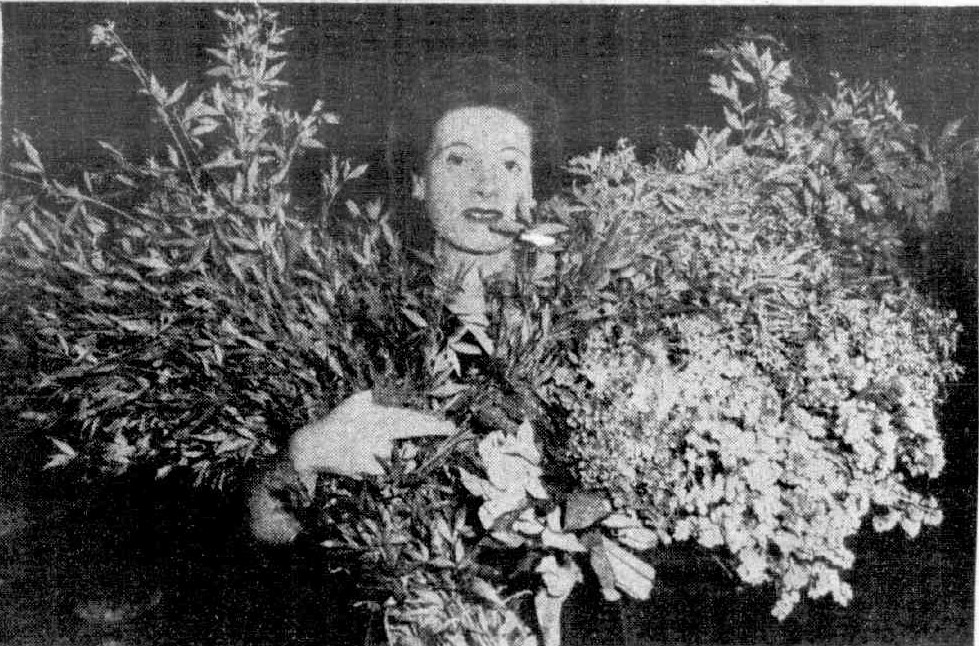
Above: Kay Bryson, of Narrabeen Lakes, is snowed under with Christmas bush and other seasonal flowers at the City Markets to- day. For the first time in years, flowers are scarce this Christmas. BOOM AT MARKETS ON XMAS CHEER (1953, December 19). Daily Mirror (Sydney, NSW : 1941 - 1955), p. 1 (Cable Edition). Retrieved from http://nla.gov.au/nla.news-article277777410
THE Companies Act, 1936 (Section 98).—BRYSONS PTY. LIMITED.—Copy of Special Resolution.—At an Extraordinary uenerai Meeting or the abovenamed Company duly convened and held at the registered office, 1336a Pittwater-road, Narrabeen, on Thursday, 4th September, 1958, the following Resolution was duly passed as a Special Resolution:—
Special Resolution:
"That the Company be wound up voluntarily. The Liquidator's remuneration is to be five per cent, of gross proceeds. At such last mentioned meeting Harold Philip Lindqvist, of Room 1, 4th Floor, 10 O'Connell-street, Sydney, was appointed Liquidator for the purpose of the winding-up."—Dated this fourth day of September, 1958. R. BRYSON, Chairman. 5305—18s. THE Companies Act, 1936 (Section 98).—BRYSONS PTY. LIMITED.—COPY OF SPECIAL RESOLUTION.—At an (1958, September 26). Government Gazette of the State of New South Wales (Sydney, NSW : 1901 - 2001), p. 3001. Retrieved from http://nla.gov.au/nla.news-article220371490
IN the District Court of the Metropolitan District holden at Sydney.-—no. of Write 11795 of 1968.—Between The National Bank of Australasia Limited, judgment creditor, and Reginald Searle Bryson (a male), judgment debtor.—On Monday, the twenty-fourth day of March, 1969, at noon, unless the writ of fieri facias issued herein is previously satisfied, the Bailiff will sell by public auction at the Sales Room, Verandah, Supreme Court, King Street, Sydney, all the right, title, and interest (if any) of the abovenamed defendant of, in, and to all that piece or parcel of land situate in the County of Cumberland, Parish of Narrabeen, being lot 122 in Deposited Plan 9151 and being the whole of the land in Certificate of Title, volume 4002, folio 94, known as 32 Eloura Road, Avalon. Terms cash. D. A. CASSIDY, Bailiff. 1768—$5.40 IN the District Court of the Metropolitan District holden at (1969, February 21). Government Gazette of the State of New South Wales (Sydney, NSW : 1901 - 2001), p. 660. Retrieved from http://nla.gov.au/nla.news-article220064675
Meetings were still being held at 'Bryson's Fish Cafe' in mid-1961, so this may have been taken over by others but the Bryson's name kept due to the family being an integral part of the Narrabeen community and much-loved and respected. Relatives are still in Narrabeen and surrounds - all contributing to building community in sports, surf life saving and any other way they can, still.
May Bryson passed away on November 27 1959. Reginald Searle Bryson passed away August 1 1974.
1942 Flood at Narrabeen
PREVENTION OF FLOODS AT NARRABEEN IS AIM
A PUBLIC meeting will be held in the Roxy Theatre, Narrabeen, on Thursday evening, to ask the Shire Council to prevent further flood damage such as Narrabeen suffered in the March rains. A Flood Damage Committee has been formed. PREVENTION OF FLOODS AT NARRABEEN IS AIM (1942, May 25). Daily Mirror (Sydney, NSW : 1941 - 1955), p. 2 (Country Edition). Retrieved from http://nla.gov.au/nla.news-article271765231
NARRABEEN LAKE
Narrabeen residents are agitating for a new control of Narrabeen Lake to prevent the recurring flooding of the Narrabeen district. The last flood, on March 28, the biggest on record, caused much damage. NARRABEEN LAKE (1942, June 1). The Sydney Morning Herald (NSW : 1842 - 1954), p. 4. Retrieved from http://nla.gov.au/nla.news-article17813063
A RECENT FLOOD SCENE
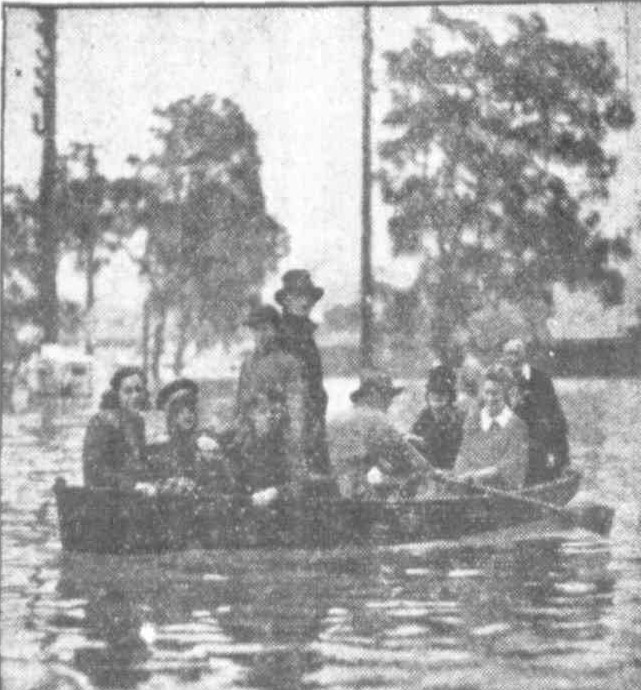
Safe from flood waters. Two families were rescued from their marooned homes at Narrabeen by a man who commandeered a rowing boat washed away from its mooring. A RECENT FLOOD SCENE (1942, June 18). The Central Queensland Herald (Rockhampton, Qld. : 1930 - 1956), p. 18. Retrieved from http://nla.gov.au/nla.news-article76107808
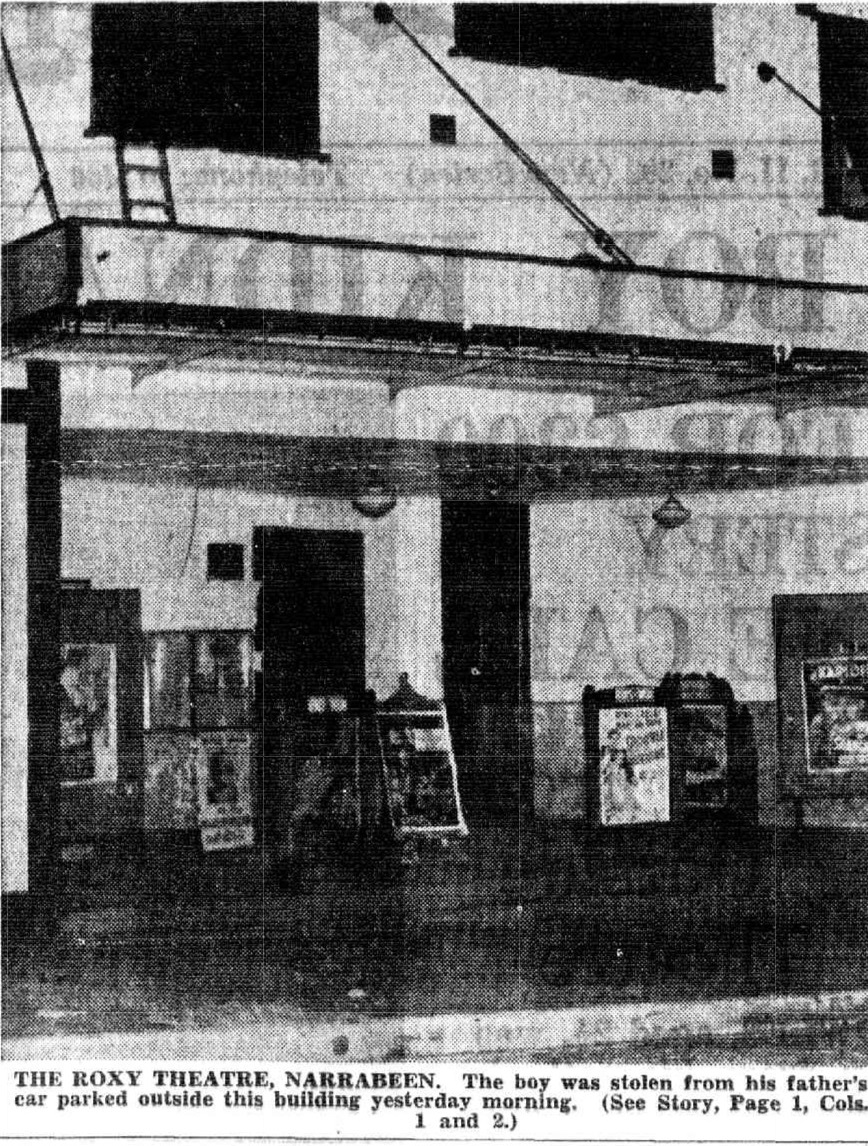
The Roxy Theatre, outside which the-child was left, is in a side road which runs from Pittwater Road to the ocean. Opposite is a shop, but there are no more houses for about a hundred yards. The road is lined by vacant allotments and occasional scrub, All this area was thoroughly searched, but no trace of the child was found. Crossing Pittwater Road, the side road leads to Narrabeen Lake. For the child to have reached the lake by himself he would have had to walk 40 yards from the theatre to Pittwater Road, cross the road — which is a busy thoroughfare— -and walk about another 50 yards to the water. The child was not seen along this route. BABY BOY KIDNAPPED, HELD FOR RANSOM (1938, February 25). The Daily Telegraph (Sydney, NSW : 1931 - 1954), p. 2. Retrieved from http://nla.gov.au/nla.news-article247392383
The Long flat Stretch built on a living moving dune: Collaroy to North Narrabeen - Jessie Green land holding
Philip Jenkins, the only son of James Jenkins Junior, came to a settlement with his stepmother and five sisters. Trustees of his father’s will had been appointed, and on 14 April 1877 Philip paid £600 to them; he then became the sole owner of the Mount Ramsay estate. [LTO Book 168, Nos. 739, 740] He immediately placed the Mount Ramsay estate on the market with it being advertised for sale in the Sydney Morning Herald on 18 May 1877:
“MOUNT RAMSAY, NARRABENE
FOUR HUNDRED AND TEN ACRES - TWO MILES FRONTAGE TO THE SEA OVER A MILE FRONTAGE TO LAKE NARRABENE
~ One of the most beautiful Estates in the Colony.
GILCHRIST, STUBBS, and WESTON will sell by auction, at the Rooms, 273 George-street, on WEDNESDAY, the 23rd of May, at 11 o’clock ALL THAT FOUR HUNDRED AND TEN ACRES of land known as MOUNT RAMSAY, six miles by excellent road from Manly Beach pier.
This very excellent and picturesque estate possesses perhaps more advantages than any other property of like area in the colony. SOME 250 TO 300 ACRES are cleared and laid down in grass, the plentifulness of which even at this season is amply verified by the condition of the cattle depasturing on the property.
About 150 ACRES are still clothed with the beauties which nature has so bountifully lavished on this district, and more particularly on the portion now offered for sale. Combining real intrinsic value with all its charms of position, scenery, and climate, it is unsurpassed, and, either as a whole or cut up into farms, would form at once a substantial and paying investment, as well as a delight to the purchaser; in fact, words fail to convey any adequate idea of its merits, and it is seldom such an estate can be secured.
TITLE, indefeasible, may be inspected at the office of Messrs. Heron and Thompson, Solicitors, Pitt-street.”
The Mount Ramsay estate was purchased by John Wetherill for £2000 on 4 July 1877. Subsequently it was subdivided, although the bulk of the estate became Thomas Henry Greens', who passed ownership to his wife:
SURF AND GOLF
Linking Up of Collaroy
Mr. A. C. Greenwood, J. P., who has been prominently identified with real estate transactions and the progress of the district for a decade, says it is typical of the area that the values of business sites in Collaroy have in-creased during that period from 17/6 to £50 a foot. Choice residential sites are now worth up to £20 a foot.
There is little doubt that this pretty spot will before long lose its week-end aspect, and become a suburb of Sydney in which business men of Sydney will reside permanently. Speedier transit is all that is required, and that is coming fast.
AN £11,000 SALE.
The popularity of the district was never so much in evidence as it is this season, and this in spite of the wretched climatic conditions which have prevailed. People from many parts of the country were present on January 3 at the sale held by Messrs. Raine and Horne, of Sydney, associated with Mr. A. C. Greenwood. Forty-seven lots were sold out of 65 offered. Prices ranged from £2/15/ to £5/15/ a foot, and the total proceeds of the sale were approximately £11,000. The land forms part of the famous Collaroy Heights Estate, owned by the Salvation Army, and is opposite the pretty Dee Why Lagoon. At the present time the Army authorities are constructing, at their own expense, a footbridge on the northern end of the lagoon, and this should prove a boon to residents, for it will provide a quick cut to the surfing beach.
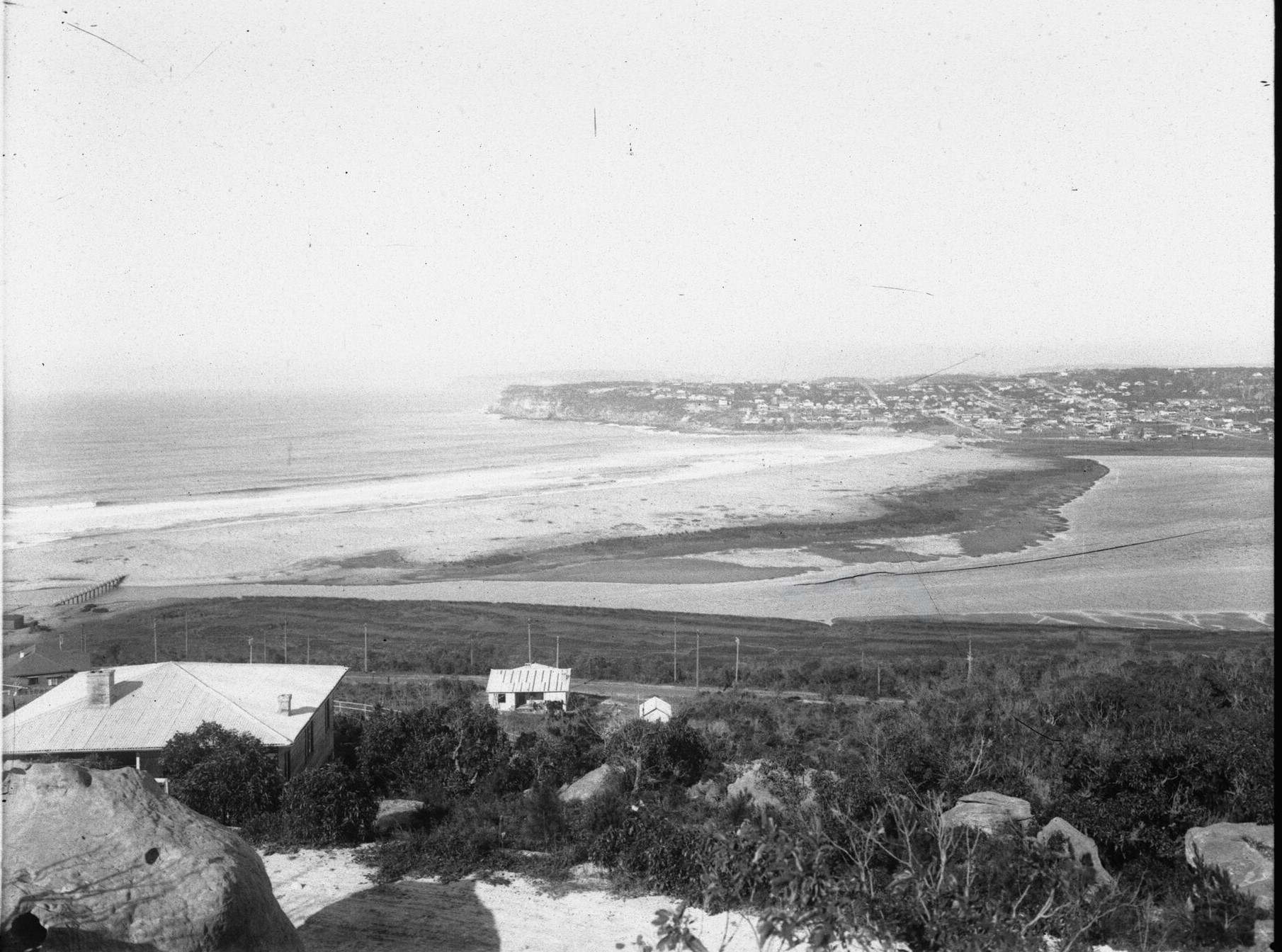
Photo shows Bridge across Narrabeen Lagoon (at left), 1925, courtesy NSW State Records and Archives. Item: FL 38383725
A BEACH SCHEME.
Attention is directed to the Plateau Estate, the views from which are said to be quite equal to those obtained from the heights of Bulli. About 800 subdivided lots of this estate were acquired by the late Mr. T. H. Green; who was a successful speculator and a keen judge of land value. The estate is rather difficult to get at owing to the steep grade of Alexander street, the natural link between the estate and the main street; but once it is possible for a motor car to reach the Plateau Estate, this land will be of great value indeed for residential purposes. Vendors and persons, interested should bestir themselves ' to obtain better access to this valuable rate-producing estate. The beach resumption at Collaroy-is' eagerly . awaited- in -its final -stages. About half of the , purchase- price -is' already assured, as. the result of the. Government contribution of £6000, a gift of £2000 from the .Property Board of the Salvation Army, and ' £1000 from the ratepayers in the immediate vicinity. When the area is finally1 resumed, no doubt schemes of beautification will be carried out. The Surf Club have money in hand for the erection of a club-house worthy' of. the club and the -district. Another great attraction to Collaroy is the nine-hole golf- course,' which is exceptionally well patronised. The tennis courts have been- so' popular, as j to warrant extensions. The swimming pool or rock' bath is a big draw. SURF AND GOLF (1925, February 1). Sunday Times (Sydney, NSW : 1895 - 1930), p. 7 (Social and Magazine Section). Retrieved from http://nla.gov.au/nla.news-article128164070
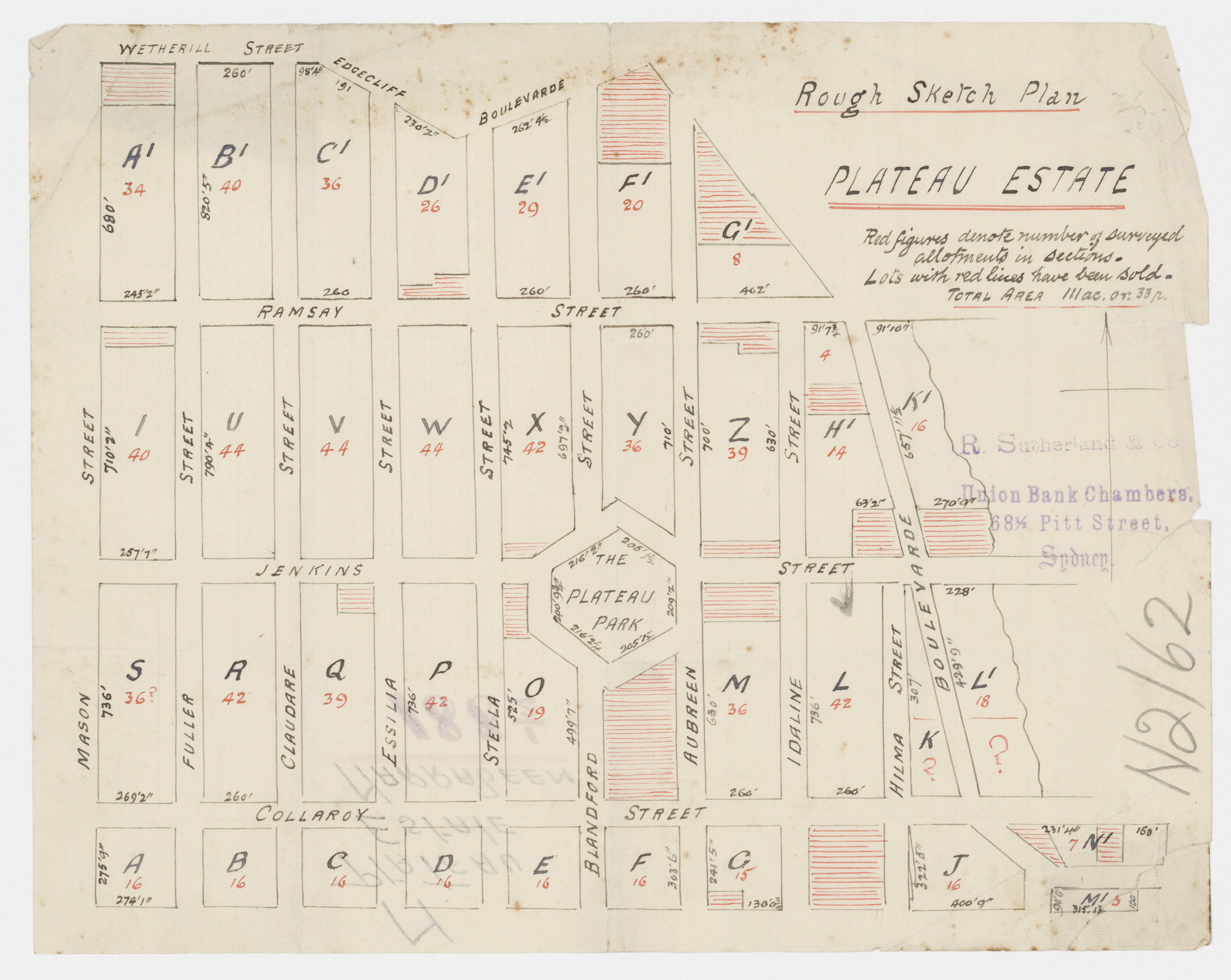
Rough sketch plan , Plateau Estate] - Mason St, Fuller St, Claudare St, Essilia St, Stella St, Blandford St, Aubreen St, Idaline St, Hilma St, Boulevarde, Collaroy St, Jenkins St, Ramsay St - circa 1905-1906. For the Union Bank of Australia (see below). Item: c050370064, courtesy the State Library of New South Wales.
NOTICE UNDER REAL PROPERTY ACT.
APPLICATIONS having been made to bring the lands hereunder described under the provisions of the real Property Act( Certificates of Indefeasible Title will issue, unless Caveats be lodged in accordance with, the Third Schedule to the said Act, on or before the date named opposite each case respectively.
No. 13,759. County of Cumberland, parish of Manly Cove, 1 acre 2 roods 374 perches, 1 acre 2 roods 29 1/2 perches, 1 acre 2 roods 34 perches, 1 acre 2 roods 38 1/2 perches, 1 acre 3 roods 3 1/2 perches, 1 acre 3 roods 8 perches, 1 acre 2 roods 22 perches, 2 acres 2 roods 17 perches, 1 rood 1 perch, 4 acres 1 rood 22\ perches, 3 acres 3 roods 1 1/2 perches, 3 acres 2 1/2 perches, 4 acres 1 rood 22 1/2 perches, 4 acres 12 1/2 perches, 4 acres 1 rood 22 1/2 perches, 4 acres 1 rood 33 perches, 4 acres 18 1/2 perches, 4 acres, 2 roods 34 1/2 perches, 4 acres 2 roods 34 1/2 perches, 4 acres 3 roods 34^ perches, 4 acres 1 rood 21 1/2 perches, 4 acres 3 1/2 perches, 3 acres 3 roods 35 perches, 3 acres 2 roods 39 1/2 perches, 4 acres 3 roods 23 perches, 4 acres 2 roods 32 1/2 perches. 3 acres 36 1/2 perches, 3 acres 2 roods 6 1/2 perches, 2 acres 1 rood £2 perches, 1 acre 35 1/2 perches, 2 roods 15 perches, 2 acres 3 rood, 2 acres 3 roods 16 1/2 perches, 2 acres 3 roods 11 perches 2 roods 30 perches, 3 roods 20| perches, 2 roods 25 1/2 perches 2 acres 2 roods 7 1/2 perches, 1 acre 32 perches, 1 acre 1 rood 20 1/2 perches, 1 acre 3 roods 13 1/2 perches, 361 perches, 3 acres 2 roods 25 perches, 1 acre 3 roods 32 perches, 2 acres 4 perches, 3 acres 2 roods 24 1/2 perches, 2 acres 17 1/2 perches, 1 acre 1 rood 25 1/2 perches, 1 acre 13 perches, 1 rood 6 1/2 perches, 2 acres 2 1/2 perches 3 acres 2 roods 25 1/2 perches, 2 acres 1 1/2 perches, 2 acres 173 perches. 3 acres 2 roods 24 1/2 perches,—comprising lots Nos. 1 to 16, section A; lots Nos. 1 to 16, section B; lots Nos. 1 to 16, section C; lots Nos. 1 to 16, section D; lots Nos. 1 to 16. section .E; lots Nos. 1 to 16, section F; lots Nos. 1 to 7 and 9 to 16, section 6; lots Nos. 1 ti 16, section J; lot No. J, section K; lots Nos. 1 to 42, section L; lots Nos. 4 to 21 and Nos. 25 to 42, section M; lots Nos. 7 to 35, section O; lot? Nos. 1 to 42, section P; lots Nos. 1 to 21 and Nos. 25 to 42, section Q,; lots Nos. 1 to 42, section K; lots Nos. 1 to 36, section S ; lots Nos. 3 to 22 and Nos. 25 to 44, section T; lots Nos. 1 to 44, section U; lots Nos. 1 to 44, section V; lots Nos. 1 to 44, section W; lots Nos. 1 to 21 and Nos. 23 to 42, section X; lots Nos. 1 to 36, section Y; lots Nos. 2 to 21 and Nos. 26 to 43, section Z; lots Nos. 4 to 20 and Nob. 24 to 40, section A1; lots Nob. 1 to 40, section Bl; lots Nos. 1 to 38, section C1; lots Nos. 1 to 14 and Nos. 16 to 27, section D1; lots Nos. 1 to 29, section E1; lots Nos. 7 to 16 and Nos. 22 to 31, section F1; lots Nos. 6 to 9 and Nos. 11 to 14, section G1; lots Nos. 1 to 4, section H1 lots Nos. 7 to 21, section H1; lots Nos. 1 to 16, section K1; lots Nos. 1 to 18, section L1; lots Nos. 1, 2, and 3, section M1; lots Nos. 3, 4, 5, and reserve section Nl; lots Nos. 8 to 11, section M1, and Plateau Park of The Plateau; lots Nos. 2,3,4,7,8, and 9, section No. 33 of Fuller's subdivision; lots Nos. 9 to 14, section No. 41; lots Nos. 9 to 16, section No. 44; lot No. 3, section No. 47; lots Nos. 1 to 16, section No. 50; lots Nos. 1 to 8, section No. 51; lots Nos. 1 to 8, section No. 52 lots Nos. 1 to 16, section No. 53 ; lots Nos. 1 to 20, section No. 54 of Mount Ramsay Estate; lots Nos. I to 10, section No. 54, lots Nos. 1 to 5, section No. 55a ; lot No. 10, section 55a ; lots Nos. 2 to 20, section No. 55 of Fuller's subdivision; lots Nos. 1 to 16, section No. 56; lots Nos. 1 to 8, section No. 57; lots Nos. 1 to 8, section No. 58 ; lots No. 1 to 16, section No. 59 of Mount Ramsay Estate, situated at Narrabeen, in Victoria, Sturt, Lagoon, Ocean, Wellington, Albemarle, Loftus, Octavia, Tourmaline, Emerald, Malcolm, Collaroy, Jenkins, Ramsay, Wetherill, Mason, Fuller, Claudare, Essilia, Stella, Bland ford, Aubreen, Idaline, Hilma, and Alexander Streets, Park Road and Edgecliffe Boulevarde,— being parts of 410 acres (portion No. 1,217 of parish) granted to John Ramsay; adjoining the properties of F. B. Bays, Miss Alice M. Neal, E. J. Black, A. E. C. K. Lindfield, A. Porter, J, Berry, Isabella E. J. Shortland, Sarah Morris and G. Morris, Maude M. Rowson, Elizabeth Campbell, S. J. Fowler, C. Shepherd, G. E. Litchfield, Emily Mason, Amy F. Barton, T. W. Willans, A. Smithson, The Bank of New South Whales, The Salvation Army, Mrs. Mary Ann Osborne, Maria E. Mitchell, Dowling and Sullivan, D, McNab, A. Amos, — Harlow, Christina Beel, The Commercial Banking Company of Australia (Limited), J, Wheeler (junior) and J. Wetherill. Applicant. The Union Bank of Australia (Limited). NOTICE UNDER REAL PROPERTY ACT. (1905, November 17). Government Gazette of the State of New South Wales (Sydney, NSW : 1901 - 2001), p. 7654. Retrieved from http://nla.gov.au/nla.news-article220985744
Thomas Henry Green buys this acreage and lots on July 9 1907 and transfers the whole to to Jessie (Nee Bedford) Green on July 11 1909. Whole of land sales Vol - Fol 1689 - 4 (16 pages available in HRLV - relevant ones to this subject only) - Jessie continues selling these lots until 1947. :



Jessie Green family - Notes
Jessie Green actually owned all of that land from Long Reef to North Narrabeen by then, or was authorised to sell it. Thomas Henry Green of Drummonye ‘gentleman’ actually took over the selling of these lots on July 15 1907 – this then passed to from him to his wife, Jessie Green on July 14 1909 who kept selling the lots from then on until March 27 1947 [Vol/Fol: 1689-4]. She passed away at Manly in 1951, aged 86 according to the NSW BDM’s register.
At the weekly meeting of the Central Licensing Court transfers of publicans' licenses were granted from George Burton to Thomas Henry Green, White-horse Hotel, Drummoyne, …. CENTRAL LICENSING COURT. (1894, December 25). The Daily Telegraph (Sydney, NSW : 1883 - 1930), p. 2. Retrieved from http://nla.gov.au/nla.news-article236121979
The White Horse Hotel opened in what was then Cambridge Road in around 1880 and was forced to close in 1911 when the government decided that there was too many pubs in Sydney.
METROPOLIAN WATER, SEWERAGE AND DRAINAGE
ACT, 1924-1945.
Water Supply Purposes (Site fob Reservoir) : Collaroy.
Acquisition of Land.
APPLICATION by The Metropolitan Water, Sewerage and Drainage Board having been made that the land described 111 the Schedule hereto be appropriated or resumed for water supply purposes (site for a reservoir), IT IS HEREBY NOTIFIED £ND DECLARED by His Excellency the Governor, acting with the advice of the Executive Council, and by the Minister for Public Works, that so much of the said land as is Crown land is hereby appropriated and so much of the said land as is private property is hereby resumed under Division 1 of Part V of the Public Works Act, 1912, for the purposes aforesaid; AND the Minister for Public Works hereby further notifies that the said land is vested in The Metropolitan Water, Sewerage and Drainage Board.
Dated at Sydney, this eighth day of December, 1948.
J. NORTHCOTT, Governor, J. J. CAHILL, Minister for Public Works.
* Schedule.
All that piece or parcel of land containing 38 ½ perches or thereabouts, having a frontage of 80 feet 2 inches to Aubreen-street, situate in the Shire of Warringah, parish of Manly Cove, county of Cumberland, and State of New South Wales, being lots 21 and 22, section Z, of the Plateau Estate, and said to be in the possession of Mrs. Jessie Green. (Misc. 489,236) * (4331) METROPOLIAN WATER, SEWERAGE AND DRAINAGE ACT, 1924-1945. (1948, December 17). Government Gazette of the State of New South Wales (Sydney, NSW : 1901 - 2001), p. 3390. Retrieved from http://nla.gov.au/nla.news-article224785396
Warringah Shire Council selling her land out from under her after she had passed away:
20. Jessie Green, of Manly, and William Arthur Richards, of Petersham; overdue rates, £57 4s. 5d.; land, lot 4, section F, Blandford-street, Collaroy Plateau. SHIRE OF WARRINGAH.—LAND TO BE SOLD FOR DEFAULT. (1954, May 28). Government Gazette of the State of New South Wales (Sydney, NSW : 1901 - 2001), p. 1629. Retrieved from http://nla.gov.au/nla.news-article220375209
CITY WEDDING
DIGBY-BENNET—GREEN
Rev. P. A. Micklem, at St. James's, city, on Saturday afternoon, celebrated the marriage of James Digby-Bennet, only son of the late Mr. George Digby-Bennet, of Adelaide, and Mrs. Digby-Bennet, with Beatrice Alice, daughter of the late Mr. T. H. Green, and Mrs. Jessie Green, of Manly.
The service was fully choral. The bride wore a frock of ivory-tinted marocain and georgette, having a knife-pleated jupe and a pale pink and white girdle. Her white hat was adorned with pink and white tulle, which fell in long streamers to the hem of her skirt, She carried a bouquet of pink carnations and maiden hair fern tied with pink and white tulle streamers. Miss Dorothy Wootlcy -the bridesmaid— was in a quaint Early Victorian gown of almond green marocain veiled in ecru lace, and finished with a hand-made posy. A poke hat to tone trimmed with buttercups and a bouquet completed her toilette. Mr. George Ryrie was best man. The reception, followed by a dinner, was held at the Felix Cafe. King Street, the room being massed with white roses.
Mrs. Jessie Green received in a handsome gown of black matclasse, set off with oriental shades. Her upturned black hat was adorned with a black plume. She carried a shower bouquet of red roses. Mrs. Dorothy Maas, the bride's sister, was in a gown of black marocain worn with a grey hat swathed with grey georgette caught with a bunch of red roses, her bouquet being of the same flowers.
The guests included Mr. and Mrs. George Green, Mrs. Hastings Woolley, Mr. and Mrs. C. G. Rigdon, Mr. Darcy Osborne, Mrs. Arnold Liney, Mrs. E. A. Thomas, Mr. Norman Mack, Mrs. W, Simms, Mr. S. Hill, Mrs. E. Albert, and Mr. G. Gate. Later Mr. and Mrs. Digby-Bennet left for the South Coast, the bride wearing a smart gown of French grey marocain, embroidered in nattier blue. Her blue hat was wreathed with champagne tinted flowers. CITY WEDDING (1923, October 29). The Daily Telegraph (Sydney, NSW : 1883 - 1930), p. 3. Retrieved from http://nla.gov.au/nla.news-article246002117
GREEN, Jessie.-September 29 1951. In hospital. Manly, and of 19 Lombard Street. Balgowlah, relict of the late George Henry Green and loving mother of George, Dorothy and Beatrice, and loved aunt of Fred Seymour aged 86 years. At rest.
GREEN.-The Relatives and Friends of the late Mrs. JESSIE GREEN are kindly Invited to attend her Funeral to leave Our Private Chapel. 32 Sydney Road, Manly, on Tuesday Morning, October 2. after a short service commencing al 10.30 a m.. for Manly Cemetery. F TIGHE AND CO A.F.D A 32 Sydney Rd. Manly. XU4S29. Family Notices (1951, October 1). The Sydney Morning Herald (NSW : 1842 - 1954), p. 10. Retrieved from http://nla.gov.au/nla.news-article27531305
Marriage: 514/1904 GREEN THOMAS H to BEDFORD JESSIE at SYDNEY
Other family records state:
Jessie (Bedford) Green (1855 - 1951). Born 26 Nov 1855 (? or 1865 ?) in Bethnal Green, Middlesex, England, United Kingdom, Died 29 Sep 1951 at age 95 in Manly, Daughter of Christopher Bedford (abt 1829 - 08 Aug 1882 London Tower Hill, London, Middlesex, England) and Elizabeth Farmer (02 Oct 1825 - before 1870, Whitechapel, Middlesex, England).
Her father had more children with an Elizabeth Farmer: Jessie was a sister of Isabella (Bedford) Seymour [half] - and through her marriage, a sister-in-law of Elizabeth Green [half], Frederick Richard Green [half] and Ellen (Green) Kitteridge [half].
Isabella (Bedford) Seymour (Born 1 Jan 1855 in Bethnal Green, Middlesex, England, United Kingdom, Died 5 Jan 1931 at age 76 in Leytonstone, Essex), Daughter of Thomas Green and Elizabeth Farmer. Wife of Walter Edwin Seymour — married 8 Jul 1878 in Leytonstone, Essex, England
Jessie became the Wife of Thomas Henry Green — married in 1904 in Sydney, New South Wales. Thomas Henry Green was born 1853 in Kent, England, United Kingdom, the son of Thomas Green and Caroline Rosina Freame.
NSW BDM’s births - children - registered prior to their marriage in 1904 for some reason:
GREEN DOROTHY I 10895/1888 to HENRY and JESSIE at WAVERLEY
GREEN GEORGE H 6016/1890 to THOMAS H and JESSIE at BALMAIN
GREEN BEATRICE A 5581/1892 THOMAS H JESSIE at BALMAIN
Eldest daughter’s marriage: 9499/1916 MAAS WILLIAM to GREEN DOROTHY registered at SYDNEY
Son George Henry's marriage to Laura Hathaway (1896-1957) - they were the only ones shown to have had children, 2, one named Dorothy, who went on to have 4 children: 19144/1920 GREEN GEORGE H to HATHAWAY LAURA B registered at MANLY
Dorothy Isabella (1888-1970), George Henry (1890-1957), Beatrice Alice (1892-1975).
Deaths: Thomas Henry Green. Born: 1853 Died: 3 Mar 1923. Age: 70. Cemetery: Manly
GREEN.-March 7. 1923 at his residence, 5 Smith street, Manly, Thomas Henry Green, aged 70 years. Family Notices (1923, March 8). The Sydney Morning Herald (NSW : 1842 - 1954), p. 8. Retrieved from http://nla.gov.au/nla.news-article16058237
NSW BDM's - Deaths:
GREEN THOMAS H 3882/1923 parents: THOMAS and CAROLINE registered at MANLY
GREEN JESSIE 26755/1951 father CHRISTOPHER aged: 86 YRS registered at MANLY – born 1865 - so Thomas Henry Green would be 12 years older than Jessie if this is correct?
RE intestate estate of JESSIE GREEN, late of Balgowlah, in the State of New South Wales, deceased.—Letters of administration de bonis non administratis granted by Supreme Court of New South Wales on 24th September, 1957.—Pursuant to the Wills, Probate and Administration Act, 1898-1954, Testator's Family Maintenance and Guardianship of Infants Act, 1916-1954, and Trustee Act, 1925-1942, Permanent Trustee Company of New South Wales Limited, the administrator of the estate of the said Jessie Green, who died on 29th September, 1951, hereby gives notice that creditors and others having any claim against or to the estate of the said deceased are required to send particulars of their claims to the said administrator at 23-25 O'Connell-street, Sydney, on or before the 12th December, 1957, at the expiration of which time the said administrator will distribute the assets of the said deceased to the persons entitled, having regard only to the claims of which it then has notice.—Dated this 30th day of September, 1957. DETTMANN, AUSTIN & MACLEAN, Proctors for Permanent Trustee Company of New South Wales Ltd., F. R. Garland, Manager. 1327—£1 5s. RE intestate estate of JESSIE GREEN, late of Balgowlah, (1957, October 18). Government Gazette of the State of New South Wales (Sydney, NSW : 1901 - 2001), p. 3327. Retrieved from http://nla.gov.au/nla.news-article220358395
Isabella, Jessie's sister, and wife of Walter Edwin Seymour was the mother of of Frederick Victor Seymour – who was Husband of Edith Lillian (Smith) Seymour — married at Gosford. They were the parents of Phyllis Bedford (Seymour) Williams, Alex (Seymour) Hughes and Laurel Edith (Seymour) Cawthorne.
Phyllis Bedford Williams formerly Seymour, daughter of Frederick Victor Seymour and Edith Lillian (Smith) Seymour, Sister of Alex (Seymour) Hughes and Laurel Edith (Seymour) Cawthorne and Wife of Francis Hayden Williams — married 1936 in Manly - came to live on land at Narrabeen her and her husband could afford to buy due to £ being made available from Jessie's estate.
Family anecdotes, retold by Phyllis Bedford Williams to Roslyn Burge in 2001, Interviewer for Australian Centre for Public History University of Technology, Sydney, Broadway, stated:
''She lived with this aunt, her grandfather and two older boy cousins who had been orphaned until she finished primary schooling. Meanwhile her birth family moved to North Ryde and her father built a home there before moving to Collaroy in 1926. Mrs Williams visited the family at weekends and holidays and in one sense has an ongoing sense of being part of the family – yet also articulates her sense of never fitting in. She felt closer to the aunt she grew up with than her own family.
She talks about studying at Fort Street, her persistence in studying sewing at East Sydney Technical College and her sewing became the back stay of the family’s finances.
Mrs Williams met her husband in the Narrabeen church fellowship and after a courtship of some years they married in 1936. Her husband had been unemployed for part of the early 1930s and he’d bought a smallgoods delivery business. Buying house in Collaroy. Evaluation of interview [include: surroundings in which interview was undertaken; difficulties encountered; special features; and responses of interviewee to interview (eg shy; confident)] Mrs Williams is in her late 80s but has plenty of energy. The sound of a grass trimming machine and a lawn mower intrude loudly at various times. However the interview could not be aborted.
Mrs Williams is a small, compact woman, moves with agility and is quite definite about what she chose to do in life. She is also quite definite in her views of family member’s actions.
Her mother had the “restaurant” beside the silent picture show and people would buy their soda fountains there. Her father was a builder and he helped build a breakwater/reinforcing after the great storm of 1920 washed out the beach. In 1945 “sea came in again - and took a number of houses out to sea. “The light was still going in one house as it went out to sea… until the electricity wire broke”.
Father worked as maintenance man at Inglis, Billy tea makers in city. Her grandmother was Jessie Green who owned large parcel of land. Jessie came from UK aged 17 to escape an older man. He followed her and they ran a pub together in Drummoyne. In 1904 they came to Manly and Jessie brought large tract of land. Three children of Jessie’s were illegitimate and unable to inherit. They fought through courts and father won £75000 pounds: father died by then and Phyllis and 2 sisters each got £24,000, “enough to buy this house”.
Husband unemployed for 4 years. Worked for McIlwraths but they sacked him when he turned 21. He had a butter and egg run until wartime and then no petrol and had to give that up. Then worked at AWA in plating section – acid baths.
Phyllis lived Wetherill Street, Narrabeen for 32 years. Leisure – pictures 1/-, fellowship at church, picnics, Douglass’ Boats. 6 months at Narrabeen school when she came to the city for a back op. Happy to live on the plateau. Doesn’t always like the smell of the sea.
Remembered Mr Monk and his wife and kids coming round selling fruit and vegies. Greenwood Real estate, Keith Parr in the paper shop. McCleans (?sp) wineshop at Narrabeen near the school.
Father was carpenter and builder – when mother met him he was helping building houses in Wyong. Father was English – he’d been at sea and in 1800’s jumped ship. They were introduced by her mother’s niece. Parents only lived in Wyong a couple of years. Still a baby when they left and went to North Ryde. His aunt – Jessie Green – had a lot of land and she gave him couple of blocks on Cressy Road. Father built house and sold it. Mum was always living in a half finished house. From 15 months old Phyllis was sent to live with her aunt who was unmarried and looked after her father on the farm. Aunt also looked after 2 other boys – made orphans in 1904 – brought those boys up. Youngest boy was 11 when Phyllis went there. The boys were her mother’s eldest sister’s children. (Mother was one of 4 girls.) Had to milk the cow, make the butter, pack the fruit from the orchard for market. Phyllis had to collect sticks for the fire. Went to Wyong Creek School (about 1.5 miles away from the house). Had to go to the orchard gate, another long walk to the next gate, down a lane, across a bridge over the creek and up the other way to the school. Neighbours – 2 houses and an old lady and her husband who was a bullock driver. Mrs Manning had 5 children and lived in really old house – eldest went to school.
Alice Elizabeth Heaton Smith. Looked at her more as a mother than her own mother. At school holidays always taken to live with her family – came by train, ferry to Manly, another tram to Collaroy.
In 1919 family came to Collaroy and built the house. Lived next door while they built the house. Big stone foundation – great slope to the land – one storey at one end and 3 stories at the back. Creek at the back of the land. Father built stone wall on perimeter. From The Avenue to Phyllis house was a walking track, no road, had to carry all the material up a steep track.
The houses were all weekenders – people came mostly for holidays. Phyllis met one girl, Nancy Thom. Phyllis was only there at weekends and holidays. Rays lived next door and came down for holidays. Family – managed to fit in – always felt a bit out – did all my life. Never got on with my sisters very much. Second sister was jealous about Phyllis living away – aunt would say Phyllis needs a new pair of shoes or Phyllis needs a new dress. Mother would say she’d just bought one for Alex and would have to send that. Auntie Effie was a good seamstress and made clothes for Phyllis.
Marriage – didn’t have a penny – made her own wedding dress, made her Honiton lace veil – made her sister’s dresses too. Married in Presbyterian church at Narrabeen and reception at the Masonic Hall (father was a Mason) along the main road. It was the first place in Collaroy to have electricity (1926). They could see the lights go on from the house, lights just along the main road. Everything was pitch black.
Dressmaking at home is what kept us going. Husband didn’t earn that much money – couldn’t have lived on his salary alone – just worked together, didn’t think about. Used to make wedding dresses and all kinds of things. Had the children too by then. 1939 – lost twins – pretty sick with that. 1941 - David, 1943 - Bruce, 1946 – Owen, 1948 – Trevor, 1954 – Bonny. Twins born at one-nurse hospital at Collaroy – she took fits, eclampic (excessive albumin in the blood) fits, took 5 fits. Babies were still born – 8 months and 2.5 lb each. Had to call another doctor in – Dr Black (he was hopeless). Phyllis swelled up – he was treating sister later and was called up – just went off without telling patients. Called old doctor in – it was he who saved Phyllis. (He’d been up the islands and he’d been rude to Phyllis’ husband so she wasn’t allowed to go back to him.) After 2 weeks in hospital she went back to sewing at home. Money was always very scarce – if you take care of the pennies the pounds will look after themselves. Always tried to save.
Affinity with the area – selling houses in Wetherill Street in 1970 for units. Came to Fuller Street in 1970. Sand and metal people moved in next door and the sand came over the fence. Had to sell with the lady next door – only had 40 foot blocks, couldn’t sell that size for units. 5 blocks sold together. Didn’t mind leaving that part of Collaroy – had to come somewhere she could afford to buy.
Phyllis Bedford Williams (Seymour), Born 1913 – at Wyong opposite the water tank for the trains Born at home – only one doctor in the district. Chandelier fell on the table and that brought on the birth. First child – another sister 16 months later, then another sister 6.5 years later. ''
NSW BDM’s: birth: SEYMOUR PHYLLIS B 39404/1913 to FREDERICK V and EDITH L GOSFORD
Parents marriage: 14077/1912 SEYMOUR FREDERICK V to SMITH EDITH LILLIAN at GOSFORD
Father's Death: SEYMOUR FREDERICK VICTOR 26239/1961 parents: ''ALBERT EDWARD'' and BELLE (Isabella) registered at BANKSTOWN
Edith (Smith) Seymour (Born 18 Jan 1882 in Burwood, New South Wales, Died 14 Jul 1960 at age 78 in Wahroonga) was a daughter of William Governlock Smith (06 Oct 1842 - 10 Jan 1920 Waverley) and Ann Smith (30 May 1846 - 12 Apr 1912 Clerkenwell, Middlesex, England). Alice Heaton (Eaton ?) Elizabeth Smith (18 Jun 1871 - 21 Jan 1950) was one of the 9 children of William Governlock (1842-1920) and Ann (1846-1912) Smith.
Children of Frederick Victor (1887-1961) and Edith Lillian (1882-1960)Seymour were:
Phyllis 1913-2009 (married Francis Williams 1905-1967), Alexia Seymour 1914-2001 (married Arthur Hughes 1907-1901), Laurel Seymour 1919-2011( married Bernard Cawthorne 1919-1968).
Elizabeth Jenkins Will - a few reports from the pages of the past:
PROBATE COURT.
(Before Mr. Justice Walker, Probate Judge.)
A DISPUTED WILL.
Hendy v. Jenkins (part heard).
Mr. Pilcher, Q.C., with him Mr. Langet Owen, instructed by Messrs. Robson and Cowlishaw, appeared for the plaintiff, John Hendy, one of the executors of the will of the late Miss Elizabeth Jenkins, of Long Beef, near Manly; the Attorney General (Mr. B. R. Wise, Q.C.), with him Mr. Sheridan and Mr. B. B. O'Conor, instructed by Messrs. M'Intosh and Todhunter, appeared for the respondent, Philip Jenkins, who was a nephew of the testatrix and who had entered a caveat against her will.
The will was dated July 27,1894, and was as follows .-
" I revoke all my former wills and appoint my friends Thomas Bales Coombs and John Hendy, both of Melbourne, in the colony of Victoria, executors of this my last will. I give, devise, and bequeath all my real and personal property whatsoever and wheresoever, after paying thereout of my just debts, funeral, and testamentary expenses, unto Thomas Bales Coombs, of 185 Little Collins-street, Melbourne, in the colony of Victoria, commissioner of the Salvation Army in Australia, or other his successor holding the same rank or position as recognised principal officer commanding the Salvation Army in the colonies for the time being, to be so used by him in spreading the Gospel of the Lord Jesus Christ according to the customs and usages of the said Salvation Army. "
The estate of the deceased lady comprised about 900 acres of land situated at Narrabeen, and also her interest in three allotments of land at Manly, which stood in her name and that of her brother, John Jenkins. The will was propounded by the plaintiff in the suit, and a caveat against it had been entered by the respondent on the grounds that at the time the will was executed the testatrix was not "of a sound and dis-posing mind, memory, and understanding," that she did not know and approve of the contents of the will when she signed it, and that the execution of the will was obtained by undue influence exercise by certain members of the Salvation Army.
The hearing of this case was continued.
John Henry Eaves, examined by Mr Langer Owen, said he knew Míss Jenkins well, and some seven years ago she used to visit at his house. She appeared to witness to be a well read woman, and one who would obtain a strong grasp of anything which she had read. She only spoke to him once or twice about religion. Witness was a member of the Church of England, and Miss Jenkins once told him that she did not like his Church. She appeared to have a great liking for the Salvation Army, and more than once spoke of the good it was doing in the slums. Judging from her conversation he would say she was a very religious woman.
William Andrew Harper said he had known Miss Jenkins for many years. She was a very strong-minded woman. In her conversations with wit-ness she never referred to religion.
John Walker Purves, a baker, carrying on business at Manly, said that Miss Jenkins was in the habit of coming to his shop for goods. Witness was a shareholder in the Australian Banking Company, as was also Miss Jenkins, and she appeared from her conversation with him to have a good understanding of the business connected with it. Occasionally she introduced the subject of religion, but her conver-sation on that subject was not different from that of other people. She also referred to the good that the Salvation Army was doing. From witness's conversations and business transactions with her he took her to be an intellectual woman, and one capable of looking after her affairs.
Arthur Wigram Allen, a member of the firm of Allen, Allen, and Hemsley. said his firm had acted up to 1894 as solicitors for the late Miss Jenkins. She appeared to have a good grasp of matters connected with her own business. Witness had acted on her behalf in some land transactions with the Salvation Army in 1890.
Ernest C V Broughton, auctioneer and land agent, said he knew the property of the late Miss Jenkins. He gave some particulars concerning it, and said that in 1891 its valuation was about £5000 At present a fair value to place on it was about £6300.
Samuel Bennett said he had known the testatrix for about 10 years and she and his wife had been on visiting terms. His opinion of her was that she was a strong-minded woman.
Henry Gorman, of the firm of Hardie and Gorman, auctioneers and land agents, said he knew the land formerly owned by testatrix. In 1891 the properties were worth about £4380, but land was almost unsaleable at that time. The present improved value of the lands was about £7360.
William Clarke Beuton, formerly in the employ of testatrix said she was quite capable of managing her own business. The witness gave evidence concerning the religious conversations of testatrix, and said She was fioueiblo on that subject She had a terrible "down" on marriage, saying it was the means of bringing the devil's children into the world. As far as commercial transactions were concerned she was perfectly sane, but in other respects she was " a long way off '
David Thomas, a duly qualified medical man, residing at Manly, said that in 1897 or 1898 he saw the testatrix, who spoke to him about the state of her health. In the conversation she spoke of religious matters, and seemed to take the Bible literally. Wit-ness saw her twice after that, and thought her capacity for transacting business and dealing with her property was absolutely good.
Francis Abigail said he was at one time chairman of the Australian Banking Company. He became acquainted with testatrix in 1886, and thought her a woman of keen intellect. In 1888 she told him that she had given the Salvation Army a piece of land at Narrabeen. She expressed a strong appreciation of the work done by the Army.
The case remains part heard. PROBATE COURT. (1900, November 20). The Sydney Morning Herald (NSW : 1842 - 1954), p. 8. Retrieved from http://nla.gov.au/nla.news-article14362711
MANLY WILL CASE.
Hendy v. Jenkins. The Will Upset.
In the Probate Court to-day Sir. Justice Walker' gave judgment in the suit of Hendy v. Jenkins, regarding the validity of the will of the late Miss Elizabeth Jenkins, of Long Reef, near Manly.
The plaintiff In the case was John Hendy, a brigadier of the salvation Army, who as one of the executors of the will, applied for probate, which was opposed by the defendant, Philip Jenkins, a nephew of the deceased, on the grounds that at the time of making the will the deceased was not of. sound mind, memory and understanding, that she did not know . and approve of Its contents, and of alleged undue Influence on the part of certain members of the Salvation Army.
His Honor said that undue influence, as the term was regarded by the court, raised the question of coercion only, and as this had not been proved he must dismiss that point. There were other. difficulties, however, which were not so easily got over. After reviewing at gre.at length the evidence given at the hearing, his Honor said that, seeing that the will was prepared by the officers of the Salvation Army, and the facts surrounding the case being as he had detailed, the court had to decide whether It was the will of a free and capable testatrix, and he felt bound to answer that question in the negative. He therefore found In favour of the caveator, Philip Jenkins, and ordered the plaintiff, John Hendy, to pay the costs of the suit, except the costs of the Issue of undue influence, which must be borne by the caveator, as he had failed to prove the issue. MANLY WILL CASE. (1900, December 14). The Australian Star (Sydney, NSW : 1887 - 1909), p. 5. Retrieved from http://nla.gov.au/nla.news-article230630528
In May 1901 the Salvation Army challenged this judgement and on July 31 1901 a judgement was made in their favour - all of the assets and land left by her family and others to Elizabeth Jenkins was theirs.
A little on the Salvos claim on Dee Why Lagoon - and a few other Adrian Knox- Arthur Allen snippets:
Mr. Knox submitted that at the time of the grants by which plaintiff Booth claimed successorship in Title of the grantees of the Crown the lagoon was a salt water one connected with the sea, and that the land was part of the sea-bottom, which did not cease to be sea-bottom until the sea was finally' excluded. He did not know one Instance where a private right to salt water fishery had been given. Proceeding, SALVATION ARMY'S CLAIM. (1910, April 1). The Star (Sydney, NSW : 1909 - 1910), p. 5 (LATEST EDITION). Retrieved from http://nla.gov.au/nla.news-article228324751
THE DEEWHY LAGOON.
SALVATION ARMY'S CLAIM TO OWNERSHIP.
The case which Involves the question of whether or not the Salvation Army is entitled to the ownership of the land covered by the waters of Deewhy Lagoon, near Manly, was before, the Court again by way of an appeal from the decree made by Mr. Justice Street, in Equity Jurisdiction, on September 3 of last year, declaring that the Crown had no right, title, or interest to the land in question, and that the plaintiff, William Booth, was entitled to be registered under the provisions of the Real Property Act, 1900, as proprietor of the land. Mr. Adrian Knox, K.C., and Mr. Bethune (instructed by Mr. J. V. Tillett, Crown Solicitor) appeared on behalf of the appellant, the Crown; and Mr. Langei Owen, K.C., and Mr. Harvey (Instructed by Messrs. Robson and Cowlishaw), appeared for the plaintiff respondent. Plaintiff, General Booth, brought an action claiming title to lands which. Included the Dee-why Lagoon.
The right to lands covered by the waters of the lagoon was disputed by the Crown, which maintained that the lagoon was open to the sea at the time of the grant. Mr. Justice Street, however, made a decree in the terms stated, and the Crown now appealed on grounds, among others, that his Honor should have held that the lagoon was, at the date of the grant, an Inland sea, and should -not have held that there was any presumption of ownership of the lagoon ad medium filum aquae. At the close of the argument, the Court, reserved Its decision. ' LAW. (1910, April 5). The Daily Telegraph (Sydney, NSW : 1883 - 1930), p. 4. Retrieved from http://nla.gov.au/nla.news-article239413300
Events of the Week.
The vice-regal engagements for the week have been numerous. On Monday last Lady Darley, who is president of the ladies' committee of the Boys' Brigade, -presided at a meeting of the special committee of ladies who are working up the concert initiated by Mrs. Lawrence -Campbell in the hope of freeing the brigade from debt. The meeting was held by permission of her lady ship at Government House, when Lady Darley, the president, occupied the chair.
… Mr. W. Watt's picnic to the Hawkesbury last week proved a most charming entertainment. The majority of the guests went to Manly by the 9.30 a.m. train, and were joined there by the party from Government House. Two large drags were in waiting, on which the company drove to Newport, and embarking thence on the Northumbria proceeded down the Pittwater Reach to Broken Bay, and on to Dangar Island in the river, where they landed, and sat down to a splendid luncheon in the pavilion there.
After doing full justice to the good things a stroll about the island followed, and the scenery having been duly- admired the party left for the railway station, and returned to town by the 4. 15 train, on which a special carriage had been reserved, reaching Sydney about 6 o'clock after a most enjoyable outing. The company, which included the Misses Darley, Mrs. J. Allen, Mrs. Bloxsome, Mrs. Arthur Cox, Mr. and Mrs. J. Wilson Potter, Miss Macarthur, Mr. and Miss Von Arnheim, Miss Rose, the Misses Cox, Mr. Macarthur, Messrs. H. and W. Allen, Mr. Adrian Knox, Captain Dangar, Mr. Davis, Messrs. G. and R. Inness, Mr. A. G. Milson, and others, returned home by train after a most enjoyable outing. Events of the Week. (1895, August 24). The Sydney Mail and New South Wales Advertiser (NSW : 1871 - 1912), p. 376. Retrieved from http://nla.gov.au/nla.news-article162669992
Bachelors' Ball.
One of the most charming of the week's festivities was the ball given by Messrs. James Alison, Arthur Allen, C. A. M. Billyard, Fletcher Dixon, J. O. Fairfax. Adrian Knox, A. W. Nathan, W. H. Bolhe, and G. S. Tuill, bachelor members of the Union Club, in Need's Rooms, on Friday, 11th current. The guests, who began to arrive before 9 o'clock, were received by the hosts in the drawing-room, which, as well as the ballrooms, was beautifully decorated with flowers, the large mirrors were draped with flags, and from the upper of each gasalier was completely hidden with greenery and lovely rose? ; the conservatory was like a fairy bower, with the many different coloured lamps suspended amongst the palms and ferns. The programme, printed in black, gold, and red on Old English vellum paper, had the monograme of the ten hosts enclosed in circles of gold.
Shortly after 9 o'clock the vice-regal party arrived, consisting of his Excellency Lord Carrington and Lady Carrington, his Excellency the Governor of Victoria and the Countess of Hopetoun, the Hon. Mrs. Ackland-Hood, Captain Acland-Hood, Lord Rosehill, Captain Wallington, and Captain Herbert were in attendance. The visitors were received by Messrs. Adrian Knox, and 'W. H. Rothe, who presented each lady with a lovely bouquet, and soon after the ballroom was entered, and the first set of lancers (16) formed as follows: — Lord Carrington danced with Lady Charles Scott, Lord Hopetoun with Lady Manning, Dr. Evans with Lady Carrington, Mr. Rothe with Lady Hopetoun, the Mayor of Sydney (Mr. Burdekin) with the Hon. Mrs. Acland-Hood, Admiral Lord Charles Scott with Mrs. Billyard, Captain Bosanquet with Mrs. Richardson, and Mr. James Alison with Lady Clarke.
The music was that arranged from Sir Arthur Sullivan's ' Iolanthe,' and was played in excellent time. Later other sets were danced, in which the distinguished visitors joined, and in the round dances Lady- Carrington, Lady Hopetoun, and her sister, Mrs. Acland Hood took part About 250 guests were present, and it was generally remarked that such a display of toilettes is rarely seen, nearly every costume being evidently worn for the first time. Lady Carrington looked exceedingly well in health and spirits, and wore a charming gown of buttercup, the bodies being of moire, the skirt of tulle, with a large bow and ends of moire from the waist to the edge of the skirt on the left side; diamond riviere, tiara, and ornaments on the bodice. Lady Hopetoun wore a simply-made dress of white, the -bodice of satin, the white net skirt having three rows of pink ribbon round the edge, pink liberty sash falling over the full back; coronet of tiiaxnoncls in the hair, necklet and stars of the same, jewels on the bodice. Lady Charles Scott's dress was of terracotta satin partly veiled with white lace. The Hon. Mrs. Acland-Hood wore a cream-coloured gown, the bodice of satin, Russian net being need for the bertbe and skirt Lady Clarke wore a handsome gown of del blue moire and satin, the bodice bong of the moire, with a berthe of rich white lace, caught in placet with diamond stars and crescents, and a rich opal brooch set in diamonds, and diamond spray in the hair. Mrs. Falconer M 'Donald's charming dress was of sea-green and coral pink, which suited her perfectly. Mrs. Burdekin looked charming in a gown of labumam tint. The bodice was of moire, the full skirt of tulle having ribbon threaded through the 'edge. Mrs. H. Lamb looked very well in a simply made drees of -white satin and brocade.
Mrs. M'Neil looked extremely well in a dress of rich cream satin, a border of blush-pink roses across the front of the skirt the bodice being ornamented with a V of roses. Mrs. C. B. Fairfax wore a becomingly dainty dress of grey Louis XV. brocade, the front of the skirt being a combination of vieux rose mervellieux and brocade* and the back a semi-train. Mrs. Nutting (Melbourne) wore a pretty pink frock, the bodice of satin, tulle skirt, having rows of ribbon at the edge. Mrs. M'Callum (Brisbane) looked very well in a handsome gown of cream satin, simply but beautifully made, Mrs, W. Mitchell's dress of rich cream satin, demi-train, poppies in a large cluster on the left side of the skirt and in the bodice. Mrs. Ed. Simpson wore a pretty dress of buttercup satin and moire, the bodice being of the last named material, bunches of buttercups on the shoulders and skirt Mrs. Forbes-Angus looked very well in a combination of Dresden china pink and blue. Miss Gaden wore a pretty frock of blue satin and tulle. Miss Camphell looked exceedingly well in a handsome gown of black satin and lace, jet trimmings, heliotrope in the hair and on the bodice. Mrs. W. Street wore a very rich dres3 of amber and white satin, the bodice being trimmed with handsome gold embroidery. Mrs. J. L. Ogilvy looked remarkably well in an ivory-white satin drts*, the bodice and panels of skirt being embroidered with gold thread, demi train. Mrs. Eric Mackay wore a handsome dress of black satin and lace trimmed with jet Miss Knox's dress was of a pink colour, the bodice of satin, full skirt of tulle, and large bow of satin falling over the back, rows of ribbon about 2in. wide at edge of skirt. Mrs. Twynam wore a charming dress of ciel blue satin. Mrs. Macnamara's gown was of white, trimmed with net *J beaded in steel. Miss Hill wore a dress of black moire and lace. Miss N. Hill looked charming in a gown of white satin and tulle. Miss Gowland, who looked very pretty, wore a frock of a pink shade, ' the bodice of satin, and the skirt Russian net Miss Buller was charmingly dressed in a gown of black moire and net ends of cardinal ribbon on the skirt. Miss Binney wore a lovely frock of white crepe de Chine, and sprays of autumn leaves on the bodice and skirt. Miss Ethel Lamb looked well in a gown of pink satin and tulle. Miss Mabel Allen looked charming in a simply made gown of pure white. Mrs. Charles Allison wore a handsome gown of amber and white brocade.
Dancing was maintained with uninterrupted spirit until an early hour. Supper was served in relays from 11 o'clock, and was excellent in quality, arrangement, and variety. The table decorations were tasteful, and the whole of the arrangements reflect the greatest credit upon the hosts, and especially upon Mr. Adrian Knox, to whom the bulk of the work and management was entrusted. Bachelors' Ball. (1890, April 19). The Sydney Mail and New South Wales Advertiser (NSW : 1871 - 1912), p. 857. Retrieved from http://nla.gov.au/nla.news-article162072000
THE MEMBER FOR WOOLLAHRA.
Complimentary Picnic by Mr. Adrian Knox, M.L.A.
..Mr. Adrian Knox, the recently-elected member for Woollahra, entertained his election committee and friends on Saturday at an excursion on the harbor. The steamer Leveret left the Circular Quay, and, after calling at Double Bay and Watson's Bay, landed about 299 persons at Pearl Bay, where a luncheon was laid by ... THE MEMBER FOR WOOLLAHRA. (1894, August 20). The Australian Star (Sydney, NSW : 1887 - 1909), p. 3. Retrieved from http://nla.gov.au/nla.news-article227492220
THE FLOOD ESTATE.
A FORECLOSURE SUIT.
The suit of Flood and others against Oatley and others was before Mr. Justice A. H. Simpson, sitting in Equity Jurisdiction yesterday. Mr. Adrian Knox, with him Mr. McArthur, instructed by Messrs. Johnson, Minter, Simpson, and Company, appeared for the plaintiffs, Frederick Augustus Oatley, Florence Adelaide Flood, and John McPherson; Mr. Gregory Walker Q.C., with him Mr. Lingen, instructed by Messrs. Macnamara and Smith, appeared for Edwin Ernest Allen Oatley; and Mr. Hemsley, of Messrs. Allen and Kemsley, appeared for Charles Westbrook and the Bank of New South Wales. The suit was one brought by the plaintiffs against the defendant Oatley for a foreclosure order in respect of two mortgages da-ted March 24 and 30, '93. Second and third mort-gages were given to Chas. Westbrook and the Bank of New South Wales. Under the will of the late Edward Flood, J. W. Flood, E. A. Oatley, F. A. Oatley, and C. and J. Oliver were appointed executors and trustees, and the testator devised all of his property to them upon trust to pay cer-tain legacies and annuities under the will, and to stand possessed of the residue upon trust to divide the same equally between his son, J. W. Flood, E. A. Oatley, and F. A. Oatley. E. Flood died on September 9, '88, and probate was on November 20 of that year granted to the executors. C. and J. Oliver and J. W. Flood retired from the trusts of the will, and the plaintiff John M'Pherson and E. B. W. Kenny were appointed trustees. On March 24. '93, Edwin Oatley mortgaged his share in the testator's estate to the Commercial Banking Company to secure the sum of £17,274. As a further security for the repayment, J. W. Flood and F. A. Oatley executed a guarantee in favor of the bank. On March 30, '93, F. A. Oatley and J. W. Flood gave to the Bank of New South Wales a guarantee in respect of the sum of £12,000; and E. Oatley executed a mortgage in favor of F. A. Oatley and J. W. Flood to secure, them in respect of the guarantee given to the Bank of New South Wales. By a further indenture, dated November 17, '96, Edwin Oatley further charged his interest in the estate of the late J. W. Flood in favor of the defendant Westbrook. On June 1, '97, E. Oatley executed a further mortgage in favor of the Bank of New South Wales to secure all moneys then or thereafter due by Edwin Oatley to the bank. J. W. Flood died on January 17, '96, and appointed the plaintiff John McPherson and Florence Adelaide Flood as executors and trustees. Demand having been made by the Commercial Bank on October 1, '97, the bank was paid the sum of £28,148 19s, being the amount due on their mortgage and guarantee. On September 17, '97, demand having been made by the Bank of New South Wales, the sum of £12,560 was paid to that bank, that being the amount due under the guarantee. The defendant Oatley counter-claimed for a partition of the properties which formed the subject matter of the suit, and by his defence alleged that his share of the properties alone was worth over £76,000: whilst the utmost of the plaintiffs' claim was £41,300. It was admitted on behalf of the defendant Oatley that the facts alleged did not constitute a defence to the suit for foreclosure. After argument, his Honor dismissed the counter-claim, with costs; but without prejudice to the right of the defendants, or, any of them, to institute a fresh suit for partition or otherwise as they might be advised. He made the usual foreclosure order in the suit, six months to redeem, with liberty to the defendants to apply within six months for an extension of time. THE FLOOD ESTATE. (1898, March 31). Evening News (Sydney, NSW : 1869 - 1931), p. 5. Retrieved from http://nla.gov.au/nla.news-article108770978
DEATH OF MR. A. W. ALLEN
Mr. Arthur Wigram Allen, head of the old-established legal firm of Allen, Allen, and Hemsley, died at his home in Edgecliff Road. Woollahra, yesterday aged 79 years.
The late Mr. Allen was the third son of the late Sir George Wigram Allen. Mr. Allen had many interests and until about three years ago was a director of J. C. Williamson, Ltd.
Mr. Allen was well known in the city and owned one of the first electric motor cars to be brought to Australia.
The firm of Allen, Allen, and Hemsley was established in 1822, and since that time four generations of Allens have been members of the firm. Mr Arthur Allen's son Denis ís now a member.
The founder of the firm, Mr George Allen, of Toxteth Park Glebe arrived in Sydney in 1816 and was admitted as a solicitor of the Supreme Court of New South Wales in July 1822. He was the first attorney and solicitor locally trained to be ad-mitted to practice in New South Wales.
The funeral will take place to day after a service at All Saints' Church Woollahra, at 2 .30 p m. There will be a private cremation at Rookwood Crematorium. DEATH OF MR. A. W. ALLEN (1941, October 3). The Sydney Morning Herald (NSW : 1842 - 1954), p. 7. Retrieved from http://nla.gov.au/nla.news-article17767023
The Jenkins Warriewood Valley holdings were put up for sale at the beginning of 1886:
SUBDIVISION BLOCK.
To Speculators, Building Societies, and others.
BOYD and KING are instructed by the owners to sell
the following properties, suitable for Immediate subdivision:
NARRABEEN-350 acres, with water and main road frontage.
PITTWATER-Commanding 50 acres, with bold frontage to Broken Bay.
Particulars can be obtained at the Auctioneers' Rooms, 96, Pitt street. Advertising (1886, January 13). The Sydney Morning Herald (NSW : 1842 - 1954), p. 15. Retrieved from http://nla.gov.au/nla.news-article13608940
These gentleman bought part of the holding:
NOTICE UNDER REAL PROPERTY ACT.
APPLICATIONS having been made to bring the lands hereunder described under the provisions of the Real Property Act, Certificates of Indefeasible Title will issue, unless Caveats be lodged in Form B of the said Act, on or before the date named opposite each case respectively.
No. 7,879. Narrabeen Lagoon, 36 acres 0 roods 17 perches,—comprises the land granted as 30 acres to James Jenkins. Applicant: Ballington Booth - of New York, America, Charles Herbert Lindsay - of Ballarat, Victoria, and Thomas Henry Howard - of Melbourne, Victoria. Caveats may be lodged until 27, Feb., 1890. NOTICE UNDER REAL PROPERTY ACT. (1889, December 20). New South Wales Government Gazette (Sydney, NSW : 1832 - 1900), p. 9252. Retrieved from http://nla.gov.au/nla.news-article224336900
The Hon. Francis Abigail, under instruction of transfer from John Jenkins, Elizabeth Jenkins and Martha Jenkins, owned the 419 acres, 3 roods, 38 ¼ perches, on January 18th 1888 that comprised the Jenkins Warriewood land holdings, along with other acres they had acquired along the way.
He sells to Edward Augustus MacPherson on July 3rd 1889, registered July 9th (Certificate of Titles). On November 13th 1893 he transfers this to Edward Hume MacPherson and he and William Joseph MacPherson have Power of Attorney from March 24th 1906. In December 1909 they transfer the whole into ‘Warriewood Limited’.
‘Warriewood Estate’ – Vol-Fol 867-24:
.jpg?timestamp=1754625913392)
.jpg?timestamp=1754625956561)
.jpg?timestamp=1754626000820)
.jpg?timestamp=1754626049095)
.jpg?timestamp=1754626095954)
.jpg?timestamp=1754626134954)
.jpg?timestamp=1754626225200)
Caveat placed on December 14 1909 on Lots 65 Section A and Lots 19, 56, 57, 55, 64 and 65 in Section C of D.P. 5464 (Lots 56 and 57 are sold same date to Walter Evans Peterson and his wife Sarah Ann Peterson Vol-Fol: 2033-215 – near Pittwater road on old named ‘Seaview’. Lots 64 and 65 are sold same day to Lucy Adelaide Chandler, wife of William Alfred Chandler Vol-Fol: 2033-216).
Then becomes Vol-Fol: 2045-47 on March 19 1910 when 'Warriewood Limited' is registered, although NSW Records shows this was registered in 1906 (sales - 10 pages of them- under this Vol-Fol):
.jpg?timestamp=1754626290486)
.jpg?timestamp=1754626441869)
.jpg?timestamp=1754626372527)
.jpg?timestamp=1754626515398)
Macpherson's Deposited Plan (D.P. 5464) for Warriewood – per HRLV:
.jpg?timestamp=1754626637998)
.jpg?timestamp=1754626684871)
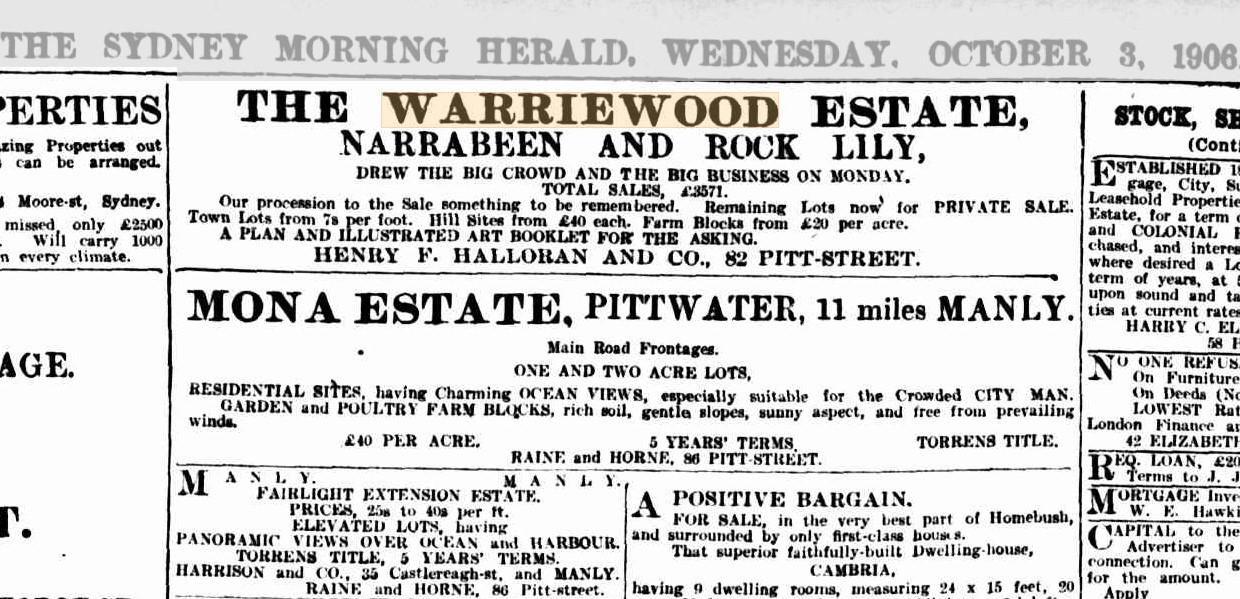
.jpg?timestamp=1754629150878)
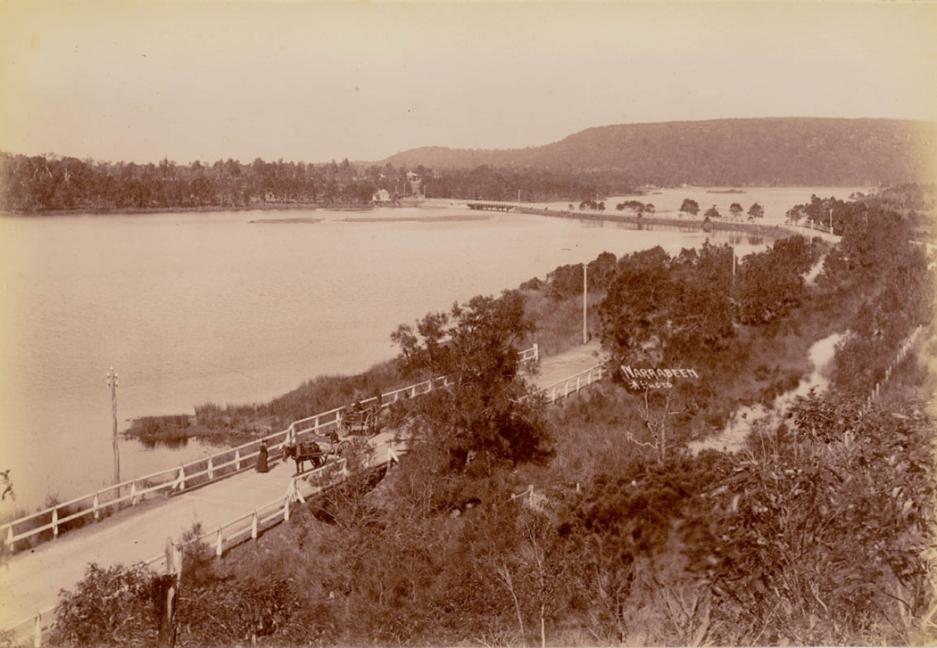
View - Narrabeen Lakes, ca. 1900-1910, Image No.:a116483 courtesy State Library of NSW.
MANLY TO BAY VIEW—A POPULAR EASTER RESORT BY ROAD
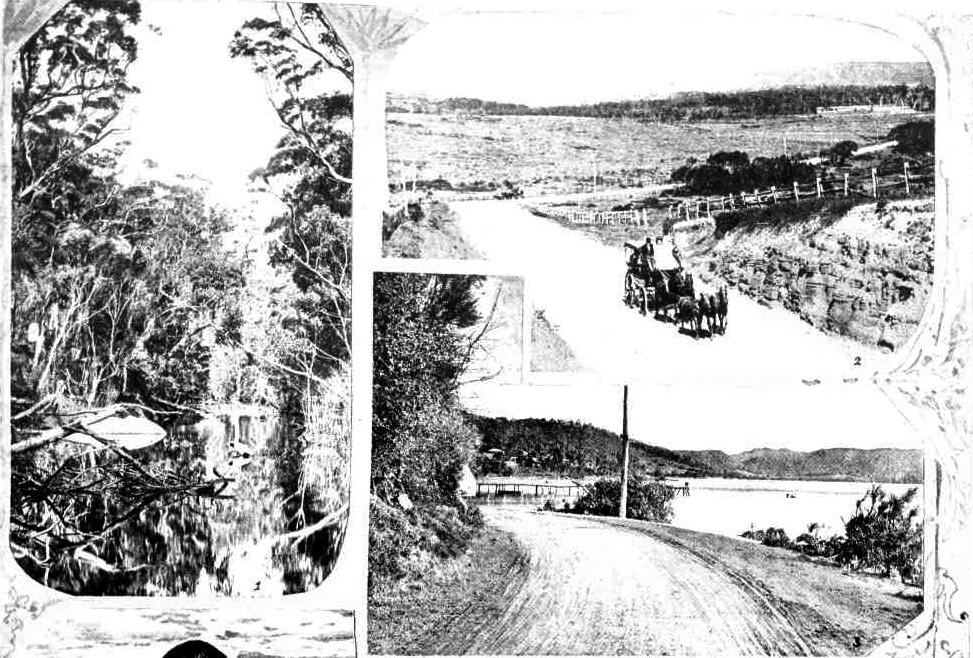
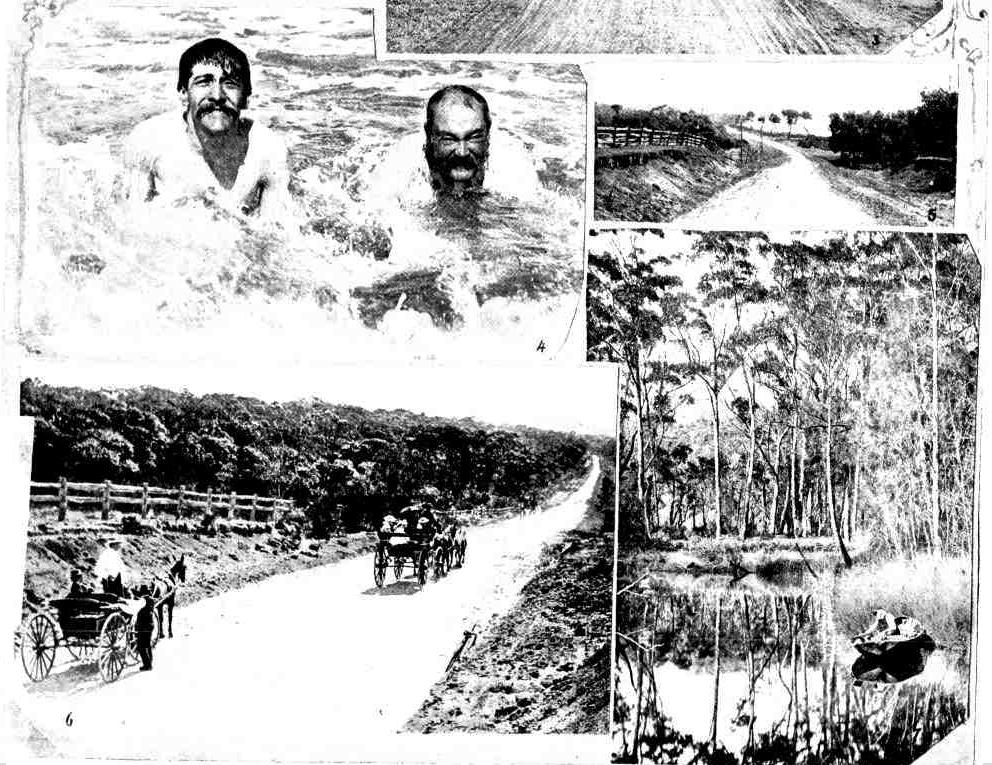
1. On the Narrabeen Lagoon. 2. View from Sheepstation Hill, looking south. 3. Bay View. 4. A dip in the surf at Narrabeen. 5. Near Long Reef. 6. Approaching Narrabeen. 7. One of the creeks.
The distance from Manly to Bay View is about 15 miles. The road is by the Narrabeen-road past Rocklily. A proposal to put down a tram line is now being considered, and a member of the ministry was recently driven over the country, which in many parts is remarkably picturesque. MANLY TO BAY VIEW—A POPULAR EASTER RESORT BY ROAD. (1900, April 14). The Sydney Mail and New South Wales Advertiser (NSW : 1871 - 1912), p. 878. Retrieved from http://nla.gov.au/nla.news-article165297416
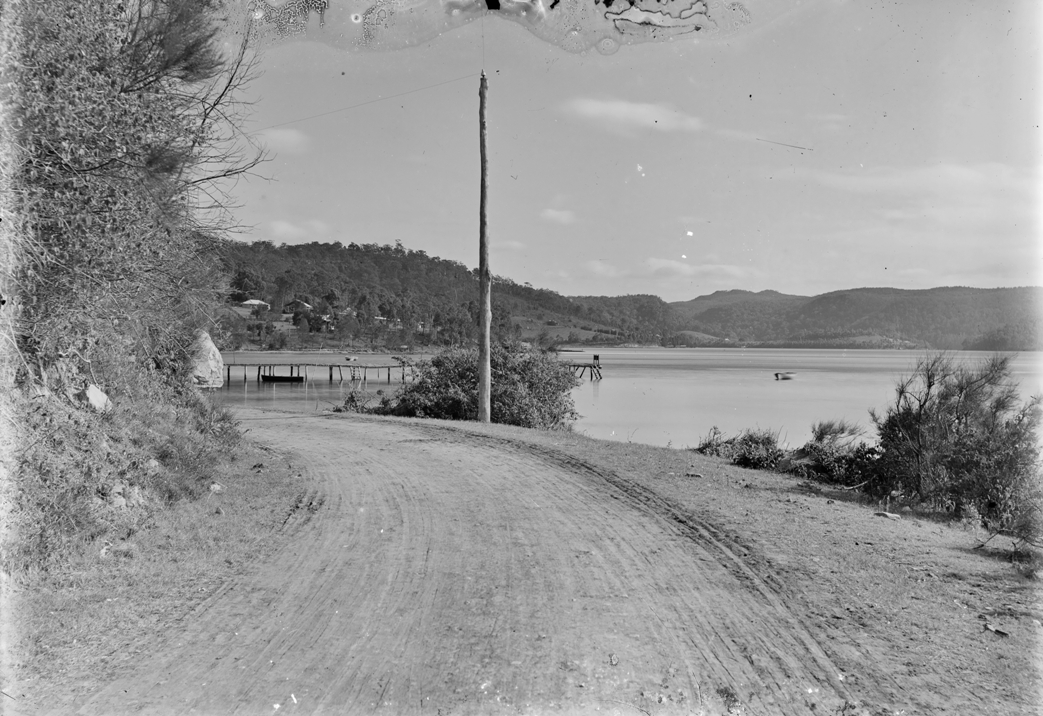
Image No.: c071950005 Box 17, Albums of William Joseph Macpherson - 'Bay View', courtesy State Library of NSW and Macpherson Family.
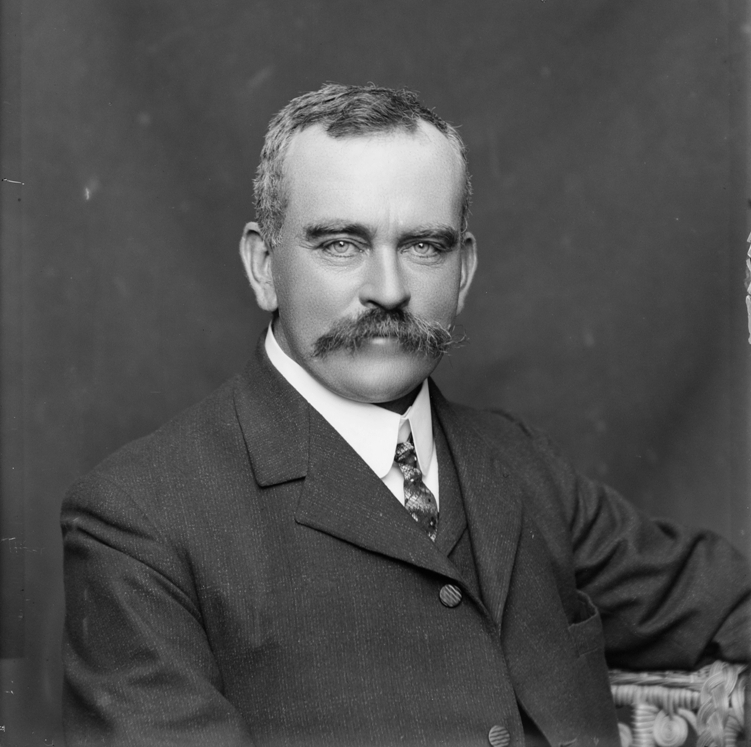
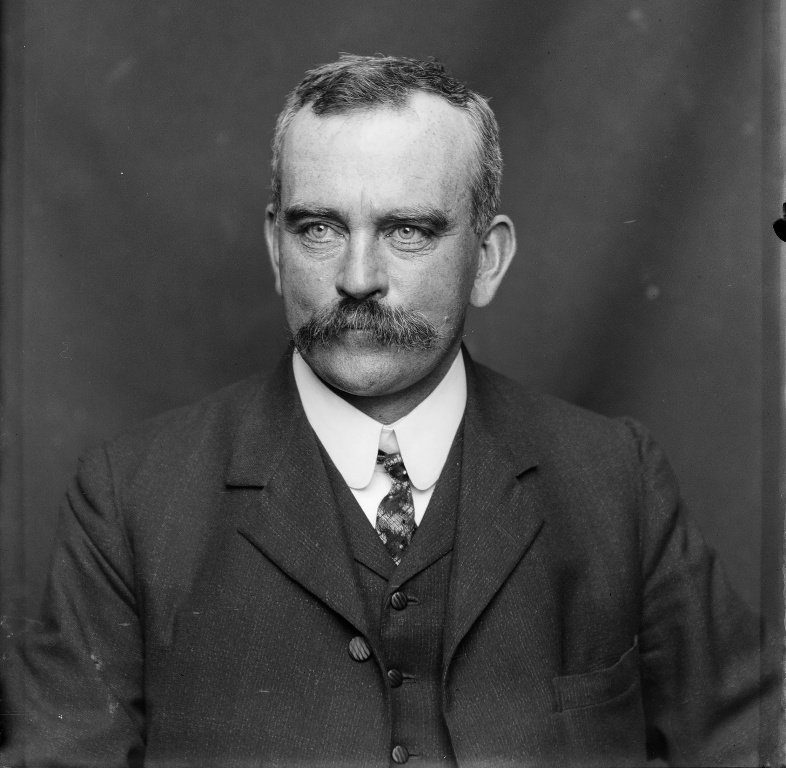
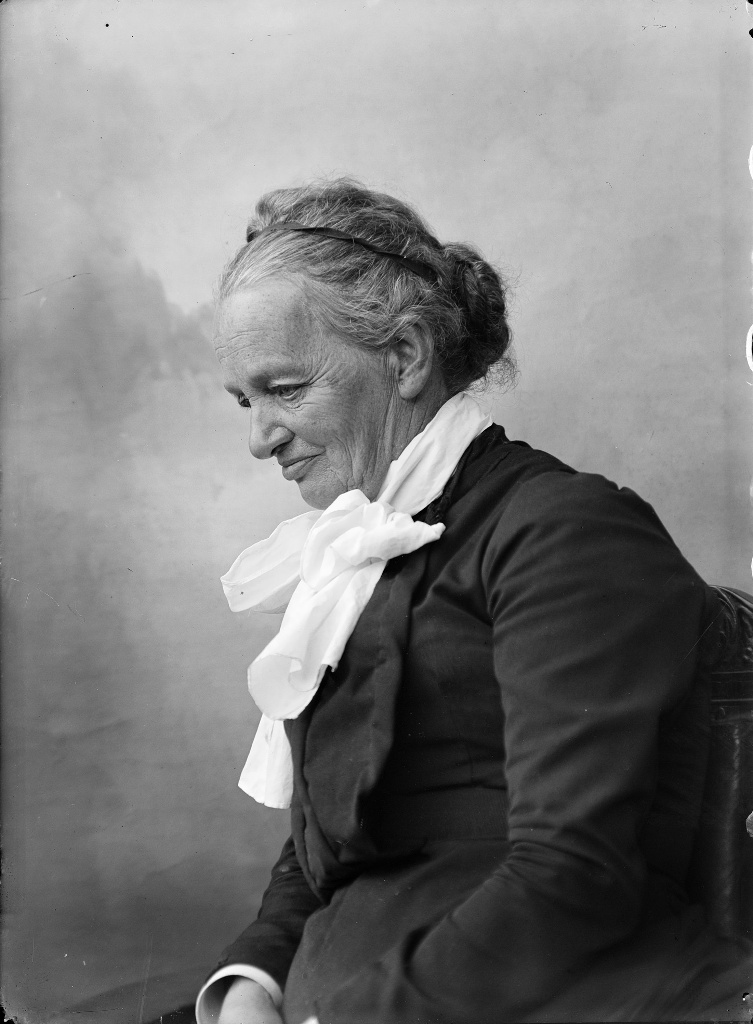
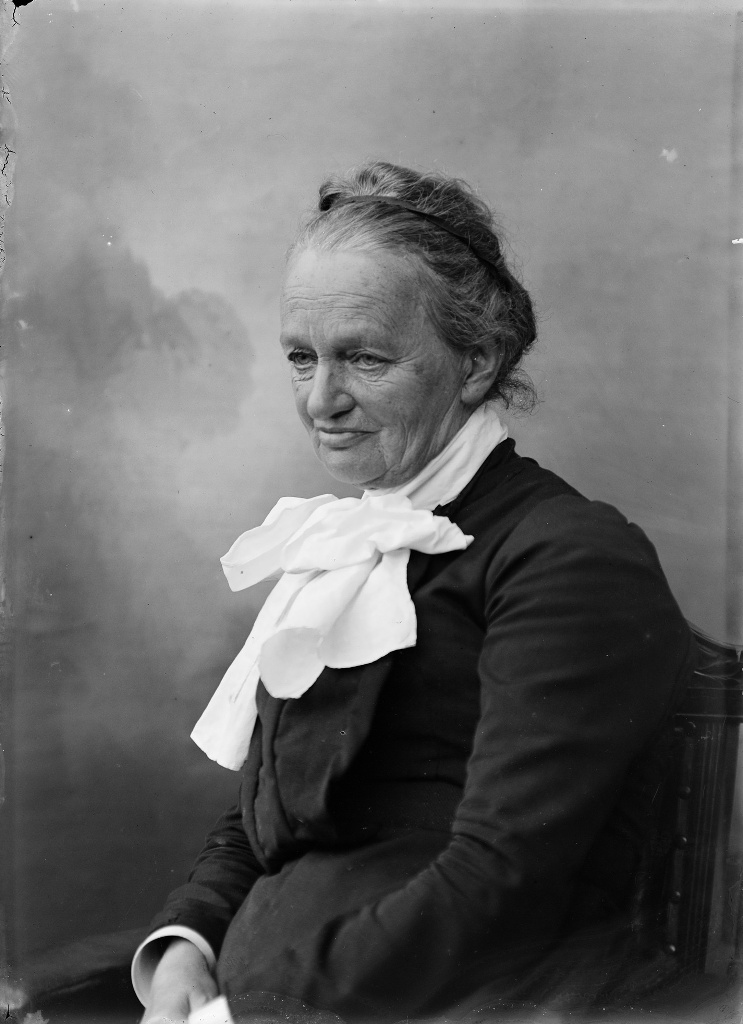
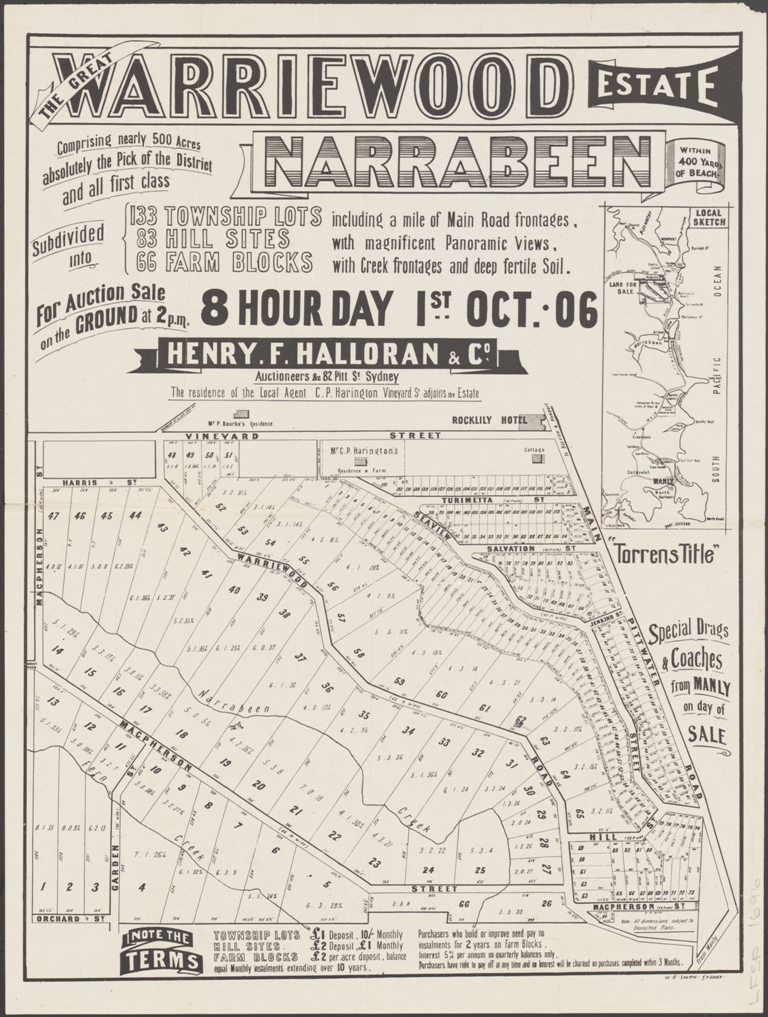
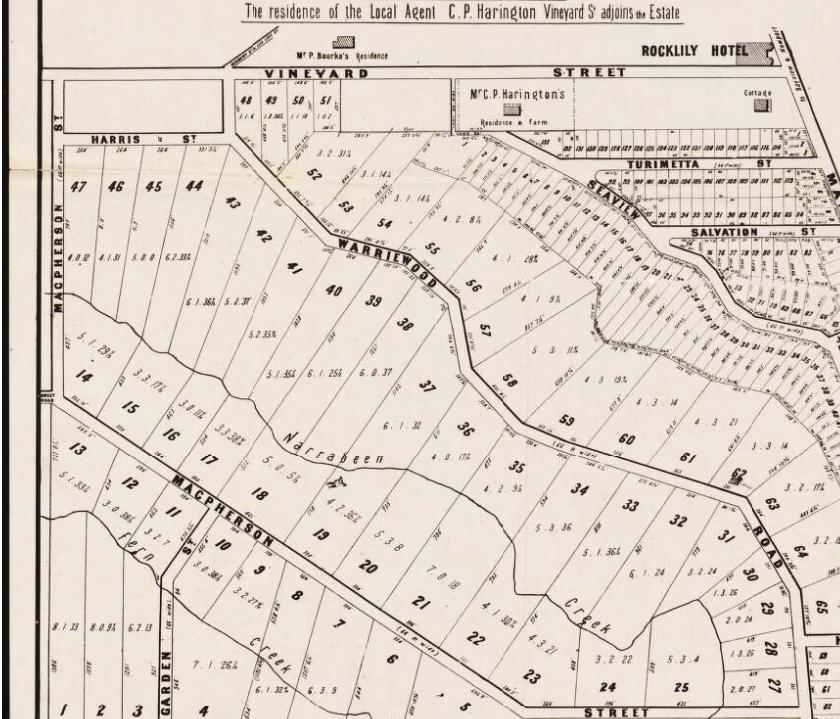
Valmai Morgan
New Zealand BDM's provide: 1902/10862; Morgan, Valmai Adelaide - Parents: Jeannie and Rees Harry. Rees Harry Morgan (1874 - 1961), was born 1874 in Christchurch, Canterbury, New Zealand. Died 10 Aug 1961 at about age 87 in Christchurch, Canterbury, New Zealand. He was the son of John Albert Morgan and Emily Susannah (Parsons) Morgan and brother of Albert William Morgan and Husband of Jean (Lambie) Morgan — married 13 Feb 1900 in Ashburton, Canterbury, New Zealand.
The World of Women
OF MANY NATIONS
Costumes at Carnival YOUNGER SET EFFORT
THE international carnival at the Wentworth yesterday created widespread interest among those of many countries who have made their homes in Australia. They were represented by girls, who, in their own national costume, ; attended stalls arrayed with articles typical of other lands. In addition to these diversions were national dances by the Misses Dulcie and Greta Quong (China), Miss Vera Sanders (Russia), the pupils of Miss Scully' (Holland), and Mexican songs by Miss Annie Payne. The management of the Wentworth also entered into the carnival spirit, and substituted the usual cabaret for items of international significance.
"THE CARNIVAL COMMENCES."
Miss Eva Novak was unable to attend in time to perform the opening ceremony. Mr. F. Ward then introduced i Miss Beppie de Vries, of "Madame Pompadour," who, with her husband (Mr. Ie Bret) was the guest of the committee. She, however, cannot speak English fluently, so on her behalf Mr. le Bret announced that "the idea, ladies and gentlemen, is that the carnival will now commence."
Little Pat ord, dressed as a Dutch boy, presented a bouquet to Miss de Vries, who is a native of Holland, . and habitually wore the national costume before she became interested in the etage. The cabaret was organised by the Younger Set Committee of the International Ball to defray initial expenses. Miss Elaine de Chair was president; Miss Essie Quoy (China), Miss Renee Doucet (France), Miss Lottie: Schneider (Germany), Miss C. Atsipapa (Greece), and Miss E. Talarico (Italy), vice-. presidents; Miss Cassie Ford, hon. secretary; Miss Rita Cullen-Ward (Portugal) and Miss Dulcie Quoy (China), assistant-hon: secretaries; Miss Lov-een Nicholls, and Miss Enid Abbott, - hon. treasurers.
STALLS AND HOLDERS.
The "Grecian" stall was under the supervision of Mrs. Chrysanthopolus, who was assisted by the Misses A. Perivoliris, N. Didicopulos, and C. Atsipapa, and Mrs. Louison. Mme. Nettement and Miss Ade Scarf were in charge of the stall representing France and Lebanon; the "Siam" booth was attended by the , Misses Queenie , M'Leish, Bessie Watt, and Lou Purdy; . "China," the Misses Essie, Dulcie, Greta and Vera Quoy, and Olga Towe; "Germany," the Misses Lottie Schneider and H. Tadsen. Pretty vendors of fresh flower posies were ;the Misses Enid Abbott, Nellie and Odette Lefebvre, Jean Doucet, H. Maher, M. Steere,. Susette. Scamps, Eileen Aboud, arid; Q. Betar,
MANY PARTIES.
Among many parties was that entertained by Miss Dorothy Lyne, who accompanied her mother, - Lady Lyne. Her guests were Mrs. -Maurice Gulson, Mrs. V. Cornfield, and the Misses Denison Miller. Miss Cassie Ford entertained a large party, including Miss de Vries, Mr. le Bret, Miss Betty Ross Clarke, Mesdames Olsen, Morgan Ford, J. P. Wilson, L. Dickens, J. R. Ford, Scully, Tarpey Walkeley, A. "Skeldon, and "the Misses Alice Ford, V. Sanders, ,T. Dickens. and H. Walkeley. , Mr I and. Mrs. J. M. Giles's guests 'were .Mr. and Mrs. Hugh Ward, Miss Olive Sloane, Mr. and Mrs. F. Phil-; v lips, Mrs. L. J. Garrison, Mrs. Puisford. Miss Laura Smithson, Miss Winnie Tait, Miss Marion Marcus Clarke, Mr. Jack Halloran, . and Mr. Rudolph Buchrier. Among others present were Mrs. F. J. Purdy. the Misses Edna Knibbs, Agnes Blackwood, Valmal Ramsay, and Hazel Campbell. With Miss Rita Culin-Ward were Mrs. Rex Cullen-Ward, Mrs. Bruce Loder, Mrs.' Eric Elliott, and Miss Valmai Morgan. The World of Women (1927, June 22). The Daily Telegraph (Sydney, NSW : 1883 - 1930), p. 20. Retrieved from http://nla.gov.au/nla.news-article247369896
Photo: MISS VALMAI MORGAN, who is touring New Zealand in a Silver Anniversary Buick. Miss Morgan has completed her North Island tour, and will commence her South Island tour on July 18. - Otago Witness, Issue 3930, 9 July 1929, Page 73
Drove It Like a Veteran
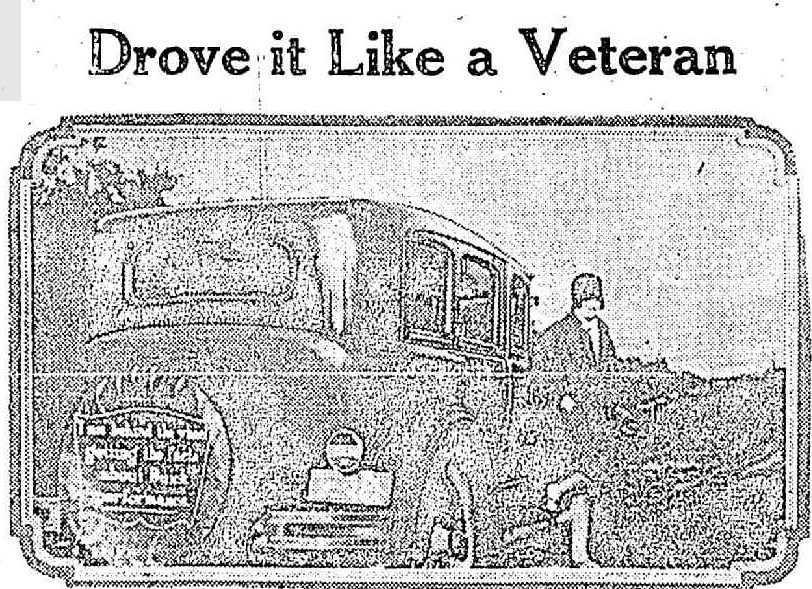
Miss Valmai Morgan, a young Wellington, N.Z., girl, recently made a 1200-mile tour of the Dominion to prove that a girl was just as capable at handling the modern car as a man. Through fog, rains, and axle deep mud in Midwinter, she drove in her Buick, and convinced the wiseheads by doing it in record time. Boyd Edkins, Ltd., of Phillip-street, are local Buick distributors. Drove it Like a Veteran (1929, December 15). Sunday Times (Sydney, NSW : 1895 - 1930), p. 15. Retrieved from http://nla.gov.au/nla.news-article131634051
Weddings
ROSES and hydrangea from her country home, Rochester House, Bundanoon, decorated St. Phillip's Church and Elizabeth Bay House yesterday afternoon when Miss Leila Frances Manning, only daughter of Mr. and Mrs. F. E. Manning, of Rose Bay, was married to Mr. Martin Samuel John McDonald, only son of the late John Alan McDonald, of Grafton, and of Mrs. W. O. Montgomery, of North Sydney. Rev. H. W. Harder officiated. The bride and her four maids formed a lovely picture as they entered the church in their old world frocks of tulle. The bride, who carried a bouquet of white tiger lilies, wore a cut tulle veil held with a coronet of waxed wheat ears over her frock of white tulle, the long full skirt of which fell from a tightly moulded bodice fastened down the front with frogs of orange blossom. The bridesmaids, Misses Laura Paul, Helen Tout, Valmai Morgan and Betty Birdsall, whose frocks of Marina blue tulle, trimmed with frogs of forget-me-nots, were cut on similar lines to that of the bride, wore coronets of blue waxed wheat ears and carried posies of pink Cecil Brunner roses, blue hydrangea and mignonette.
Mr. Fred Manning, of Melbourne, brother of the bride, attended as best man, and Messrs. Andrew Kerr, David Hughes and Jack McCarran as groomsmen. The bride's mother, wearing a black cloque frock with toque to match, and carrying a bouquet of golden roses, received the guests at Elizabeth Bay House, where the reception was held. Mrs. Mont gomery, the bridegroom's mother, car ried a posy of cream flowers and wore a frock of dubonnet-flat crepe with black accessories. Bows of green ribbon trimmed the navy hat and navy two-piece suit worn by the bride for travelling. Messrs. Neville, Good-all, John Birdsall, Robert and Gil bert Kerr. Jack Faul and Rodney Brown acted as ushers at the church. Yesterday's WEDDINGS (1936, February 23). The Sun (Sydney, NSW : 1910 - 1954), p. 36. Retrieved from http://nla.gov.au/nla.news-article230085109
MISS VAL MORGAN, the captain of the Killara Golf Club, won the Concord Cup at Concord on Tuesday, and also the scratch score honours. Her winning card was an 81 and a net 72. Among the Sportswomen (1940, June 20). The Sydney Morning Herald (NSW : 1842 - 1954), p. 24. Retrieved from http://nla.gov.au/nla.news-article27950127
Versatile War Worker
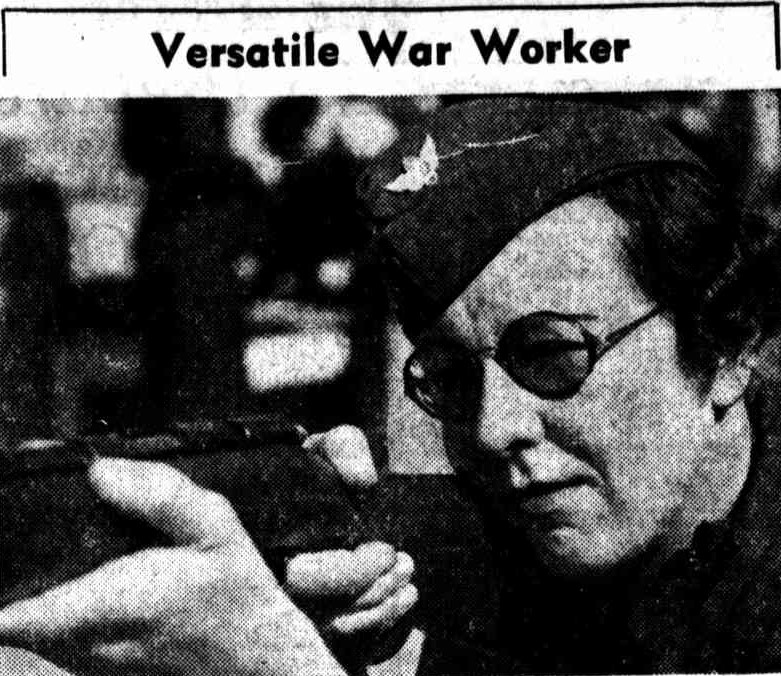
Assistant State Commandant of the Australian Women's Flying Club, Miss VALMAI MORGAN, is an excellent shot. She has been a member of the club for nearly two years and is interested in the transport lection She is one of the voluntary car drivers for the R-A-A-F., and in addition to her war work is captain of the Killara Golf Club associates. Versatile War Worker (1941, August 26). The Sun (Sydney, NSW : 1910 - 1954), p. 8 (LATE FINAL EXTRA). Retrieved from http://nla.gov.au/nla.news-article231624525
Not related:
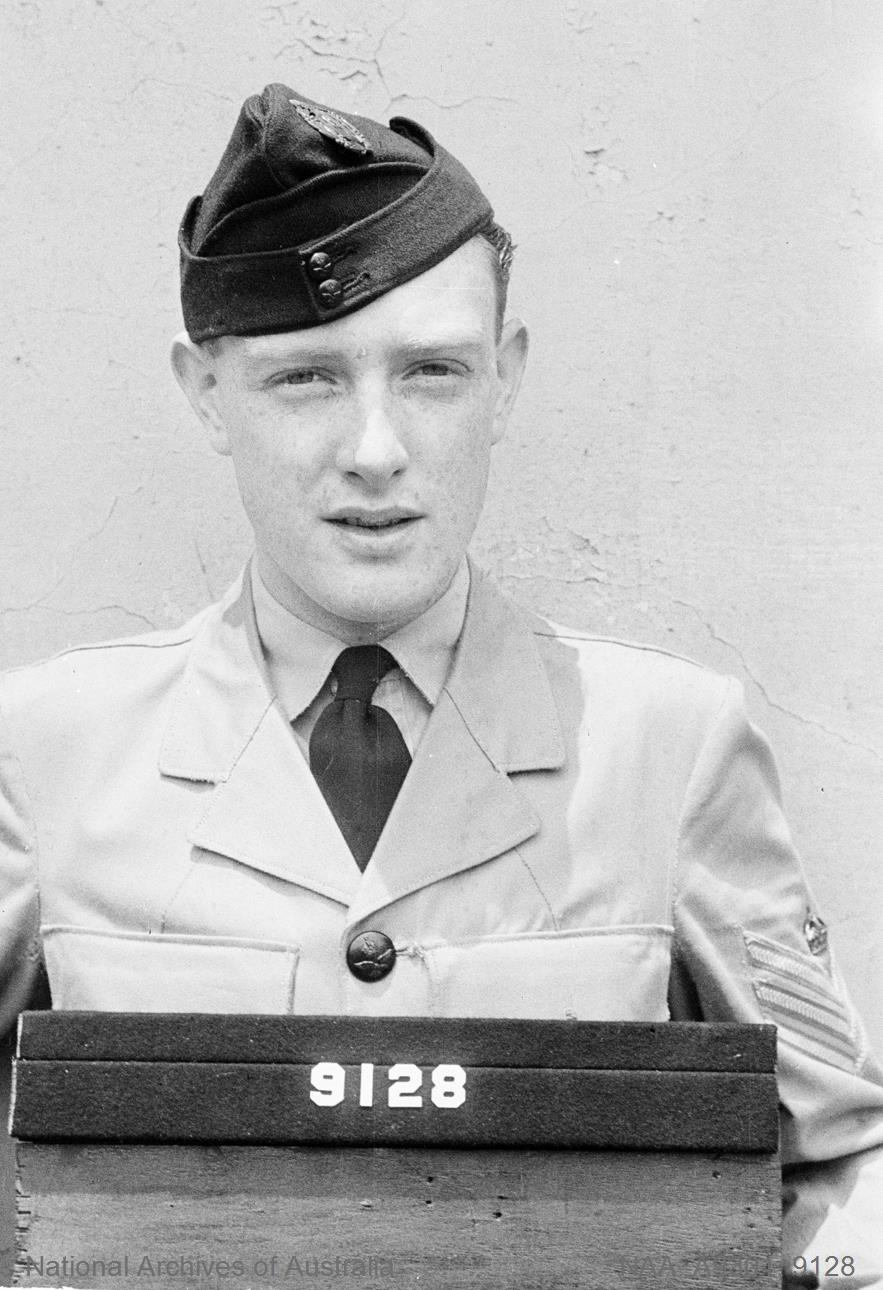
MORGAN, JOHN CHESTER : Service Number - 9128 : Date of birth - 17 Jul 1919 : Place of birth - BATHURST NSW : Place of enlistment - LAVERTON VIC : Next of Kin - MORGAN, VALMAI - [Black and white negative - identity photograph - portrait]. Part Of; A9301:RAAF Personnel files of Non-Commissioned Officers (NCOs) and other ranks, 1921-1948, National Archives of Australia
Parents: MORGAN JOHN C 31452/1919 ARTHUR J INA M at; BATHURST
Arthur John Morgan (1885 - 09 Nov 1942) was the son of Samuel Richard Morgan and Catherine (Durack) Morgan and brother of Angus Plunkett Morgan. He was the husband of Iva/Ina Mary Birdsall — married 1910 in Glebe NSW Australia. He was father of Kathleen Grace Morgan and John Chester Morgan.
Samuel Richard Morgan, December 28 1856– July 231932 (aged 75 years). Father; John Morgan 1819–1898. Mother; Catherine Finnamore 1825–1910. Elder brothers; John Smart Morgan (1841–1907), Thomas George Morgan (1843–1906), James Morgan (1845–1896), Elder sister; Eliza Morgan (1847–1868), Elder brother; William Morgan (1849–…) elder sister ; Susan Morgan (1851–…) Elder brother Henry Morgan (1853–1916) Elder sister Janet Morgan (1855–1942) Younger brother Edward Morgan(1858–1949) Younger sister Catherine Ann Morgan (1860–1946) Younger brother Alfred Morgan (1862–1877) Younger brother Robert James Morgan (1865–1937) Younger sister Caroline Mary Morgan(1867–1946).
MORGAN -The Relatives and Friends of Mrs I. M. Morgan, Grace (Mrs. Landon) and John, are invited to attend the Funeral of her dearly beloved Husband and their loving Father, Cpl Arthur John Morgan to leave the Kinsela Chapels, Taylor Square, Darlinghurst, This Wednesday, after service commencing at 9.45 am for the Rookwood Cremetorium. Charles Kinsela Pty., Ltd., A.F.D.A., Taylor Square Darlinghurst Phones FL4136-7-8. Family Notices (1942, November 11). The Sydney Morning Herald (NSW : 1842 - 1954), p. 12. Retrieved from http://nla.gov.au/nla.news-article17825086
Miss Valmai Ford, only daughter of Mr. and Mrs. E. Ford, of Wollstonecraft, will be married this evening to WO John Morgan, RAAF, only son of Mrs. I. M. Morgan, of Bellevue Hill. Matron of honor will be Mrs. E. Briggs and best man Flying-Officer Bill Birdsall. After the ceremony at the Presbyterian Church, Crow's Nest, a reception will be held at "Lochiel" Shirley-road, Wollstonecraft. Social News (1945, May 14). The Sun (Sydney, NSW : 1910 - 1954), p. 8 (LATE FINAL EXTRA). Retrieved from http://nla.gov.au/nla.news-article230447383
Donnington - North Steyne, Manly beachfront - Notes
MANLY.— To Let, furnished. Donnington, Ocean Beach, 8 rms,, stables, piano. Robey, Esplanade.
MANLY.— To Let. furnished, Sunacheri, 8 rooms, bathroom, stables, £5 monthly. Robey, Esplanade. Advertising (1894, September 18). The Daily Telegraph (Sydney, NSW : 1883 - 1930), p. 7. Retrieved from http://nla.gov.au/nla.news-article236122288
TENDERS. Painting Exterior Houses, Ocean View, Donnington, Manly, front beach. Wright and Co., 280 Elizabeth-st. Advertising (1895, November 27). The Daily Telegraph (Sydney, NSW : 1883 - 1930), p. 3. Retrieved from http://nla.gov.au/nla.news-article238547352
MANLY.— Donnington, North Steyne, Ocean Beach, Board and Residence, private family, first-class cuisine. Advertising (1896, December 29). The Daily Telegraph (Sydney, NSW : 1883 - 1930), p. 8. Retrieved from http://nla.gov.au/nla.news-article238566740
Watches and jewellery reported stolen - Miss Ward, “ Donnington,’’ Steyne, Manly. Burglaries, &c. (1897, December 29). New South Wales Police Gazette and Weekly Record of Crime (Sydney : 1860 - 1930), p. 443. Retrieved from http://nla.gov.au/nla.news-article251899316
BUSHMEN’S FAREWELLS.
A select party, met at Donnington, Manly Beach, on Wednesday night, to bid farewell to Trooper A. S. Harden, of the Imperial Bushmen's contingent. The chairman, Mr. J. Lee, after proposing the health of 'The Queen,' followed with 'Our Guest.' Mr. J. Grey endorsed the chairman's remarks, and Trooper Harden suitably responded.
Other toasts were: 'The Army and Navy,' proposed by Mr. C. Rowley, responded to by Colonel York, late of the 6th Inniskilling Dragoons; 'The Highland Brigade,' by Mr. J. Palmer, responded to by Mr. Johnston; 'The Ladies,' by Mr. Chris. Moore, responded to by Mr. Tom Ivey: and 'The Chairman,' by Trooper Harden. Songs and recitations were given by Messrs. Smith, Bourke, Wormold, Doyle, and Elrington, and the company then marched down to the wharf, where they sang 'Auld Lang Syne' and cheered the departing' soldier. BUSHMEN'S FAREWELLS. (1900, April 23). Evening News (Sydney, NSW : 1869 - 1931), p. 3. Retrieved from http://nla.gov.au/nla.news-article113715679
Boer War: Trooper Alan Scott Harden (Reg. No. 720) of the Esplanade, Manly, was also in “E” Company of the Imperial Bushmen’s contingent. Mr. J.Grey endorsed the chairman’s remarks and Trooper Harden suitably responded.
WANTED, Good General Servant, must be able to cook and laundress, good wages. W. G. Rosenthall, Donnington, Ocean Beach, Manly. Advertising (1906, August 15). The Daily Telegraph (Sydney, NSW : 1883 - 1930), p. 5. Retrieved from http://nla.gov.au/nla.news-article237629426
Now Mr. Gocher again: "The proprietor of the Steyne Hotel, Mr. Rosenthall (who was better known in those days as Old Rosie) entered fairly into the spirit of the joke and granted us a room to change our costumes."
Mr. Jones: "He came out of Rosenthall's private house on South Steyne, not out of the hotel." - From Henry Lawson: A Manly Bard and Poet in his 150th birthday Year, Pittwater Online News history pages
Rosenthall and Rosebery families of Manly
Maurice Rosenthal was actually the licensee of the Steyne Hotel 1902-1905. W.H. Gocher, editor of the Manly and North Sydney News recorded publican Maurice Rosenthal’s indirect involvement in Gocher’s first challenge to the ban on all-day bathing at Manly Beach:
“Three of us had made up our mind to test the [Police Offences] Act. They were Arthur Edwards, Percy Oldman and myself. The proprietor of the Steyne Hotel, Mr [Maurice George] Rosenthal (better known in those days as “Old Rosie”) granted us a room to change our costumes…”.
When the license was transferred to Charles Burchmore in 1906, Maurice Rosenthal remained at North Steyne, Manly, 1906-07. In 1908, a W.G. Rosenthal was listed in Sands’ Directory as living in Margaret Street, Manly (now Fairlight). In 1909-1910 he had moved to the “Family Hotel”, Everton Road, Strathfield.
During the family’s period in Manly, Maurice’s son Arthur Kingston Rosenthal, “a most prominent swimmer at the time (who later paid the supreme sacrifice at Gallipoli) kept a well recorded diary”, according to Les M Wellings, former Town Clerk of Manly.
Arthur Rosenthal’s diary explains how Manly Lifesaving Club came to be formed, following the drowning of F C Smalpage on 17 January 1902 (recorded on the ‘broken column’ memorial in East Esplanade Reserve):
“The accident would not have occurred had the witnesses possessed a knowledge of lifesaving. A lifesaving club was formed, with myself as organising secretary – the members were successful in gaining proficiency certificates. By public subscription, a boat was procured and used for patrolling the beach by the Sly Bros., until 10 am, the services of Happy Eyre as lifesaver being also secured…”
The family changed their surname to ‘Roseberry’ soon after WWI. - Manly Blog Spot, Manly Library, Manly Council.

Mr. Arthur Rosenthall. (1904, December 9). The Hebrew Standard of Australasia (Sydney, NSW : 1895 - 1953), p. 10. Retrieved from http://nla.gov.au/nla.news-article120472876
AT Donnington, Ocean Beach, Manly.— Superior Home for a few Gentlemen. Advertising (1906, October 25). The Daily Telegraph (Sydney, NSW : 1883 - 1930), p. 2. Retrieved from http://nla.gov.au/nla.news-article237649332
DEATH OF MR. J. P. WRIGHT
Mr. John Plant Wright, a prominent figure in the boot trade and commercial life of the State, passed away at his residence, "Bowercliff," Manly, yesterday morning. While he occupied the position of employers' representative on the old Arbitration Court, the late Mr. Wright's health was undermined to such an extent that he never completely recovered. The late Mr. Wright was for many years president of the Manly Bowling Club, and was also one of the principal founders of the club.
He was born at Castle Donnington, Leicestershire, England, In February, 1842, being In his 70th year at the time of his death,' He arrived in Sydney at the age of 22, and commenced business in the boot manufacturing trade as a partner in the firm of II. B. Best and Wright. He subsequently became head of the firm of Wright Davenport, and. Company, tanners, curriers, and boot manufacturers, of Sydney and Marrickville.
Returning from a trip to England about 1878, he formed the firm of J, P. Wright and Company, boot manufacturers, of Elizabeth-street, near the railway station. Ho was also a principal figure in other. industries, being a director of the Parramatta Woollen Mills, Hudson Brothers, Vale of Clwydd Colliery, Williams Meat Company, and a prominent shareholder In Messrs. Taylor Brothers, Jam manufacturers. Mr. Wright was one of the first members of The Chamber of Manufactures, and occupied the position of treasurer to that body for some time. His attention was also devoted to the Employers' Federation, of which, he was a vice-president.
The deceased gentleman owned a considerable amount of property in the Manly district, where he was a familiar figure. His wife predeceased him only by about a fortnight. He leaves a family of three sons (Messrs. George, John P., and Arthur), and six daughters (Mrs. H. E. Pratten, Mrs. P. F. S. Spence, Mrs. George V. Shelly, Mrs Mansfield Brown, Mrs. Reg. Passau, and Mrs. S. Blundell). The remains were Interred in the Manly Cemetery. DEATH OF MR. J. P. WRIGHT. (1912, March 14). The Daily Telegraph (Sydney, NSW : 1883 - 1930), p. 11. Retrieved from http://nla.gov.au/nla.news-article239155420
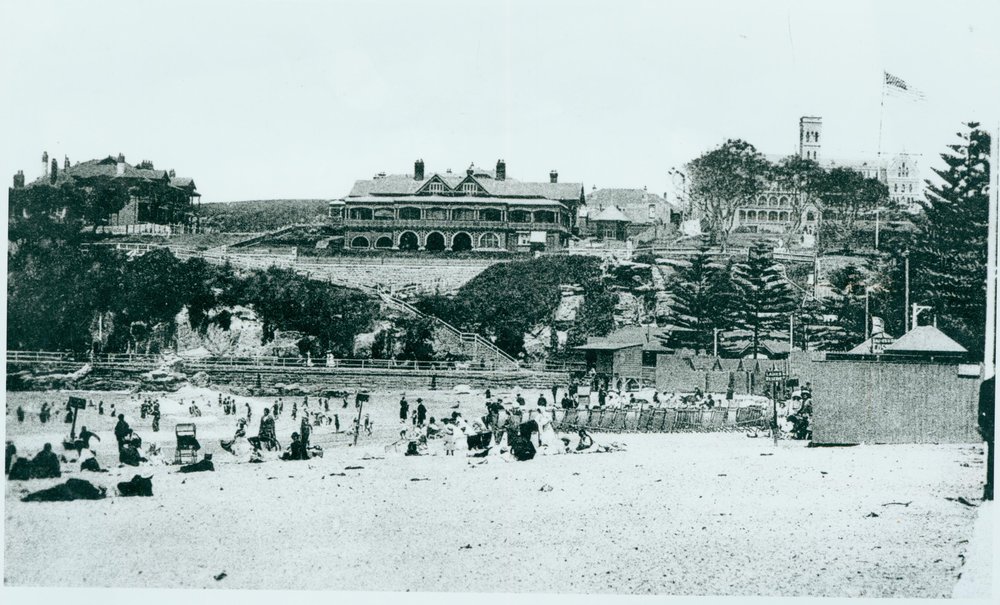
Postcard of Manly Beach. Bowercliffe House (centre) and St Patrick's (right) in background. Circa 1915
BEAUTIFYING MANLY.
South Steyne Proposals.
The Manly Council has under consideration a scheme for beautifying South Steyne, at a cost of £20,000.
The proposal has been forwarded to the Minister for Works and Local Government Mr Spooner, with a request for a grant of £10 000 towards the cost.
The scheme covers the beach front from the Corso to the new surf pavilion, erected by the council at a cost of about £35,000. It was prepared by Mr. L. M. Graham, the council's engineer, and provides for remodelling of the sea wall, modern seating, up-to-date lighting, grass plots, and flower gardens.
In December last, when Mr. Spooner was opening the new pavilion he remarked on the fact that the council had not asked the Government for any assistance, and said that he would be prepared to make a grant towards the improvement of the area.
"The promise will be kept," Mr. Spooner said on Saturday. "I do not say that the council will get all it asks, but I hope the work will be completed in time for the Local Government Conference to be held at Manly this year." BEAUTIFYING MANLY. (1939, April 3). The Sydney Morning Herald (NSW : 1842 - 1954), p. 10. Retrieved from http://nla.gov.au/nla.news-article17571209
MANLY INVESTMENTS, LIMITED-Regd. 23.4.23. No. 93241. Capital. £20,000 in £l shares. Objects: To purchase or otherwise acquire land, buildings, etc, to turn same to account, and to carry on business as capitalists, financiers, concessionaires, merchants and traders.
Subscribers to Memo, of Assn.: Andrew Lusk Potter, Maurice Paul Brown, Oscar Herbt. Craig, Robt. Jas. Douglas Sellar, Chas Craig Sellar, Ethel-Miller May Jenkins, and Hesseltine Tom Ivey (1 share each). First Directors: Andrew Lusk Potter, M. P. Brown, & Ernest Lindsay Thompson. Regd. Office: Manly. Dun's gazette for New South Wales. Vol. 29 No. 18 (May 7, 1923)
First registered in Vol. 17 No. 25 (June 25, 1917) of Dun's Gazette.
Andrew Lusk Potter Vol-Fol 4374-227 (Cert. of Title registered Feb 4, 1930) - part of the 100 acres originally granted to Charles Andrew and Christopher Skally by Crown Grant on May 9 1842. Primary Application Plan 28833:
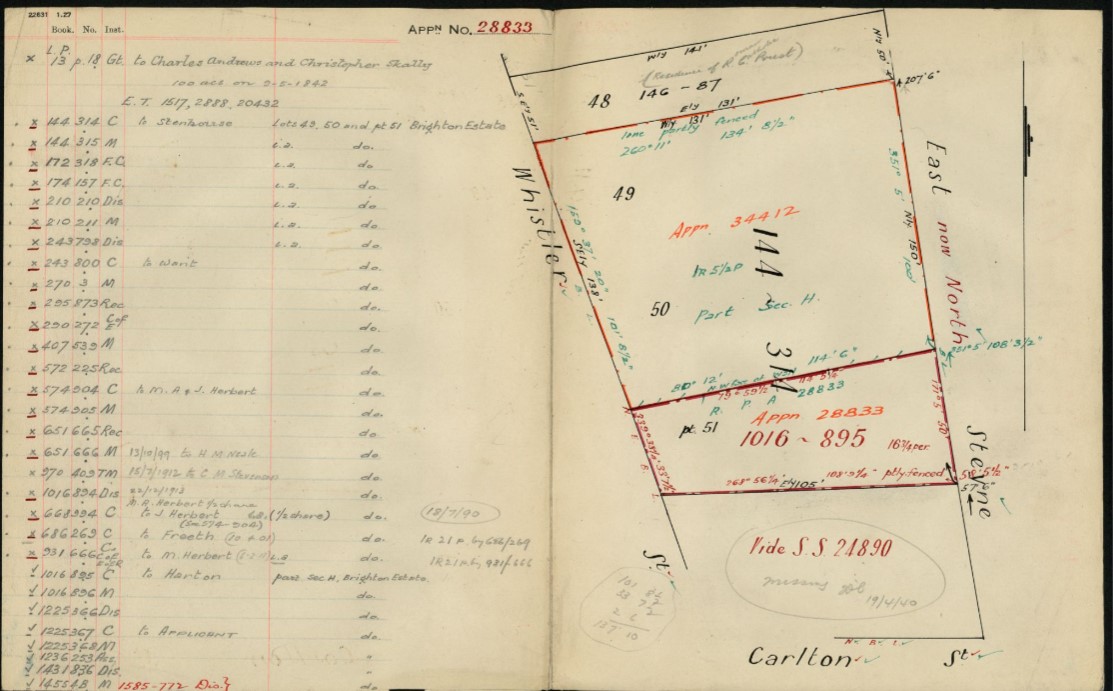
ITEM: NRS-13889-17-8-O4281 | Surveyor-General's Field Books - Gordon W M - County Camden - Parish Woonoona - Jetty County Cumberland - Parish Hunters Hill - Waterveiw Bay County Cumberland - Parish Manly Cove - Dee Why Lagoon "Portion 5,6 and 7 - County Cumberland - Parish Hunters Hill". 10-06-1889 to 30-06-1889
ITEM: NRS-13859-91-5-BS_6755_3000 | TRACING shewing definition of boundaries of Dee Why Lagoon as determined by C.T. Vol. 2283 Fols. 201 & 202 Mis. 3779 Sy. Parish of Manly Cove County of Cumberland Land District of Sydney. 03-02-1922 to 01-05-1978
ITEM: NRS-17513-37-1-PA 14163 | Primary Application - William Booth 828 acres 35 perches - Land situated on Road from Manly to Pittwater on Dee Why Lagoon & on Pacific Ocean at Long Reef in Parish Manly Cove County Cumberland Shire Warringah Volume 2283 Folio 201 & 202. 27-02-1906 to 24-11-1911
ITEM: NRS-13889-37-10-O8371 | Surveyor General's Field Books - Roberts RJA - County Cumberland - Parish Manly Cove - Trace of Meehan's survey of Dee Why Lagoon Portion 15 - County Cumberland - Parish Narrabeen - To determine position of boundaries of portion Portion 3 - County Hunter - Parish Wormerah - Road through portion County Cumberland - Parish Castle Hill - John Hindle County Camden - Parish Nattai - Deviation in Yerranderie-Camden Road Portion 30 - County Cumberland - Parish Gidley - Road from Richmond-Blacktown Road to portion Portion 51 - County Cumberland - Parish Cowan Portion 128 - County Cumberland - Parish Field of Mars - Road from Parramatta-Windsor Road to portion. 01-09-1908 to 28-10-1909
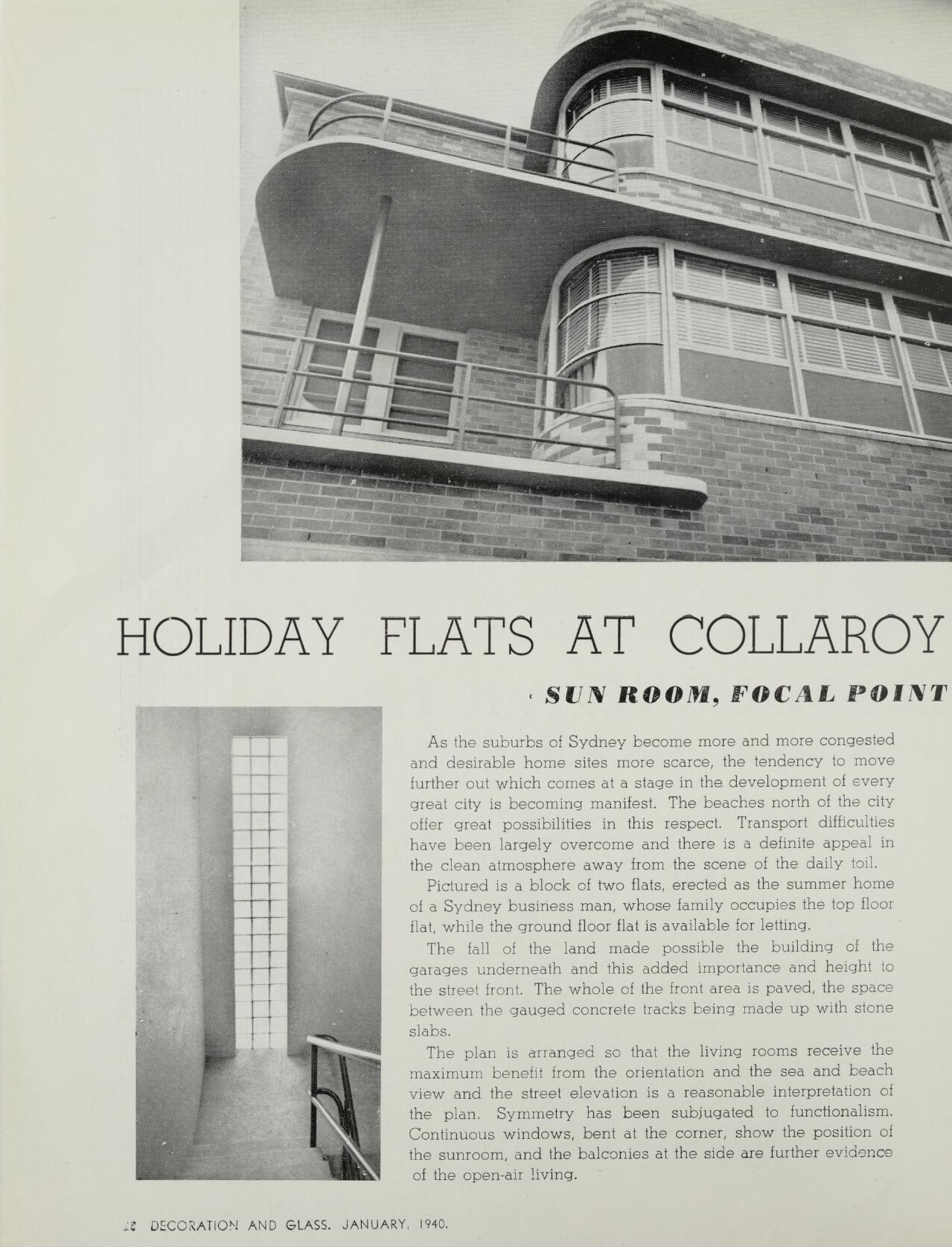


HOLIDAY FLATS AT COLLAROY BEACH SUN ROOM, FOCAL POINT OF PLAN, Decoration and glass Vol. 5 No. 8 (1 January 1940) Retrieved from http://nla.gov.au/nla.obj-372319267
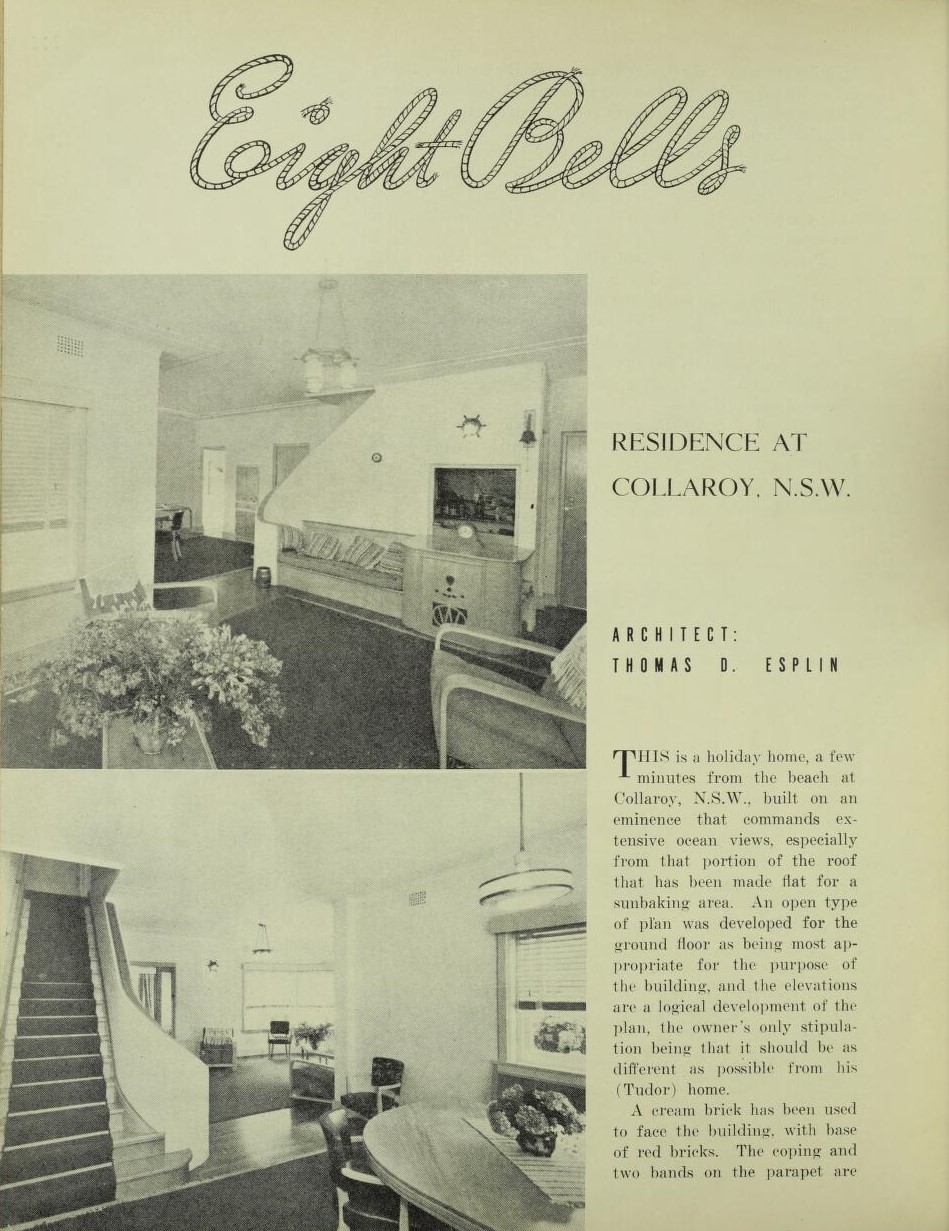


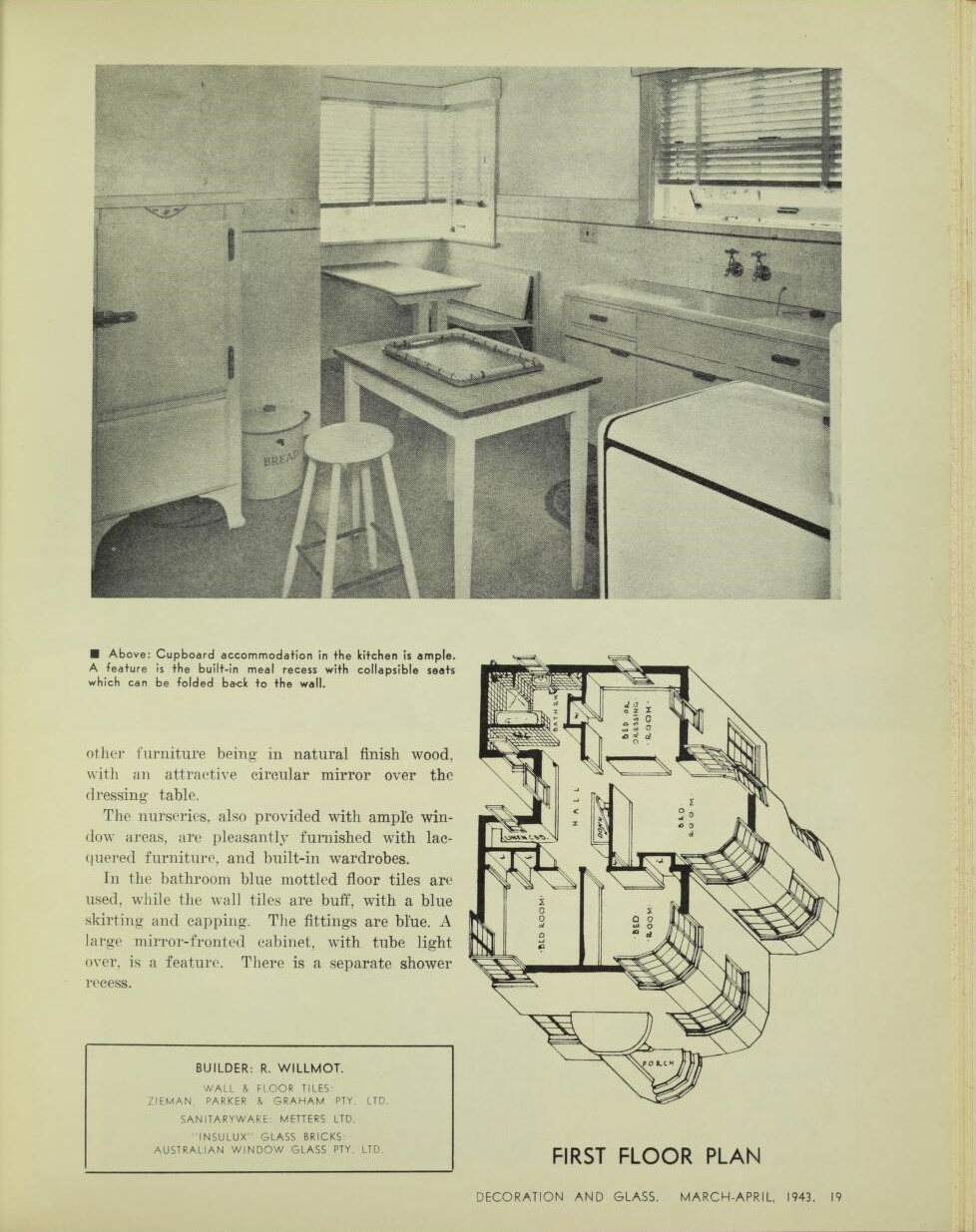
Eight Bells RESIDENCE AT COLLAROY, N.S.W., Decoration and glass Vol. 8 No. 6 ( March - April 1943) Retrieved from http://nla.gov.au/nla.obj-372521743
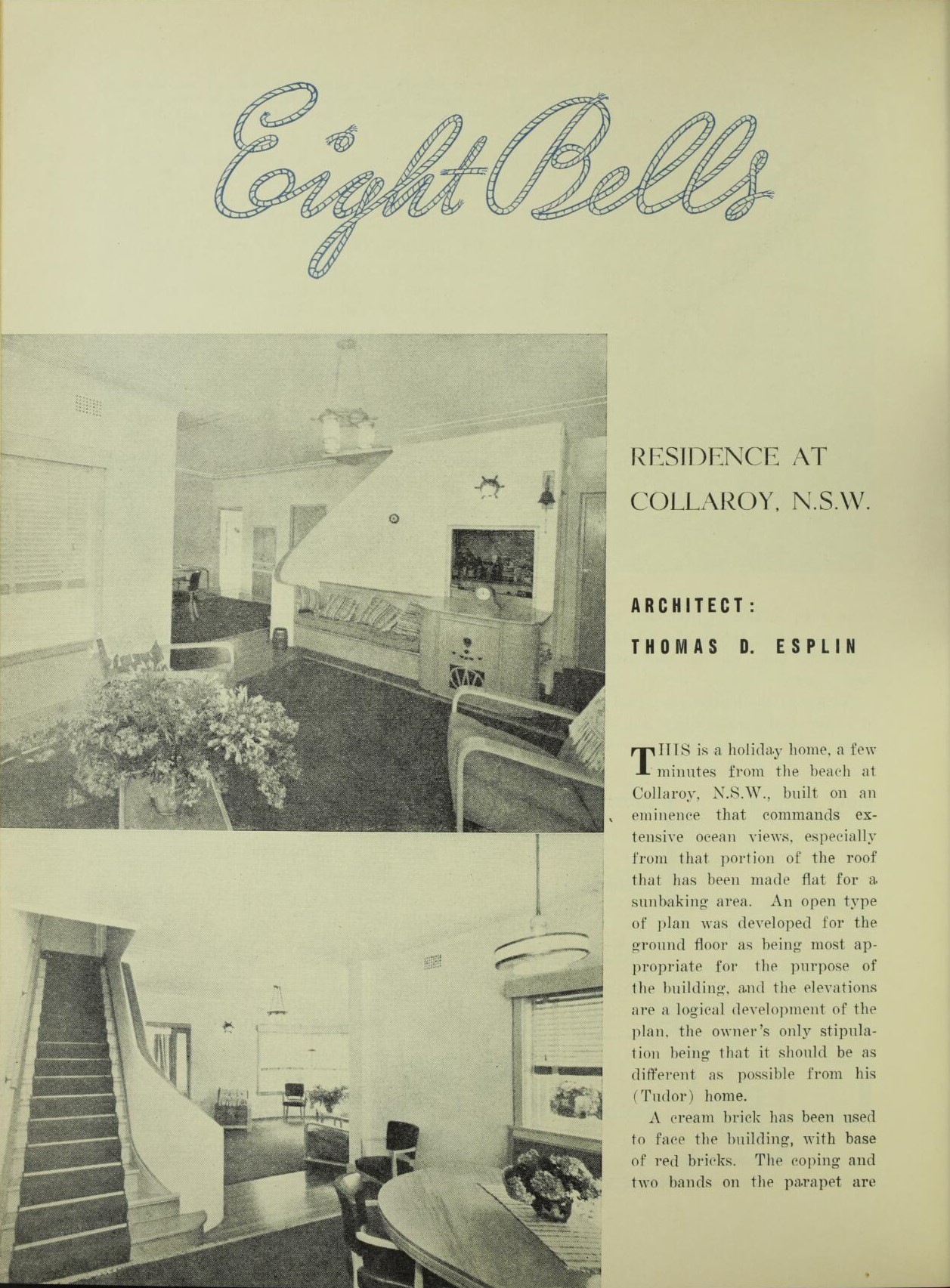

Eight Bells, Decoration and glass Vol. 10 No. 5 (January - February 1945) Retrieved from http://nla.gov.au/nla.obj-372716929
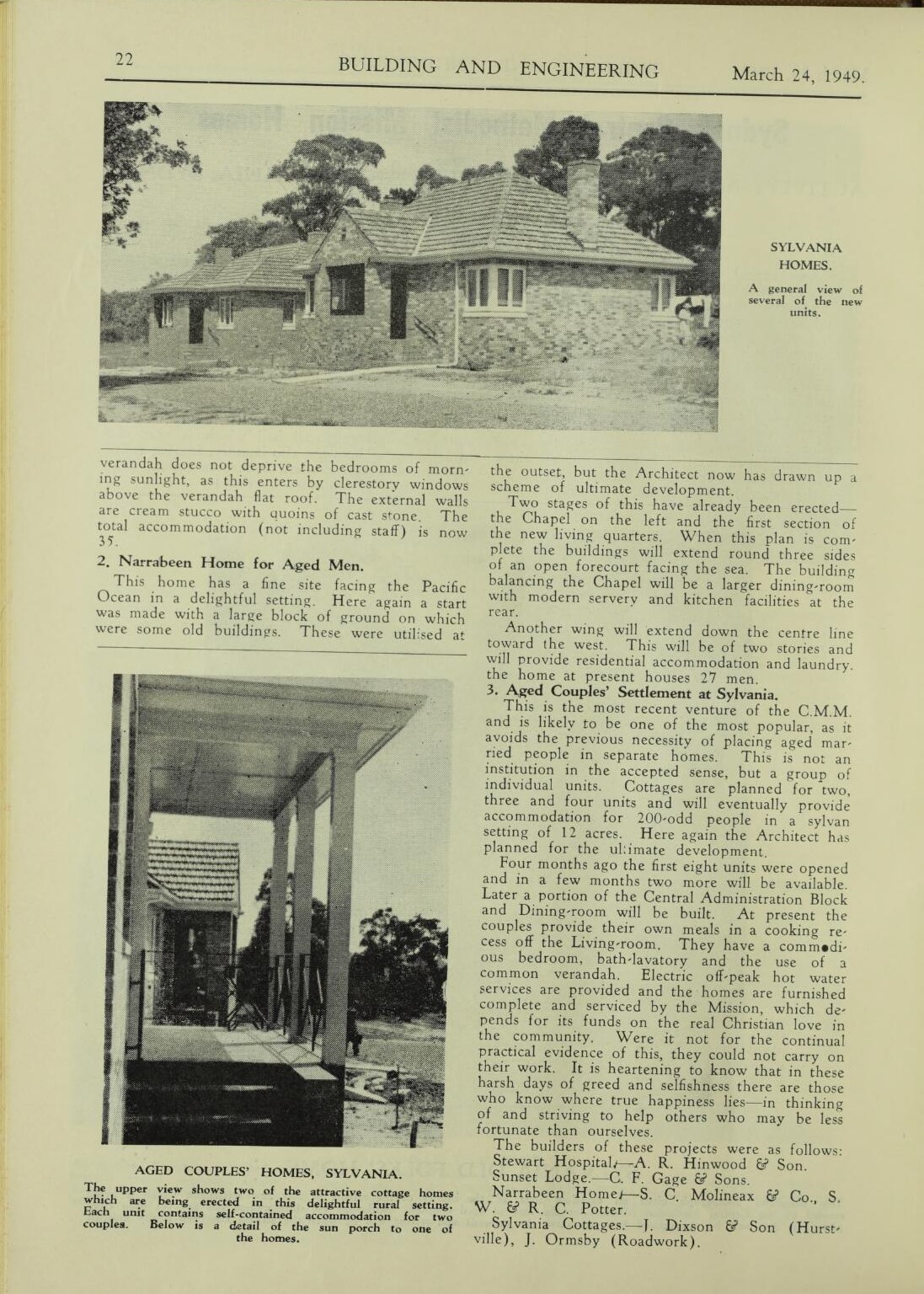
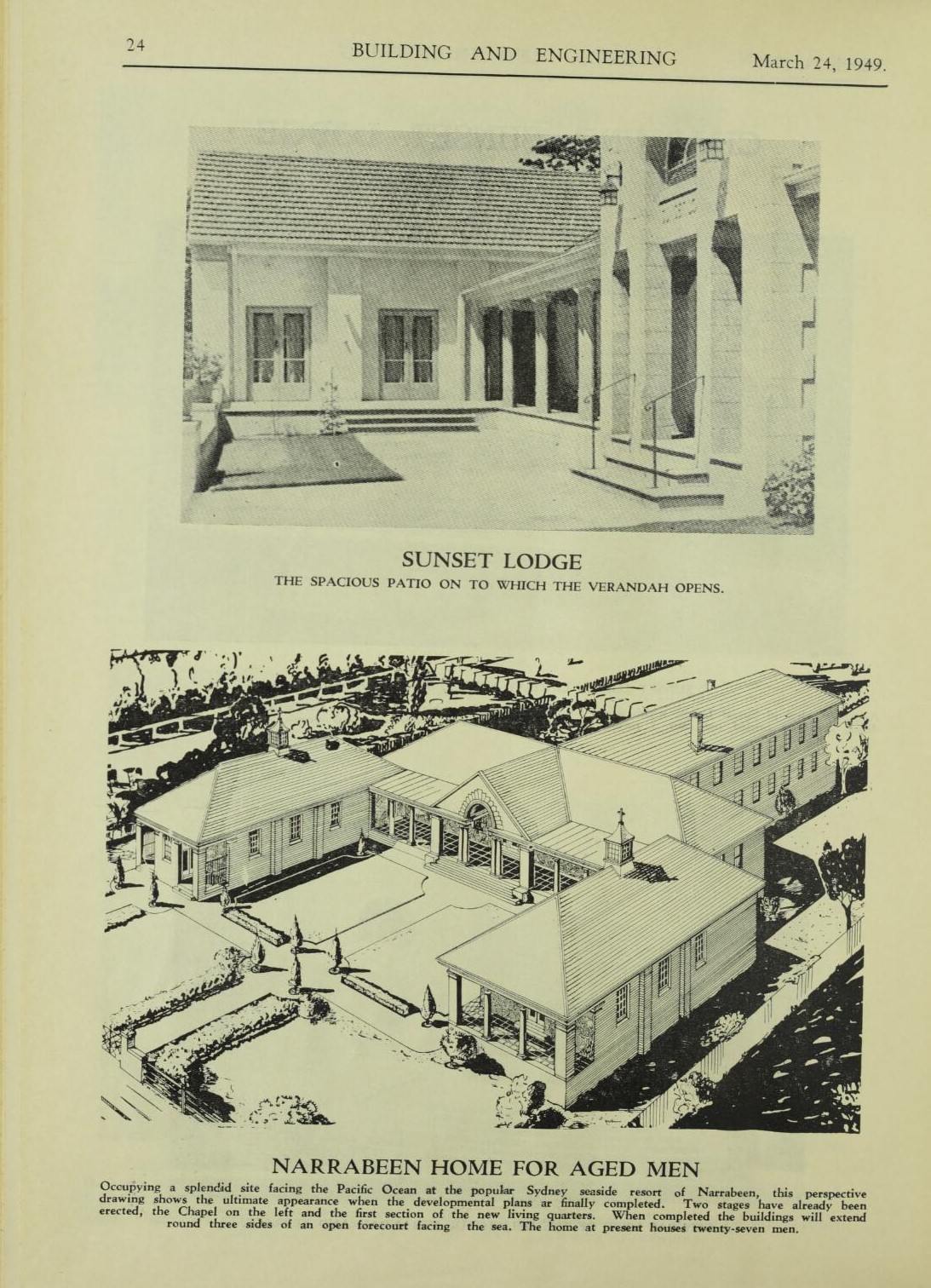
Narrabeen home for aged men – Methodists - Master Builders' Federation of Australia & Illuminating Engineering Society of Australia (N.S.W.). (1942). CHARMING SUNSET LODGE, Building and engineering Retrieved from http://nla.gov.au/nla.obj-313434351 Photos of the opening of this new church and section are available in: Wesley Taylor Narrabeen to close – will be sold to Developers: + a few history insights into the 93 year run of this home for the elderly
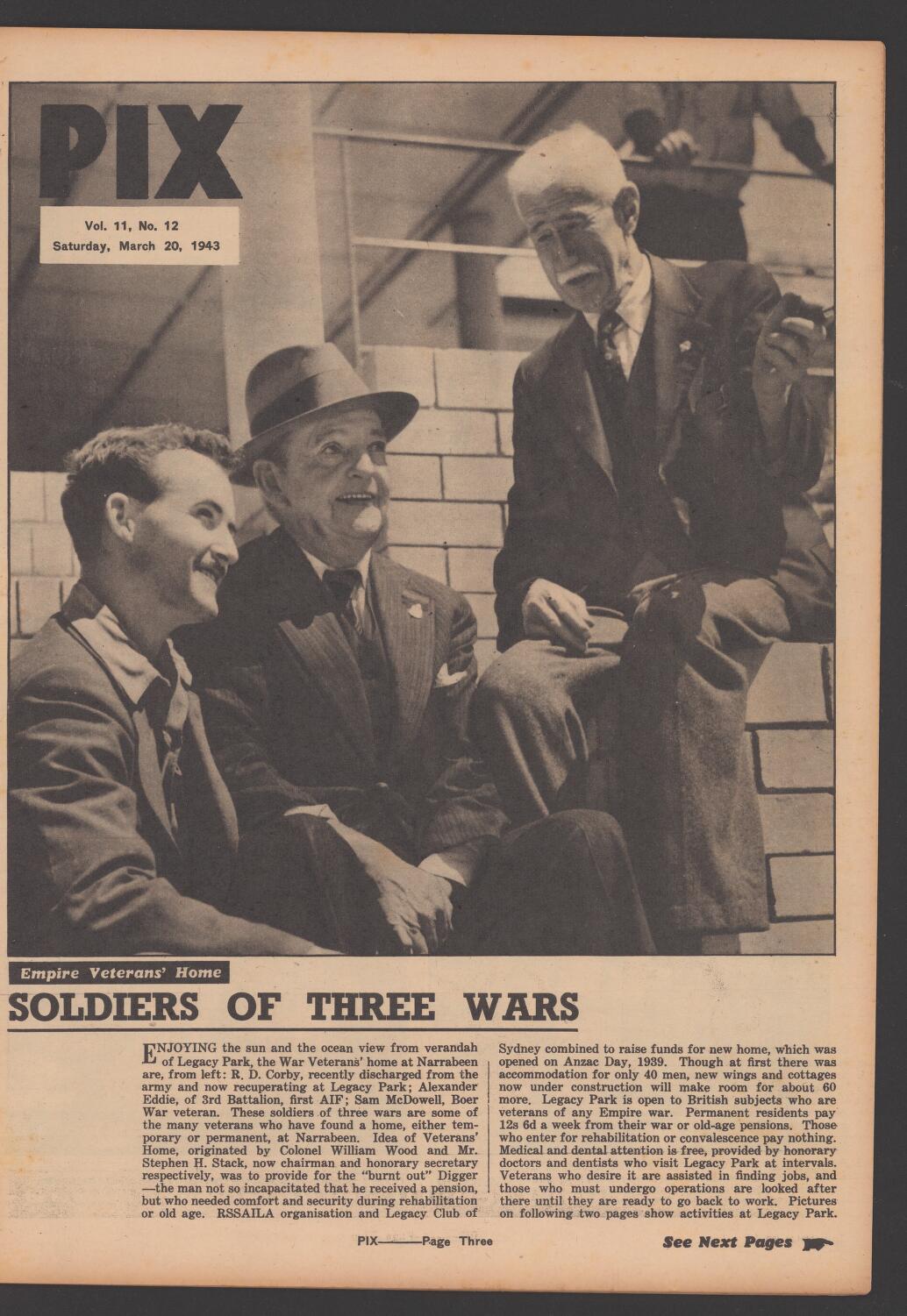
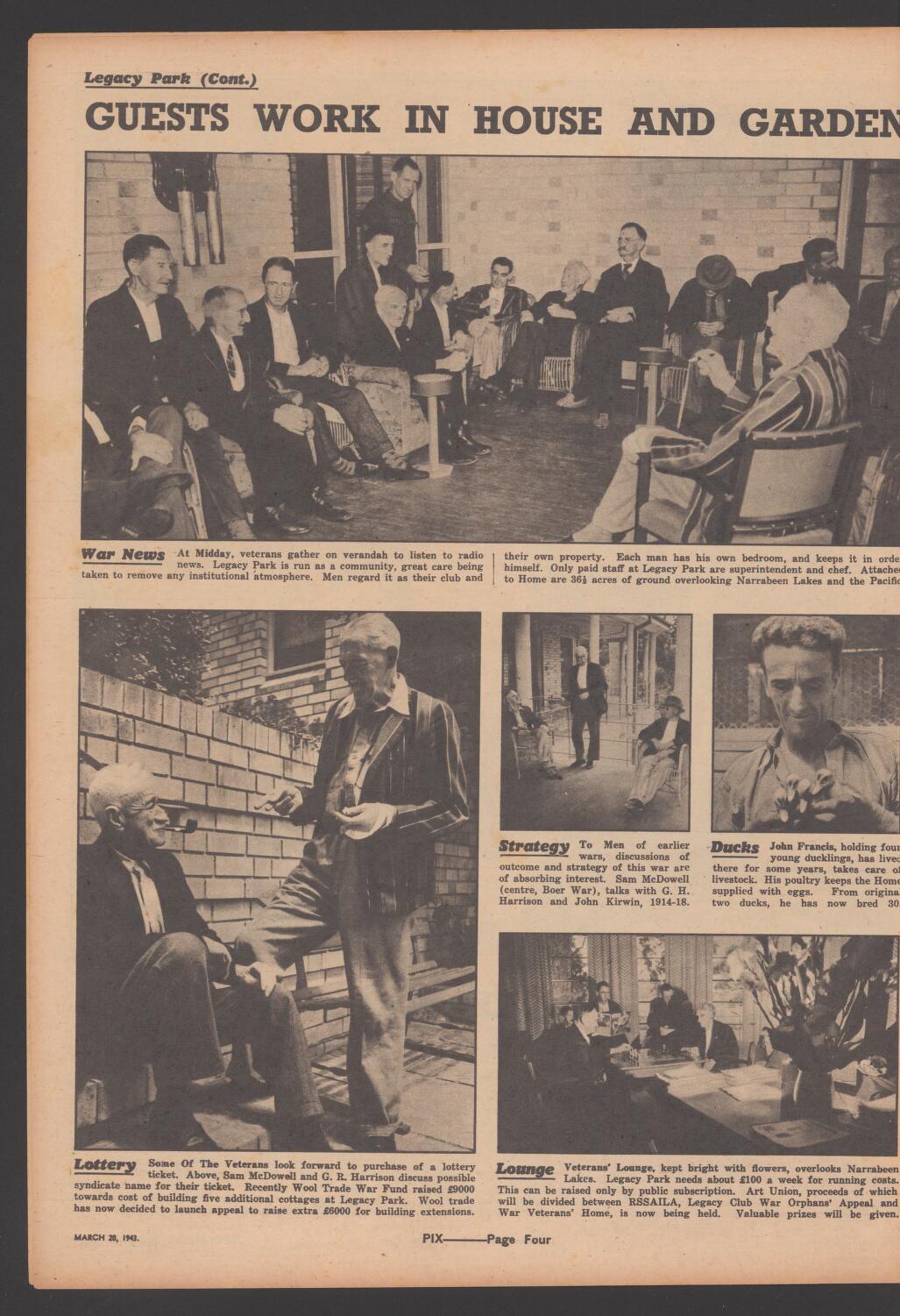
Empire Veterans’ Home SOLDIERS OF THREE WARS, Pix Vol. 11 No. 12 (20 March 1943) Retrieved from http://nla.gov.au/nla.obj-476745988 Photos of same ‘Narrabeen War Veterans Home.’, incorrectly (?) dated 22 March 1943 (you cannot publish photos days after they have appeared in a magazine, which already has a load/set time that predates its date of publication) / ‘photographed by Alec Iverson’ for PIX. are available in the State Library of NSW
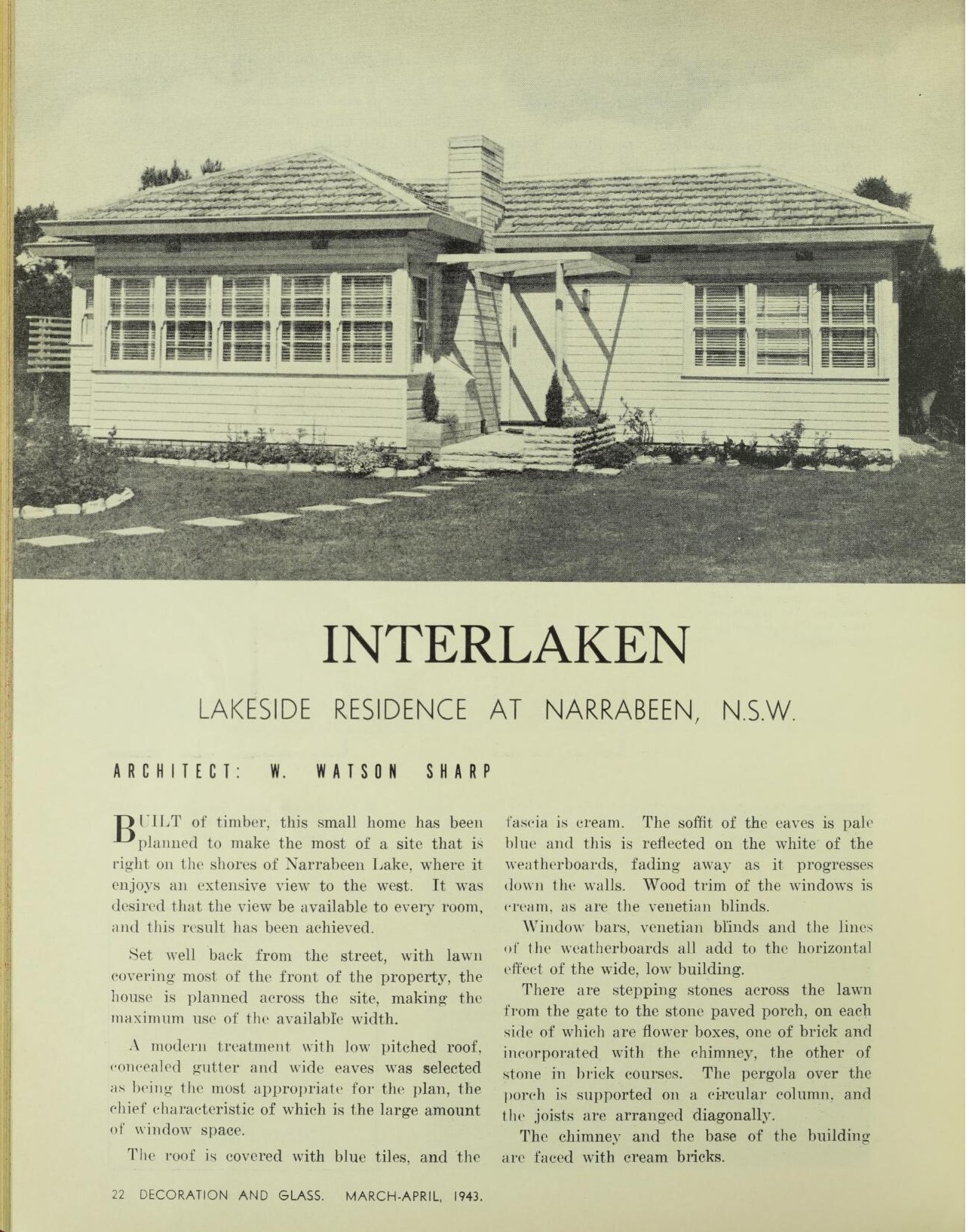
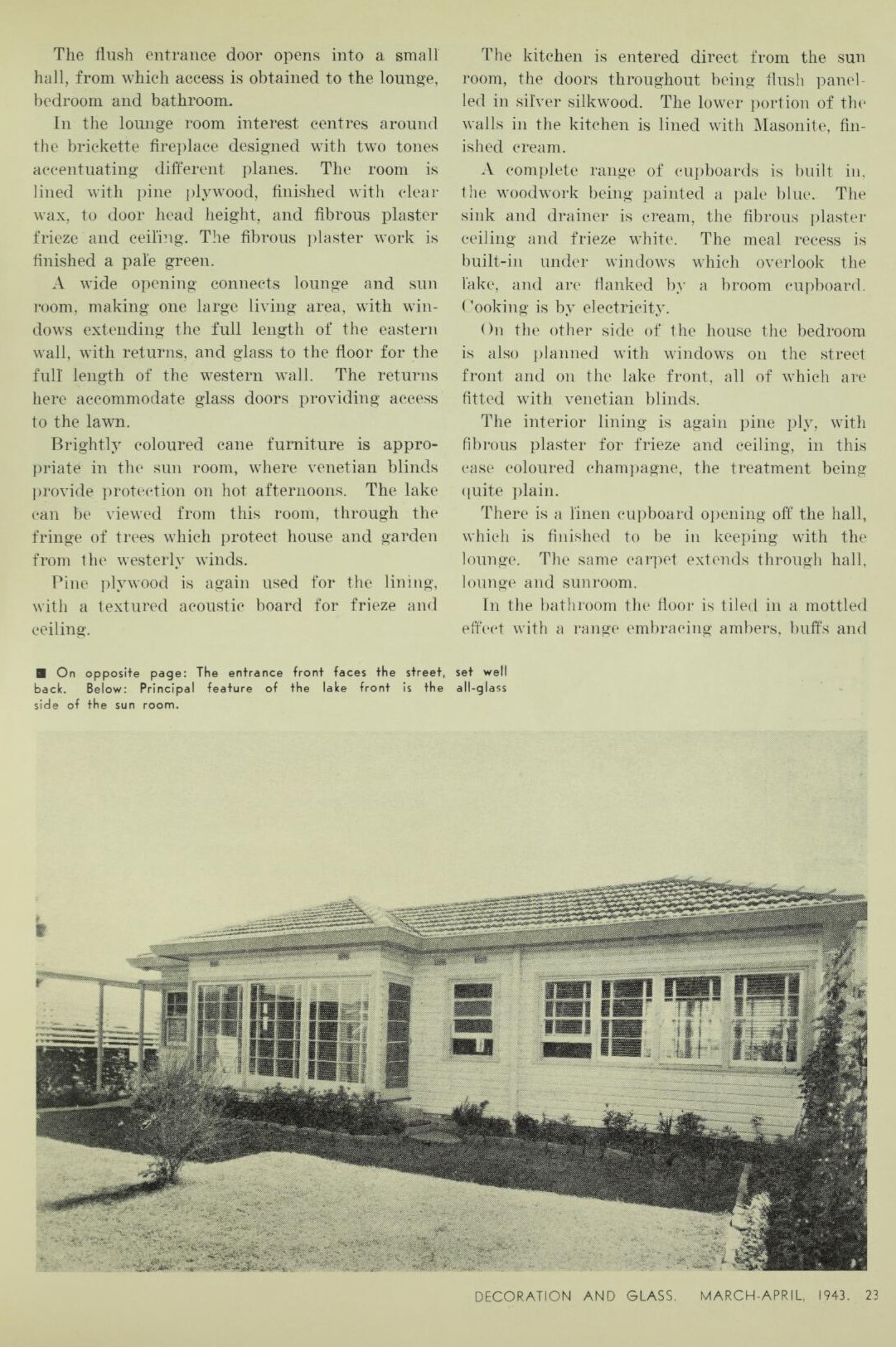
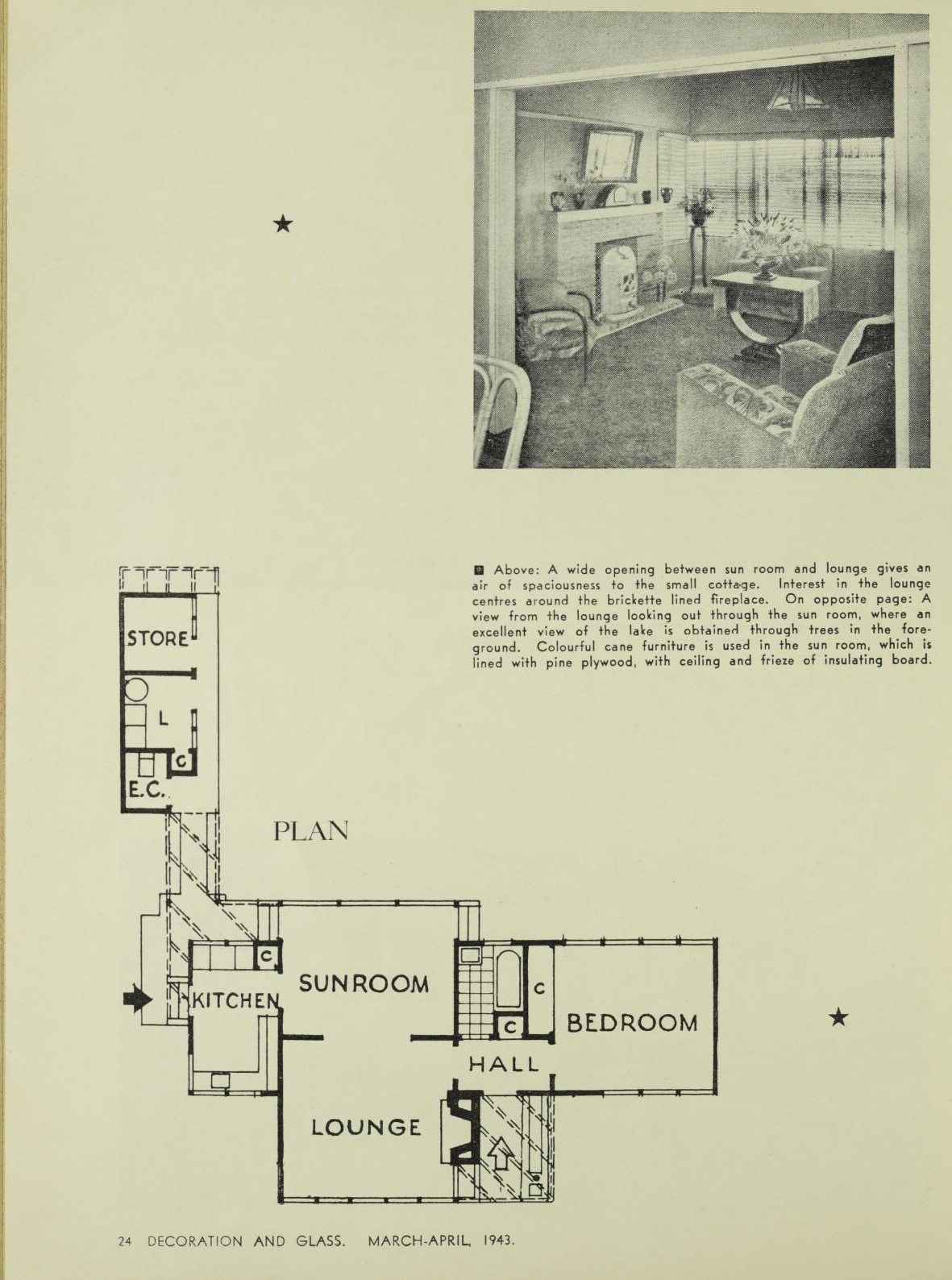
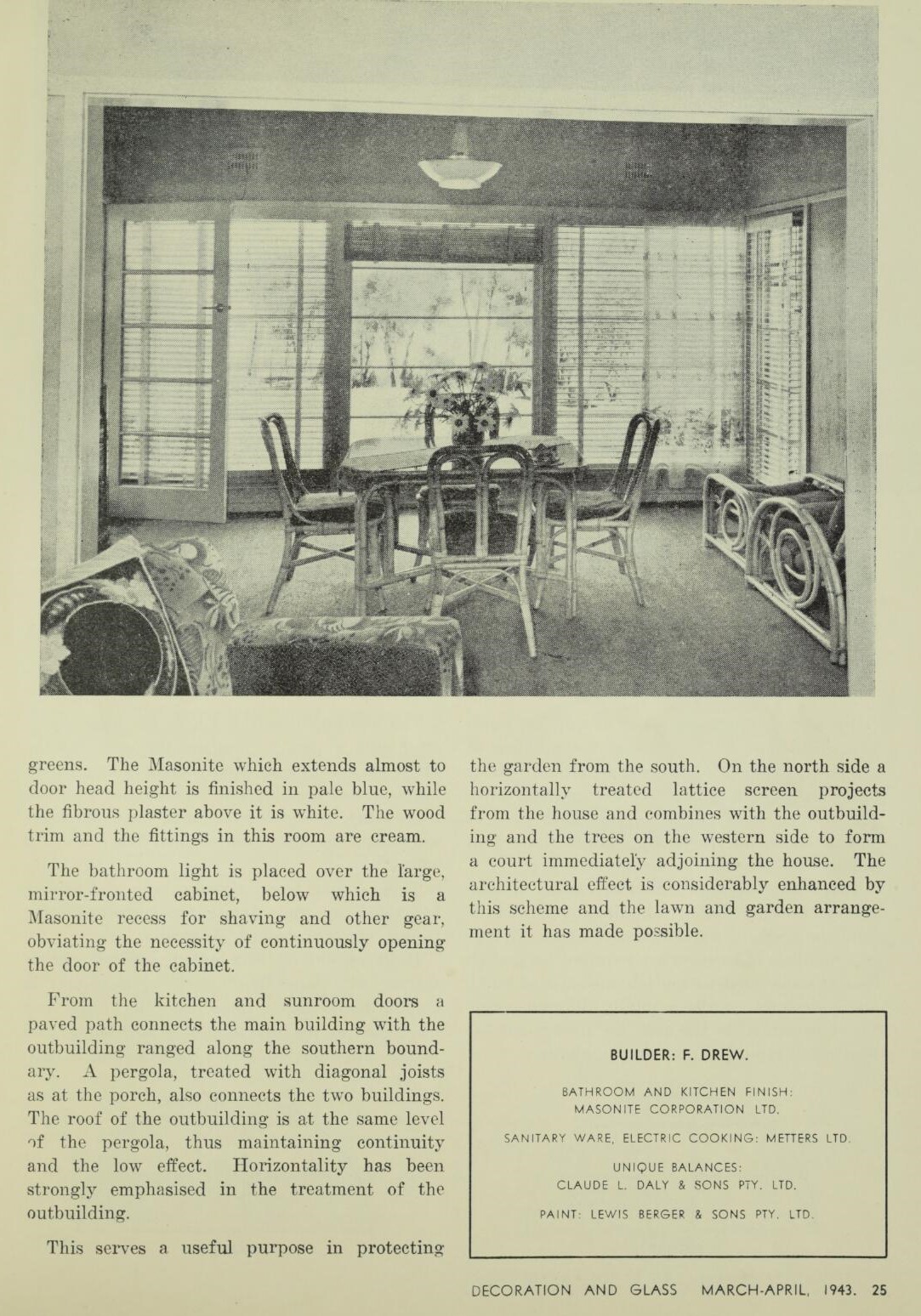
INTERLAKEN – Narrabeen house, Decoration and glass Vol. 8 No. 6 ( March - April 1943) Retrieved from http://nla.gov.au/nla.obj-372521844 - from same edition, in contrast, the next pages share: WARTIME CAMPING UNIT, Decoration and glass Retrieved from http://nla.gov.au/nla.obj-372521900
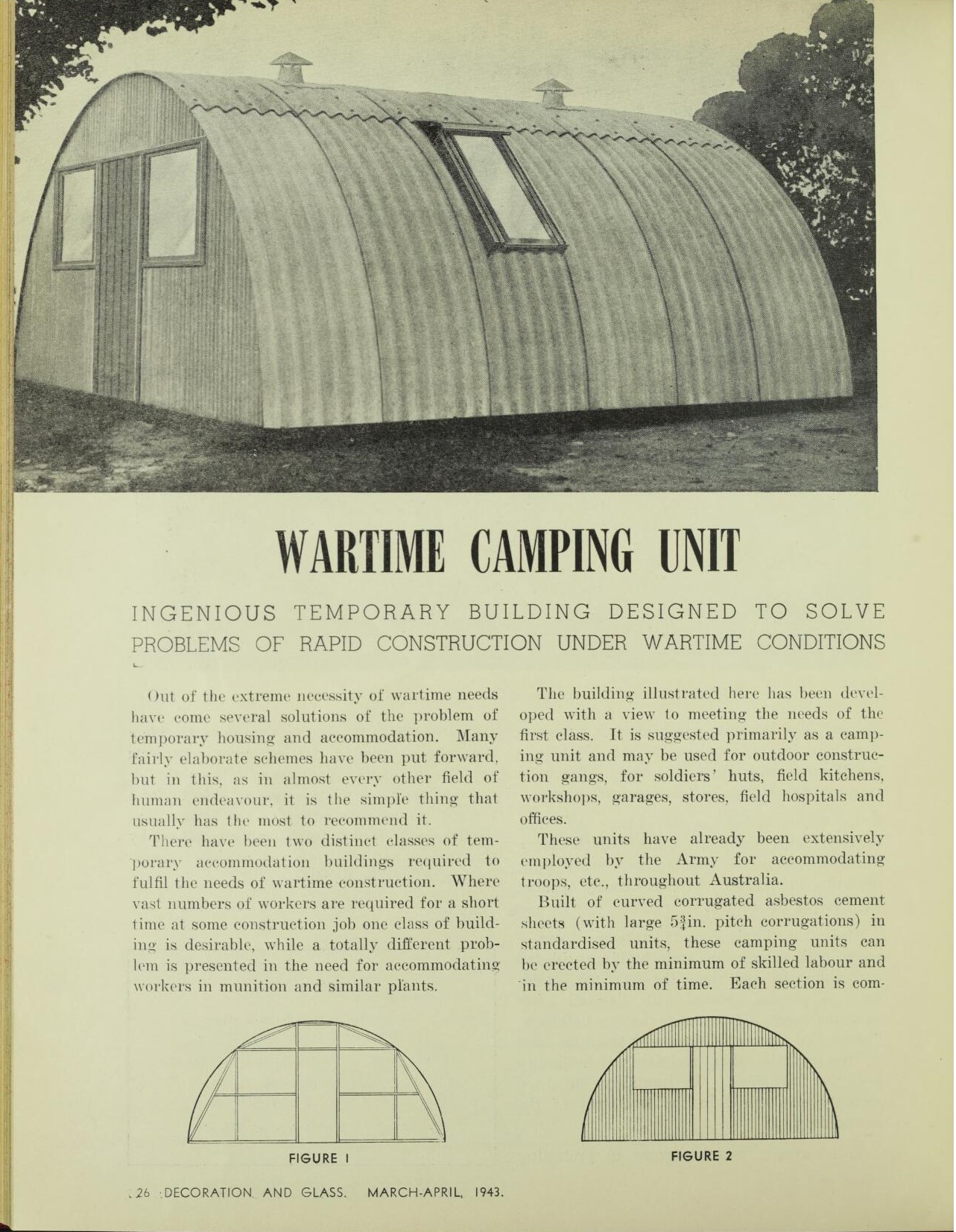
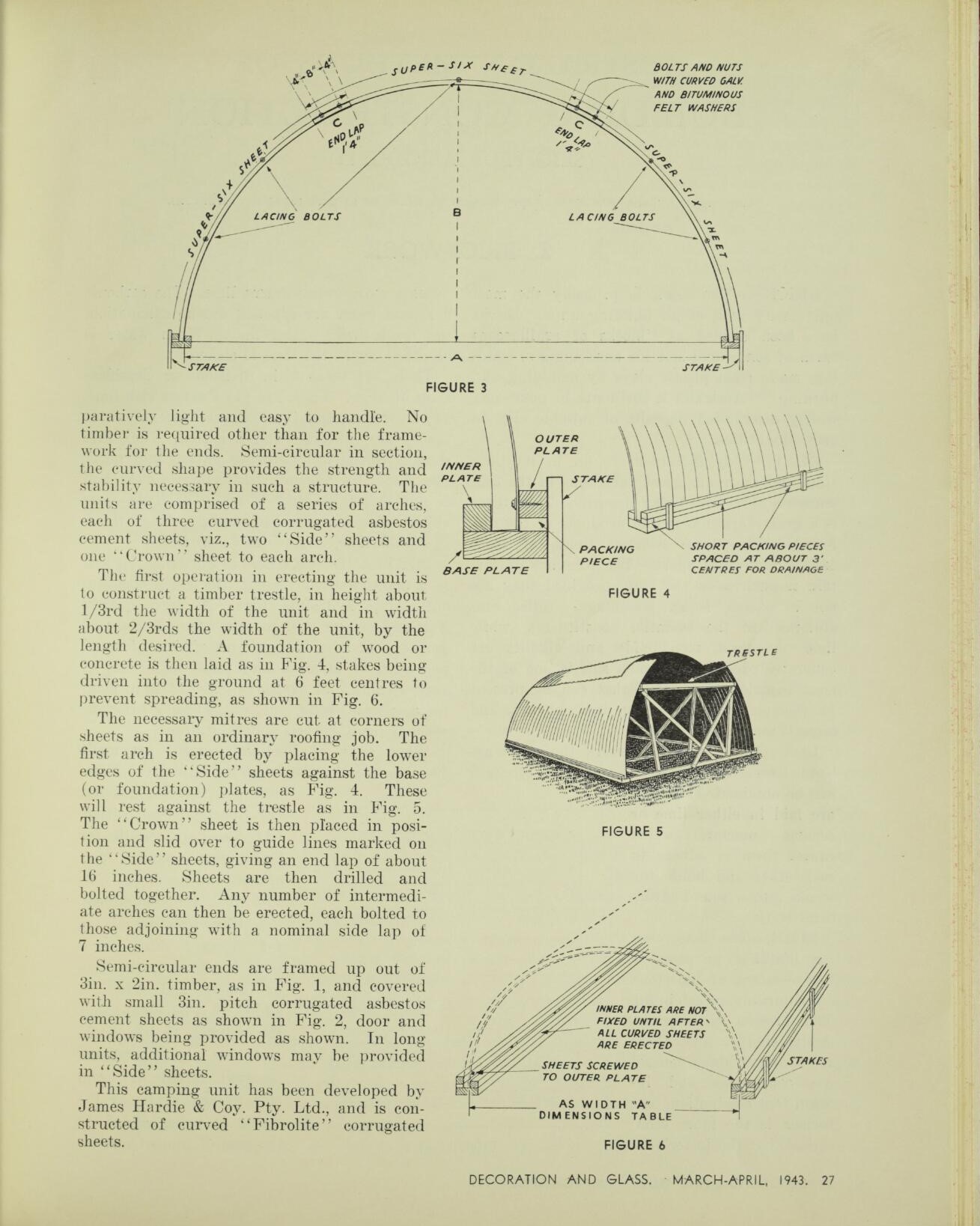
Coastal Defences In World War Two: Dee Why to Warriewood - VP Day 2025 - threads collected and collated by A J Guesdon, 2025
